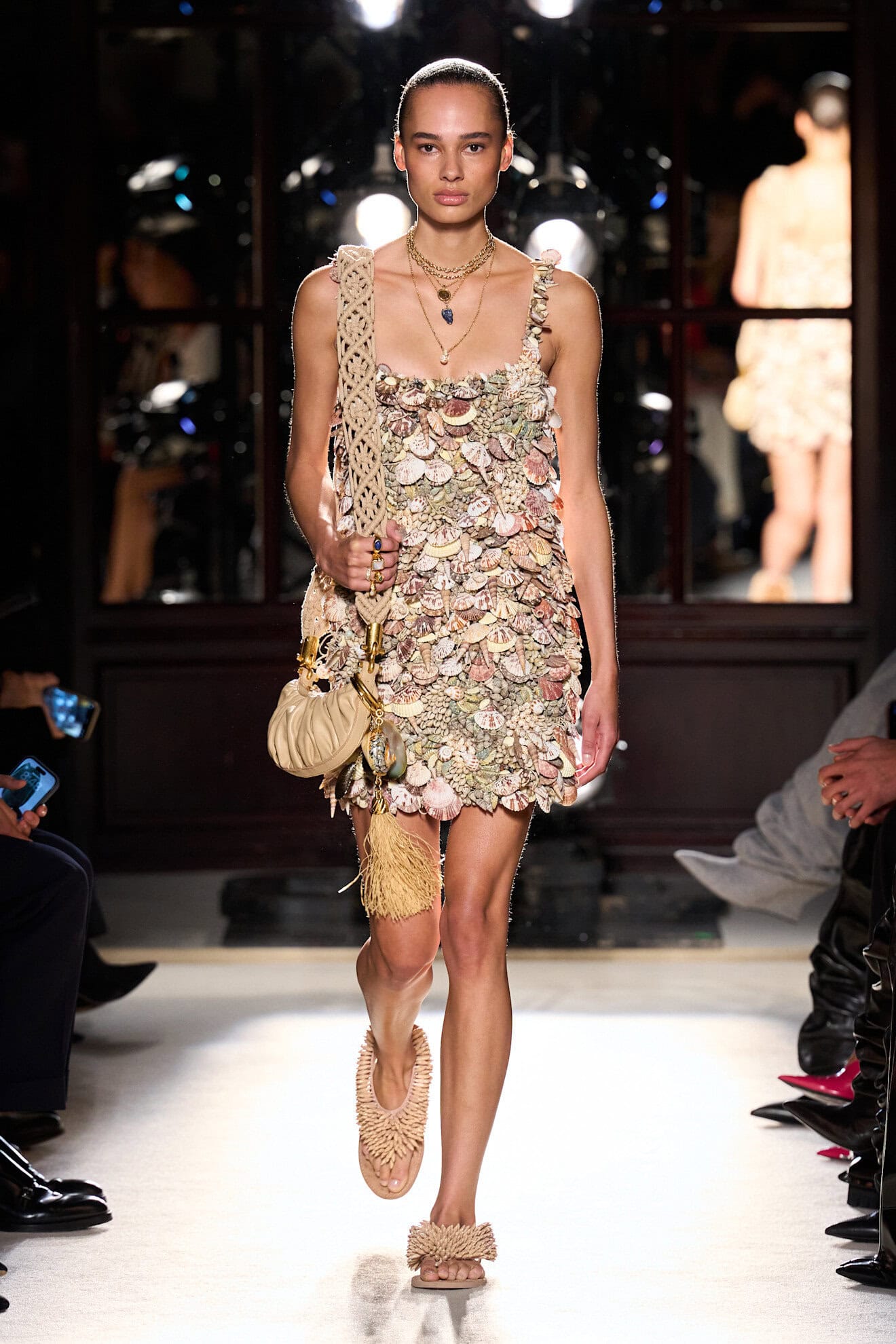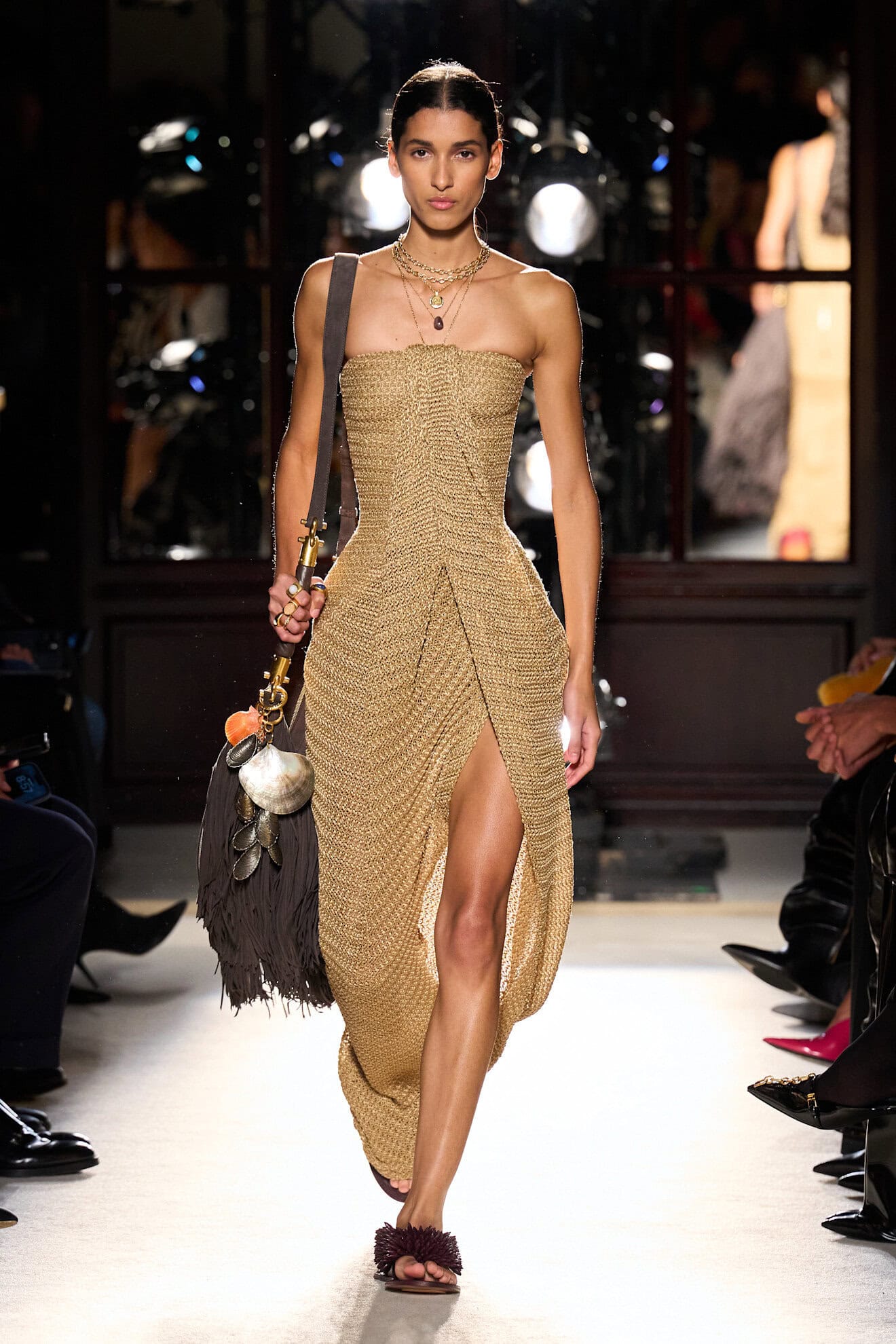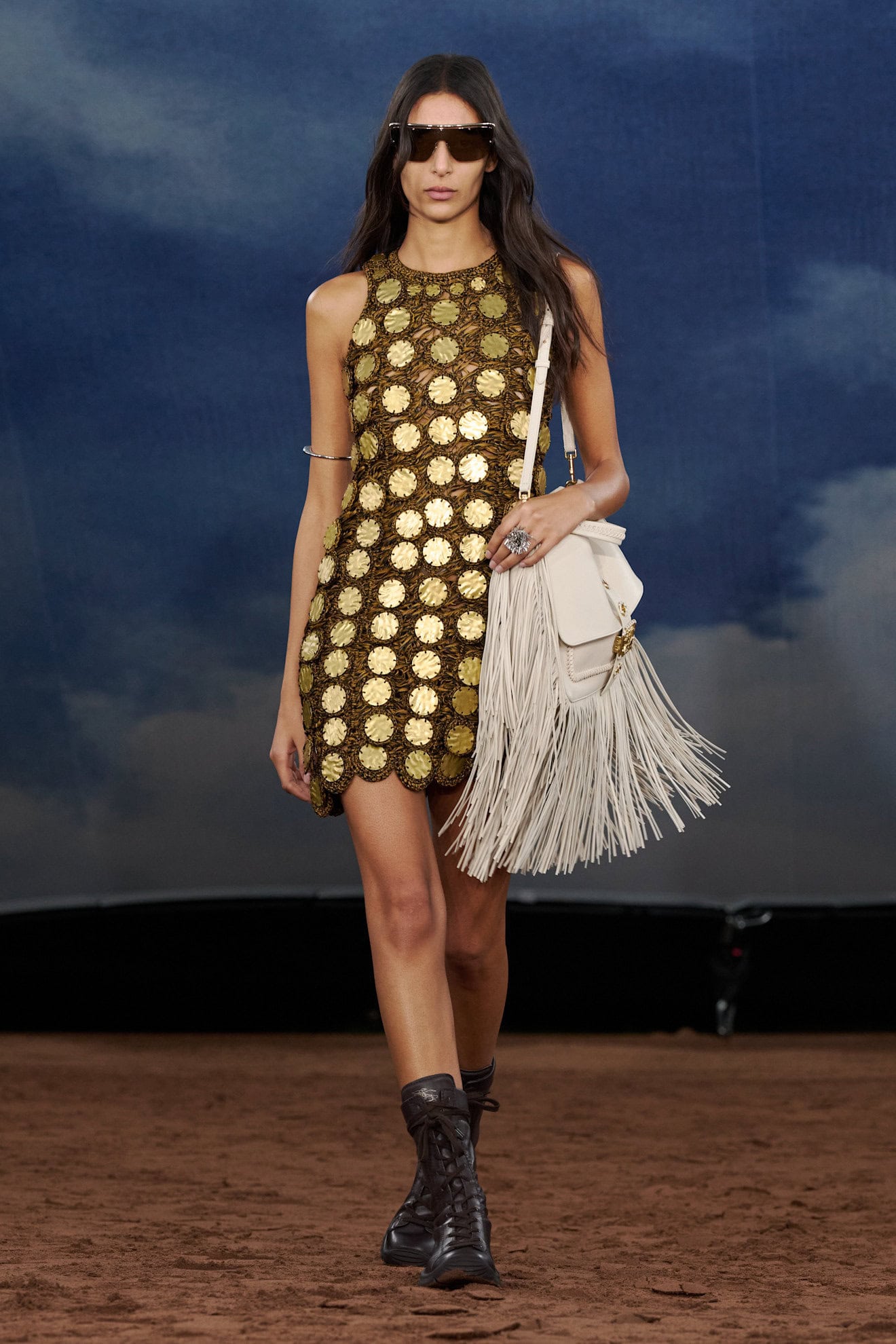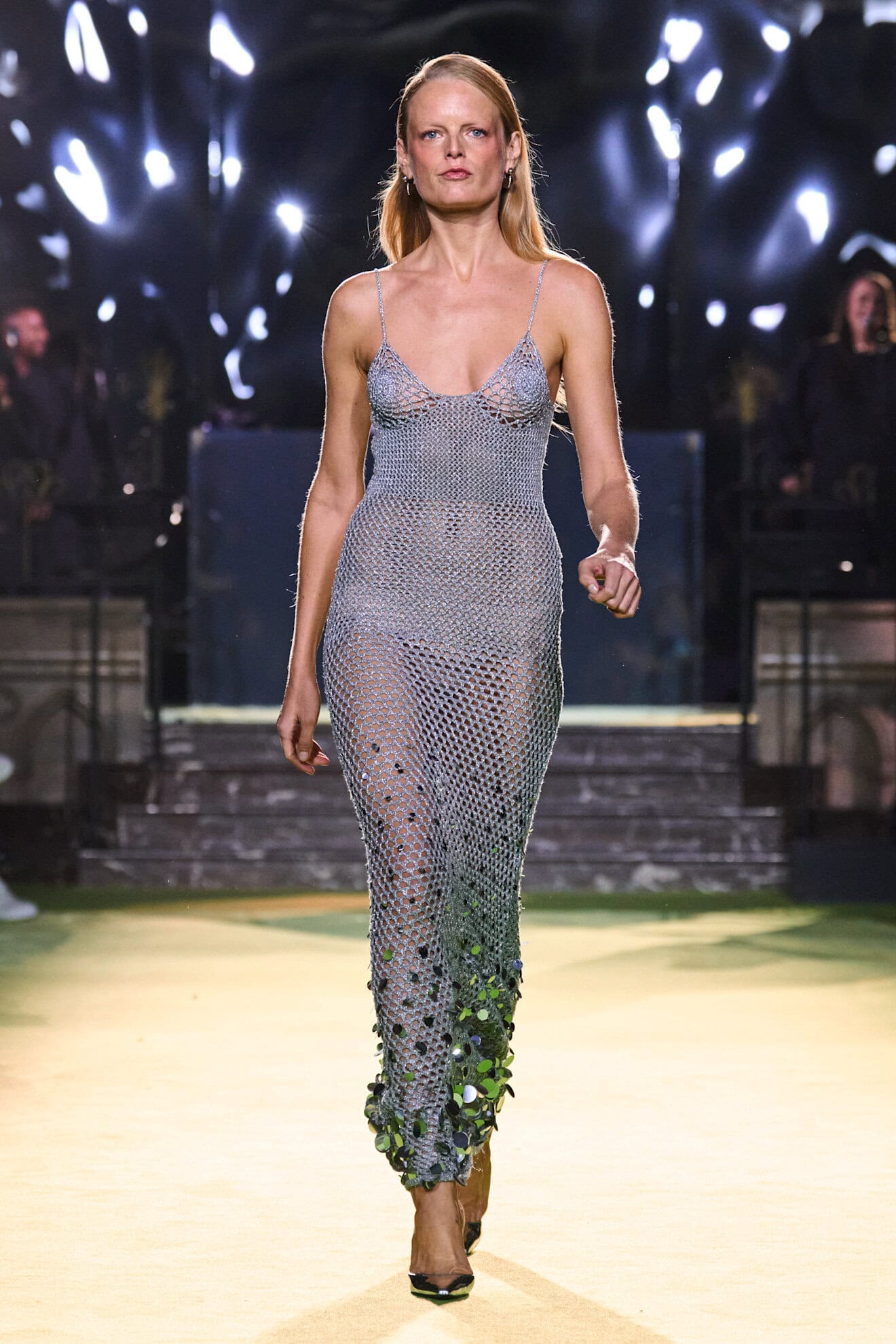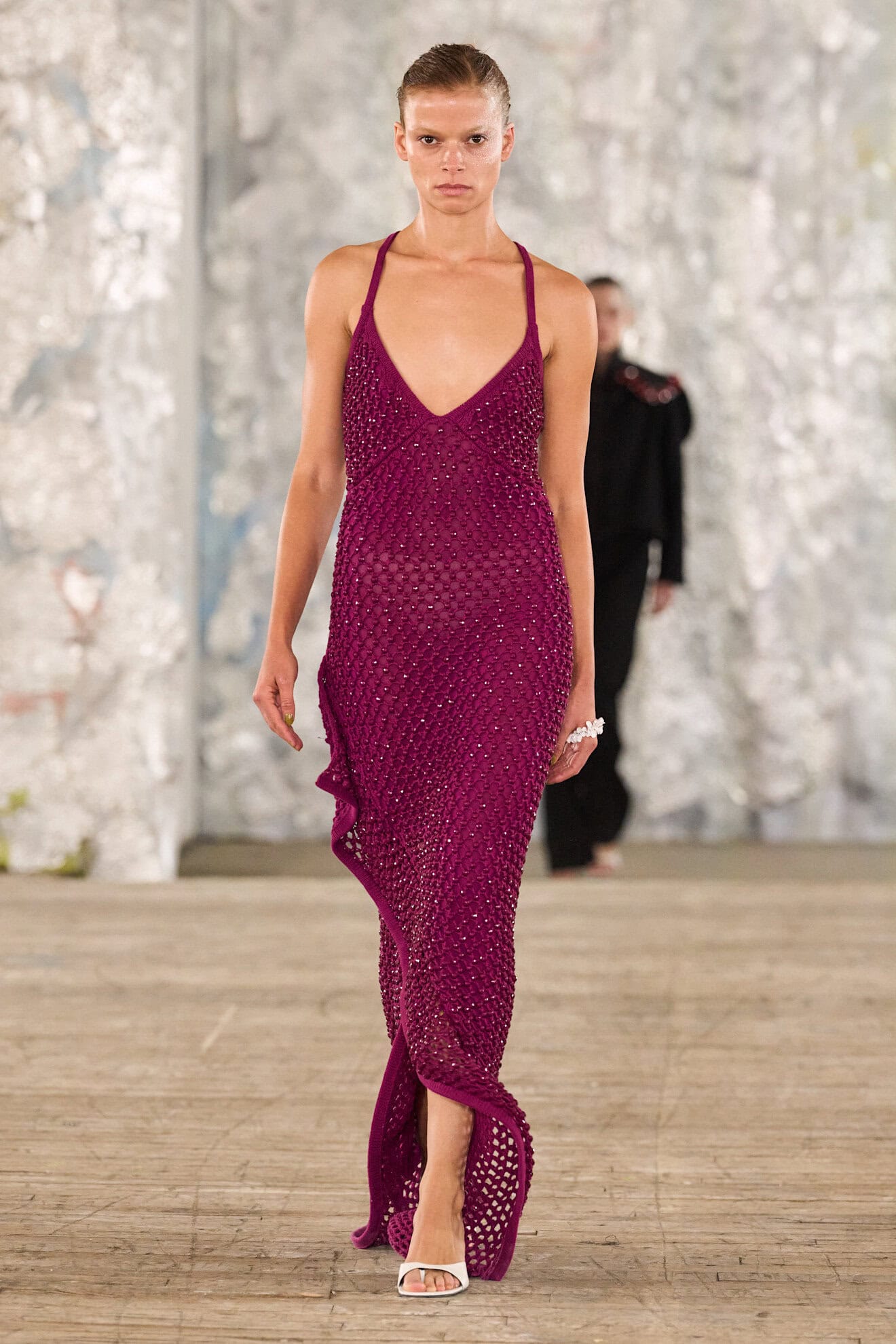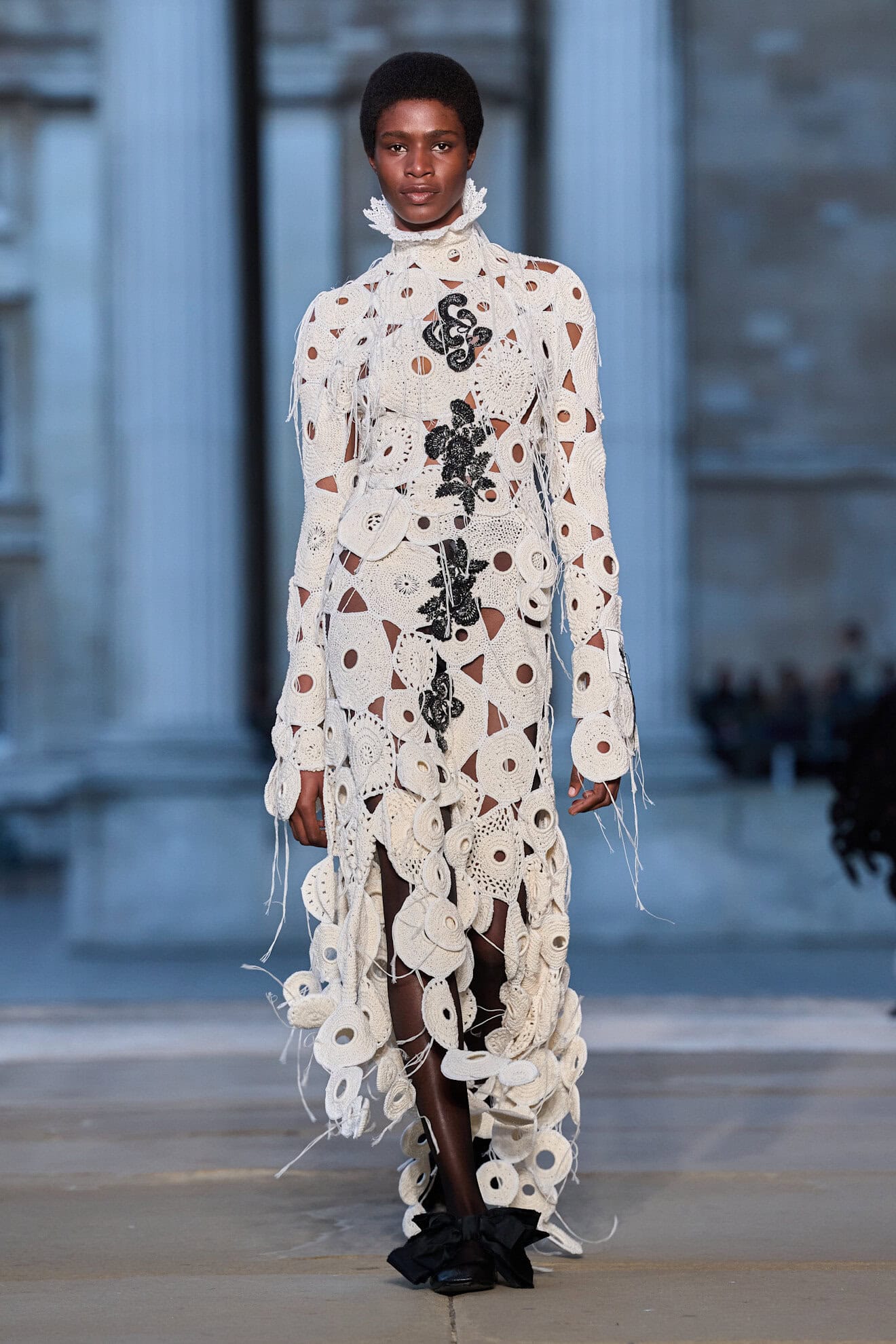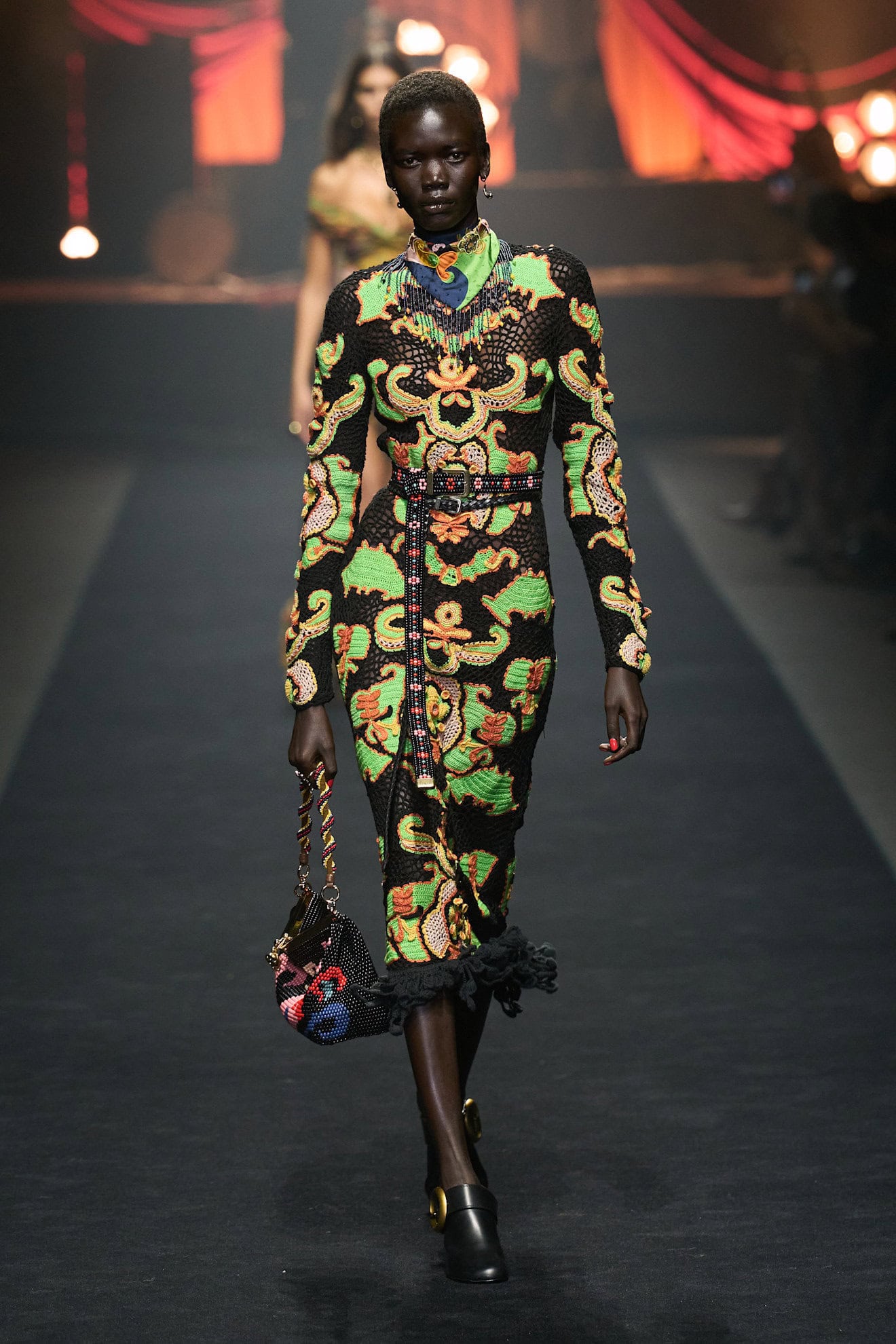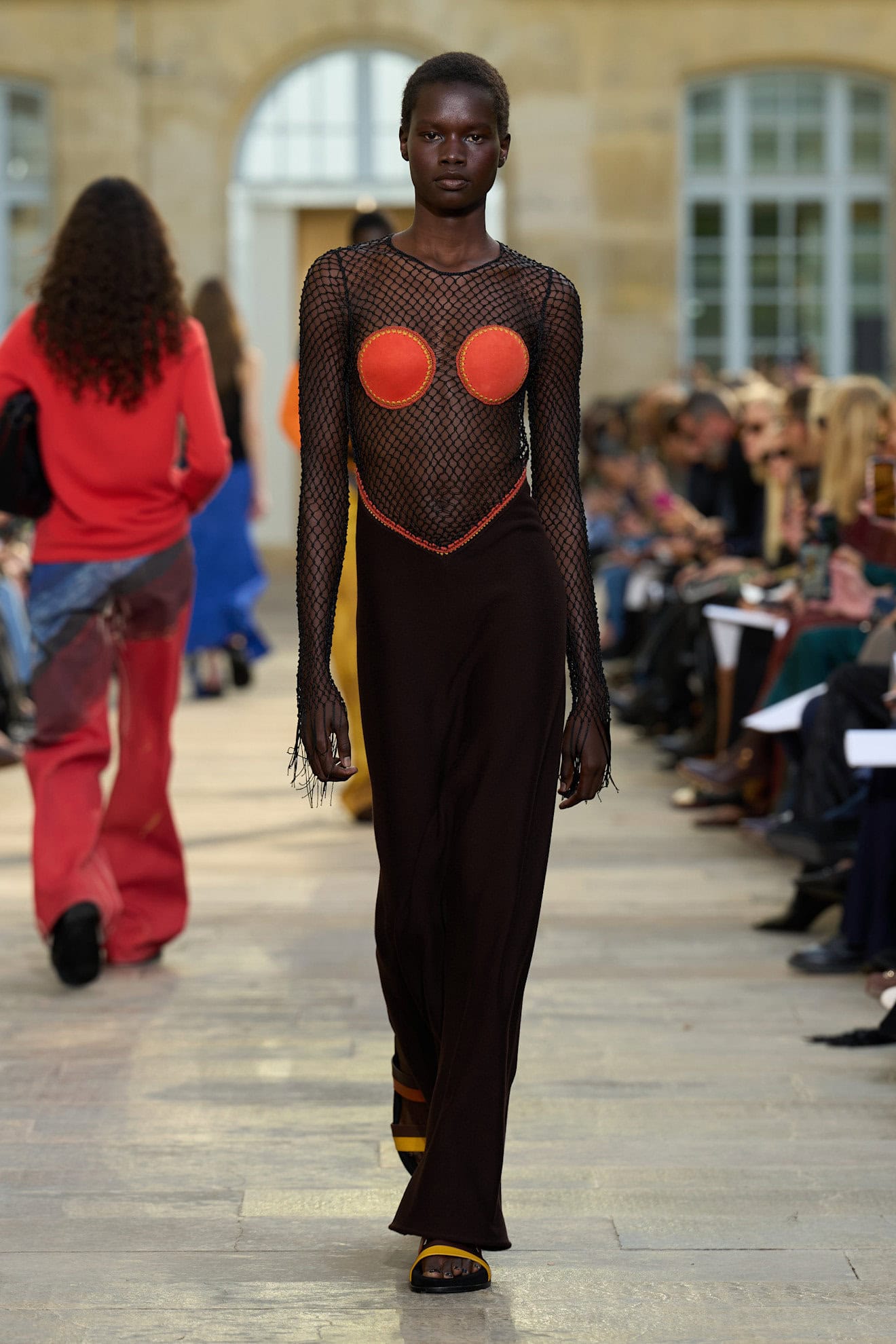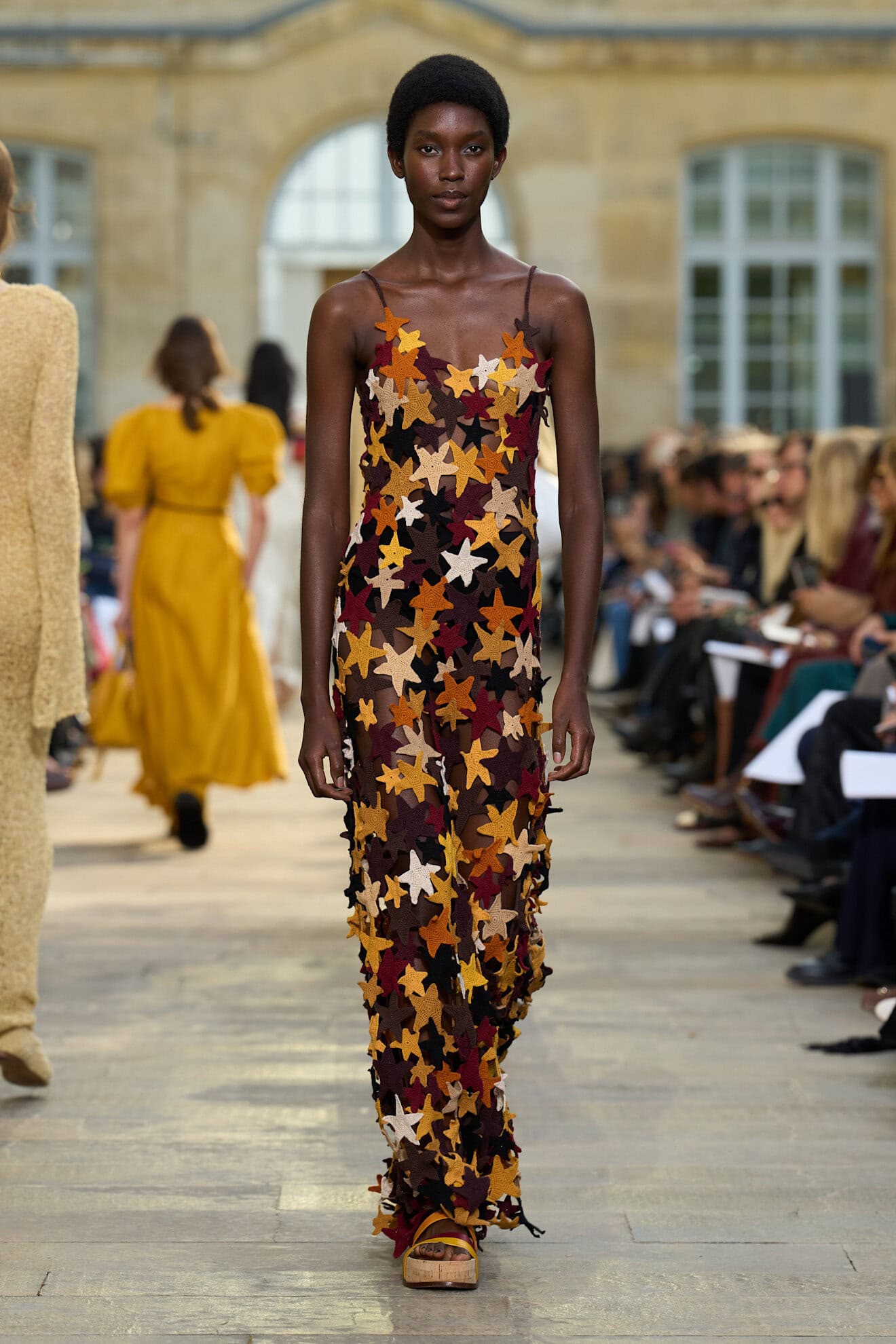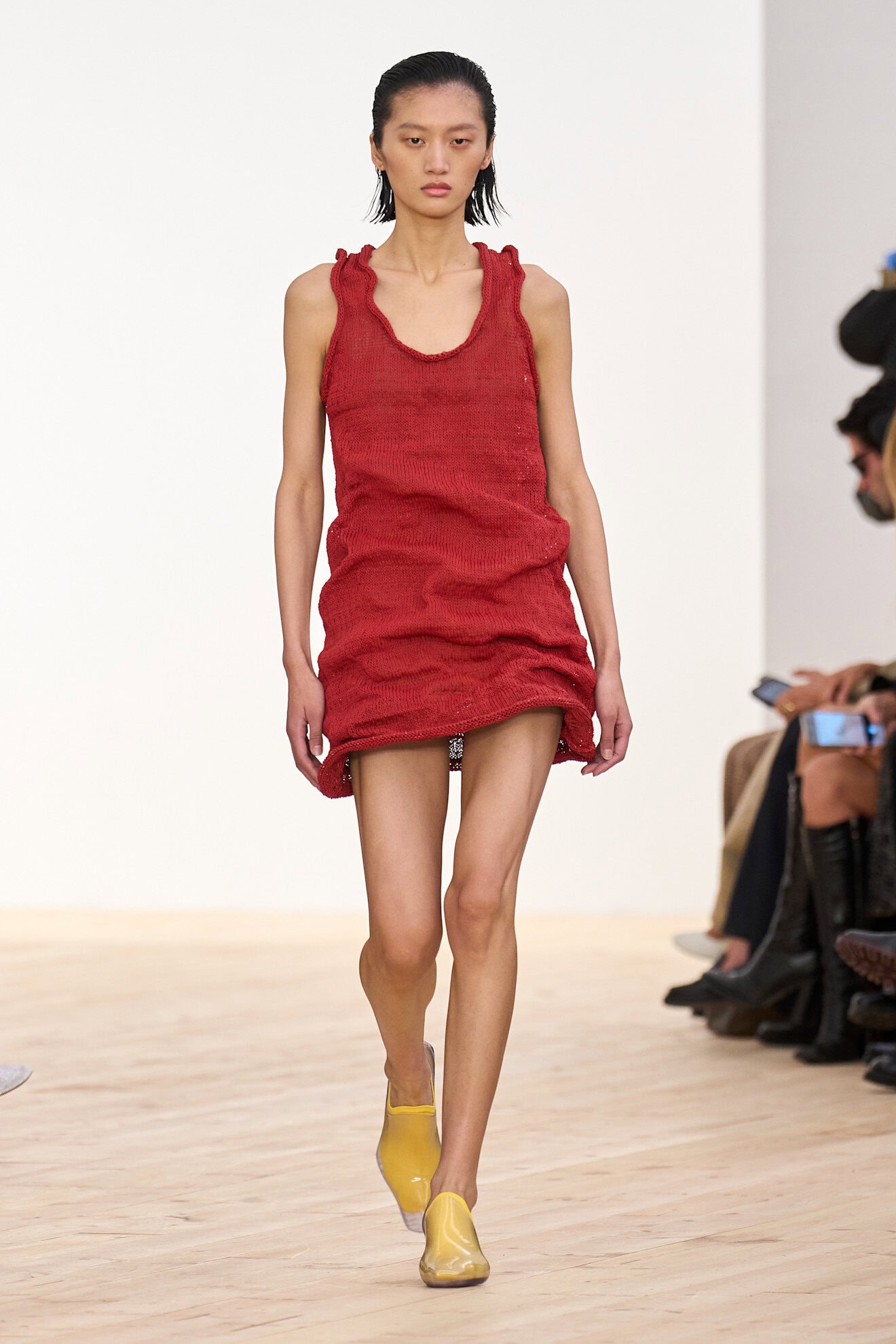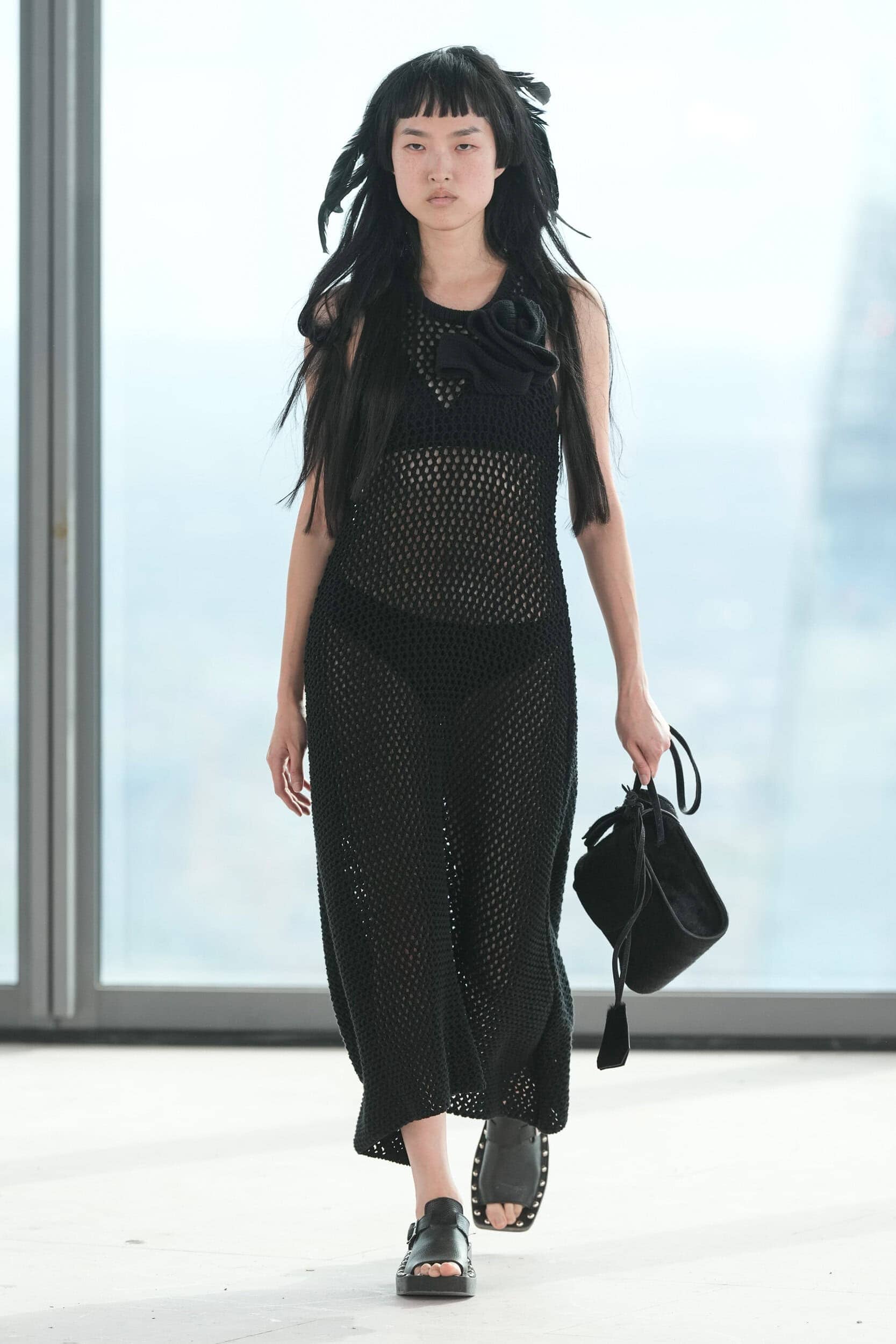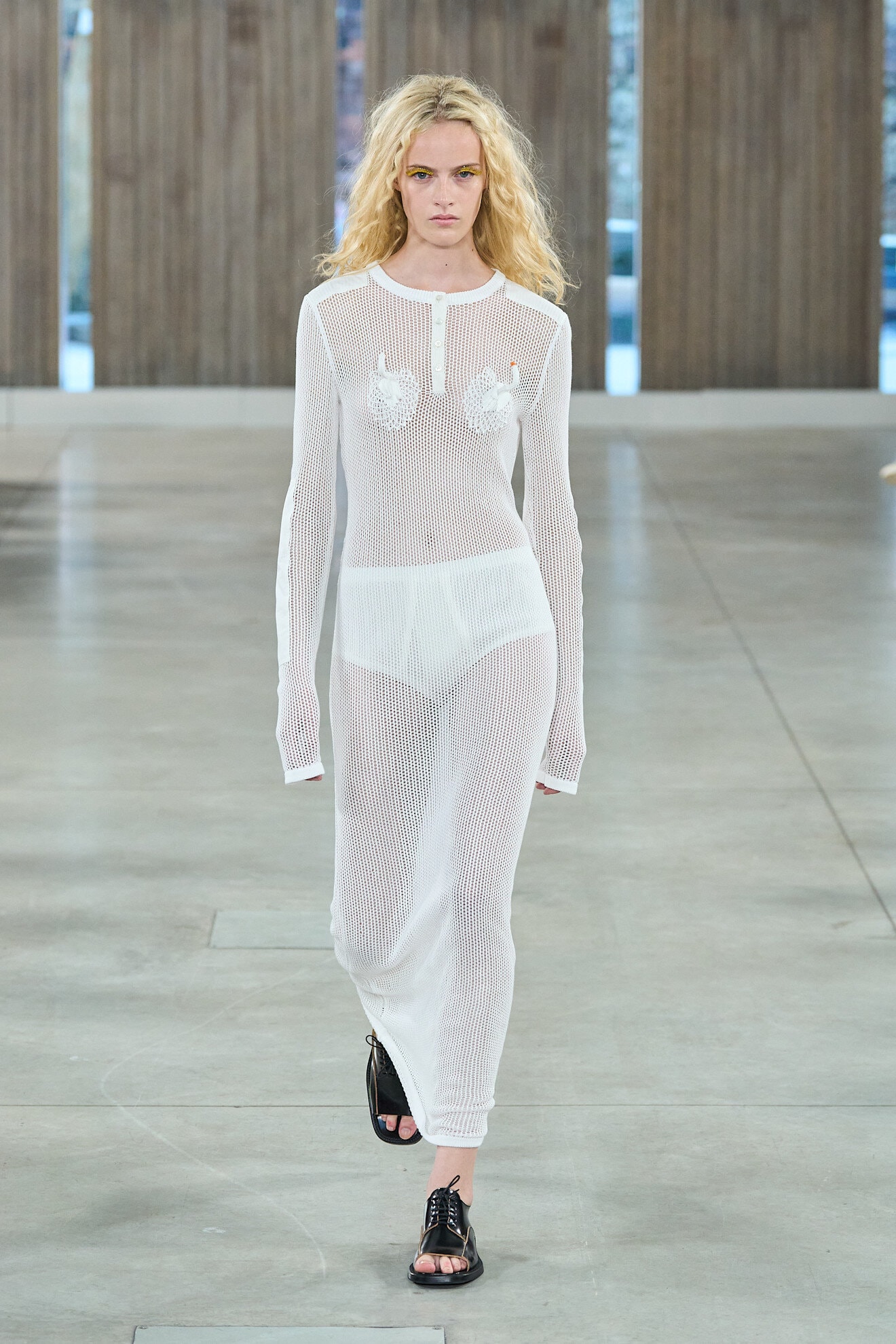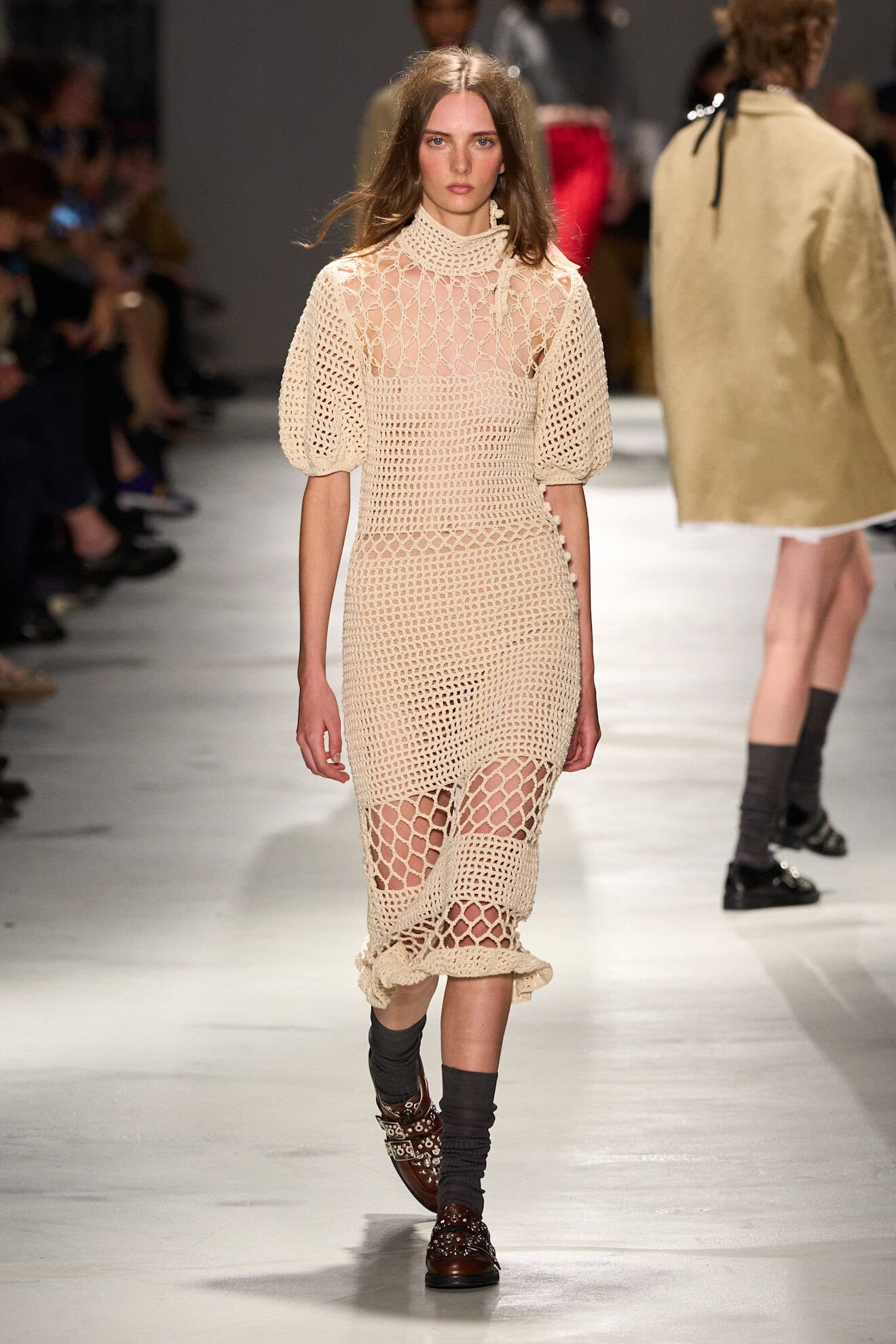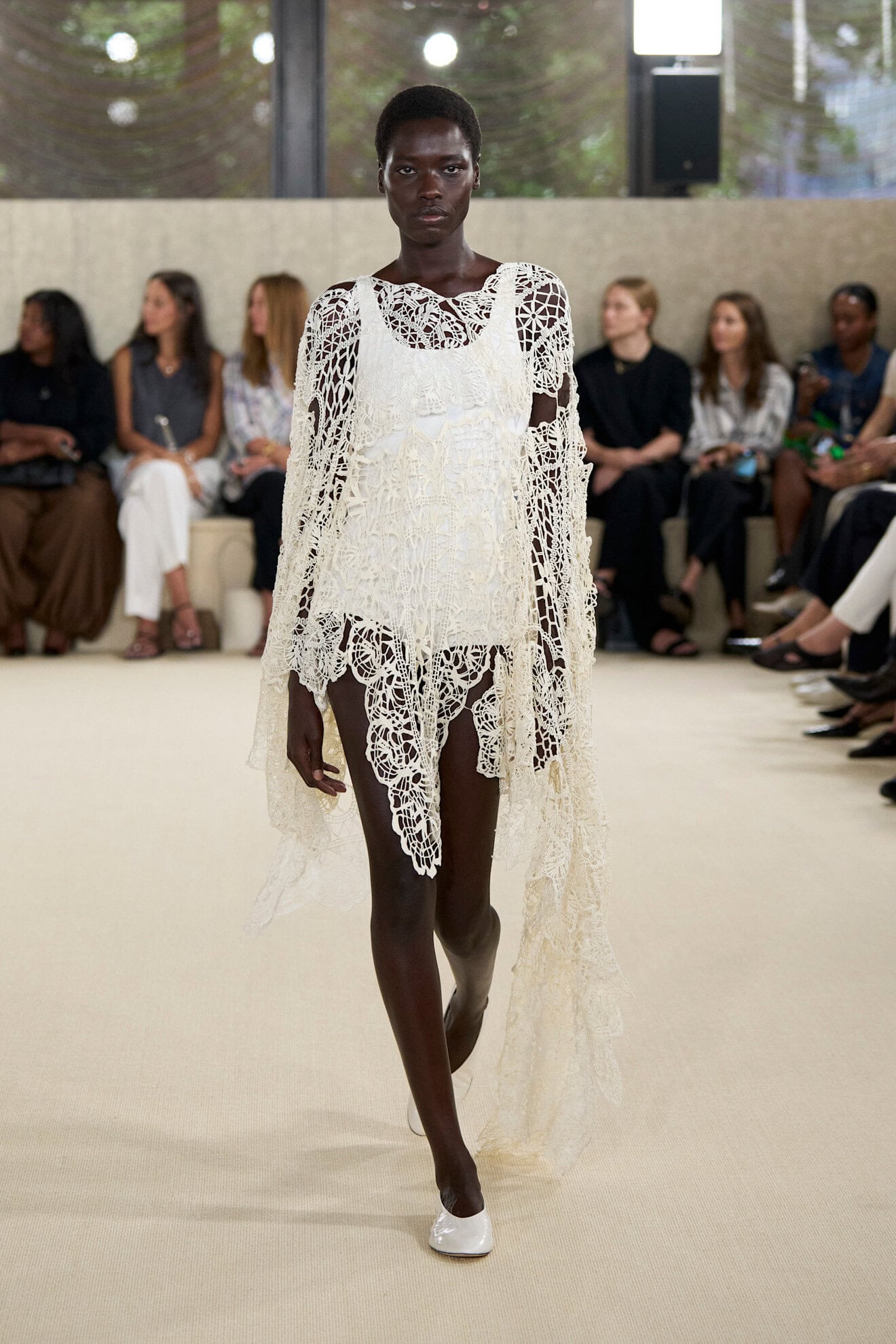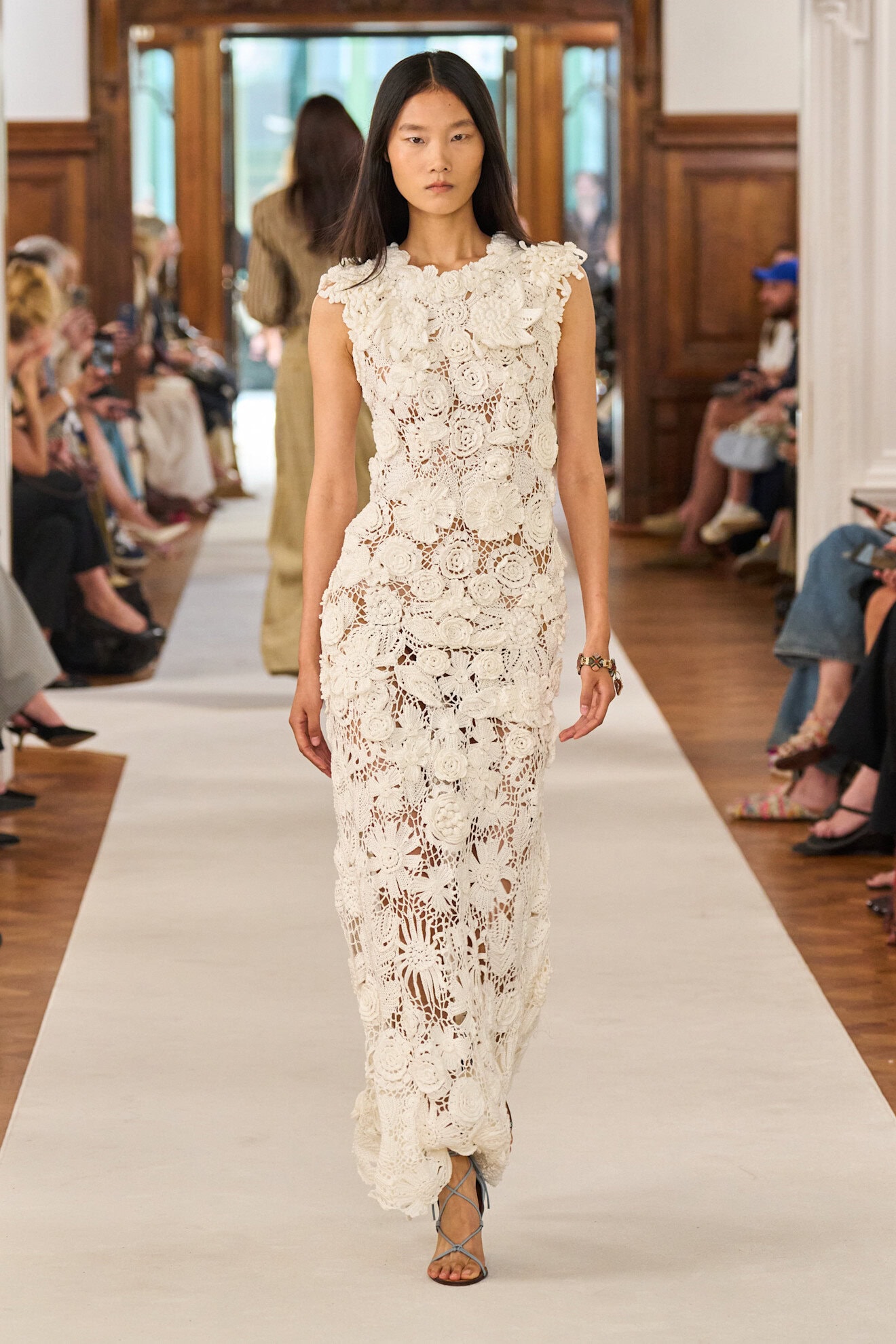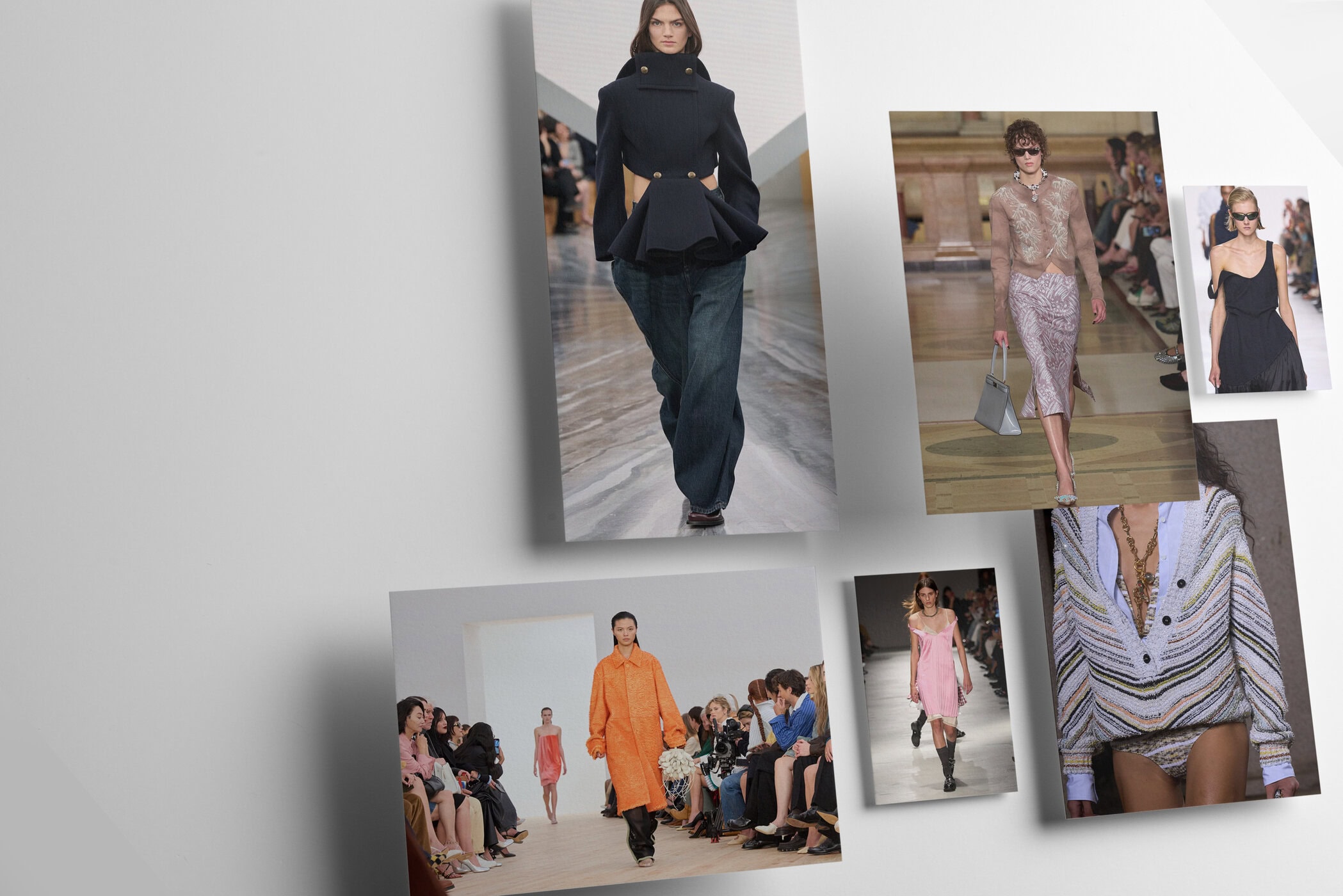Spring 2026: A Season of Soulful Silhouettes and Reclaimed Power
By Angela Baidoo
Outside of the noise of the unprecedented number of designer debuts it was the clothes on the runways which took centre stage. And this season women’s needs were catered to in a myriad of ways.
Acknowledging the moment we are living through, where exposure to a daily news cycle of uncertainty, social upheaval and global conflict has become the norm, designers attempted to reflect the need for optimism and resilience with collections that focussed on craft, joy-inducing colour, and clothes which facilitated, rather than restricted, women’s freedom of movement.
Looking back at some of history’s most important periods for women’s freedom and empowerment also inspired designers this season. From the straighter, more relaxed silhouettes of the post-war ‘Roaring Twenties’ (celebrating its 100-year anniversary), to the subversion of the conservatism of the 1950s housewife, and the 1980s when women were claiming their position in a man’s world. But history itself was not simply repeated, rather it was reframed through a modernist lens, and traditional codes of dress were upended to create a commentary on what the past has to teach us about the future of fashion.
Drop It Low
The Jazz Age or the ‘Roaring Twenties’ – a post-war time of economic growth, liberation and social change – was a key reference across the season as designers sought to channel a mood of optimism and freedom. The dropped-waist being the most significant shift in silhouette with ‘Flapper-style’ dresses at Ferragamo and The Row and hip-slung belts on outerwear at Chloé and Calvin Klein Collection demonstrating the eras versatility. But it was Matthieu Blazy’s Chanel debut which saw the development of a new version of the dropped waist through the pairing of wrap skirts affixed low onto ribbed cotton underwear.
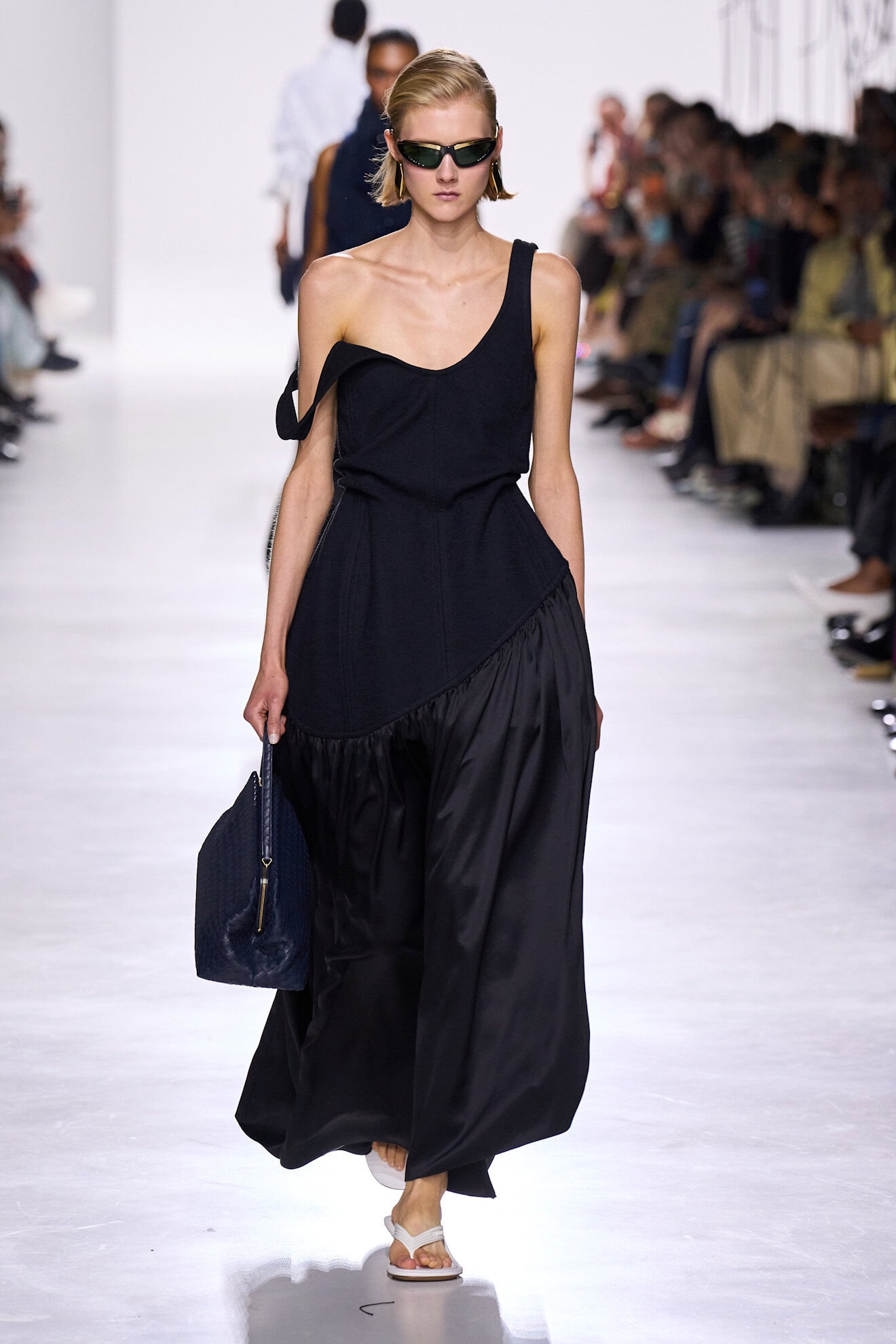
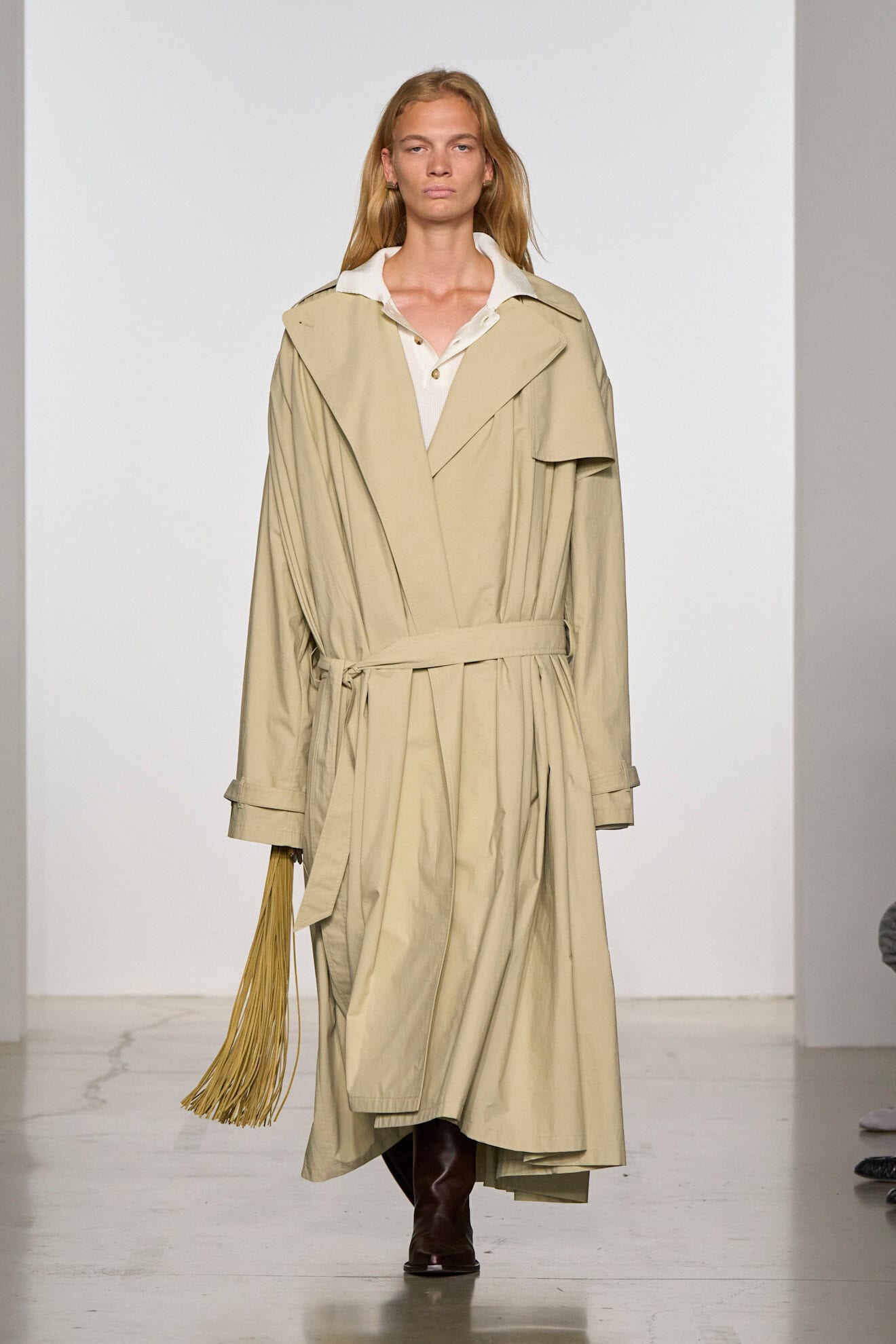
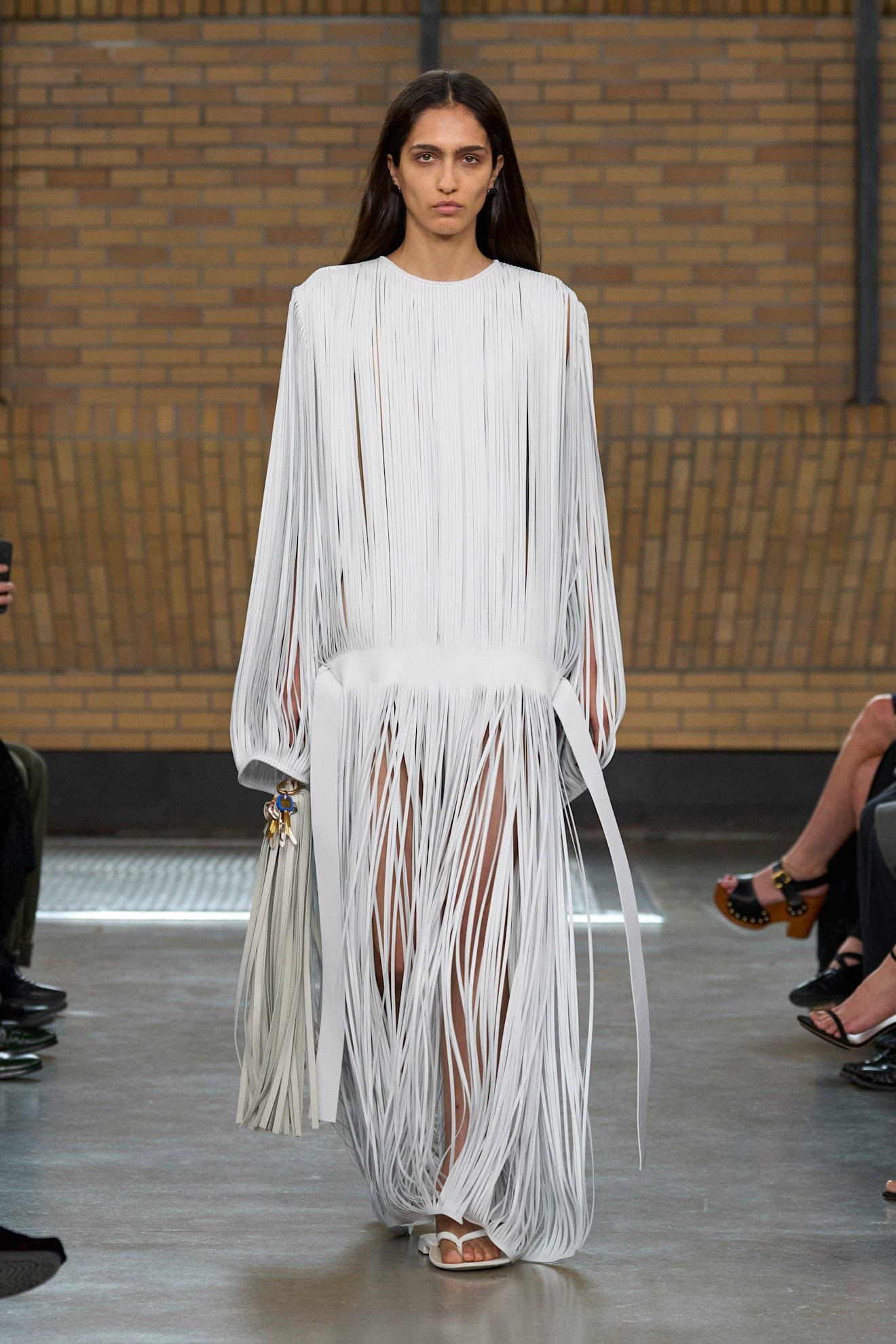
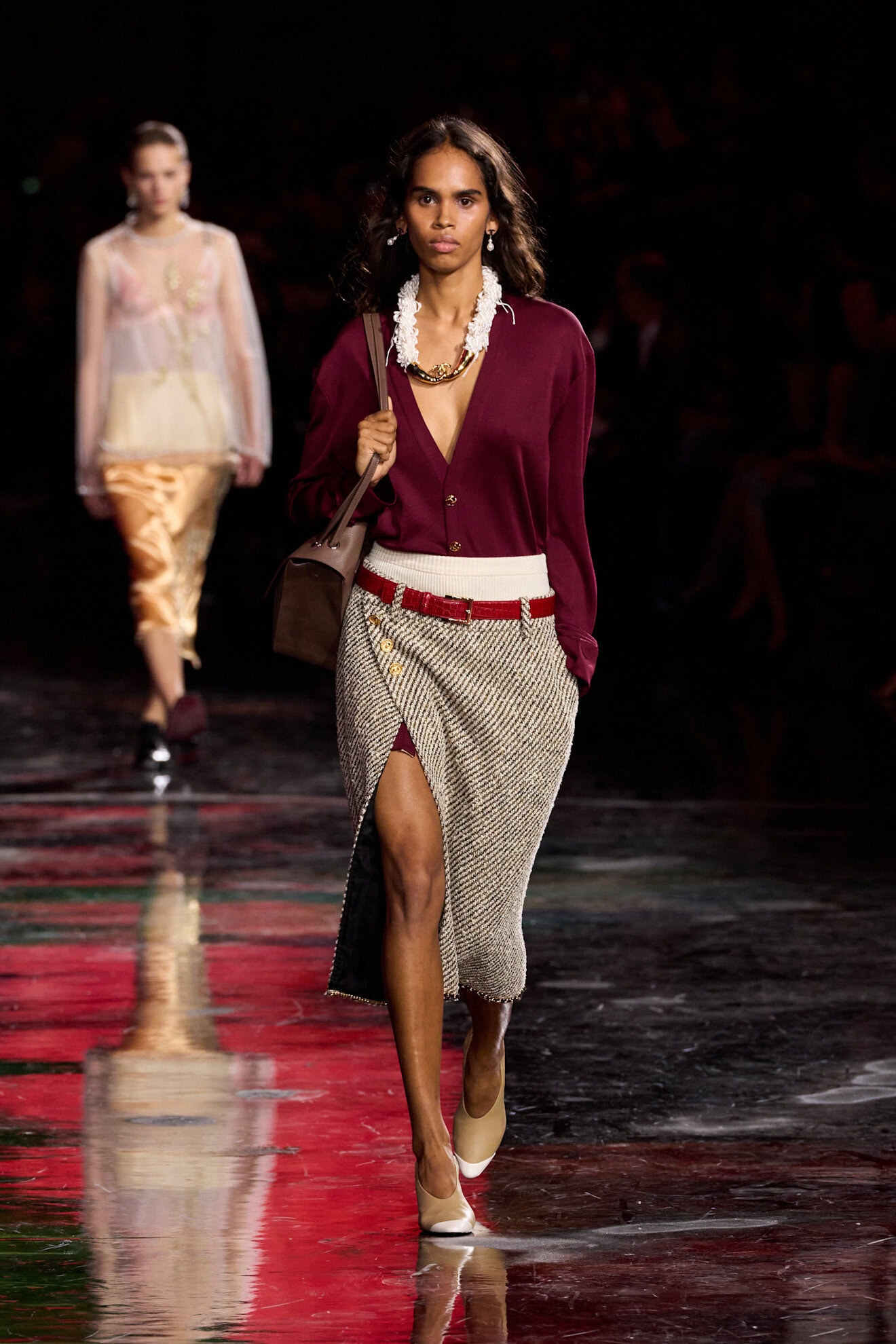
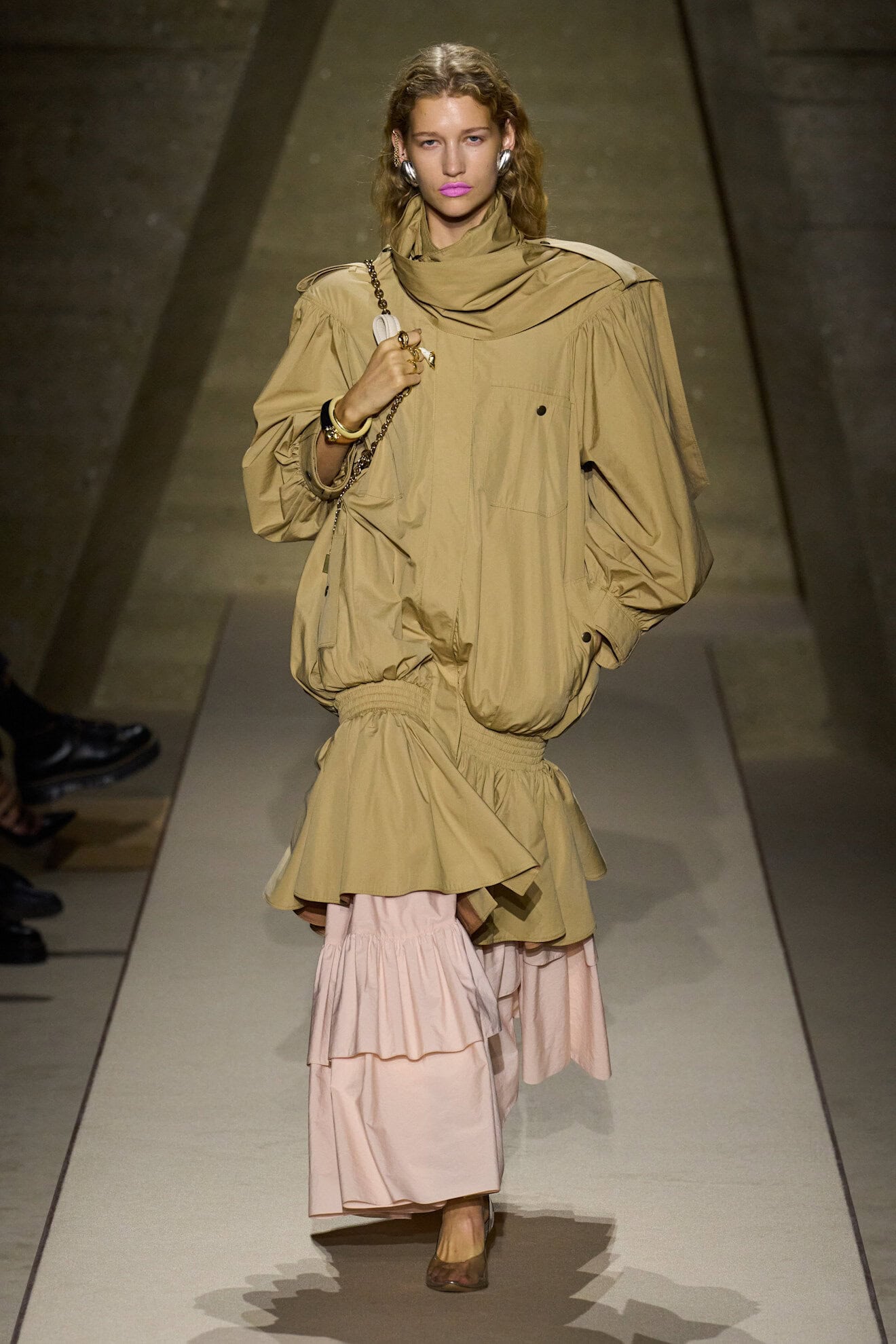
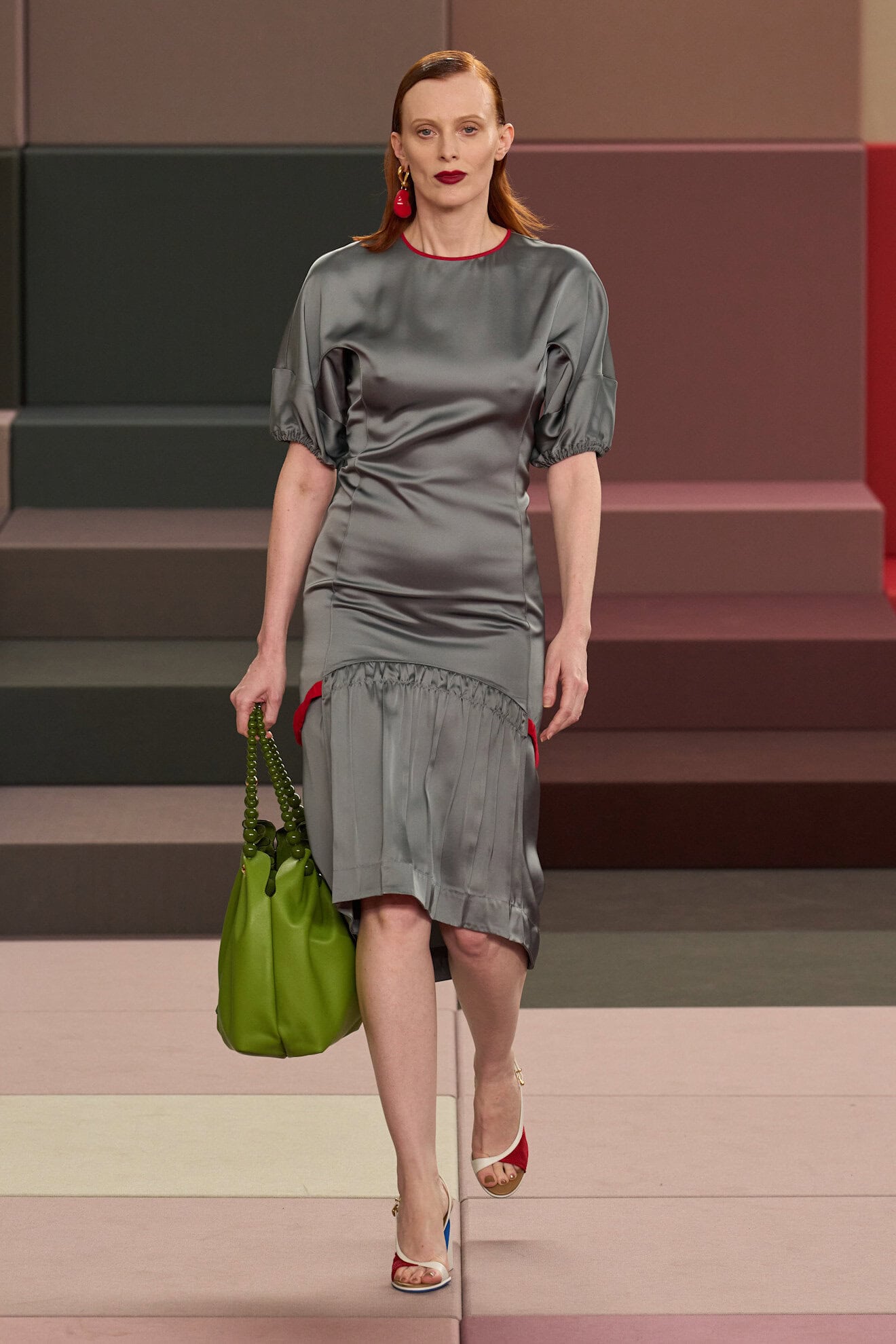
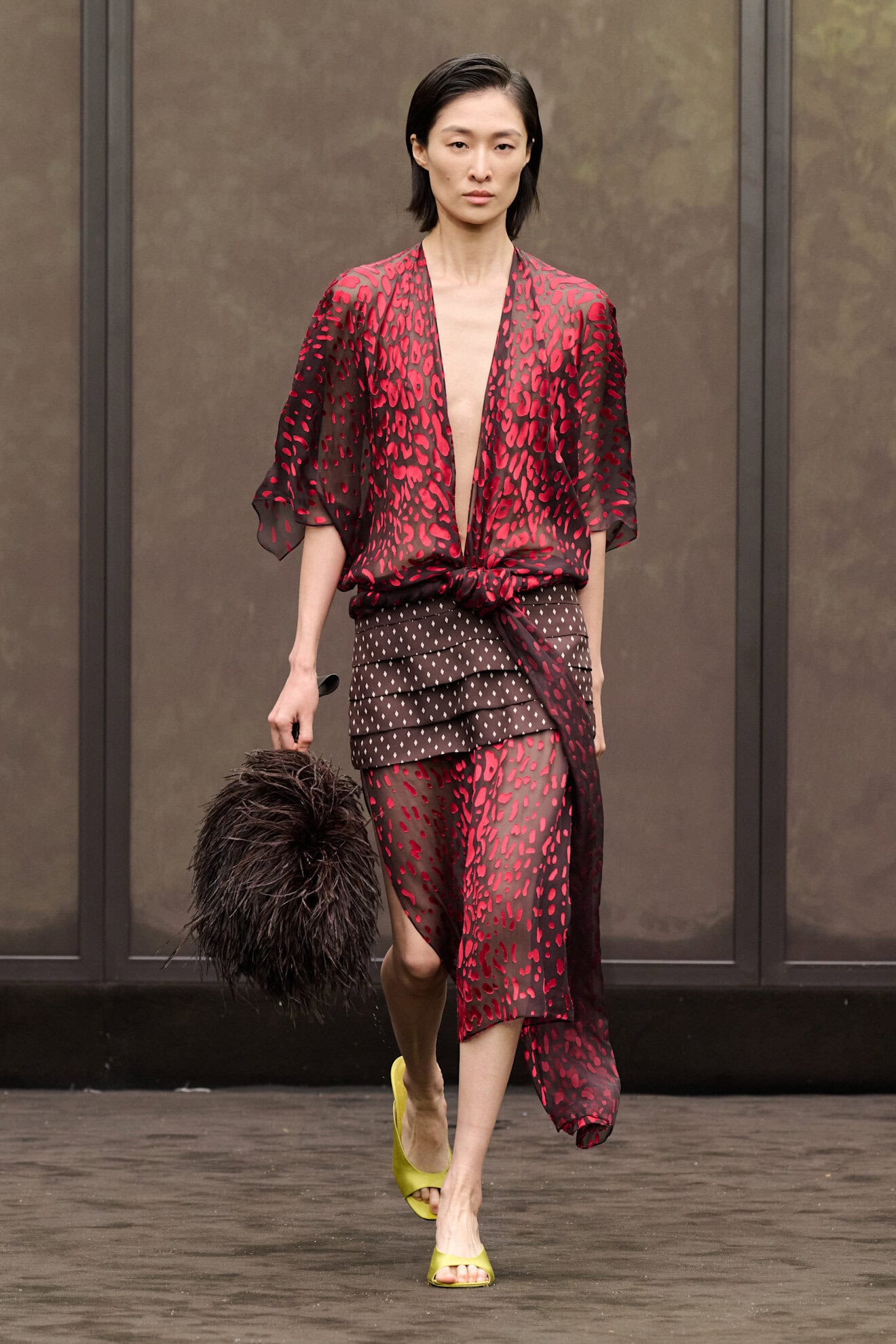
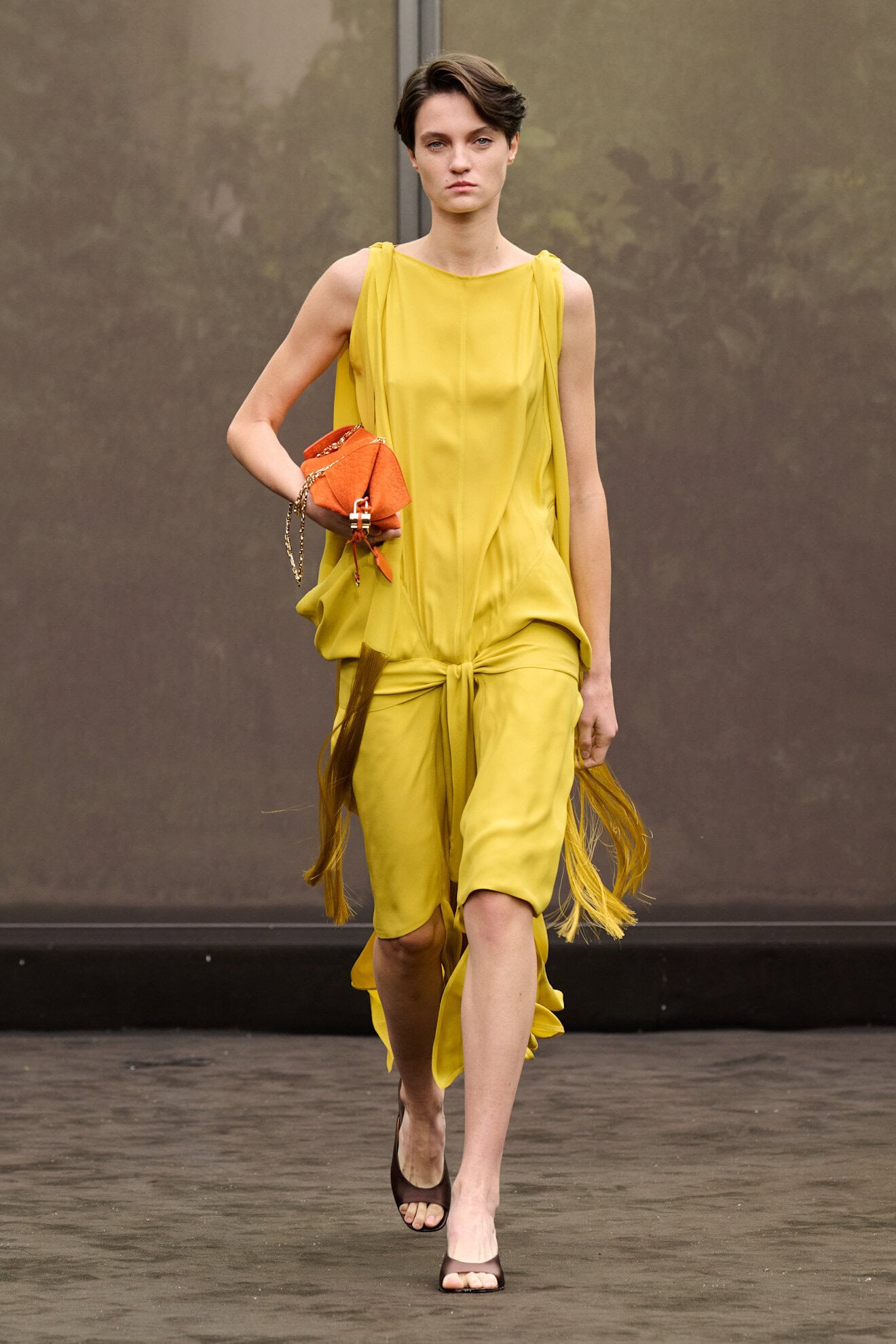
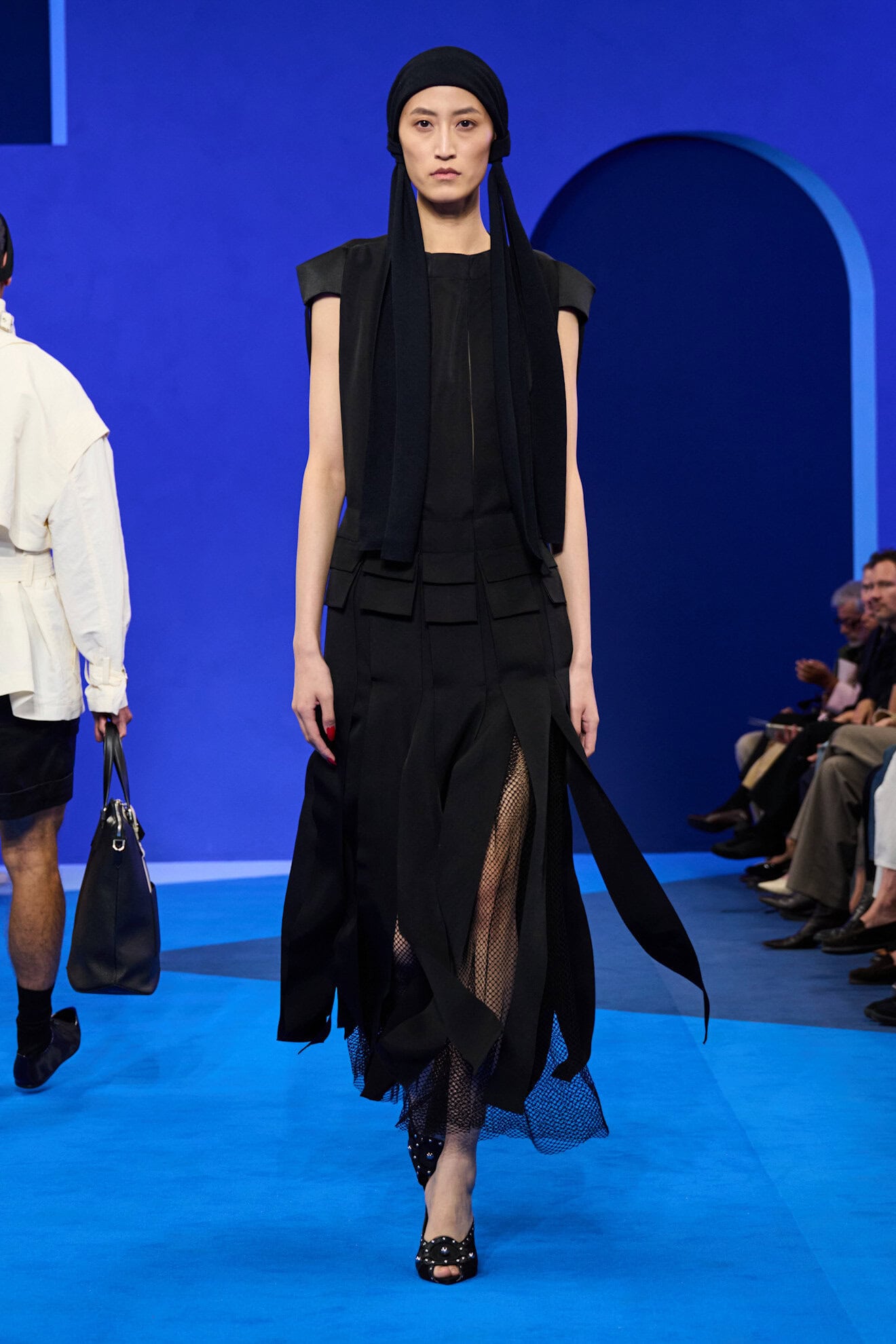
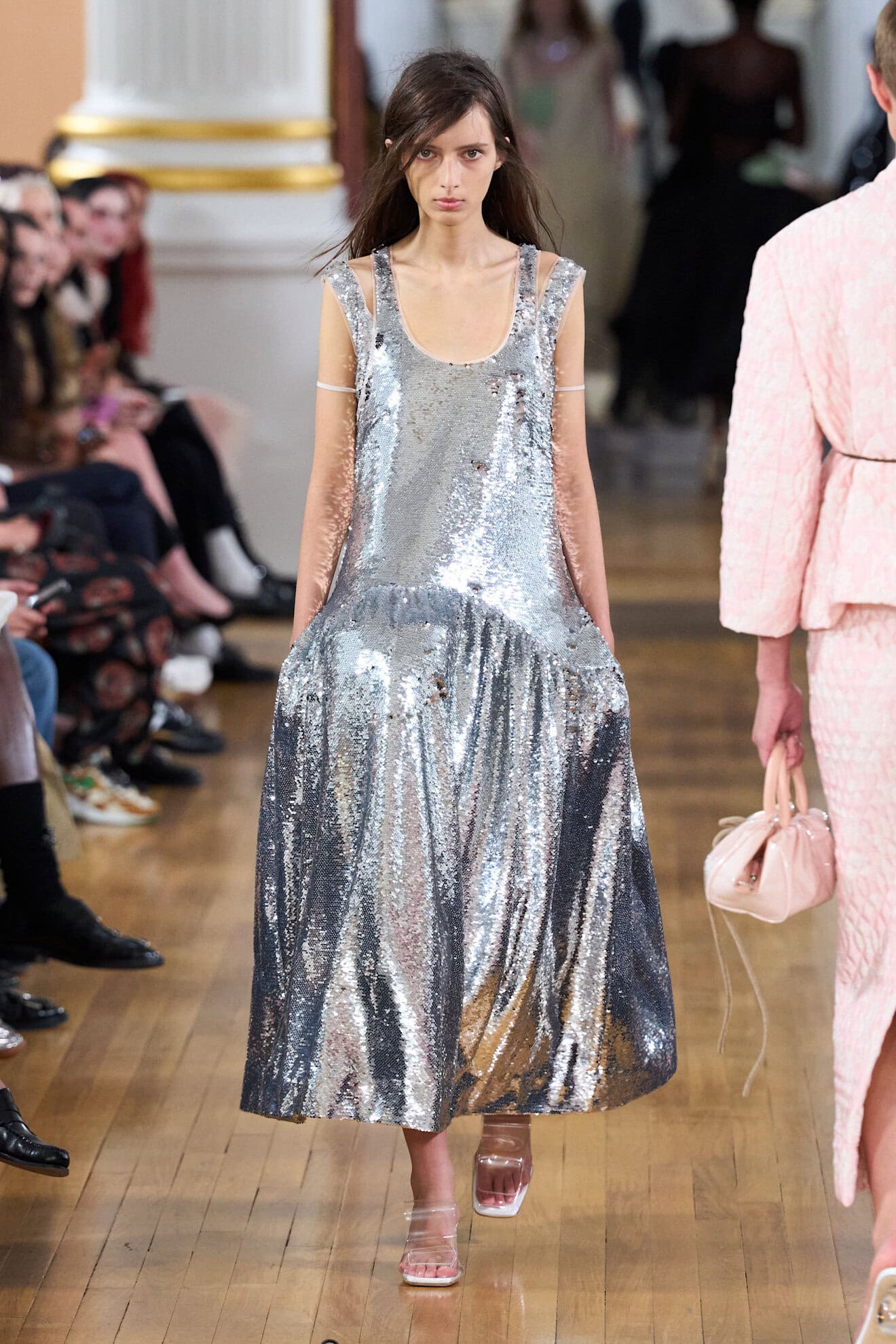
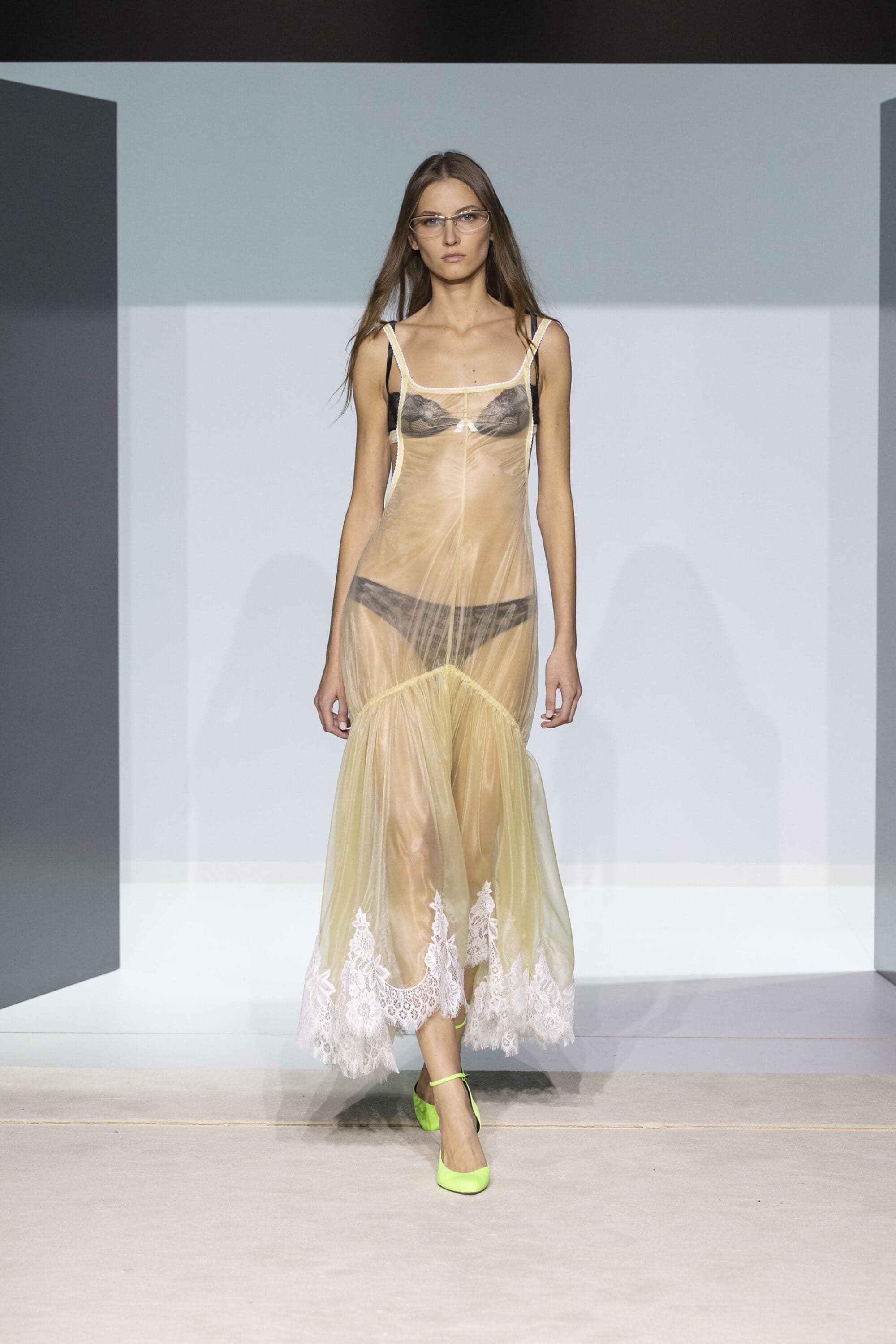
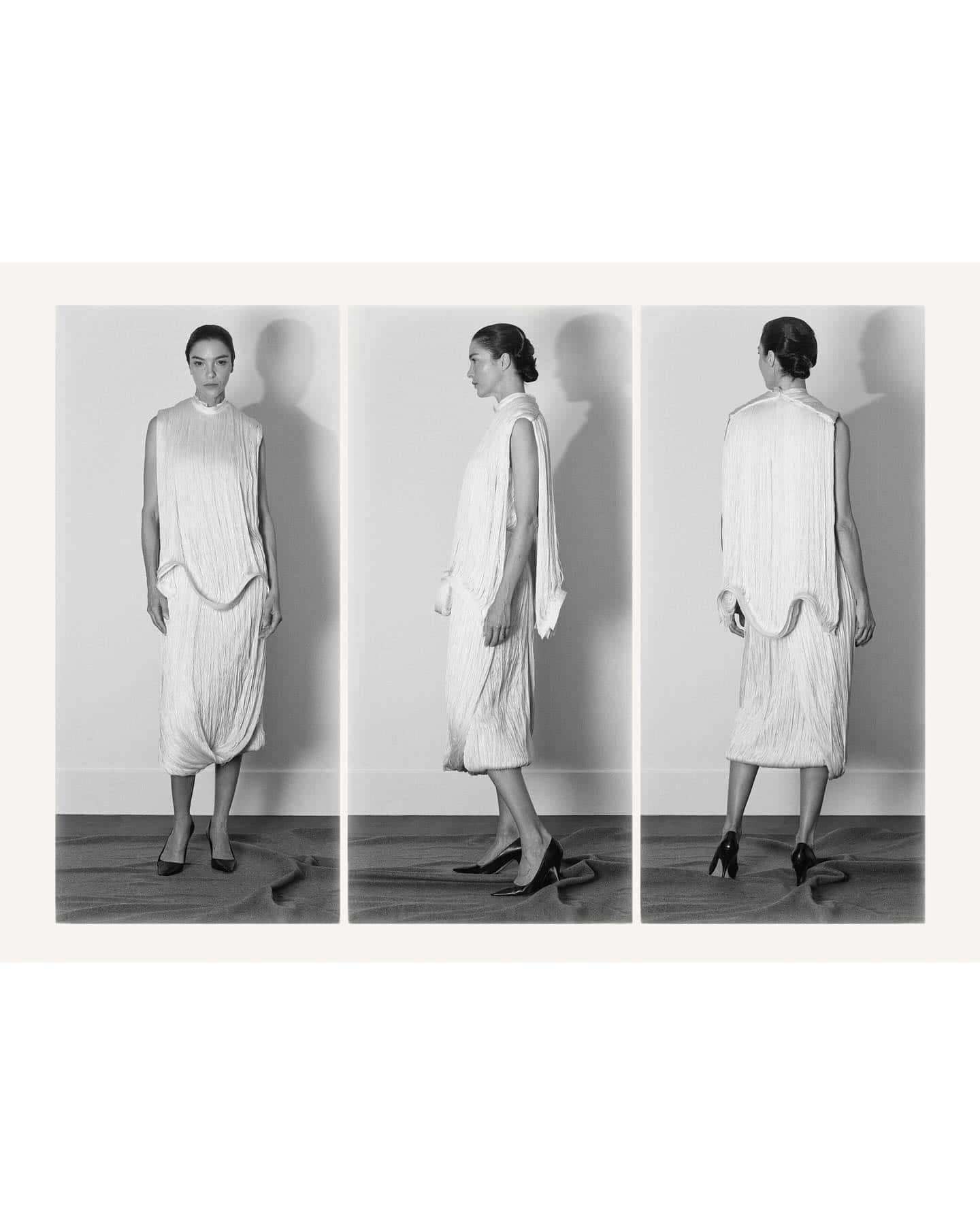
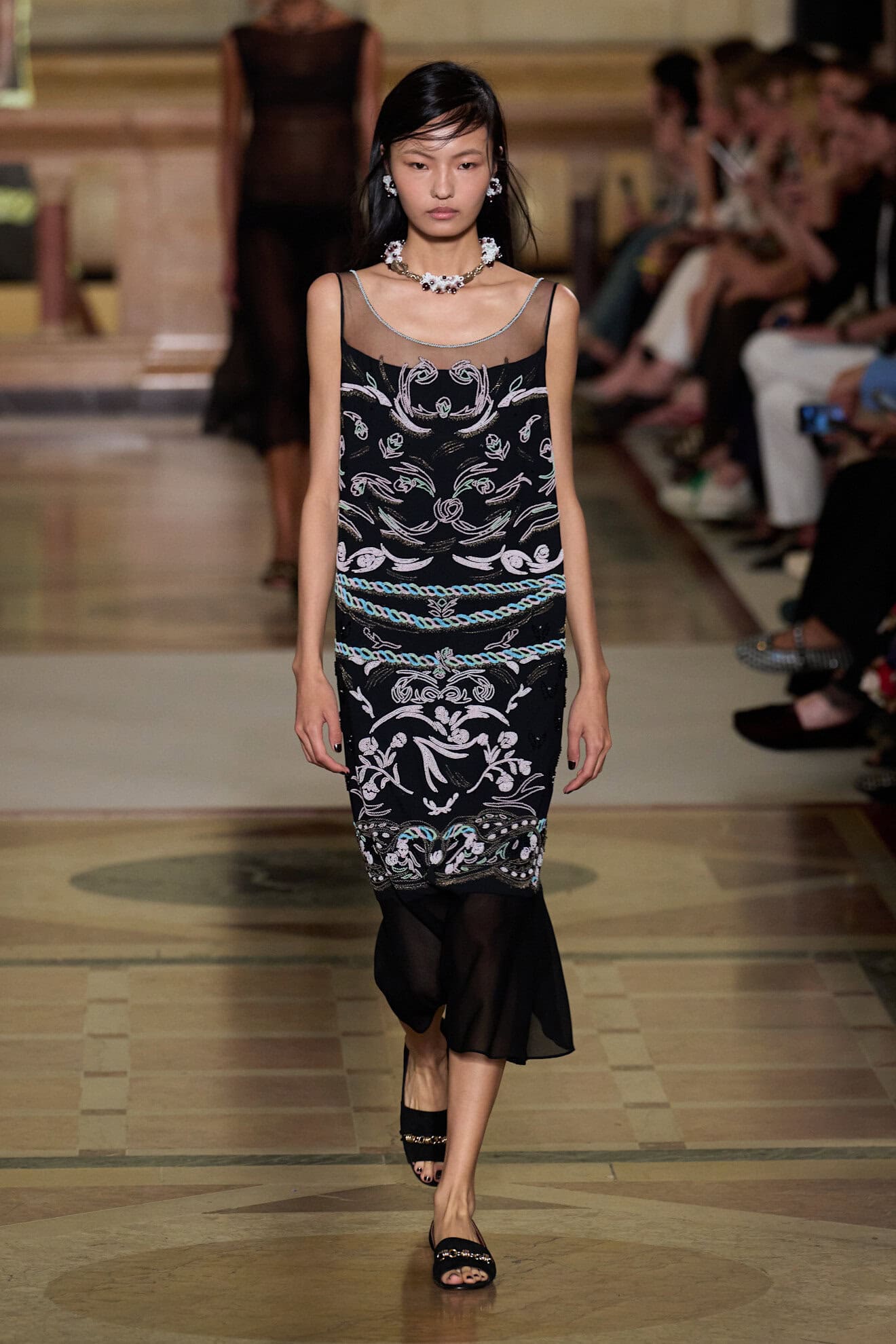
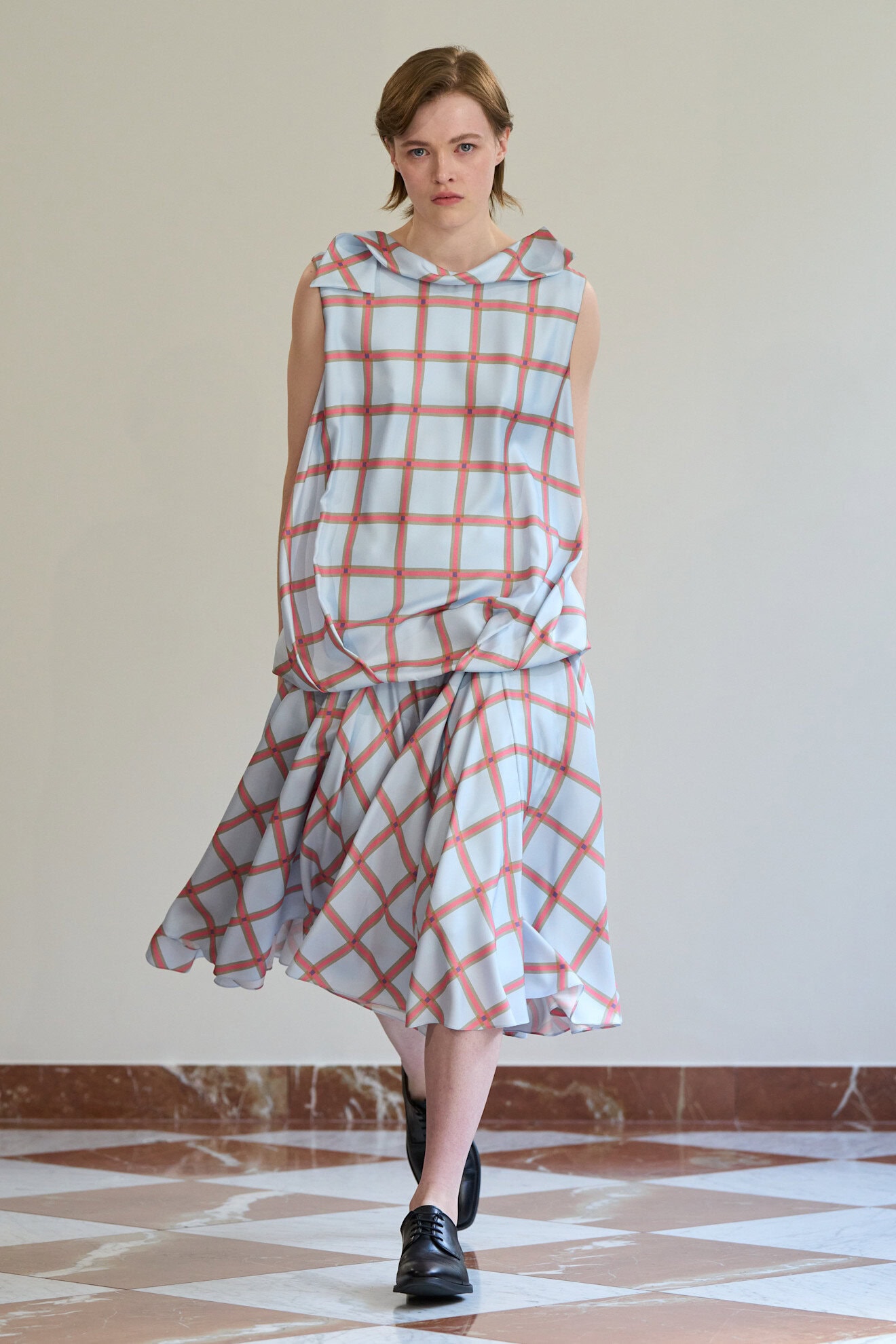
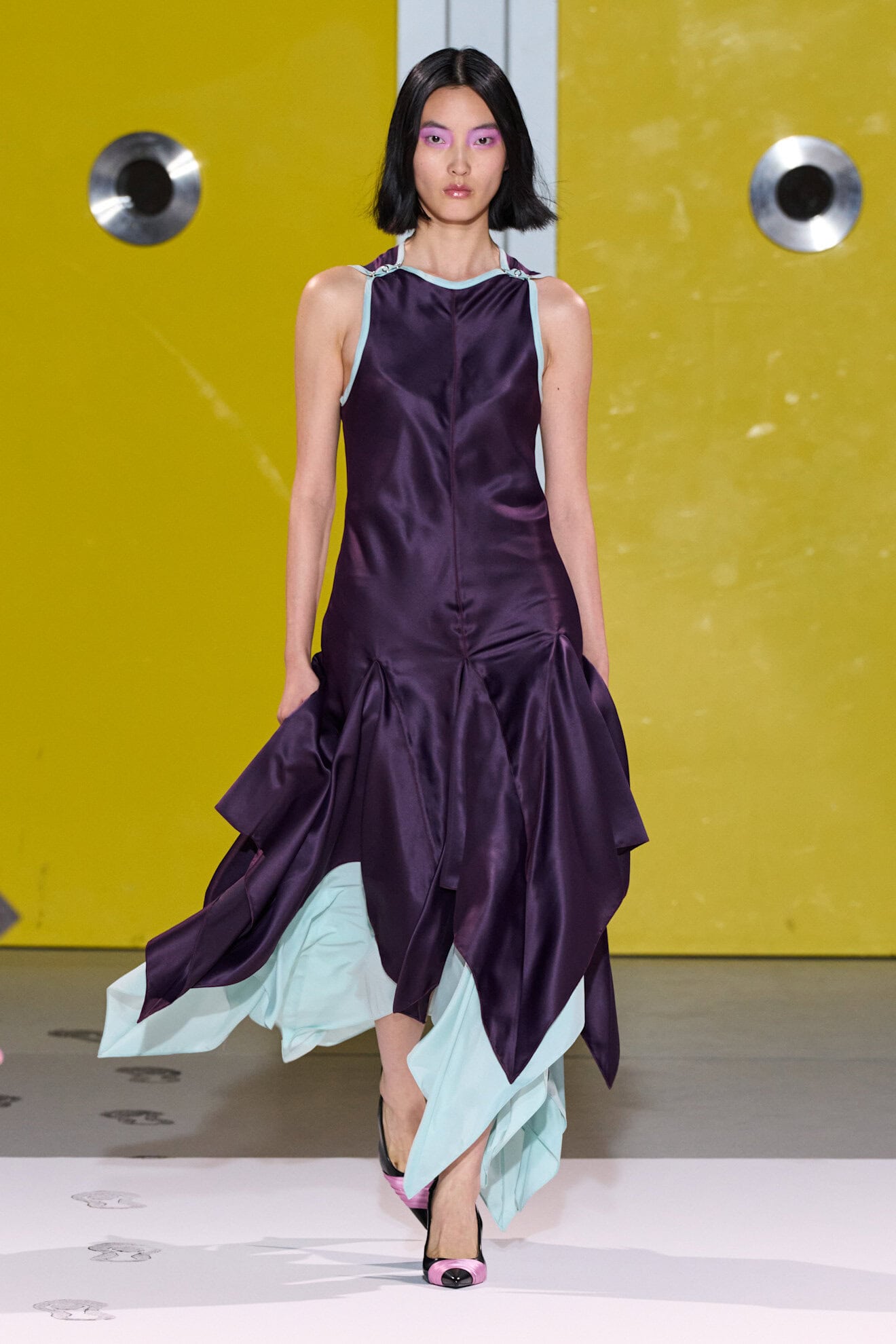
Armani-Coded
The untimely passing of Giorgio Armani on the 4th September, just shy of celebrating the 50th anniversary of his eponymous brand, reframed his ‘finale’ show into a touching tribute attended by Hollywood’s A-list.
The legacy of one of the world’s most recognisable designers – becoming a household name after the release of the 1980 film American Gigolo – was evident in tailored looks which rejected the formality and rigidity often associated with the category. Dolce and Gabbana, Victoria Beckham, and Haider Ackermann’s Tom Ford took a relaxed approach to the suit with fluid pants and lightweight fabrics, and separates at Fforme and Daniel Roseberry’s Schiaparelli paid tribute to Armani’s expertly crafted world that catered to every aspect of the consumers lifestyle – from black tie to vacationing in the South of France.
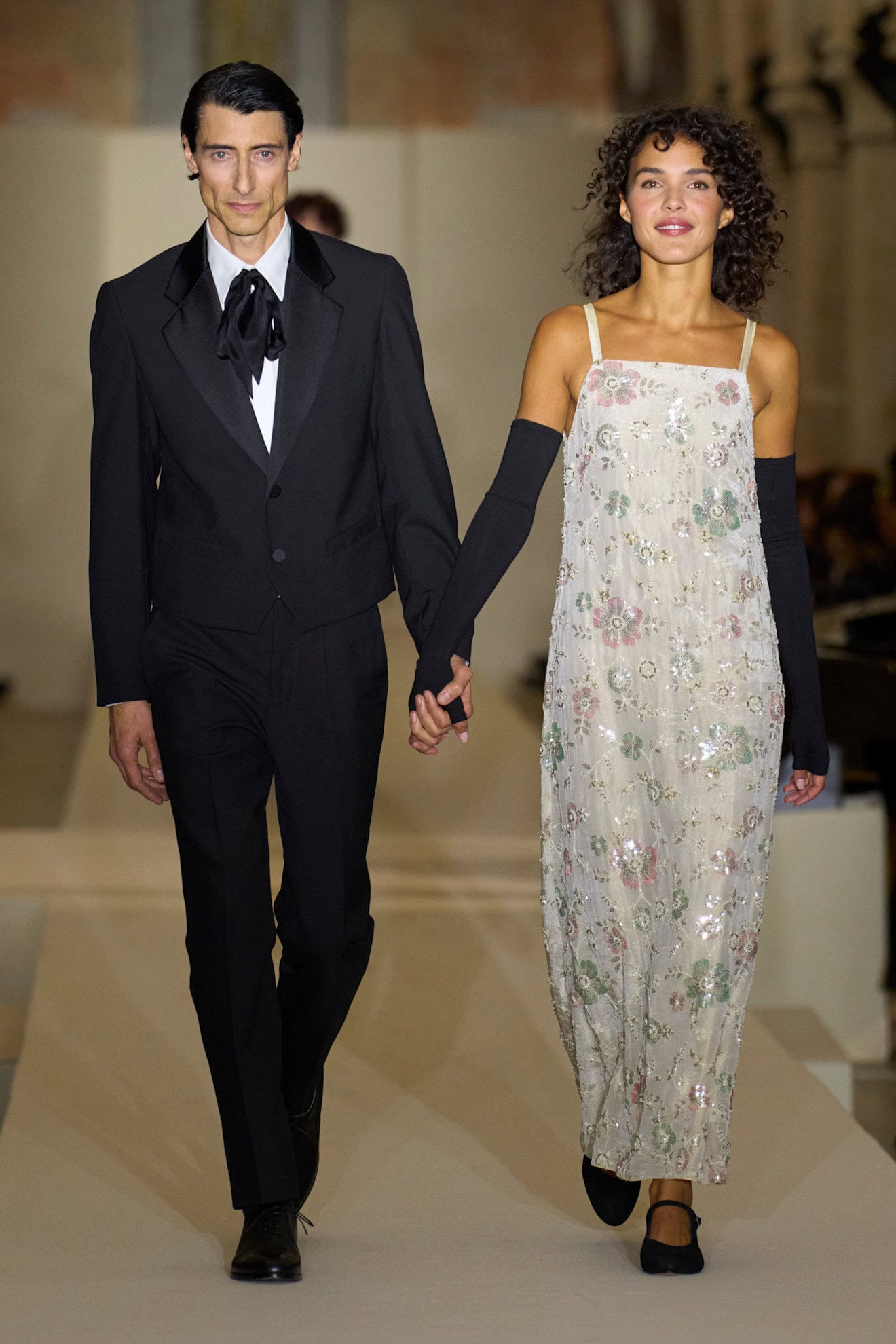
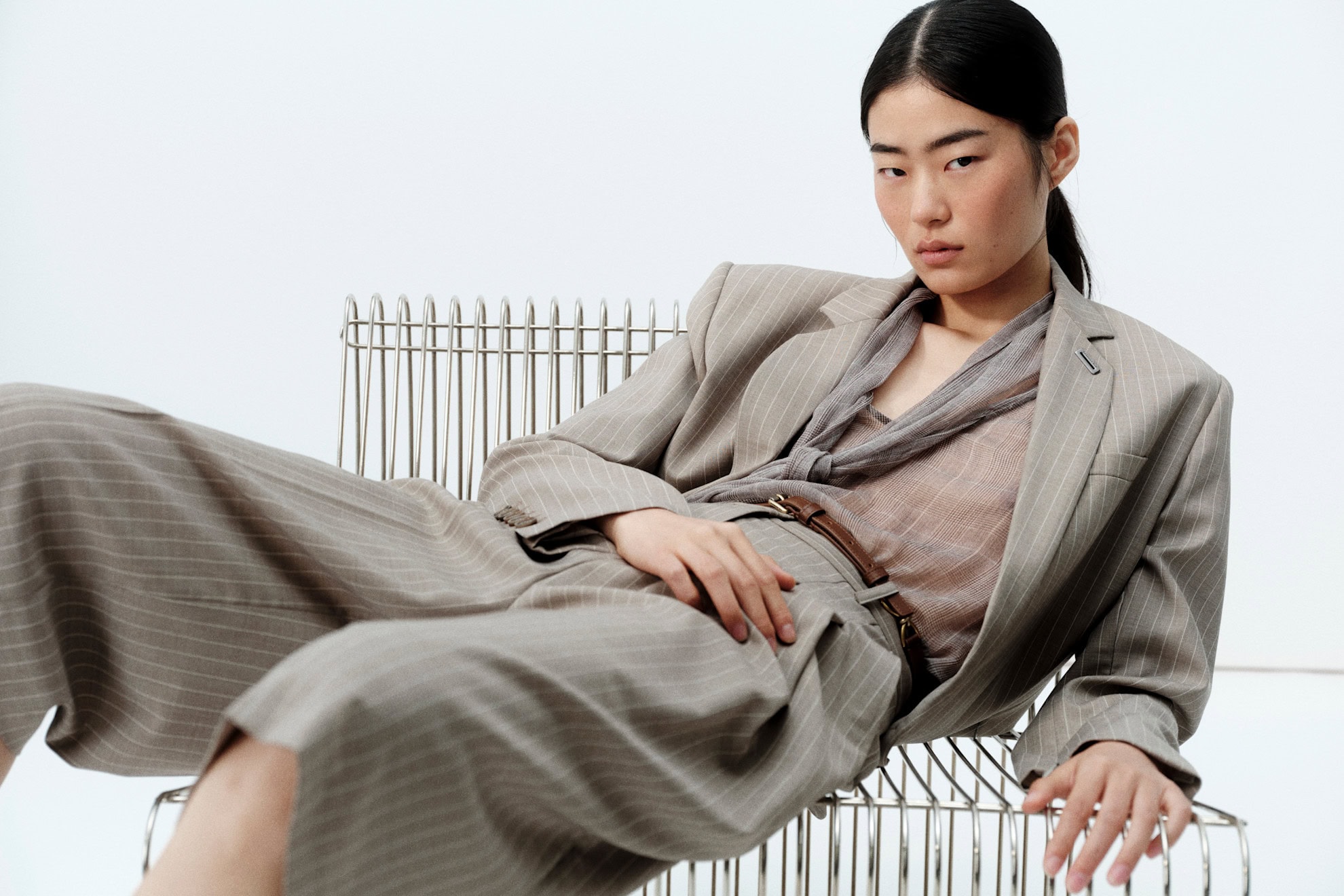
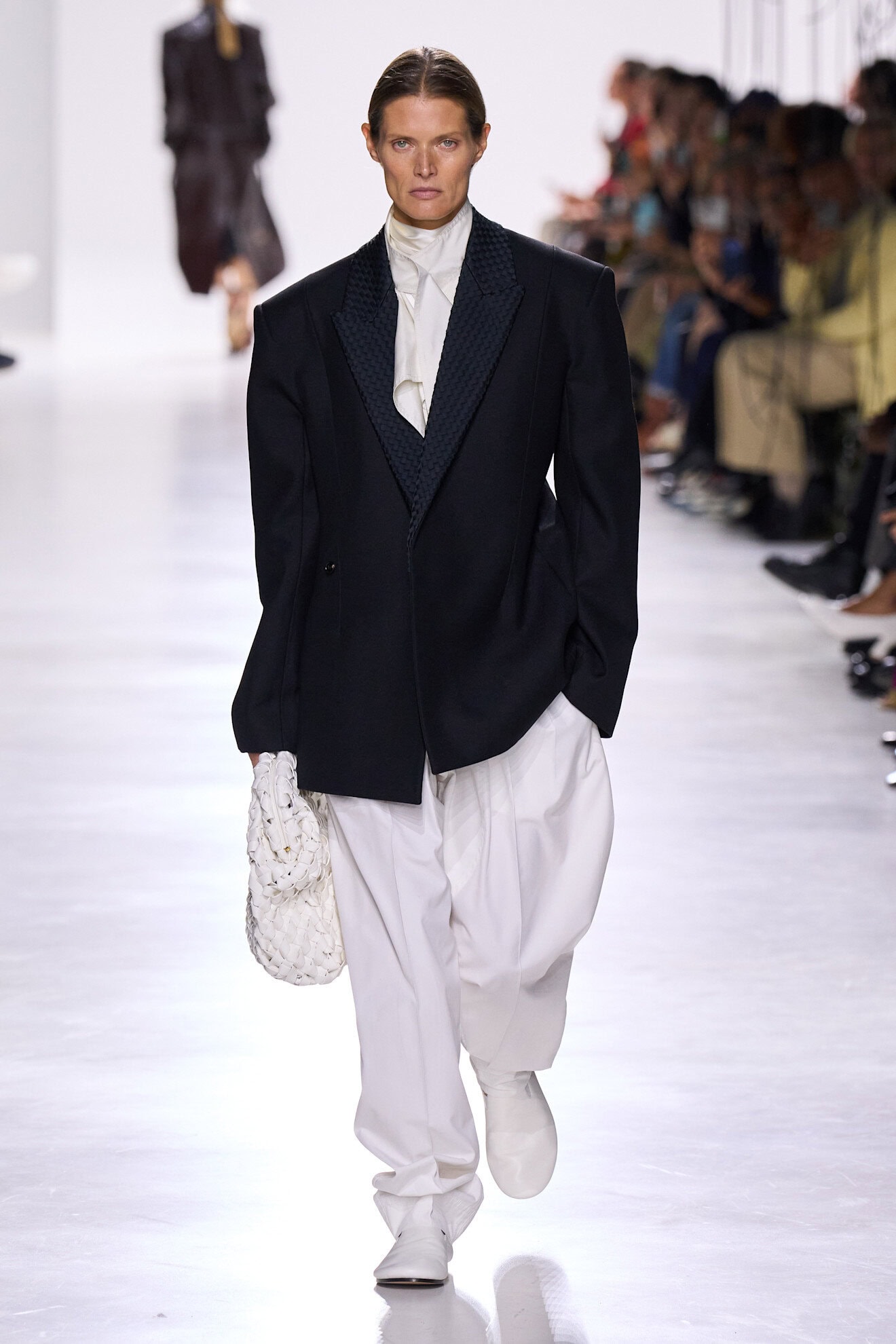
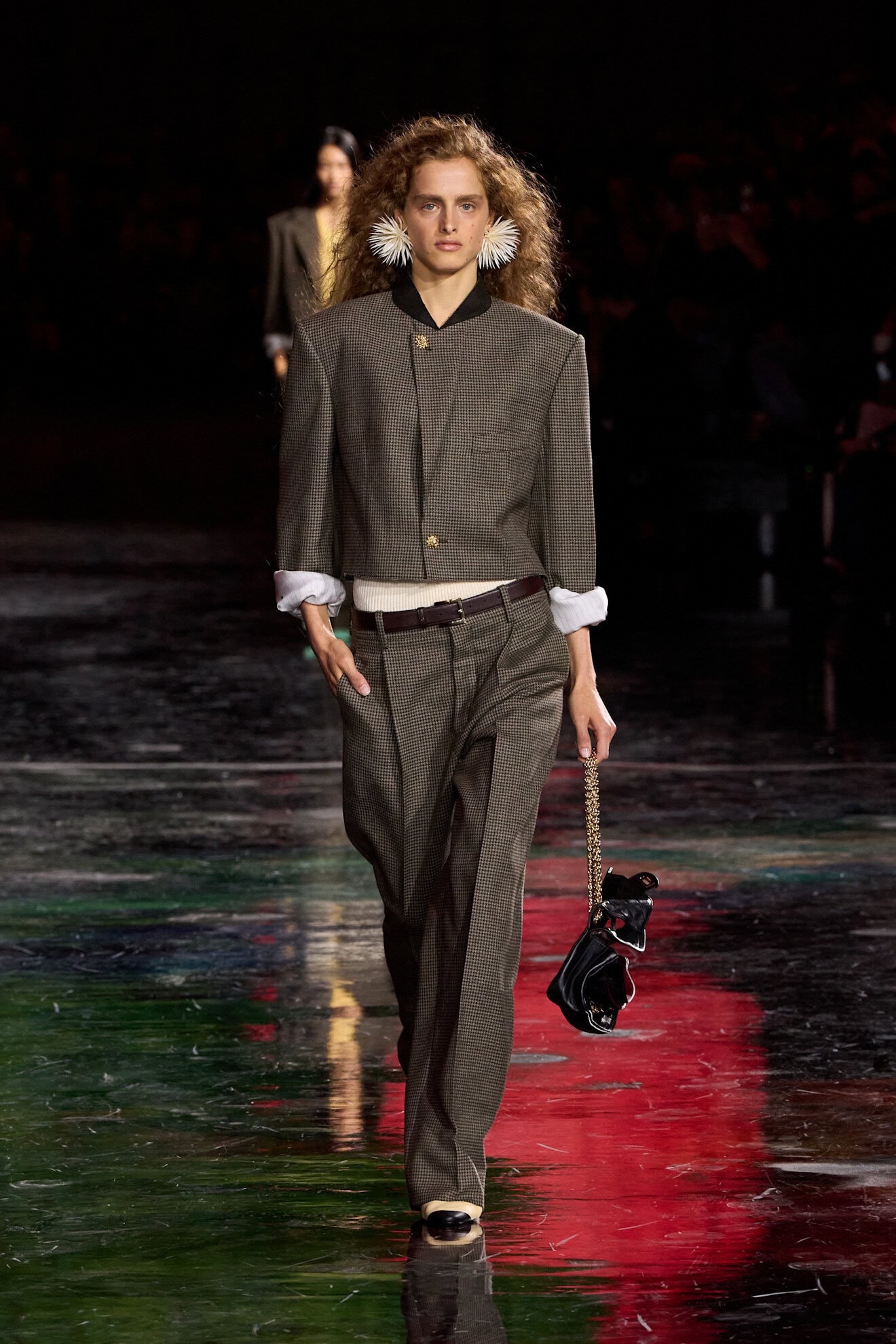
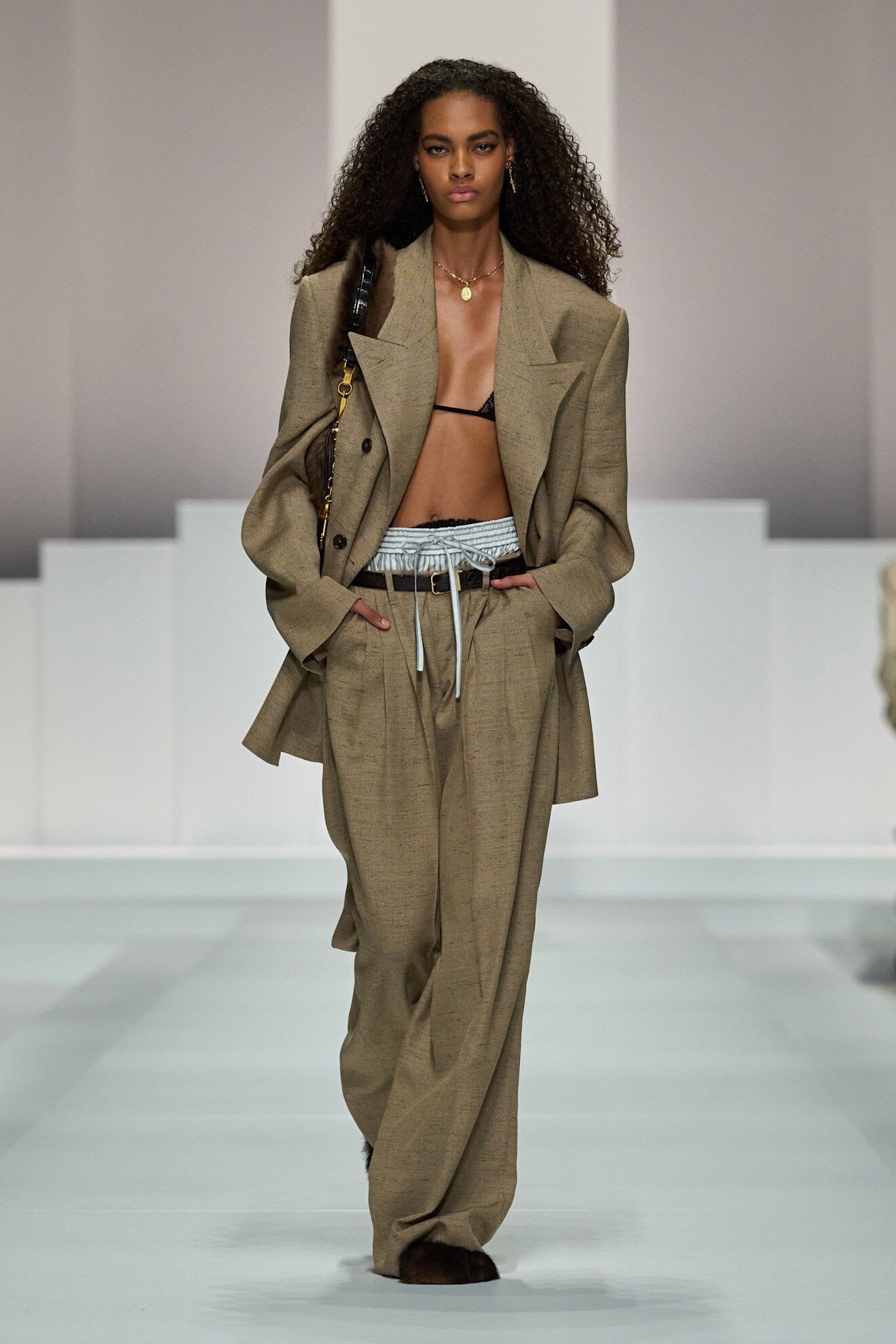
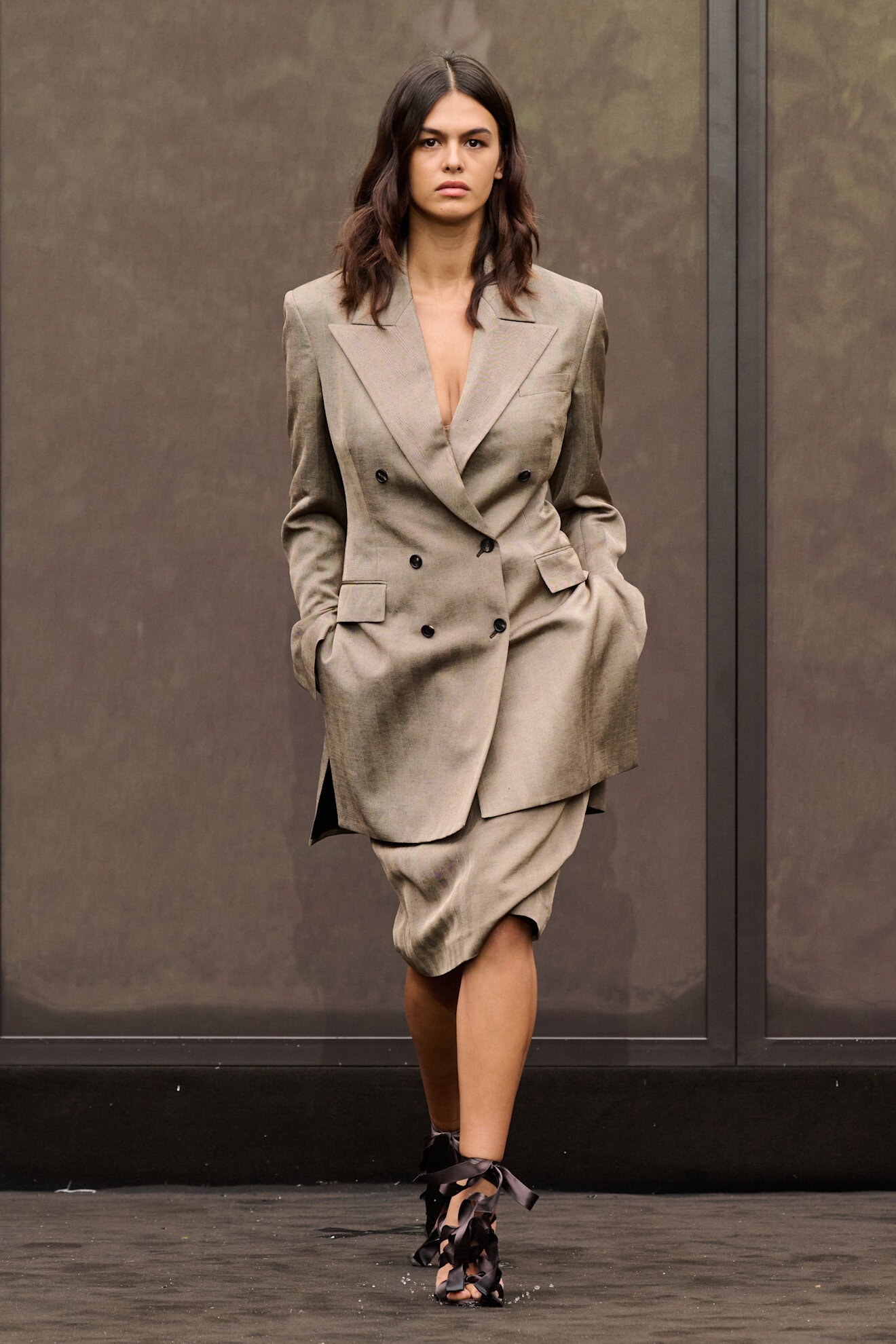
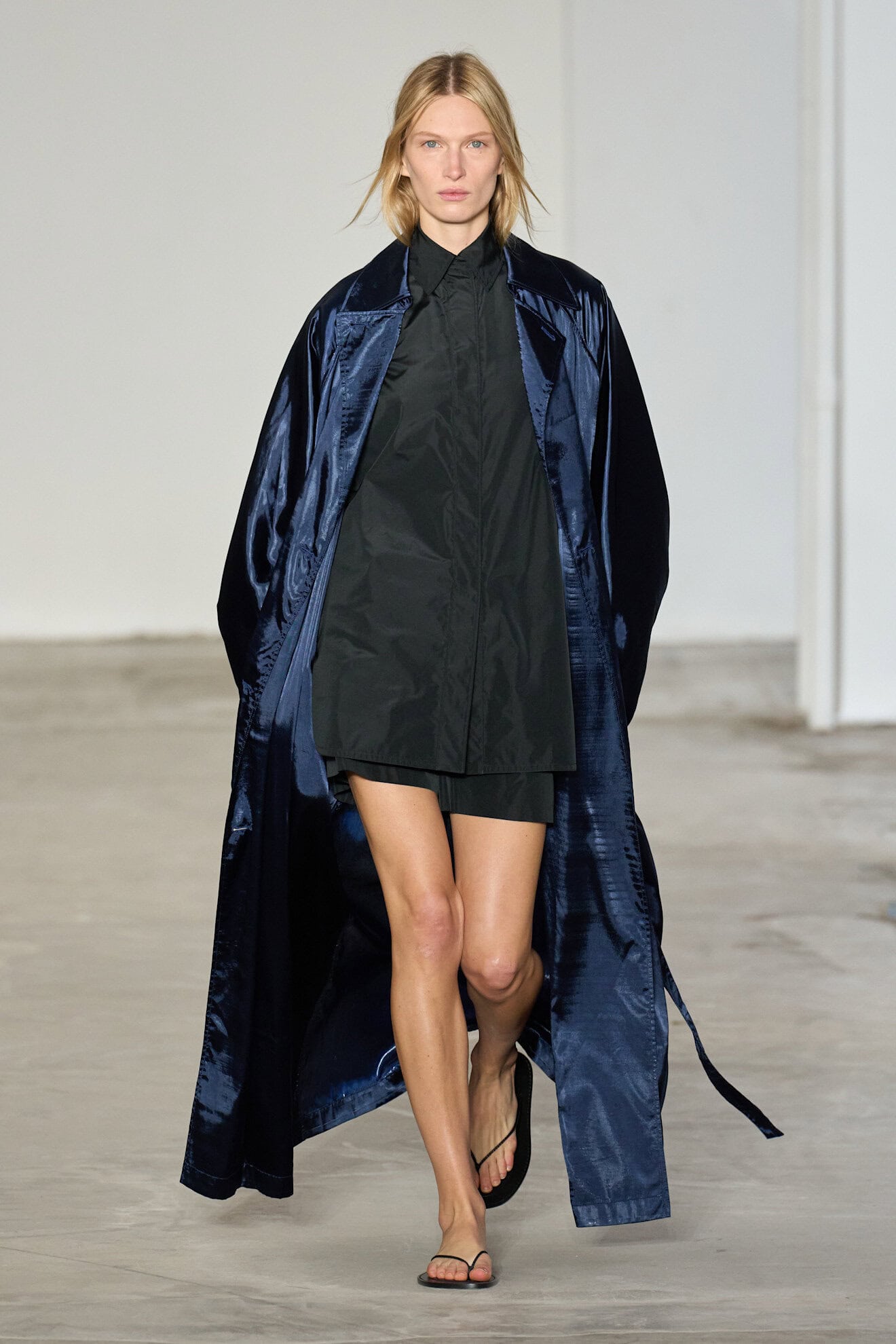
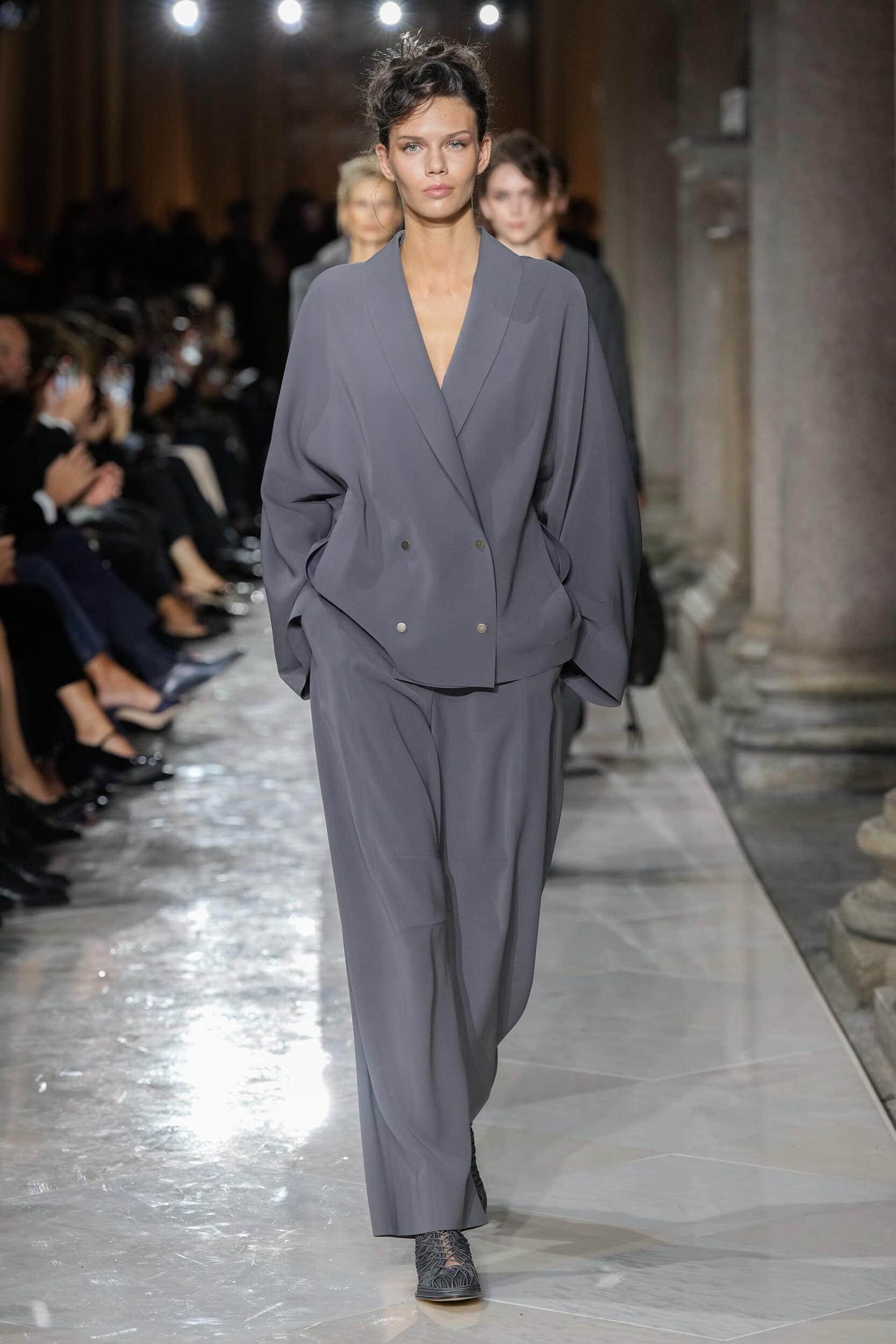
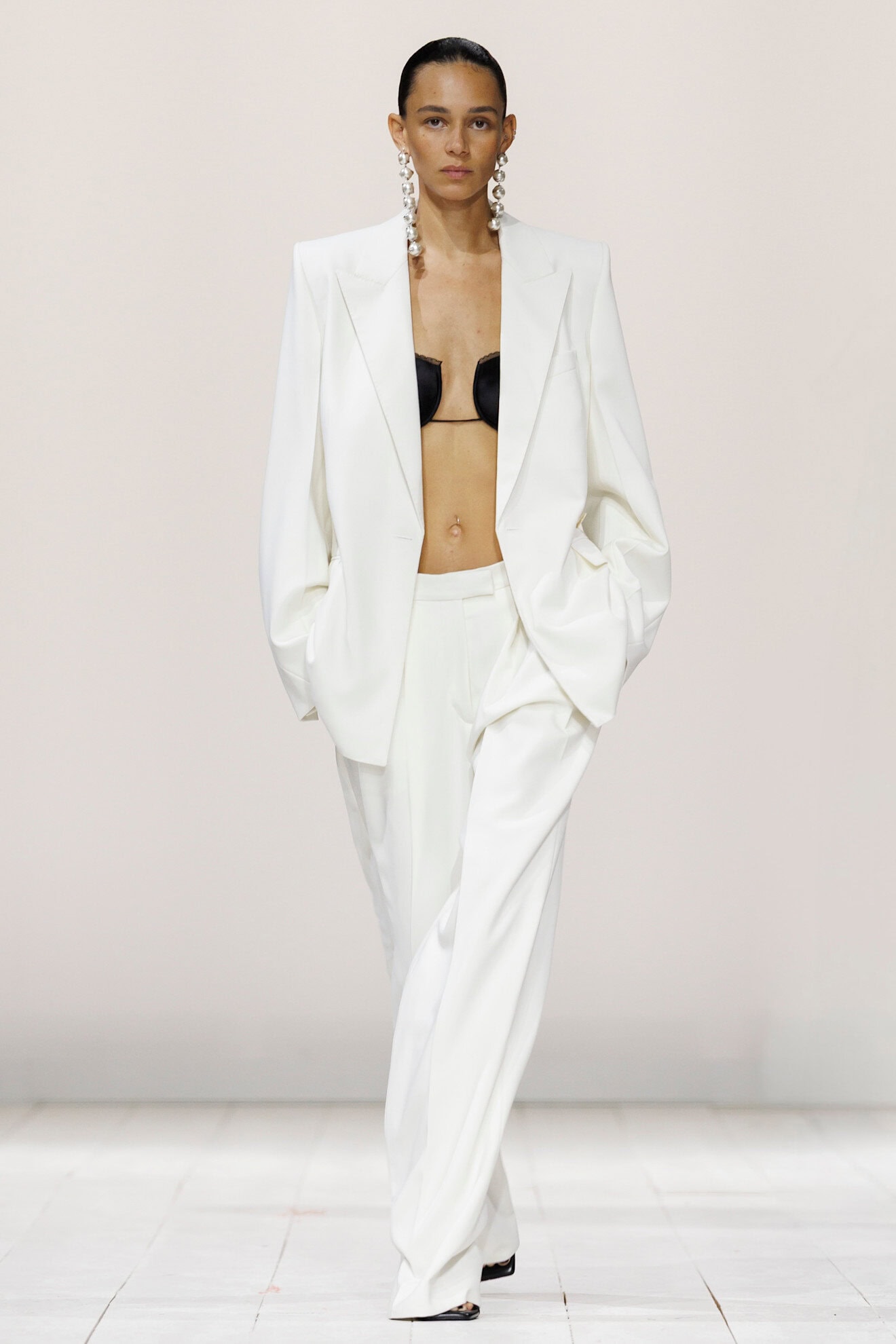
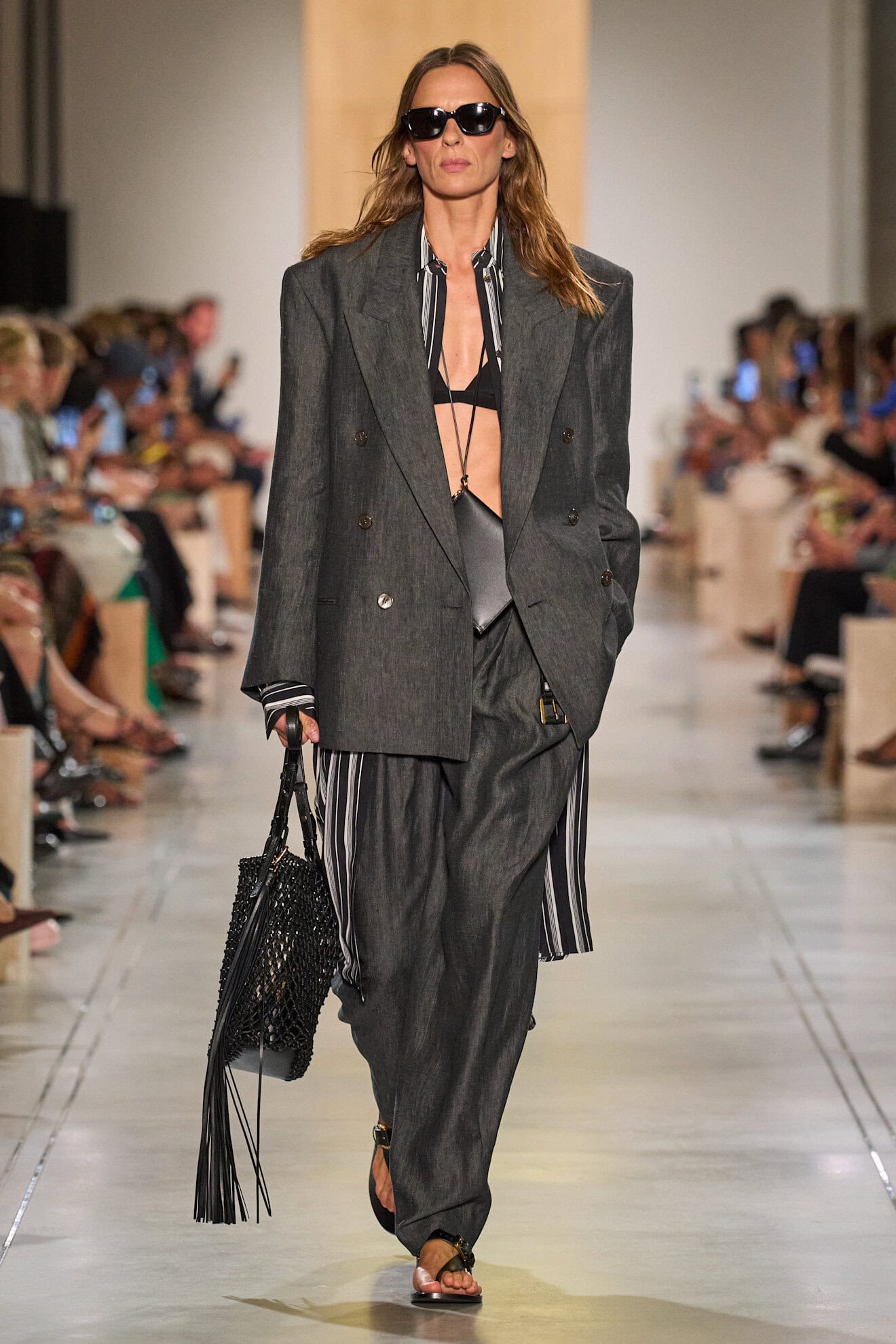
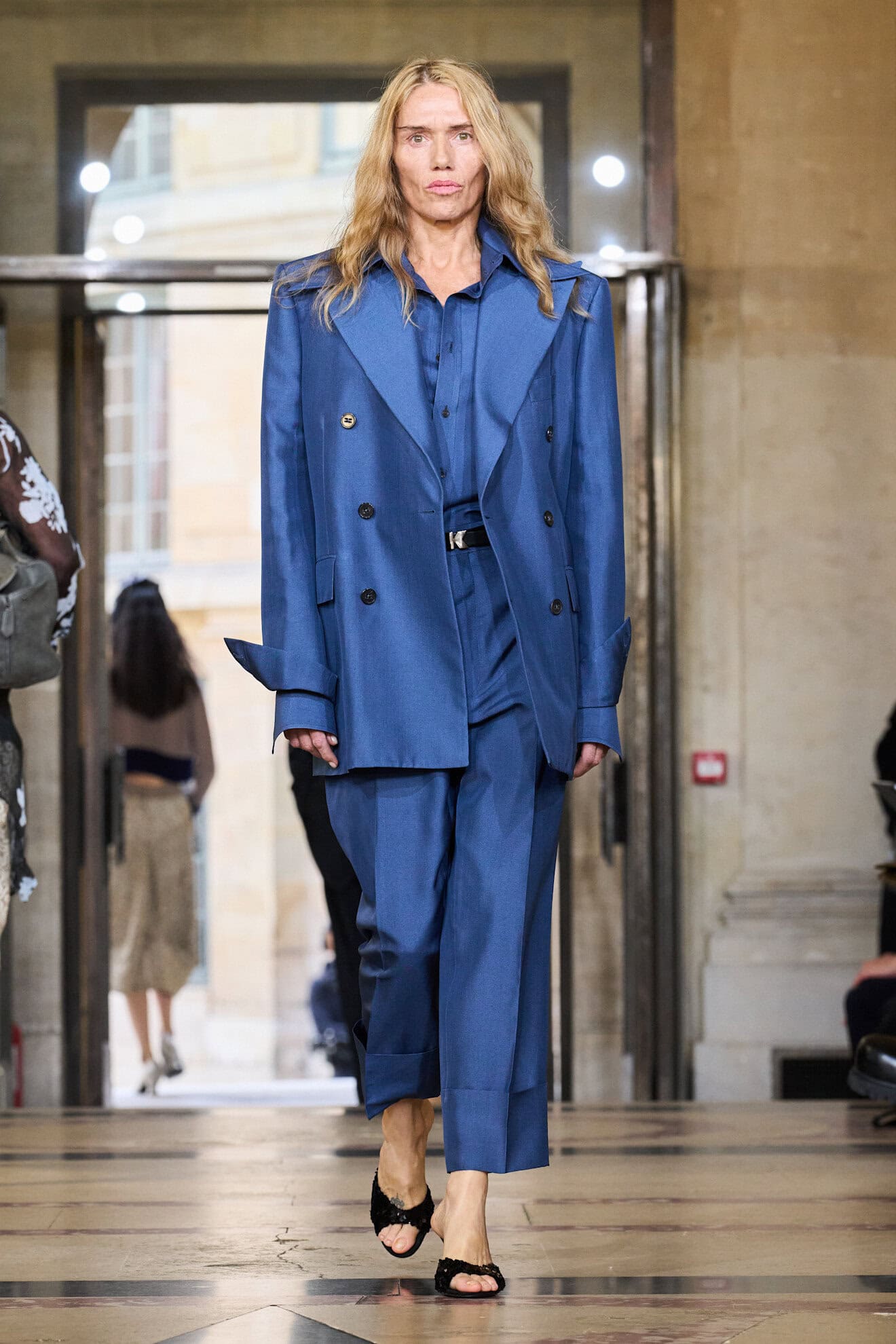
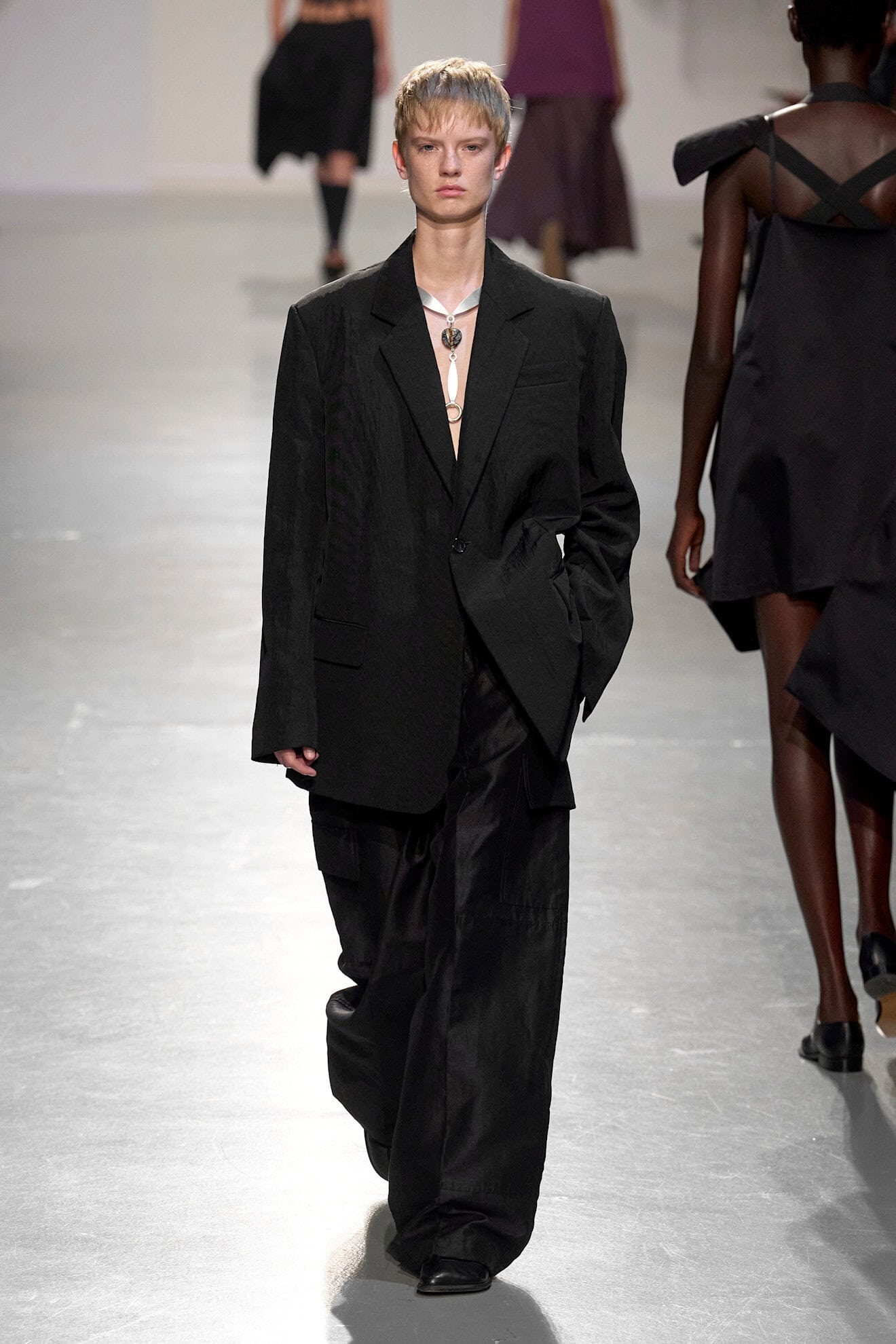
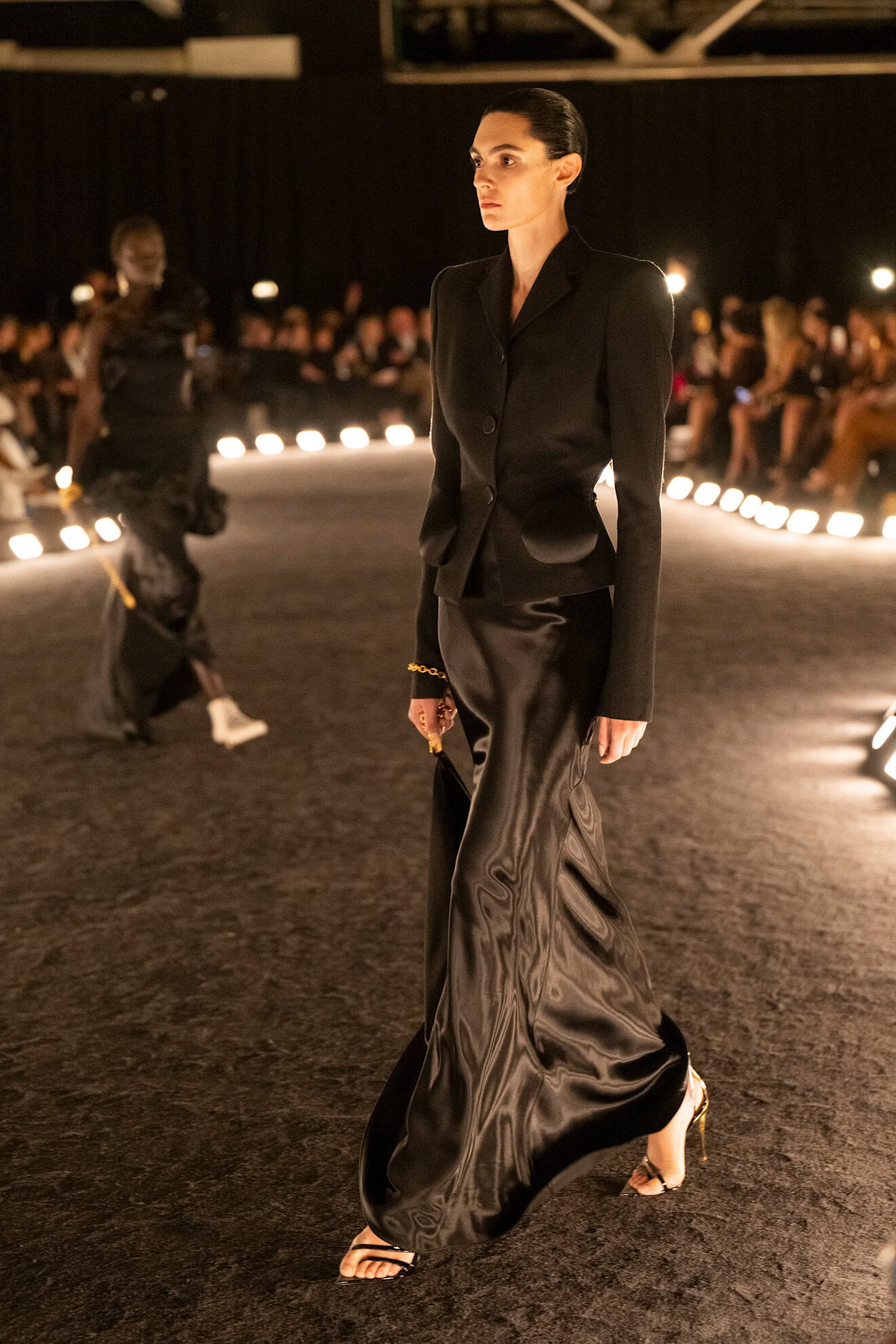
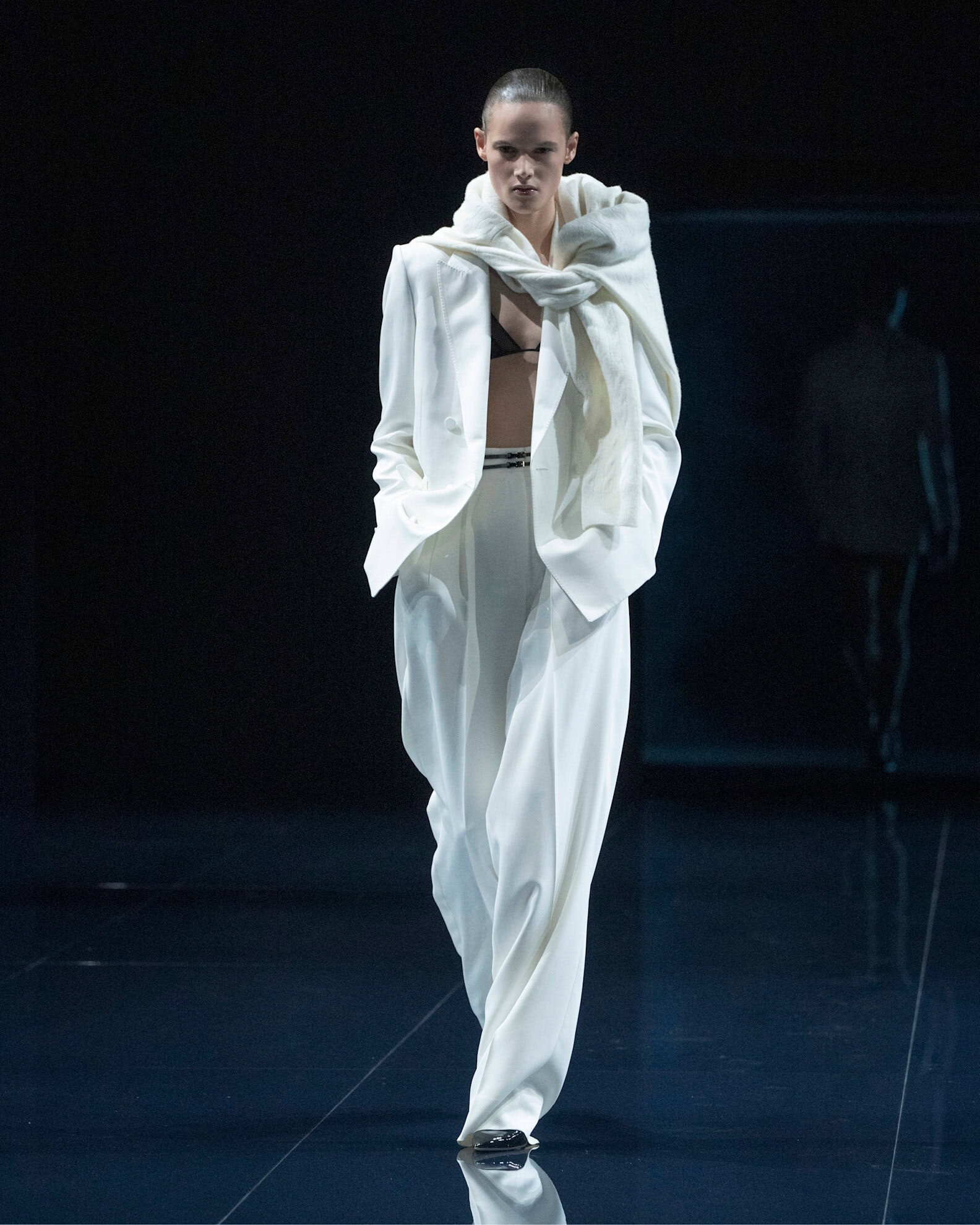
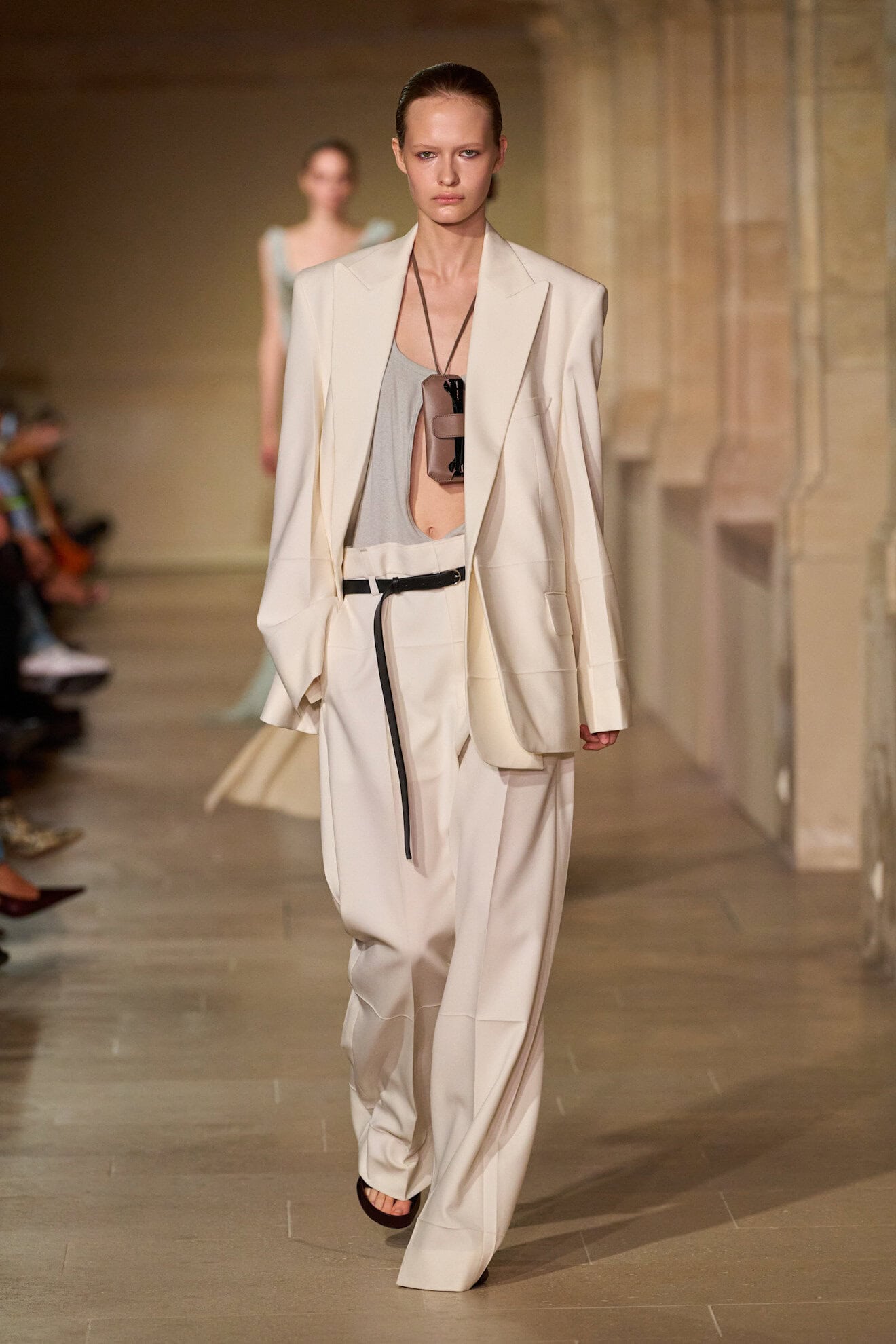
Micro Momentum
The ‘Hemline index’ – a theory used to indicate that the rising of hemlines is linked to an incoming period of positive economic growth – was at work across the runways. Along with vibrant palettes and an abundance of resort wear signalling a renewed sense of optimism, lengths hit new thigh-grazing heights at McQueen, Vetements and Duran Lantink’s debut at Jean Paul Gaultier, but it was their addition at Jonathan Anderson’s first womenswear outing for his Dior proposition that were the most wearable in plaids, florals, and denim. Sure to prove a hit as soon as they hit retail.
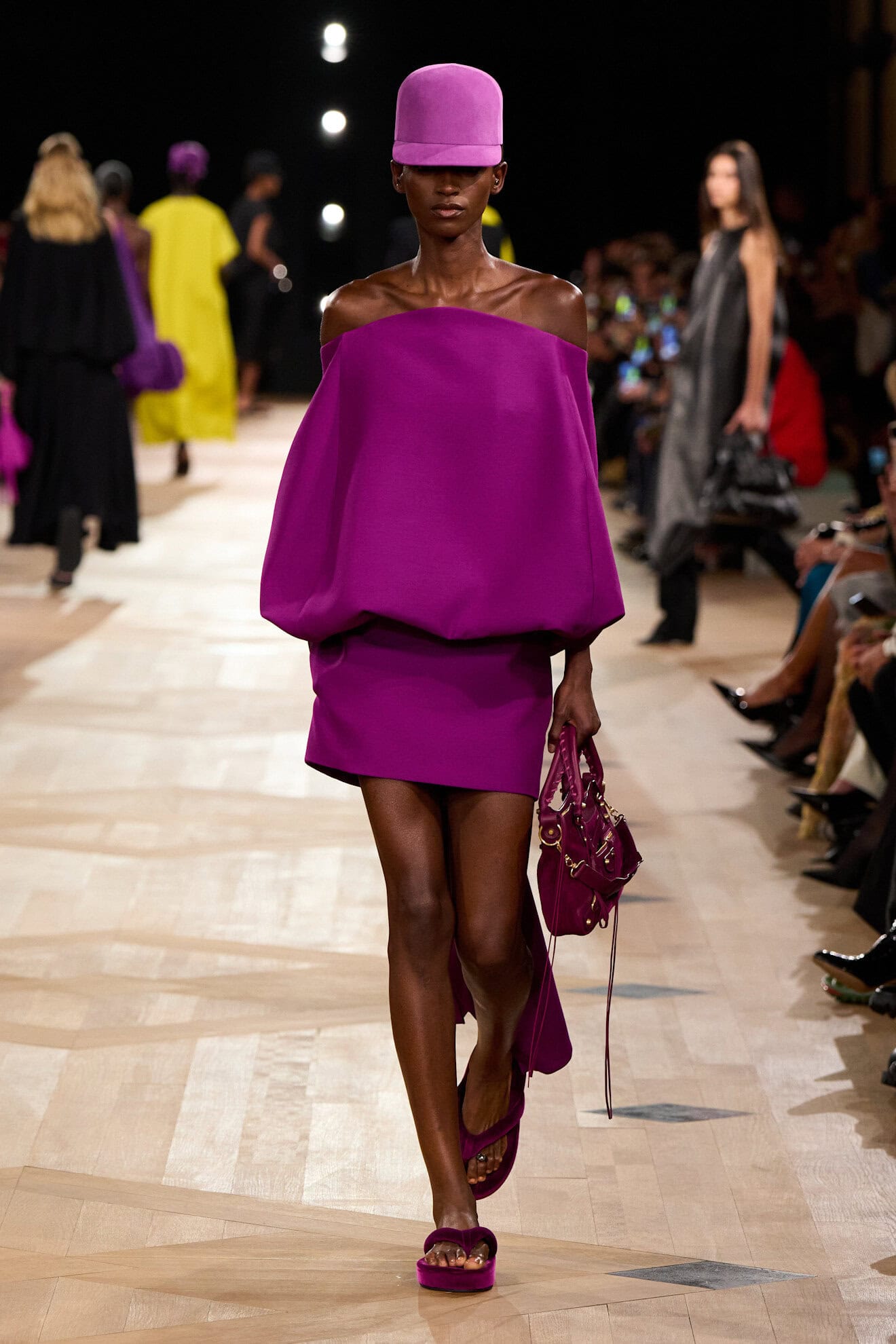
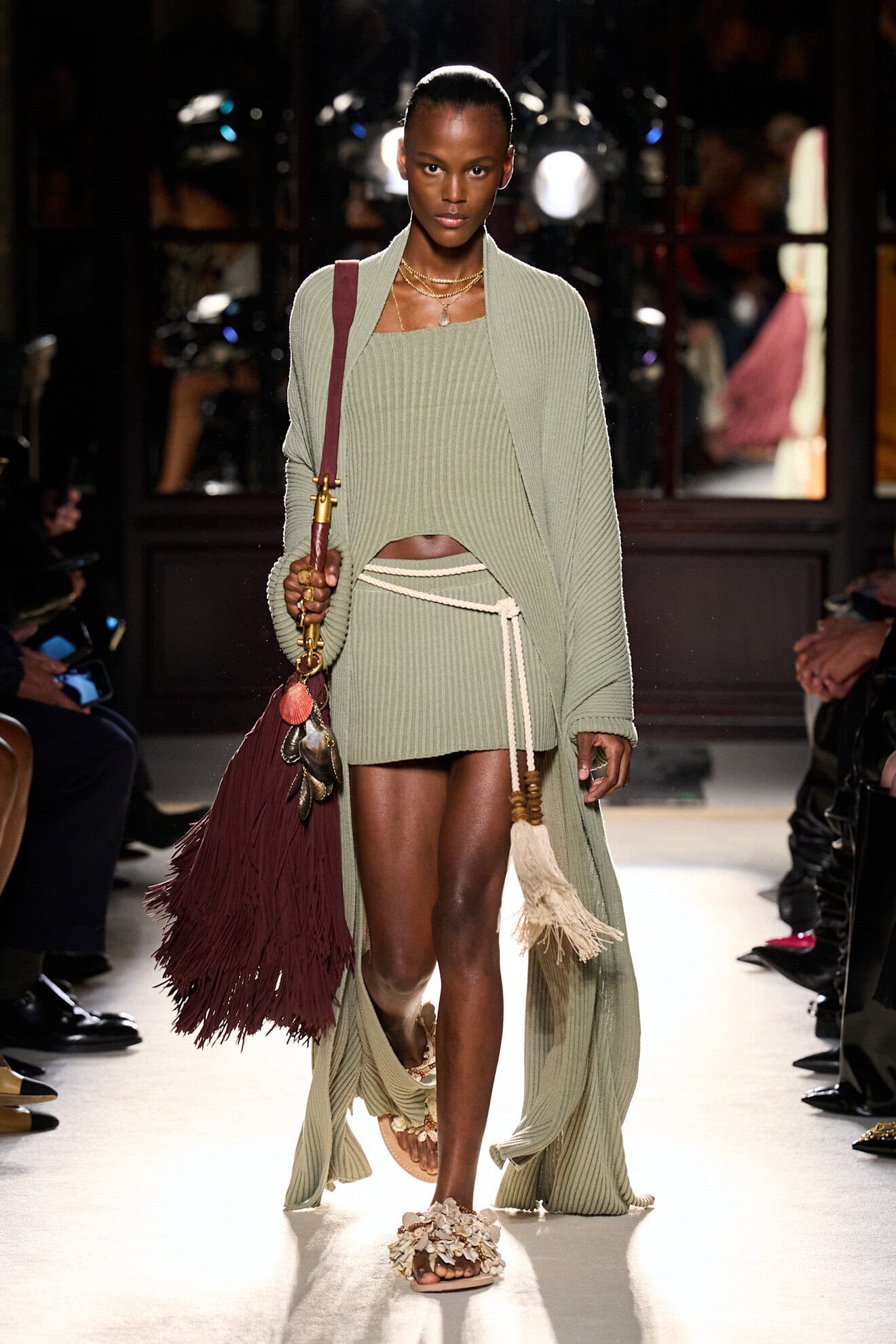
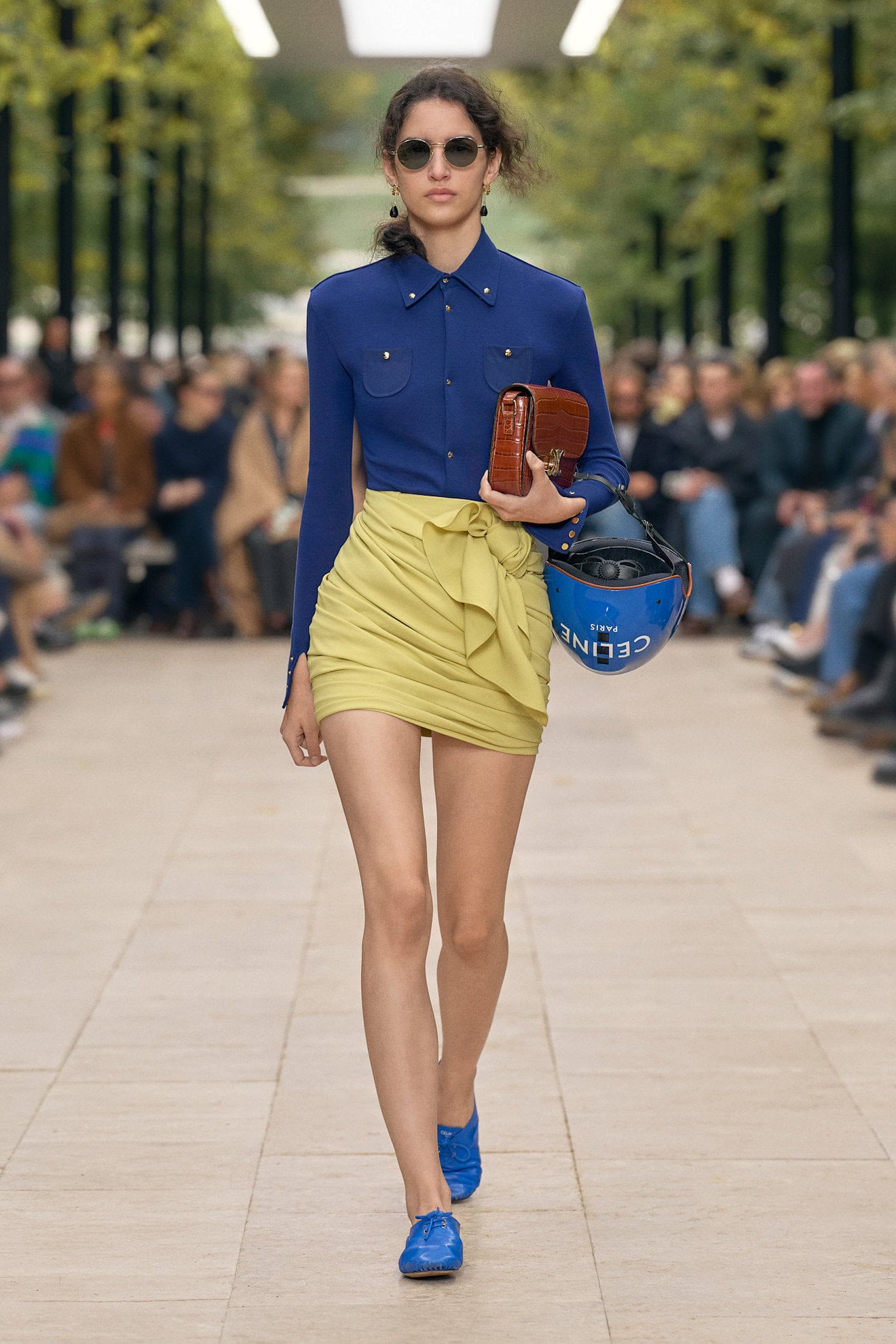
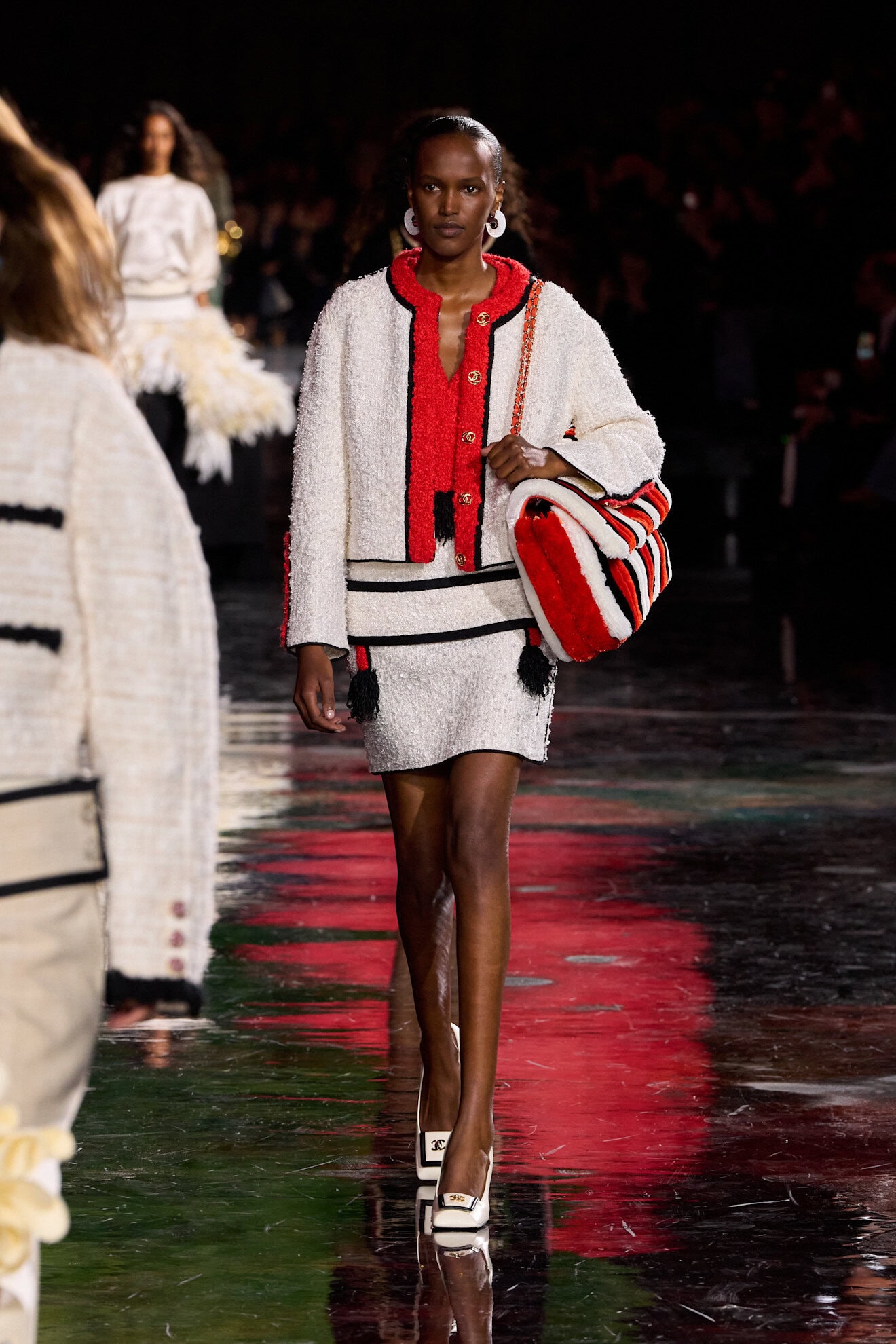
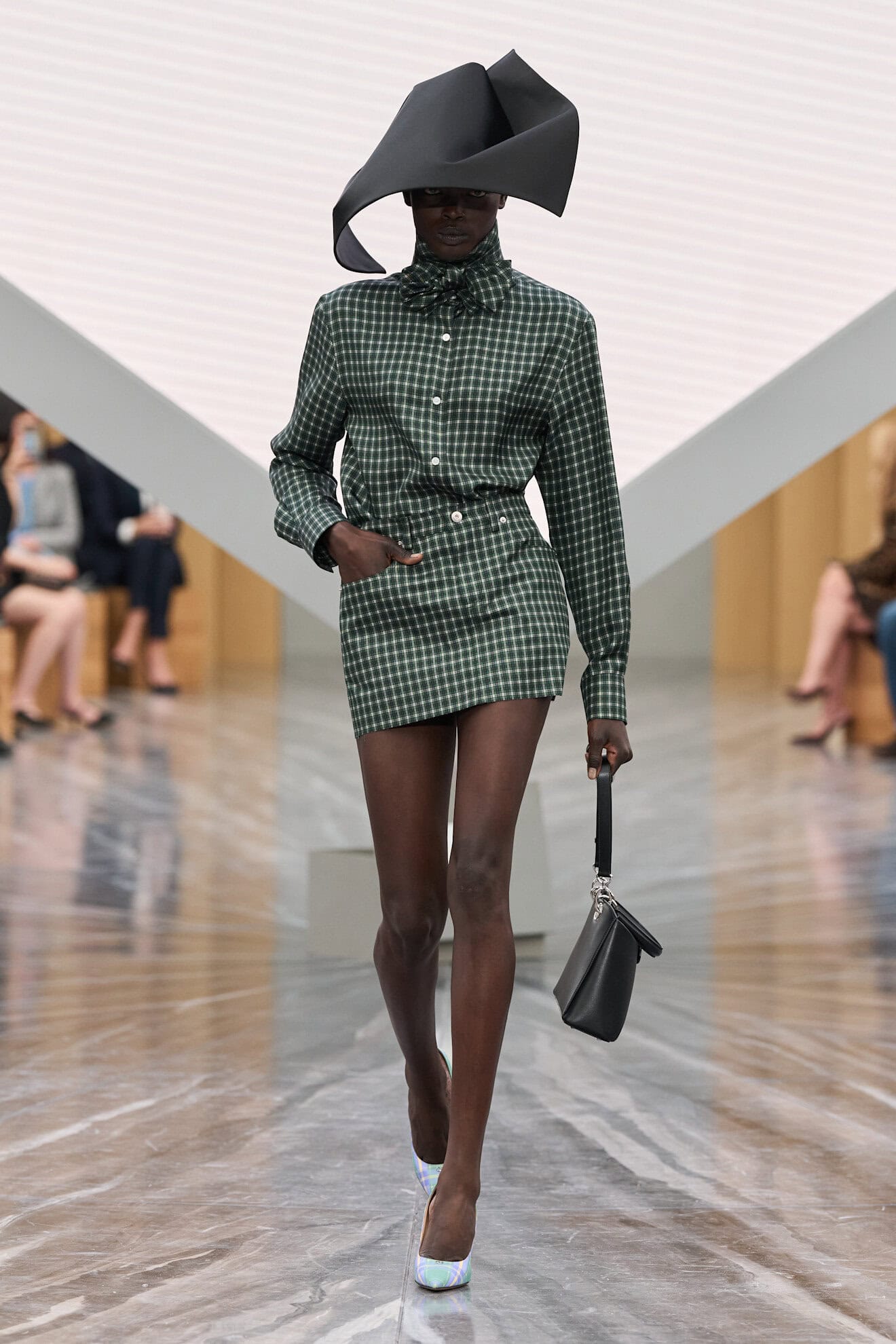
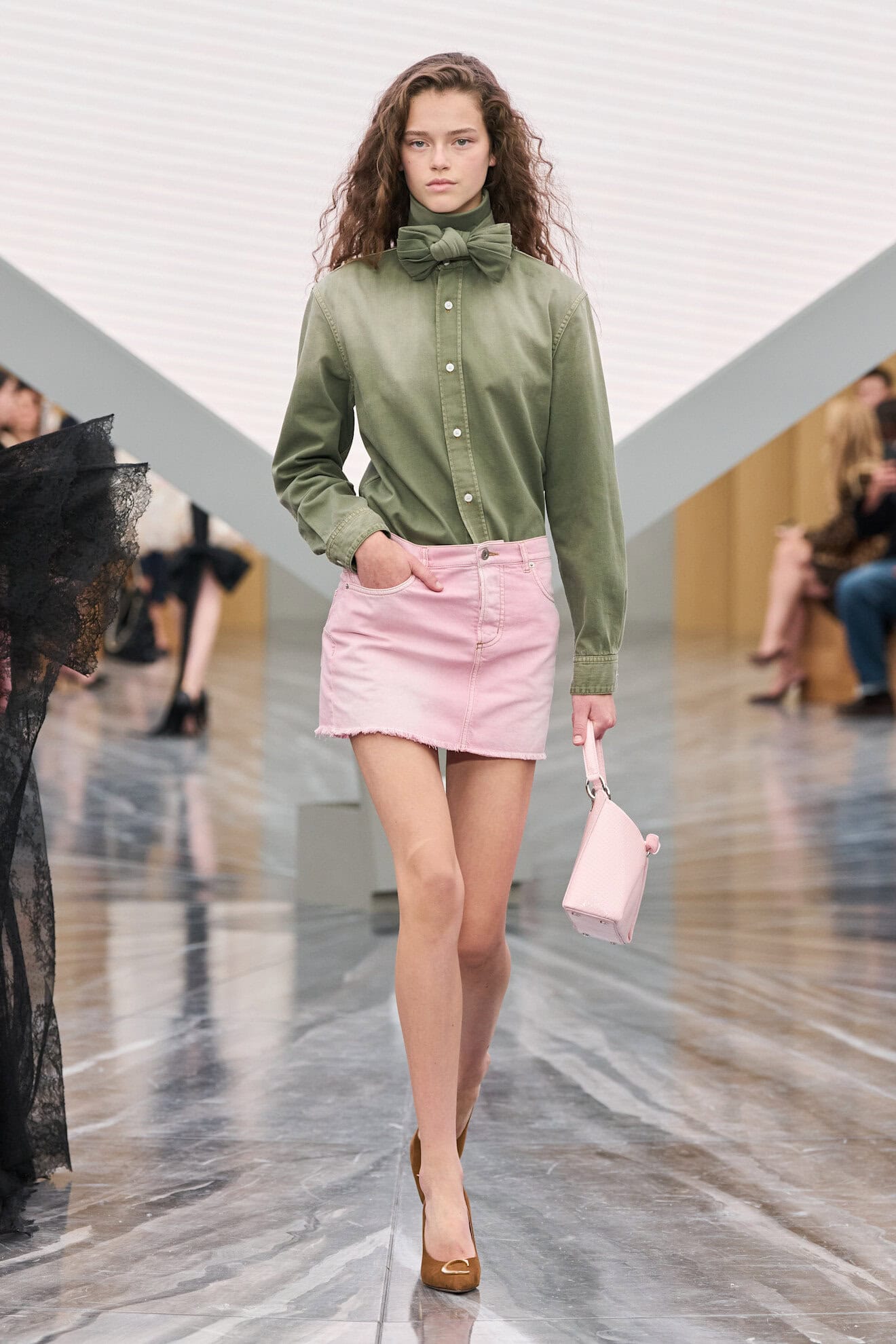
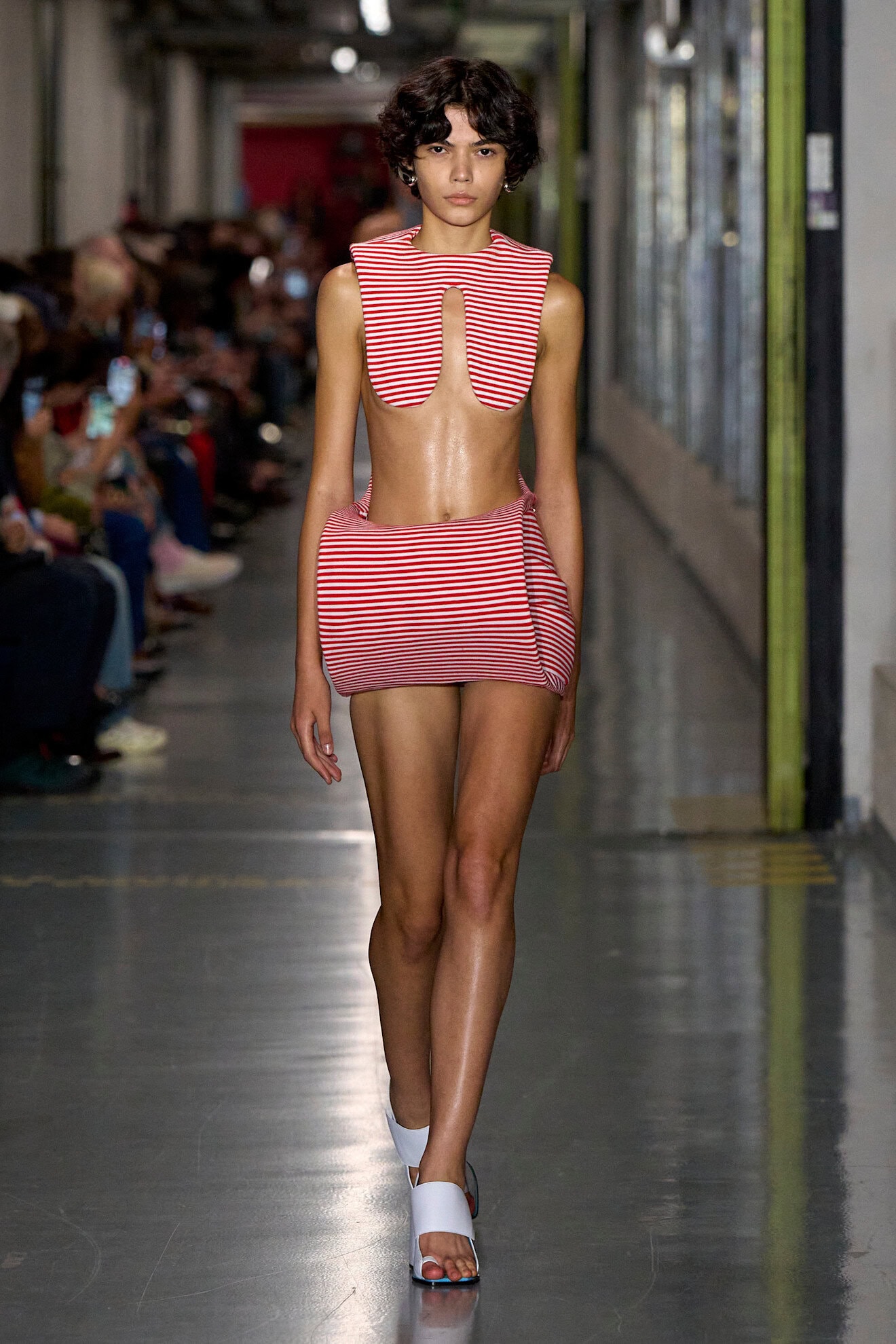
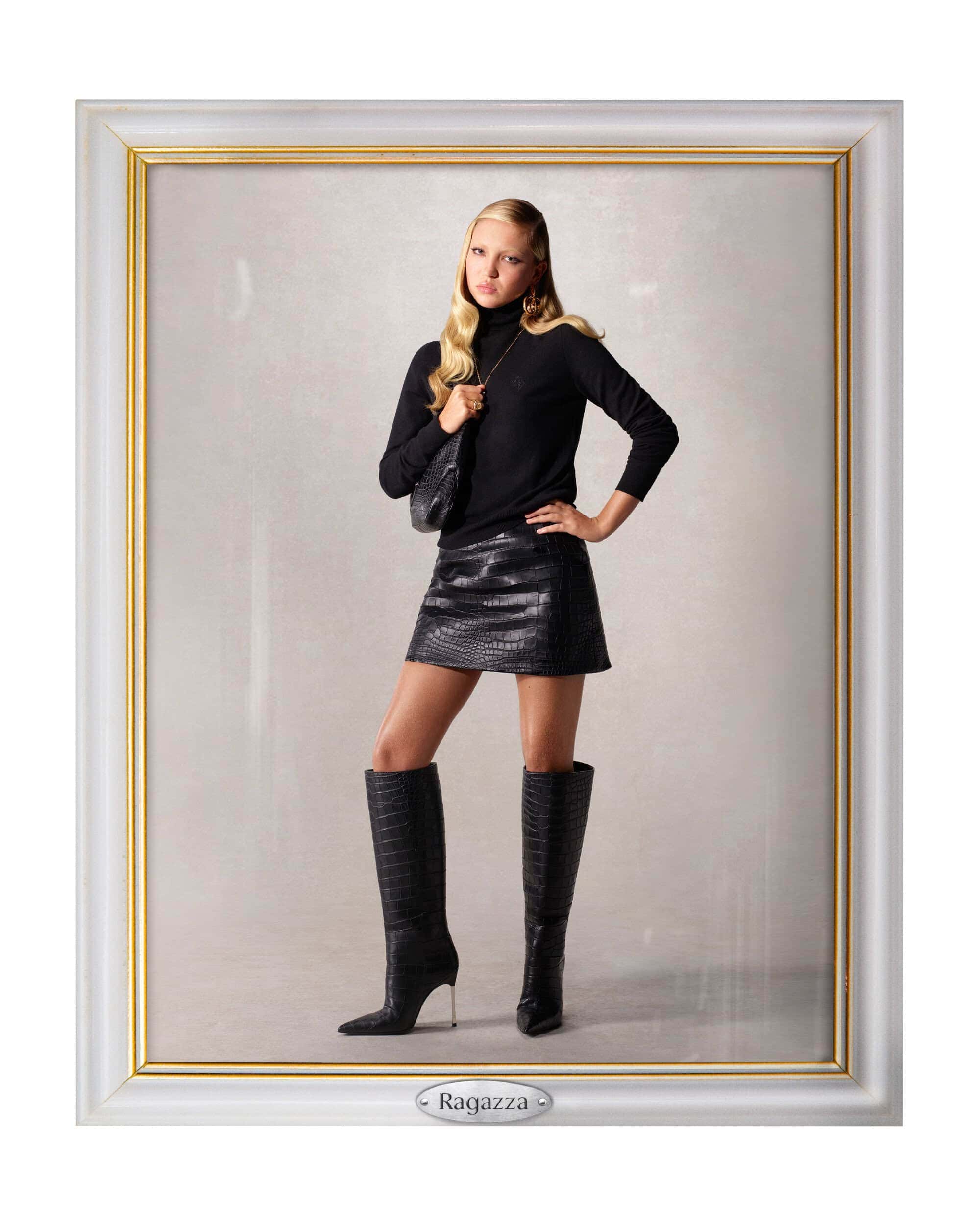
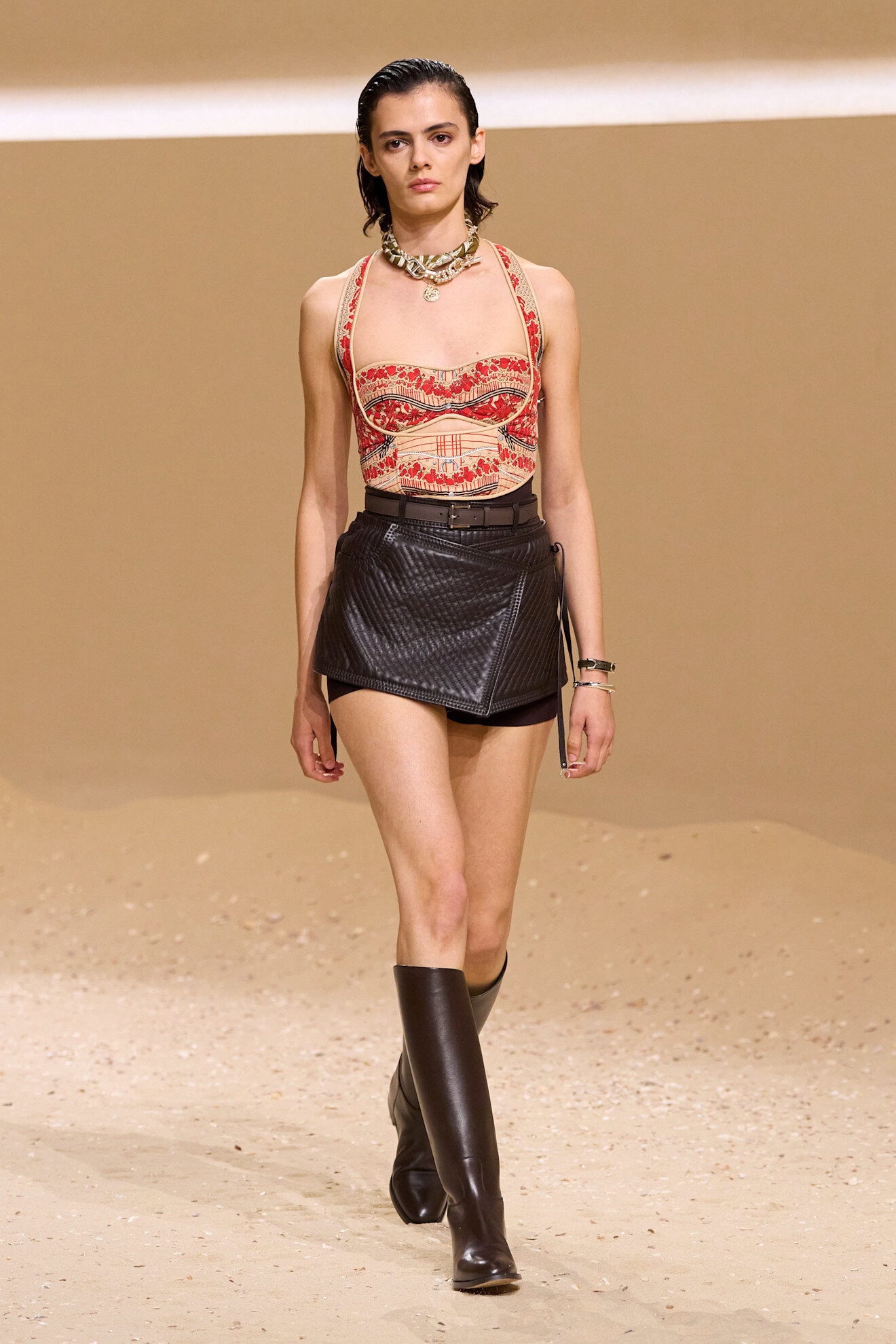
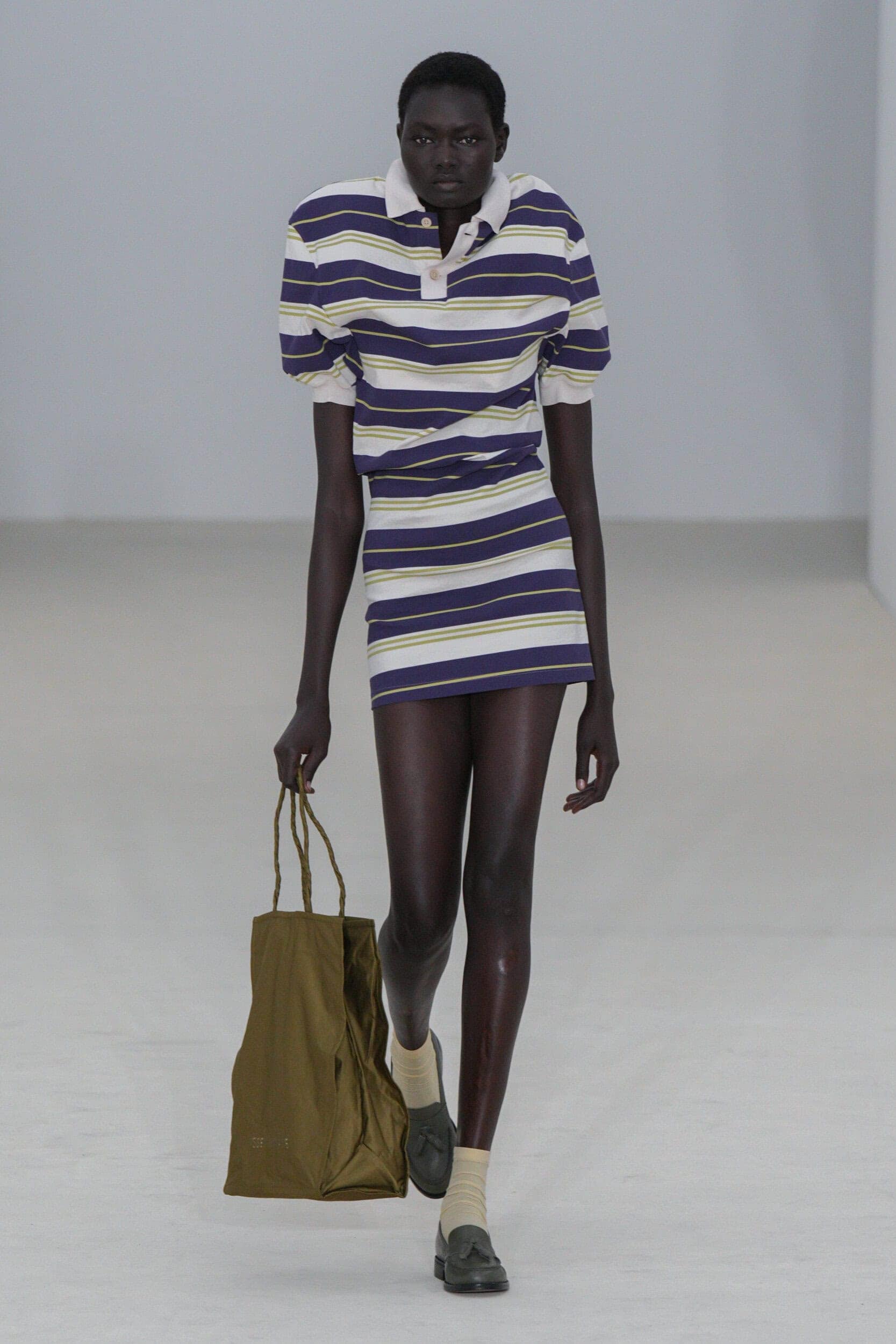
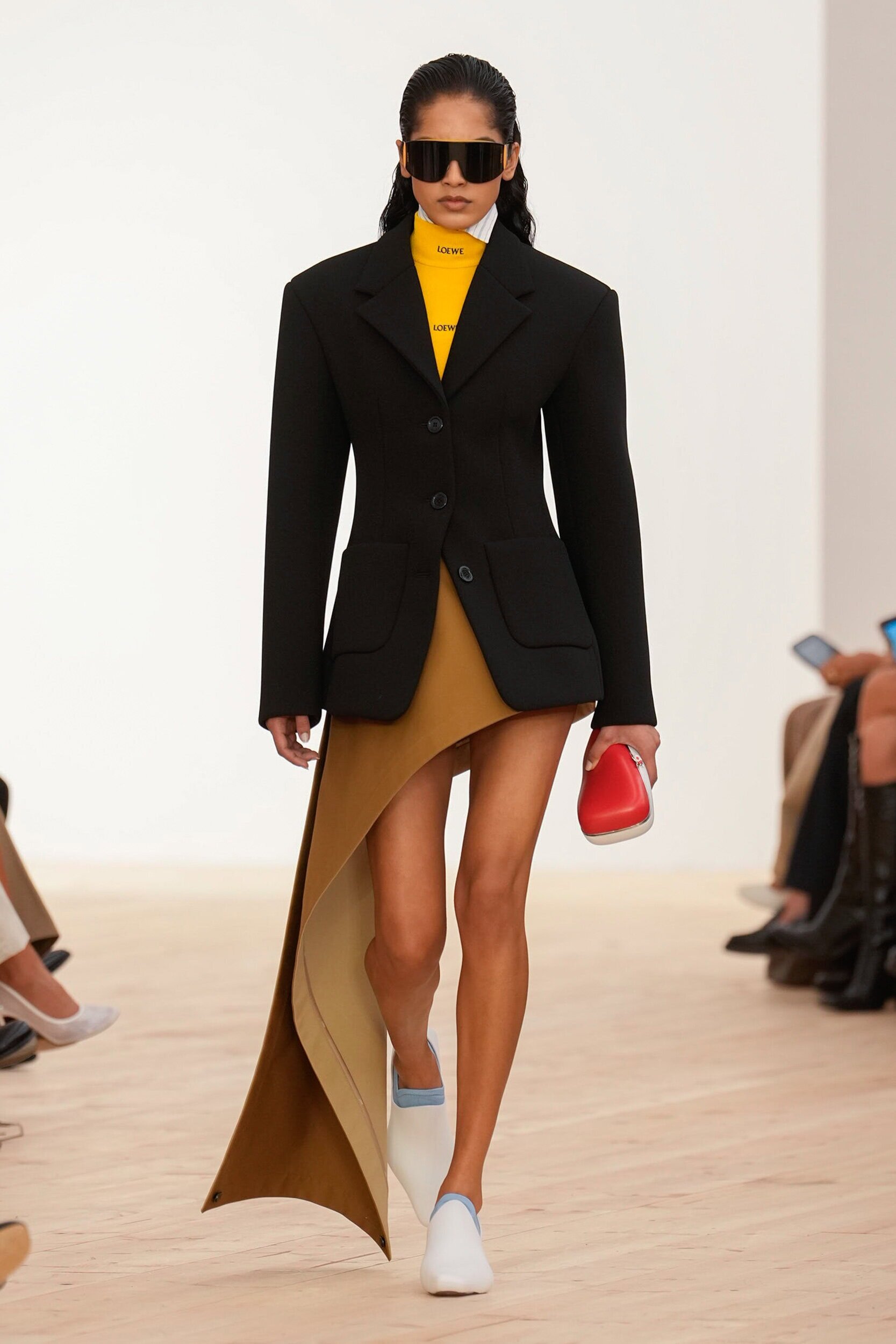
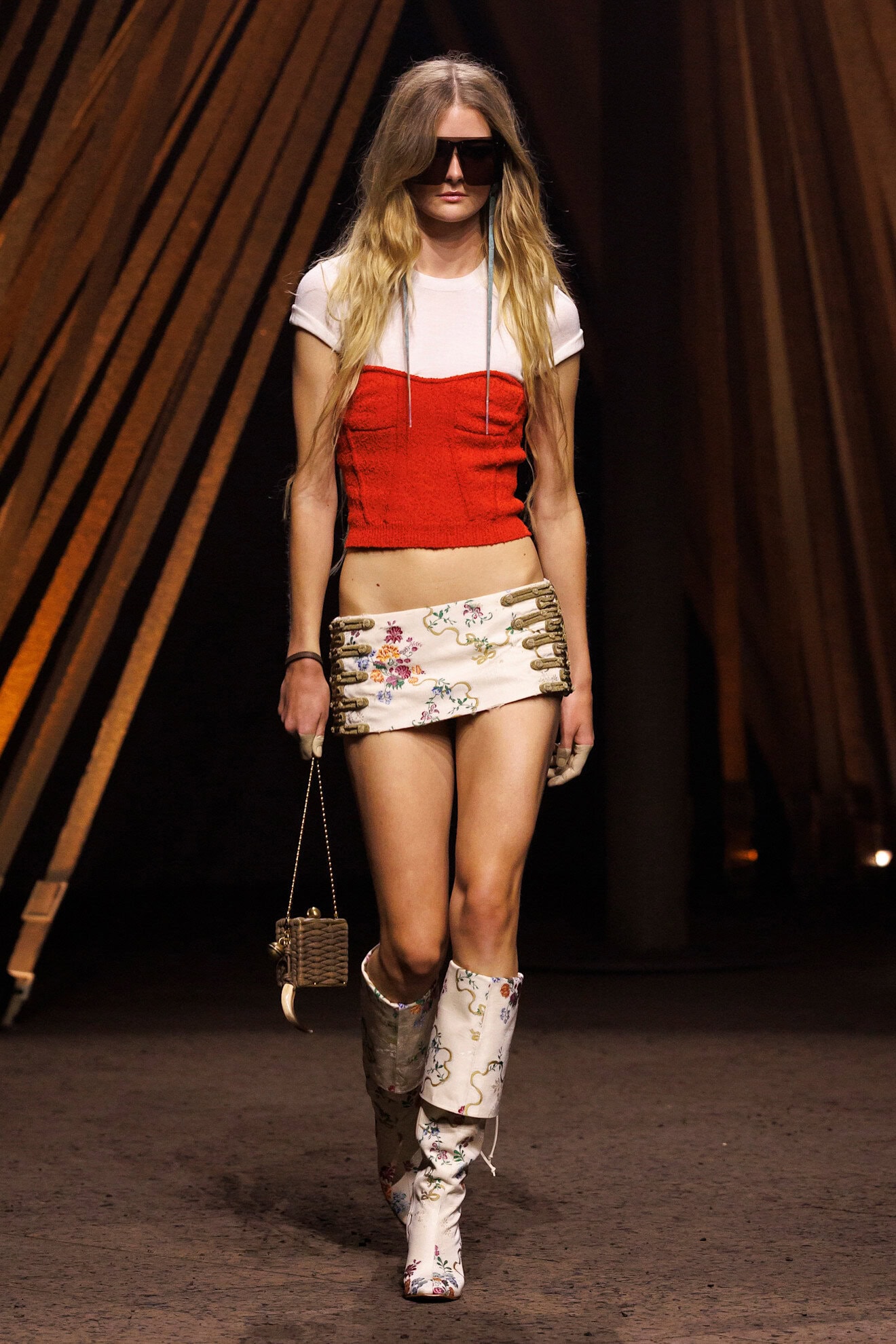
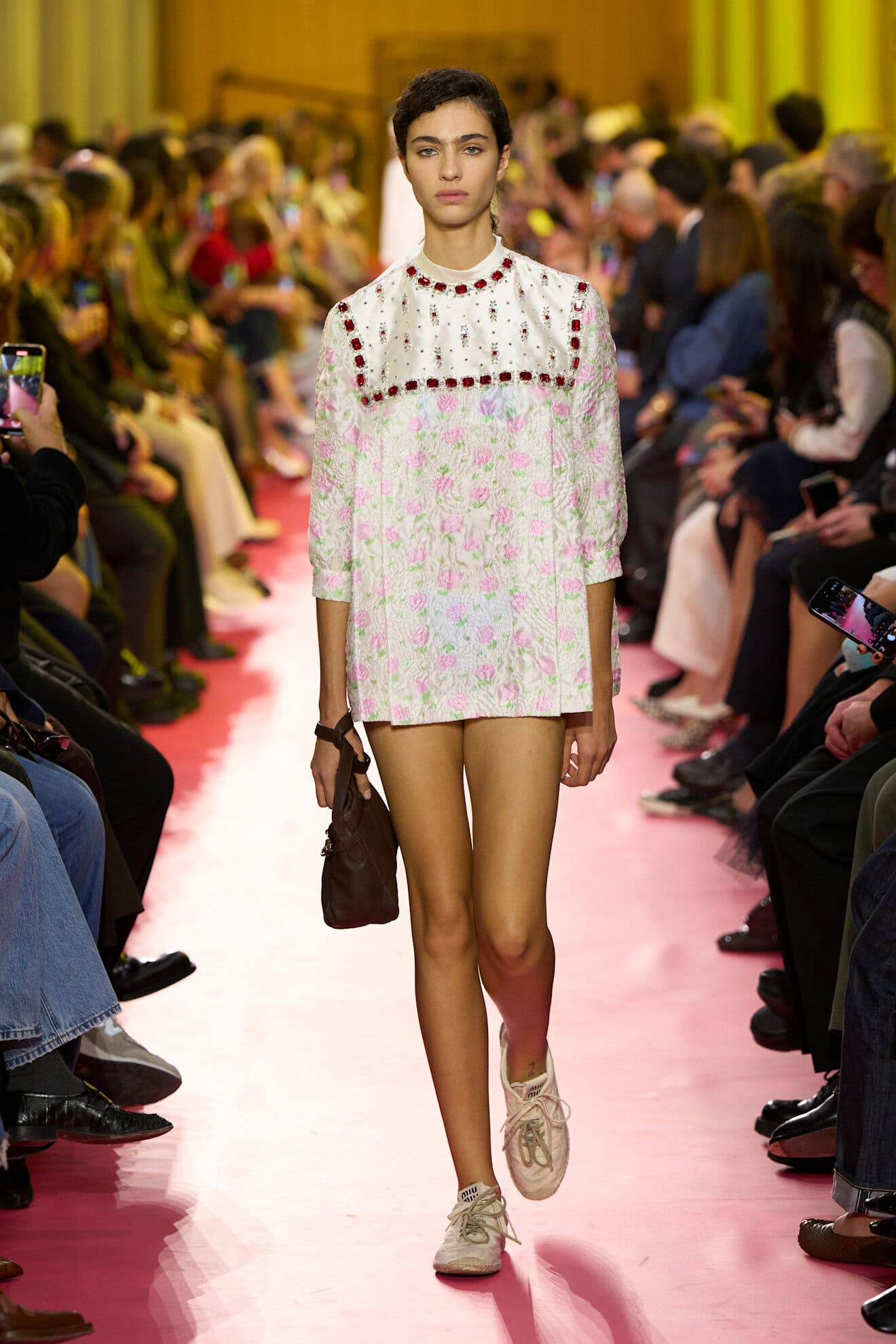
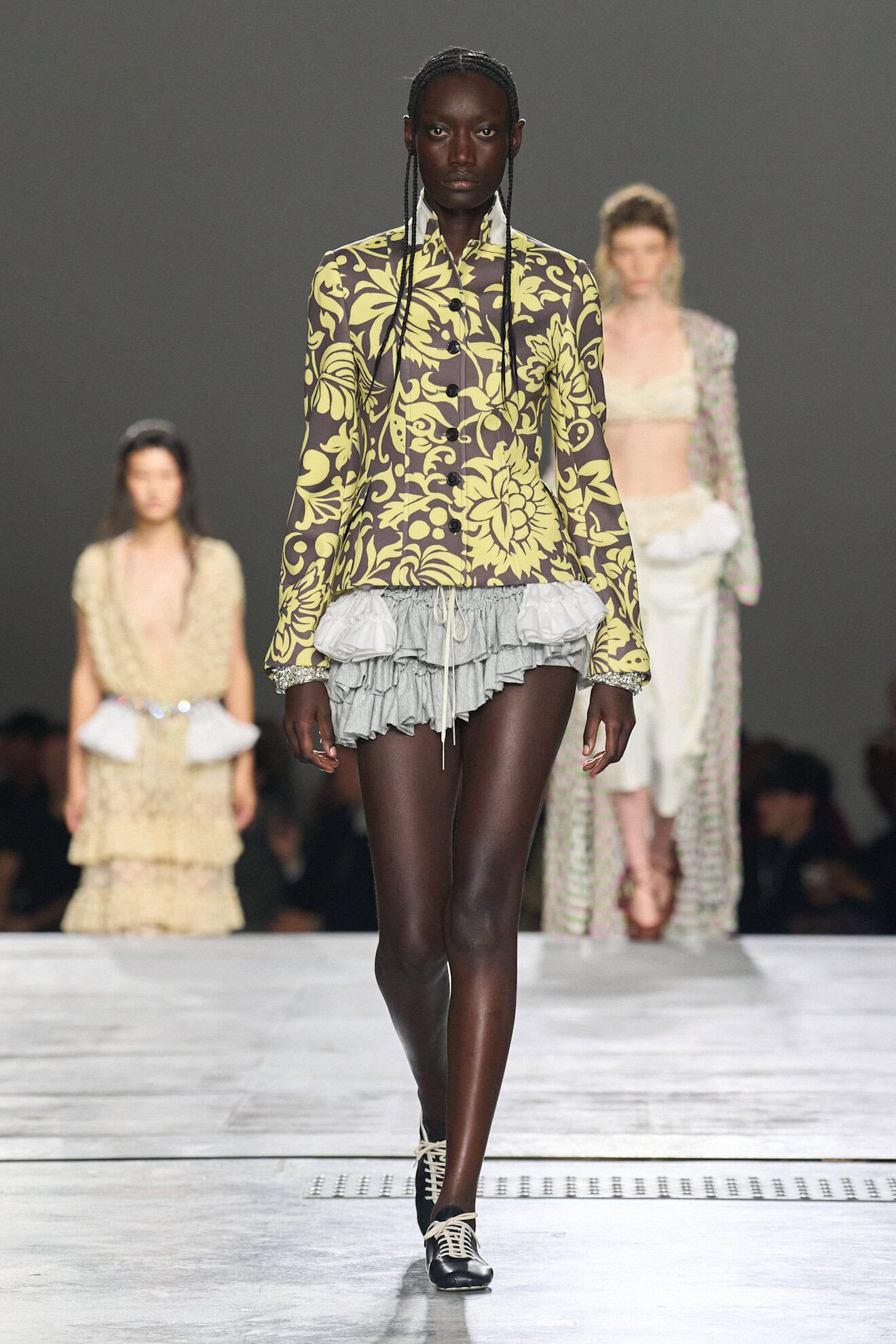
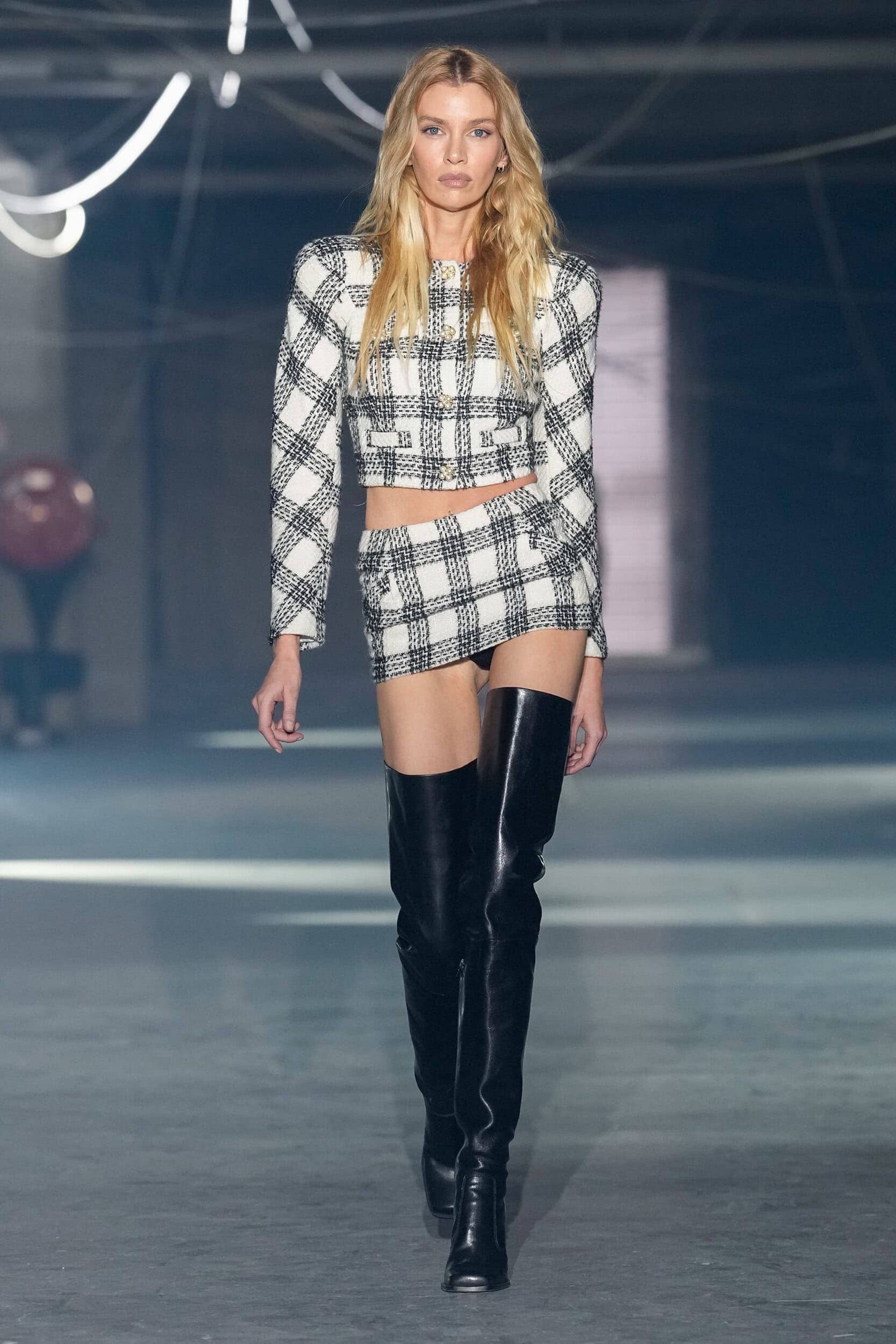
Anything But Proper
There was a subverting of the conservatism which has shifted fashion, culture, and politics over the past few years. Trad Wife and Quiet Luxury created a sense of homogenisation which fatigued the luxury consumer, but here there was a definitive rebellion against the ‘housewife’ trope with twinsets deliberately styled unbuttoned to reveal a hint of lingerie at August Barron, skirt suits intentionally crinkled at Rachel Comey, and Matières Fécales dressing their diverse cast in tweeds and tulle. It was left to Miuccia Prada to reframe one of the most recognisable symbols of female oppression – the apron – and in exalting it to a ‘fashion item’ Prada gave a salute to the unpaid labour role which women have performed for centuries and which continues to props up society today.
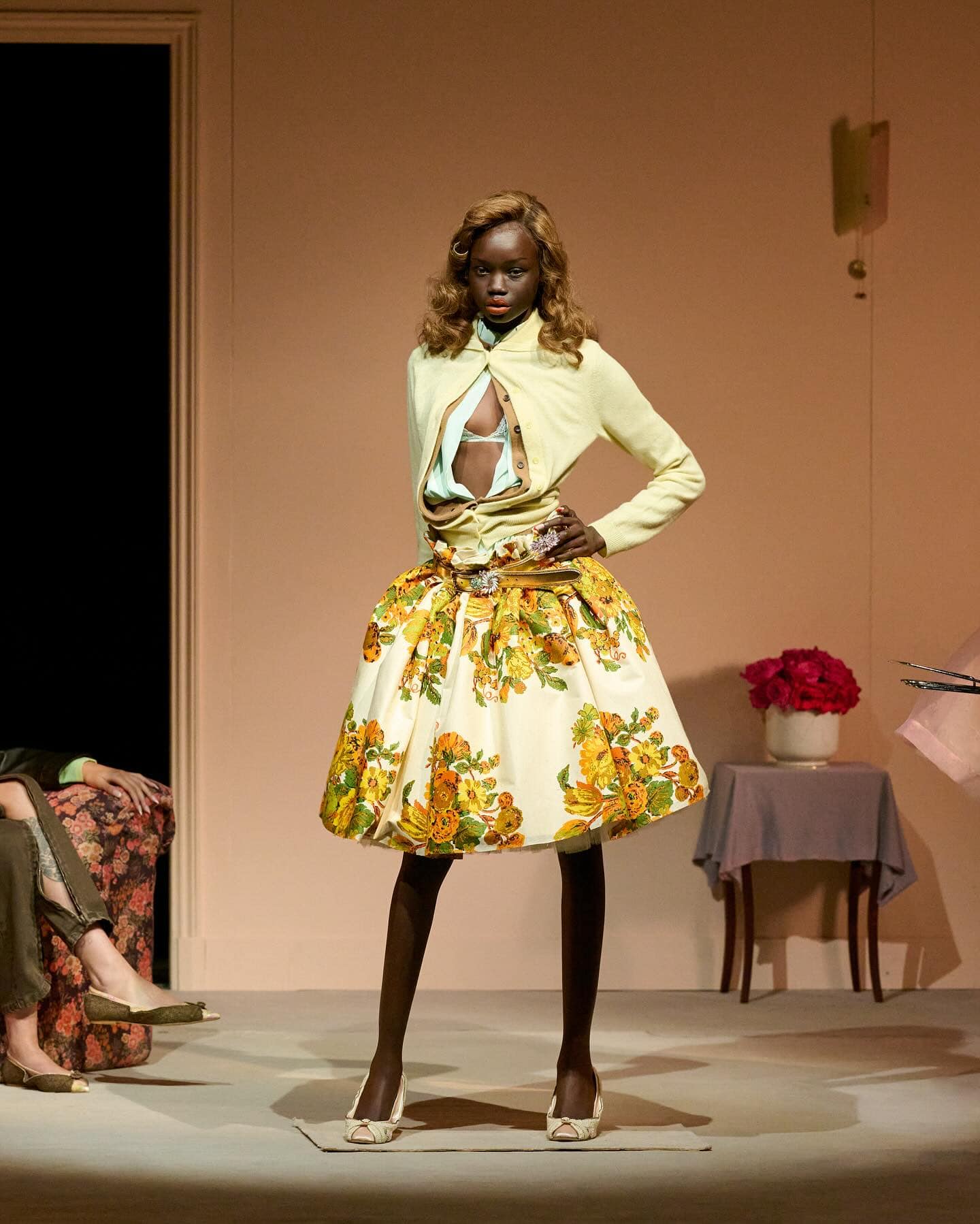
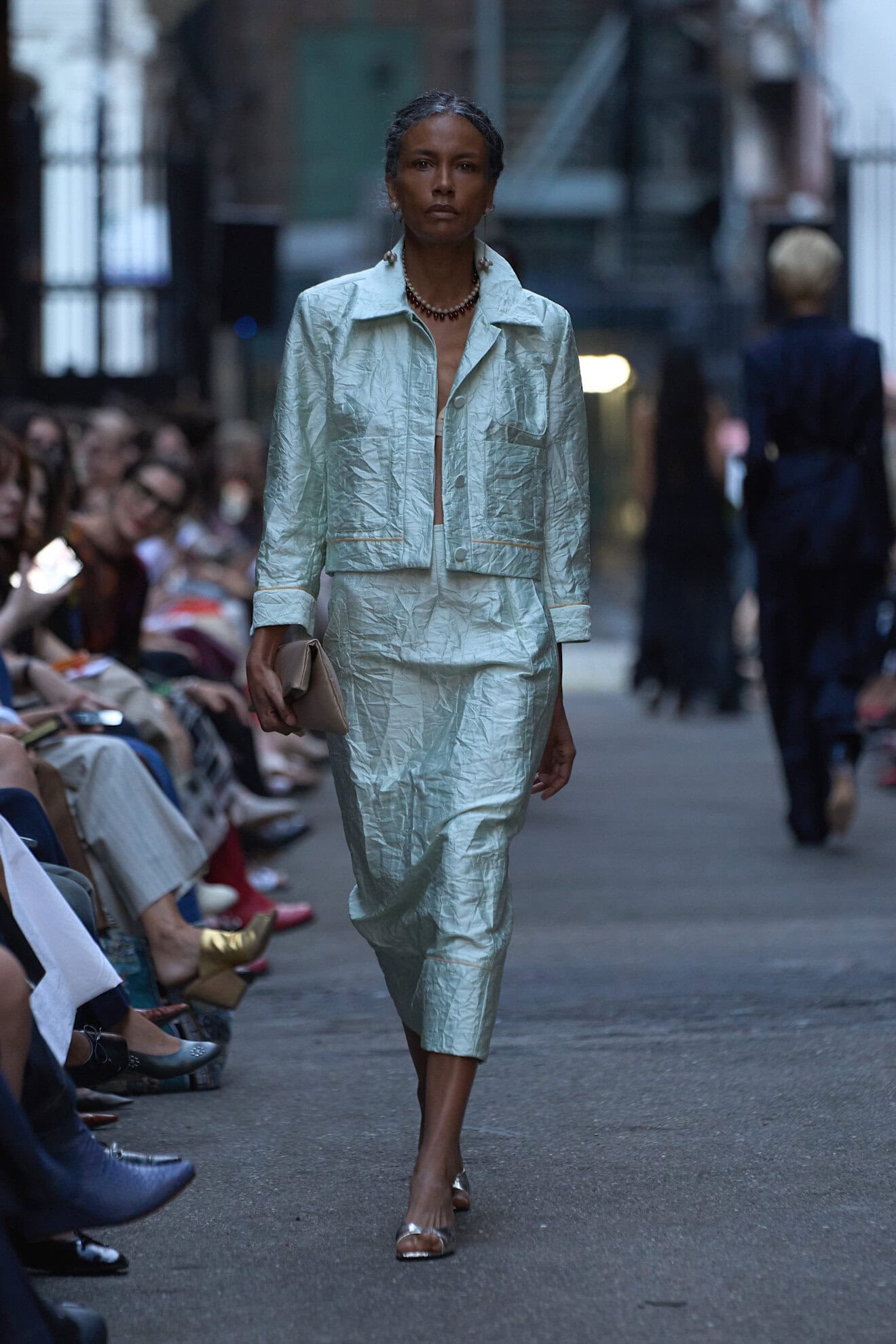
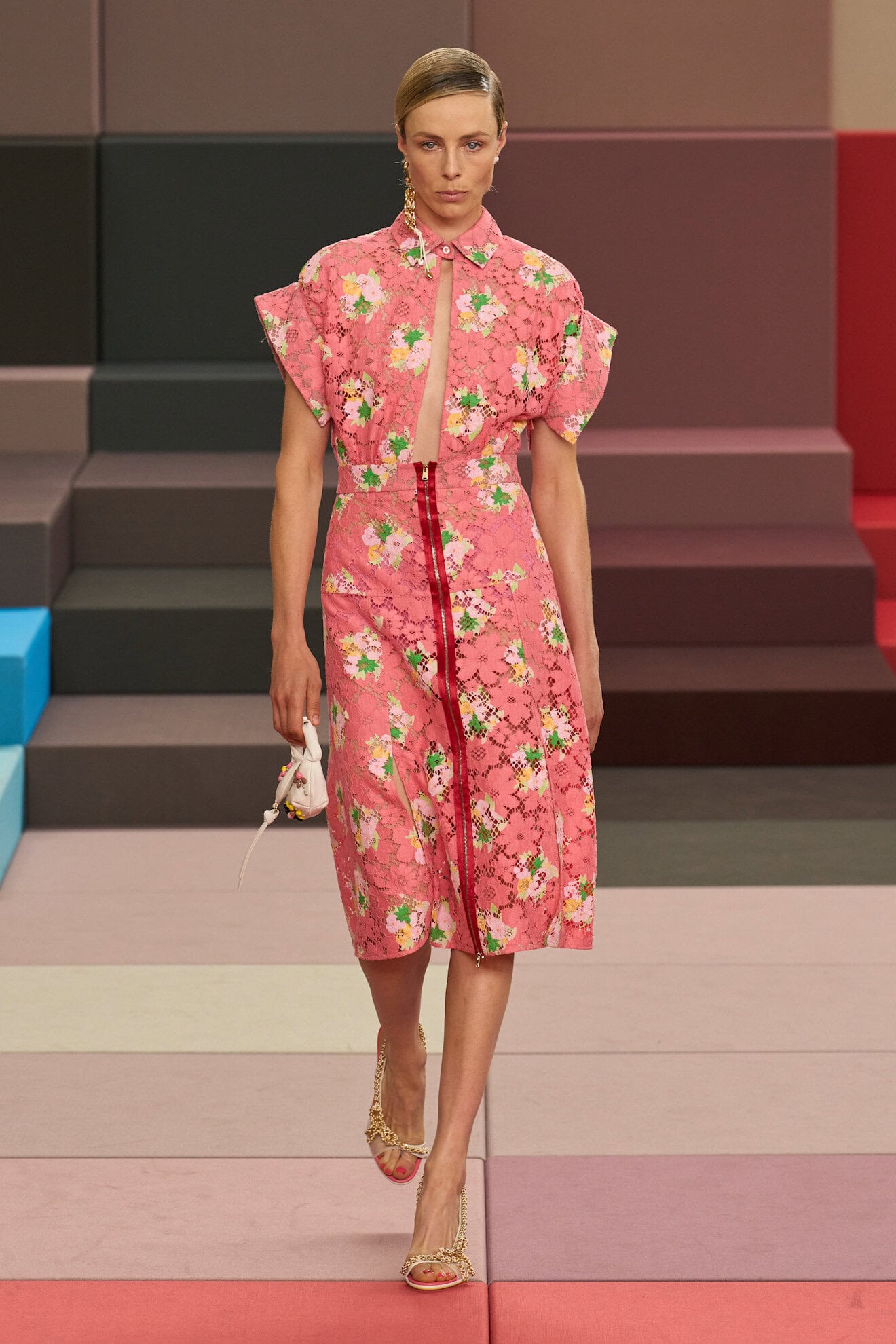
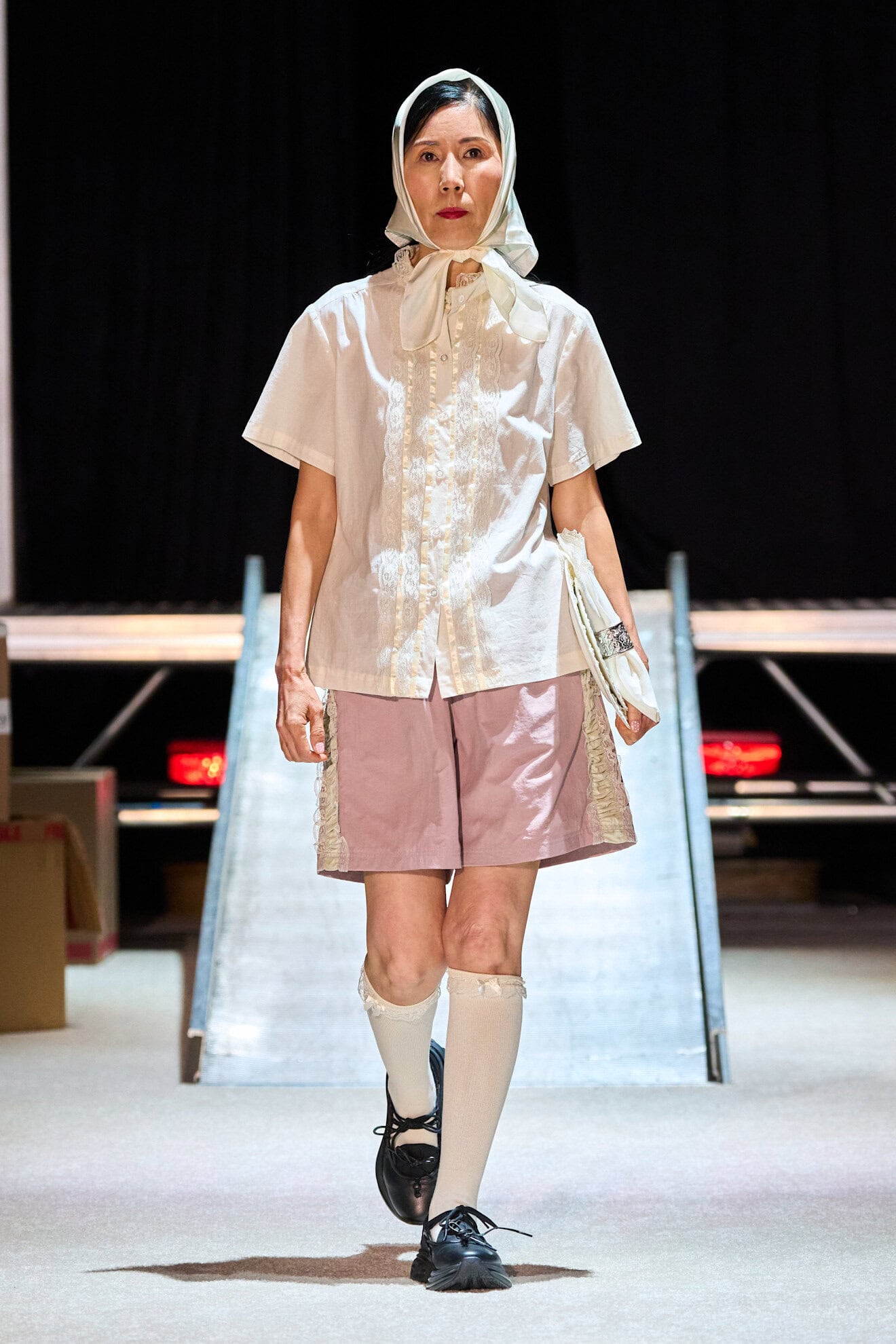
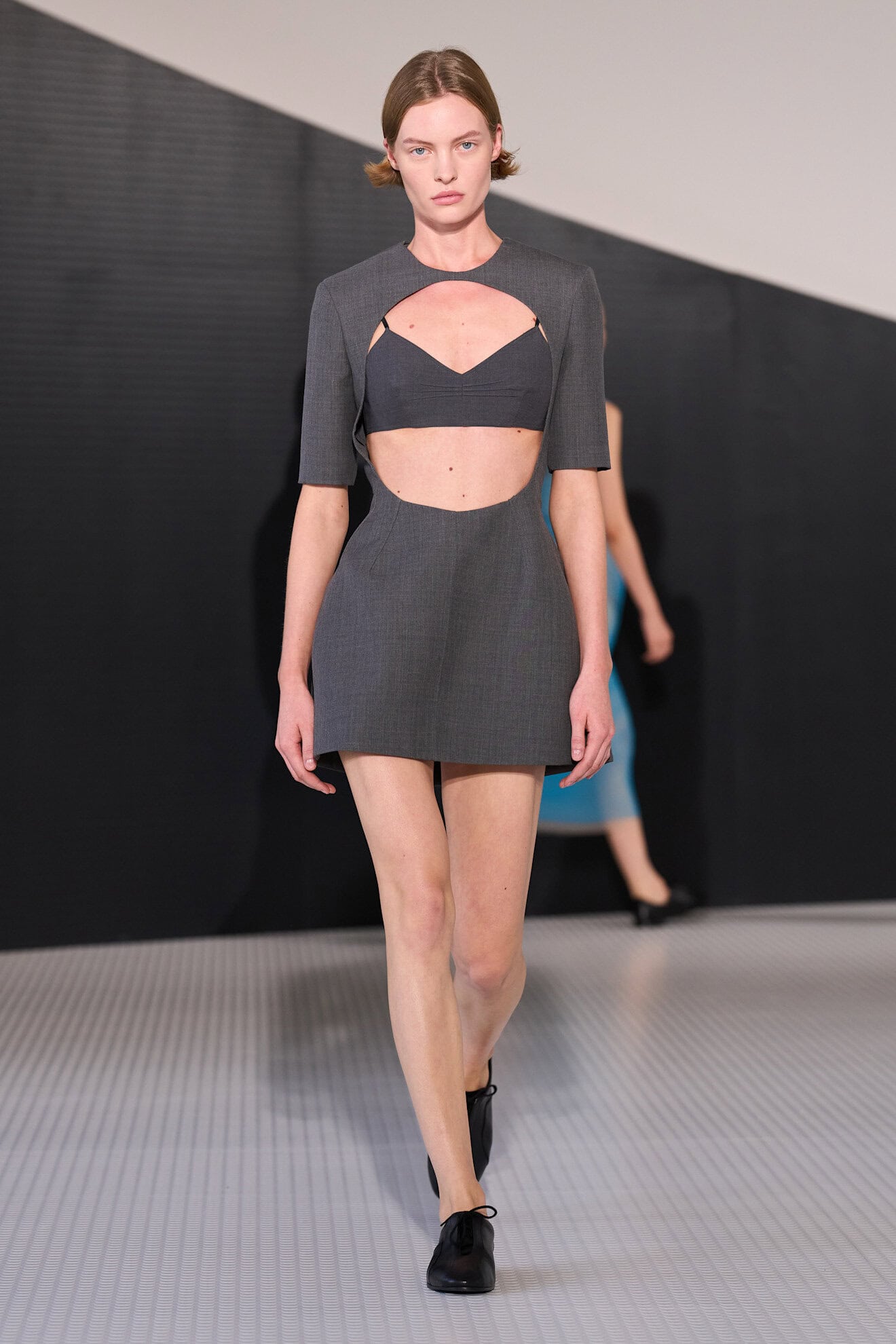
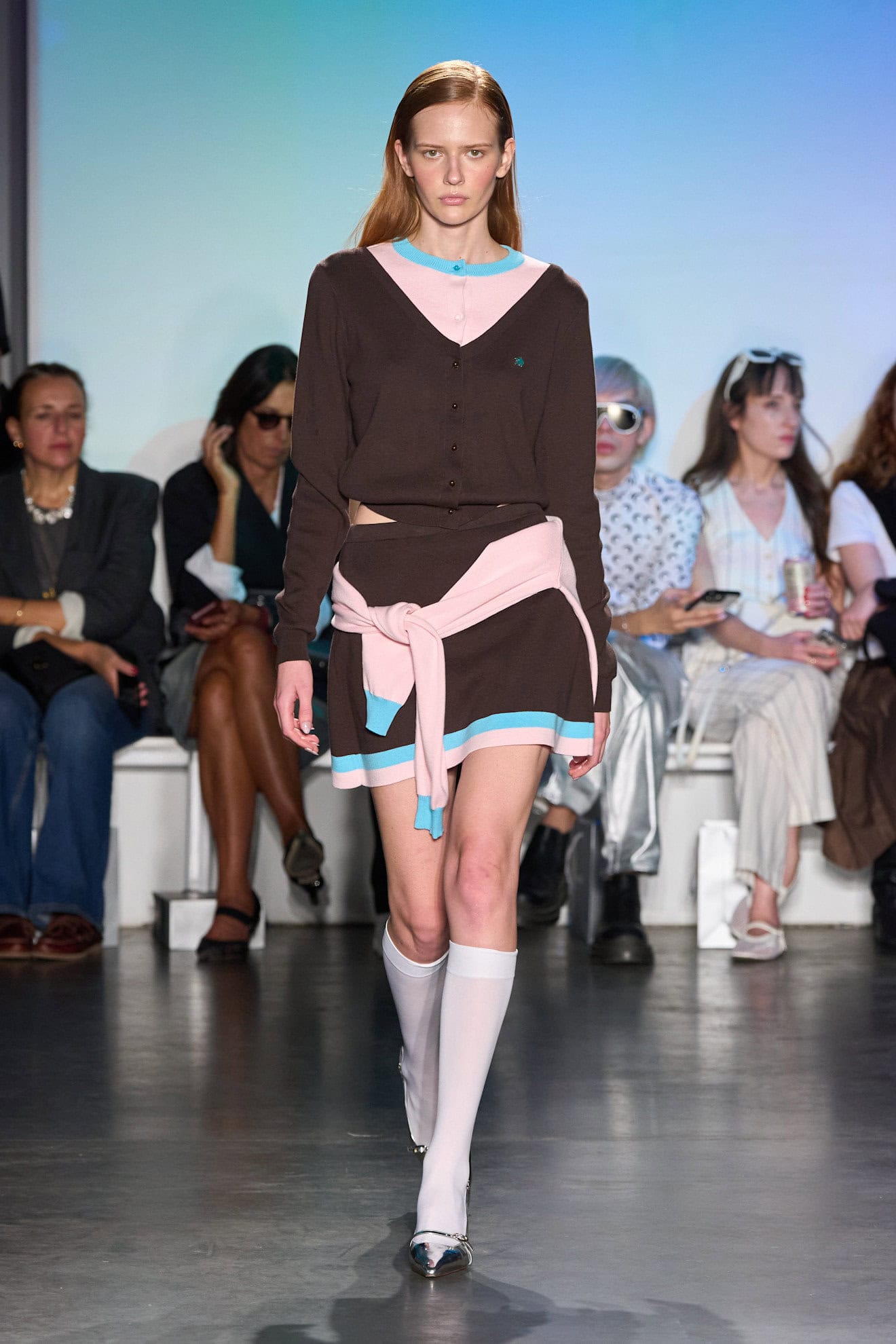
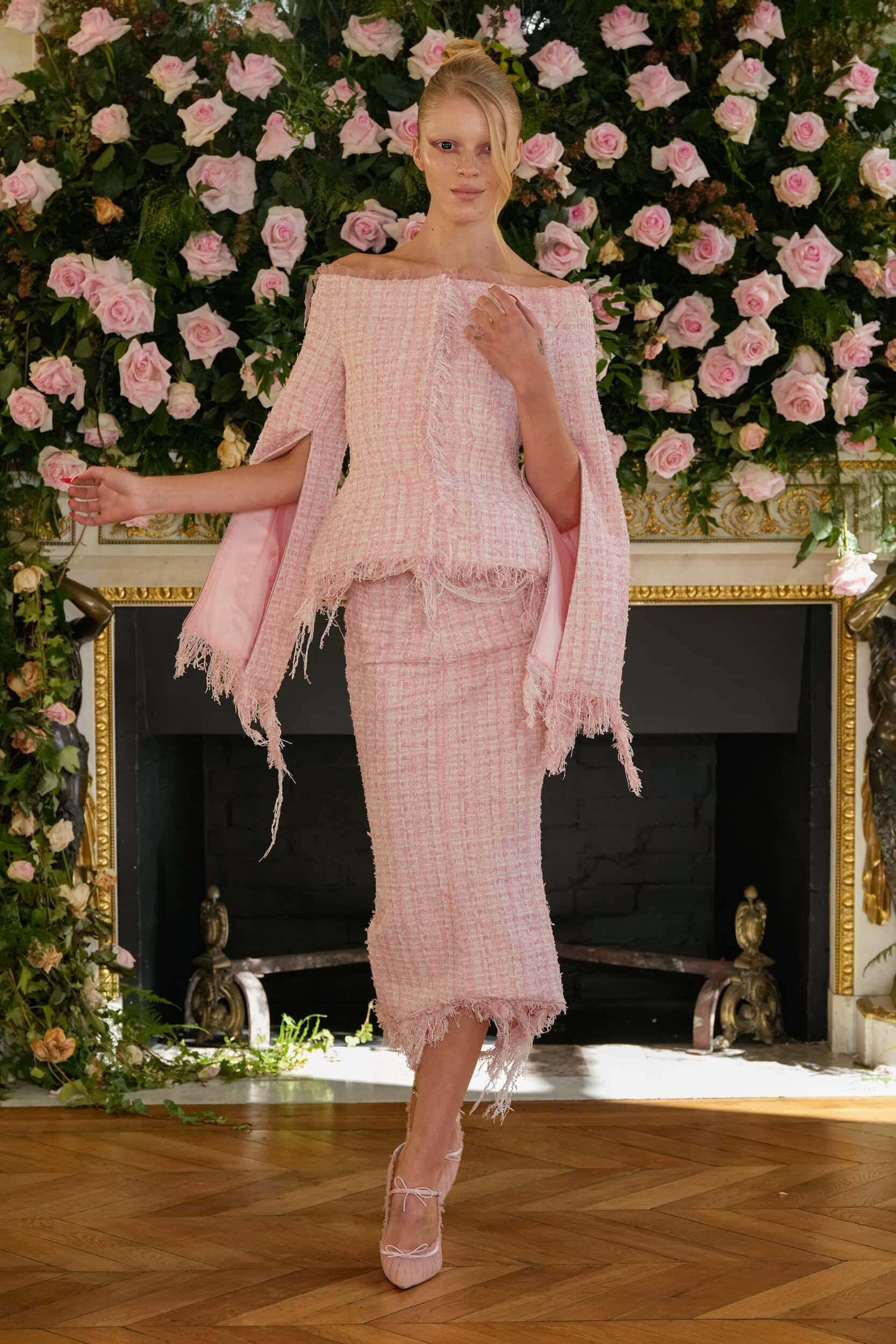
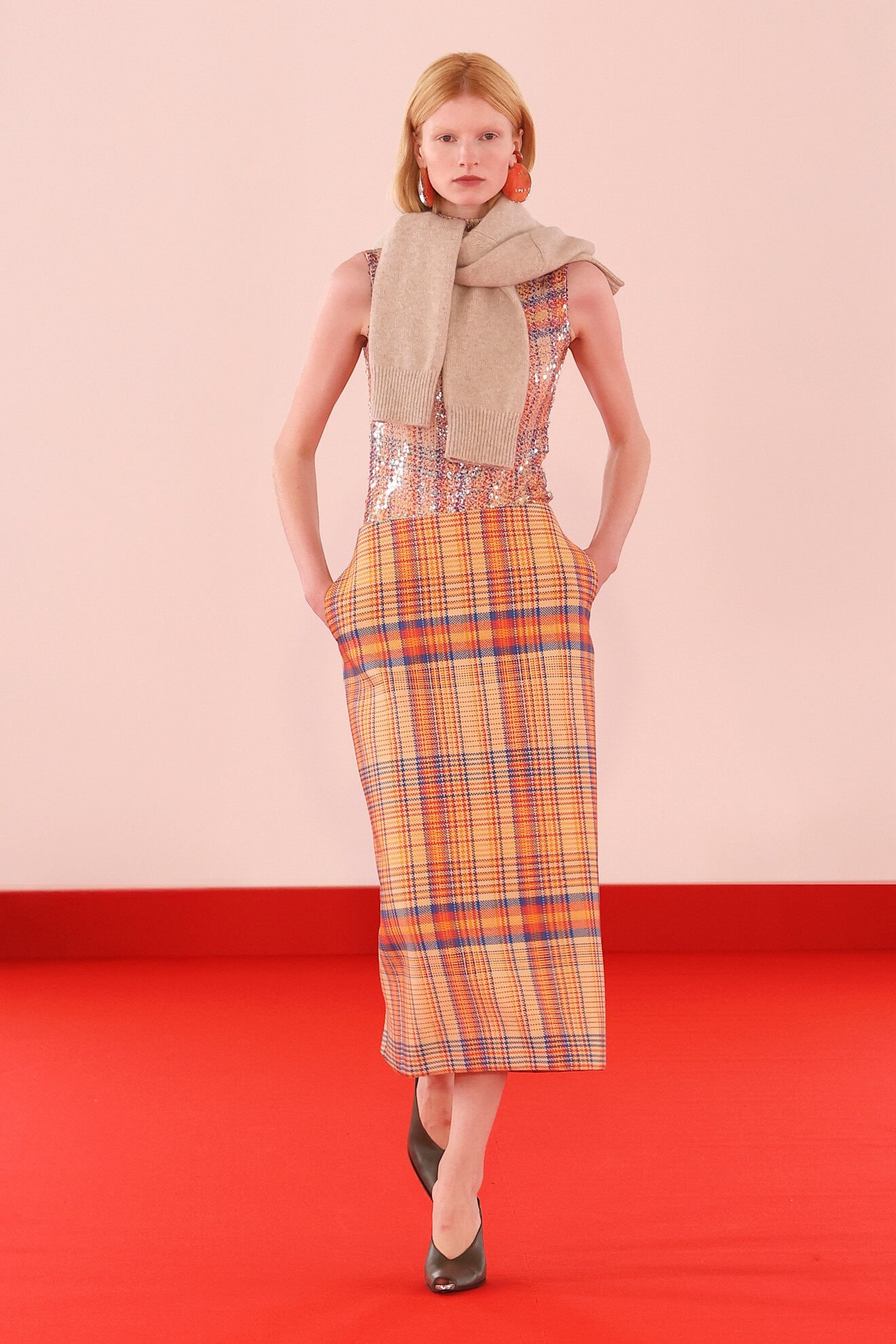
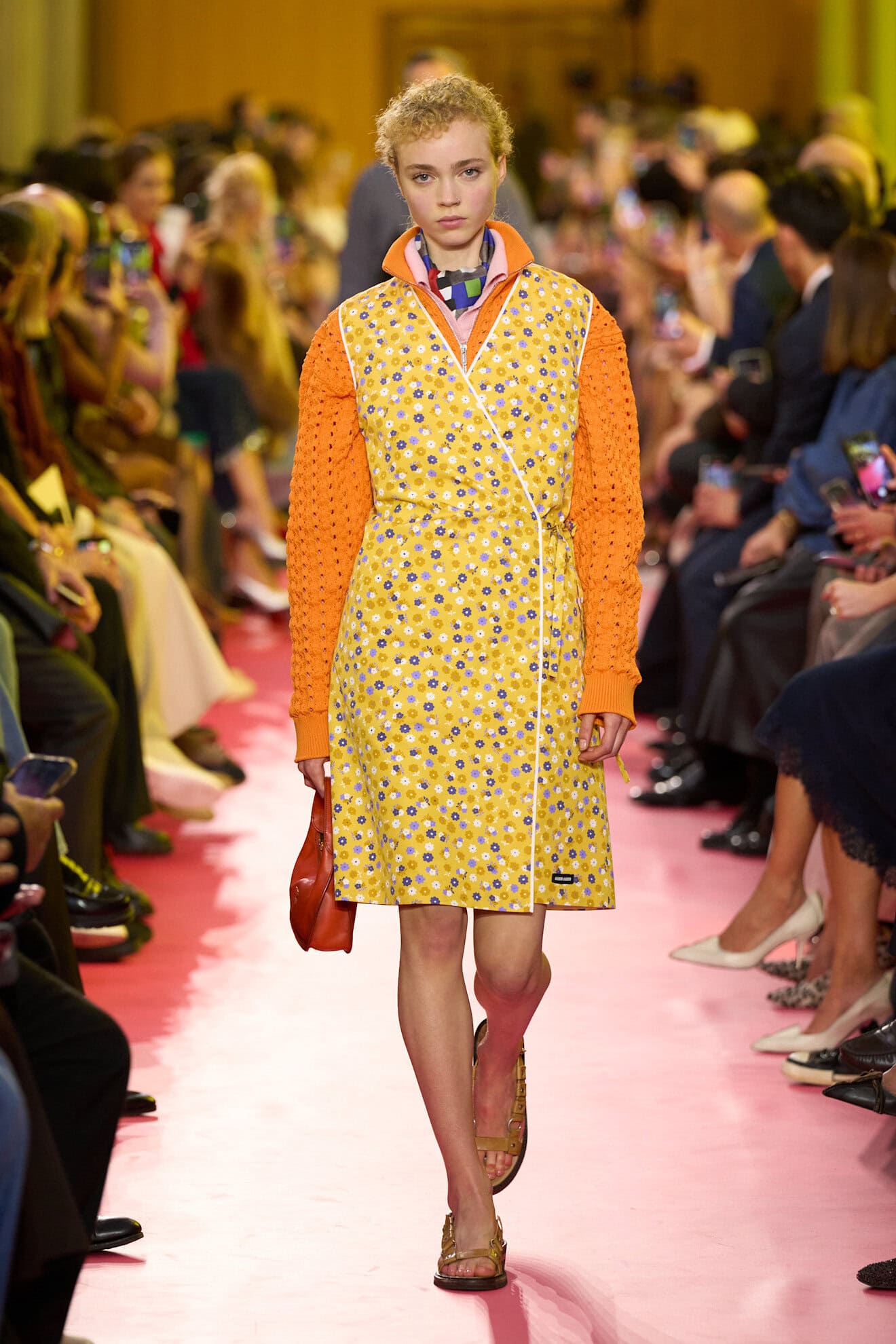
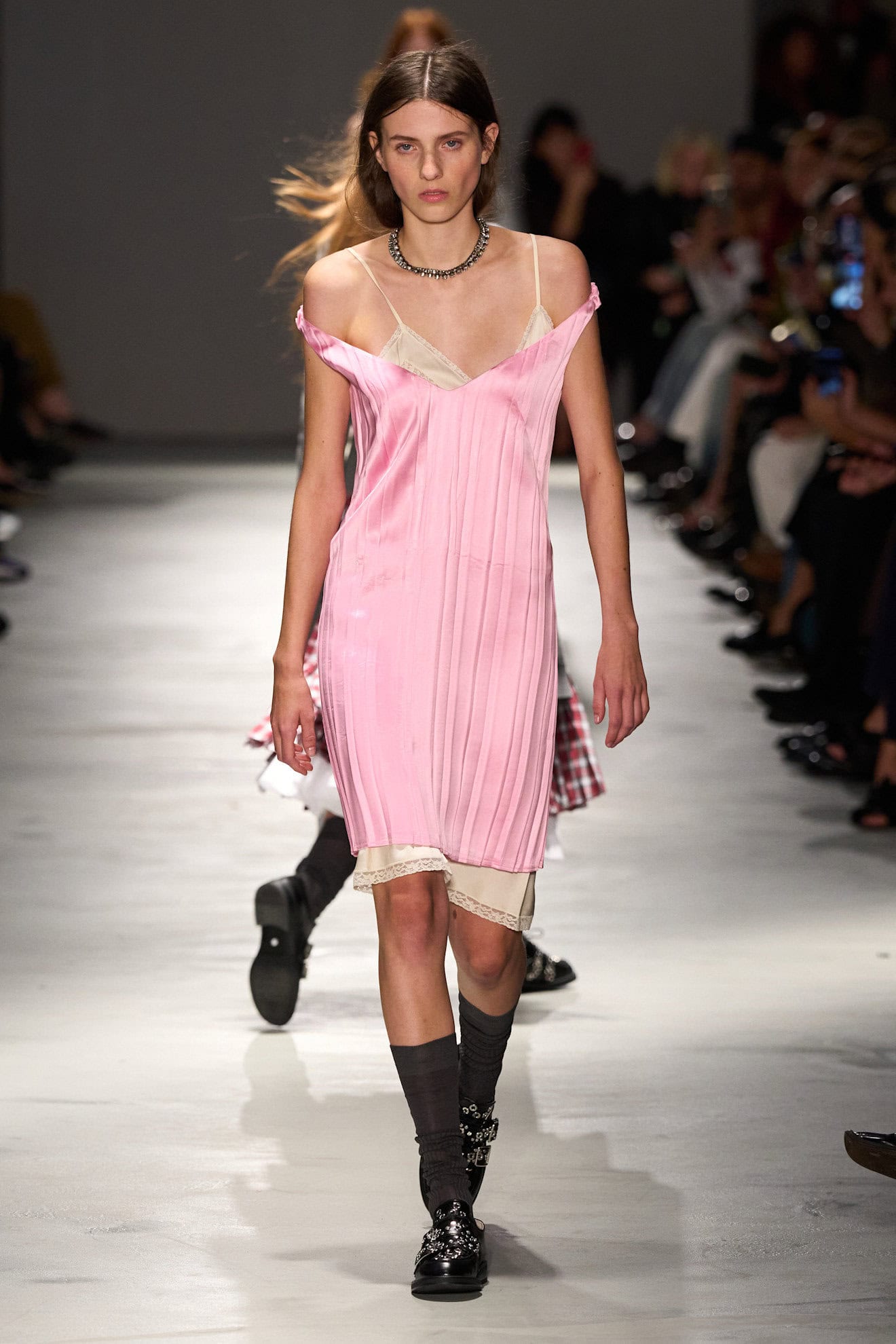
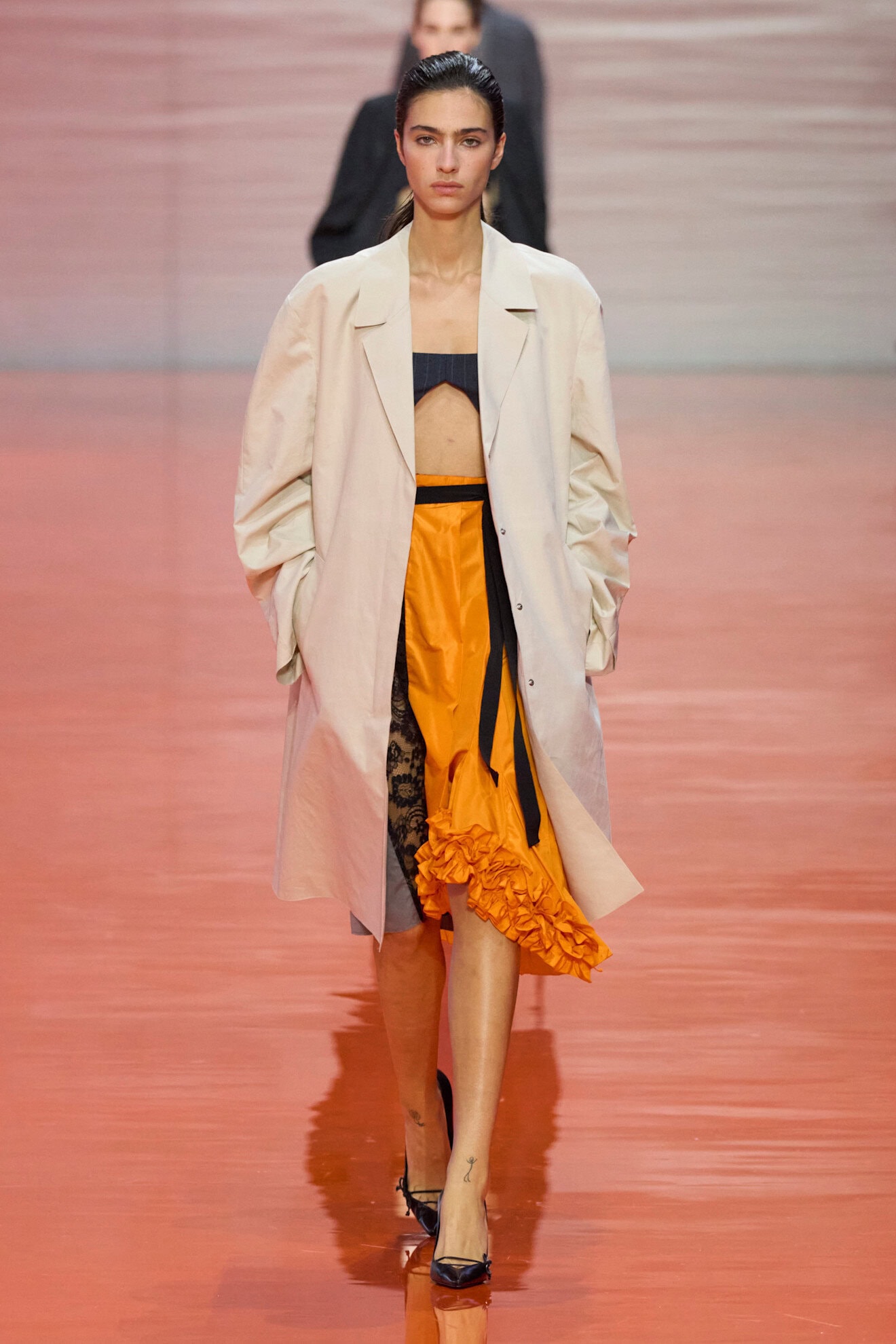
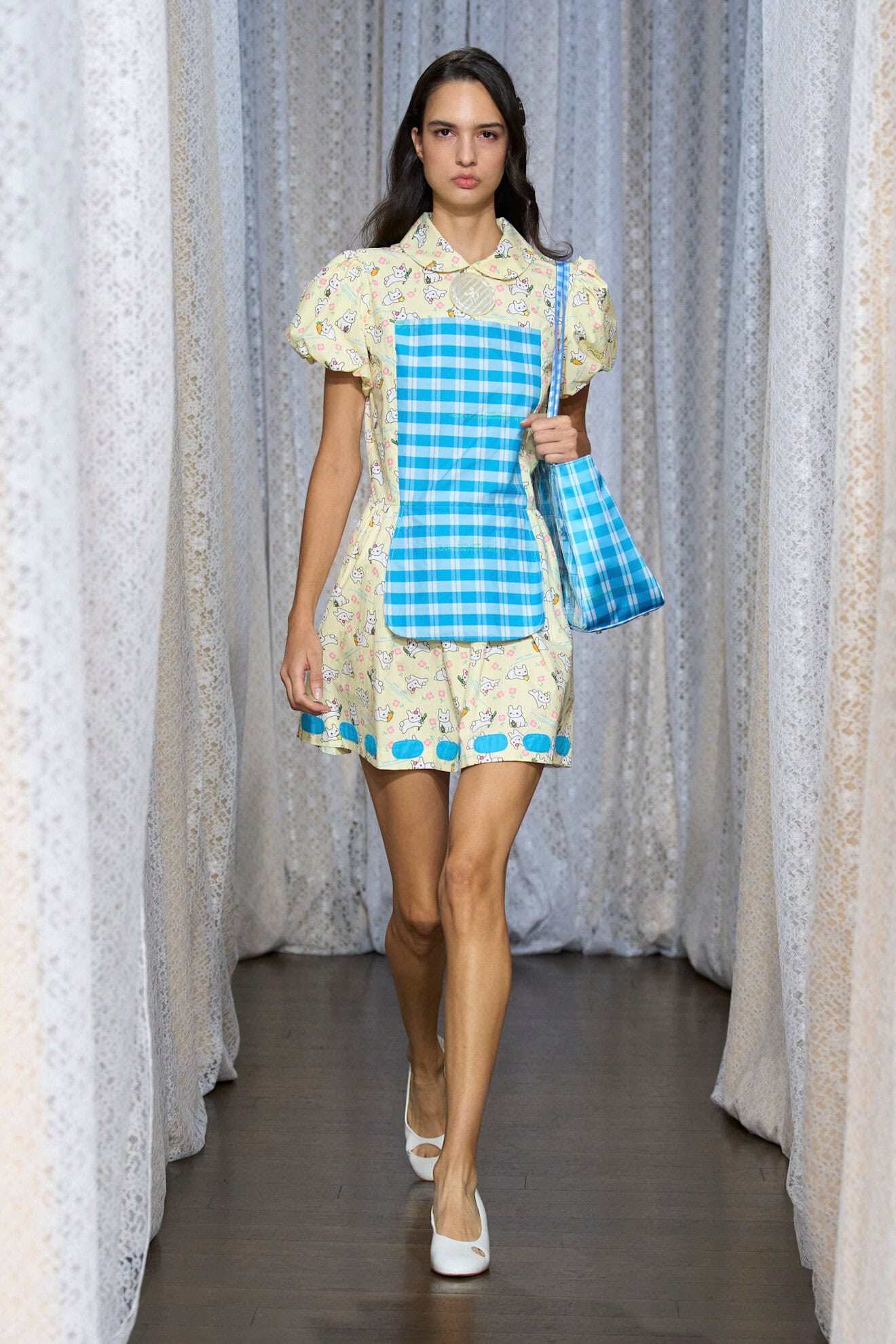
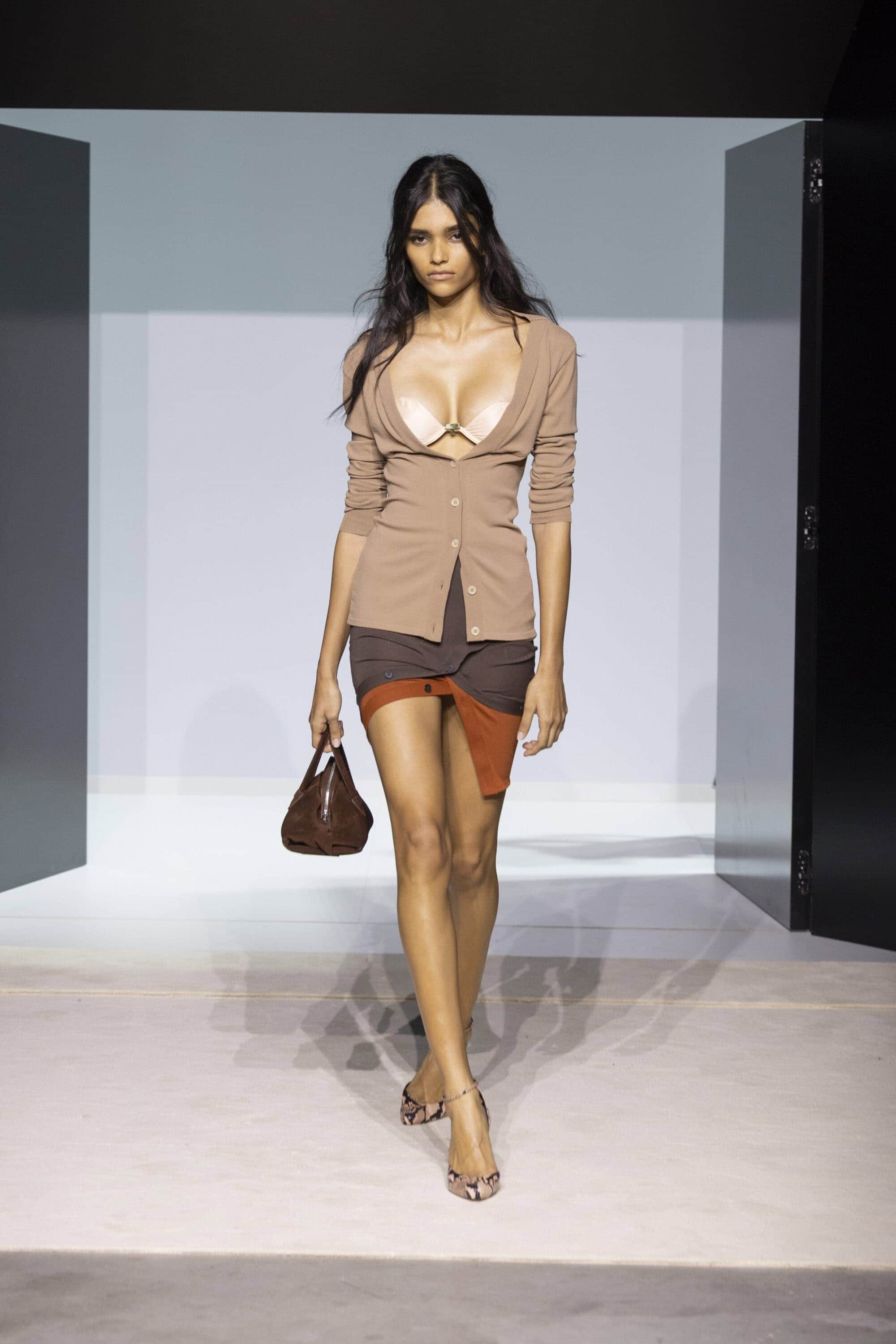
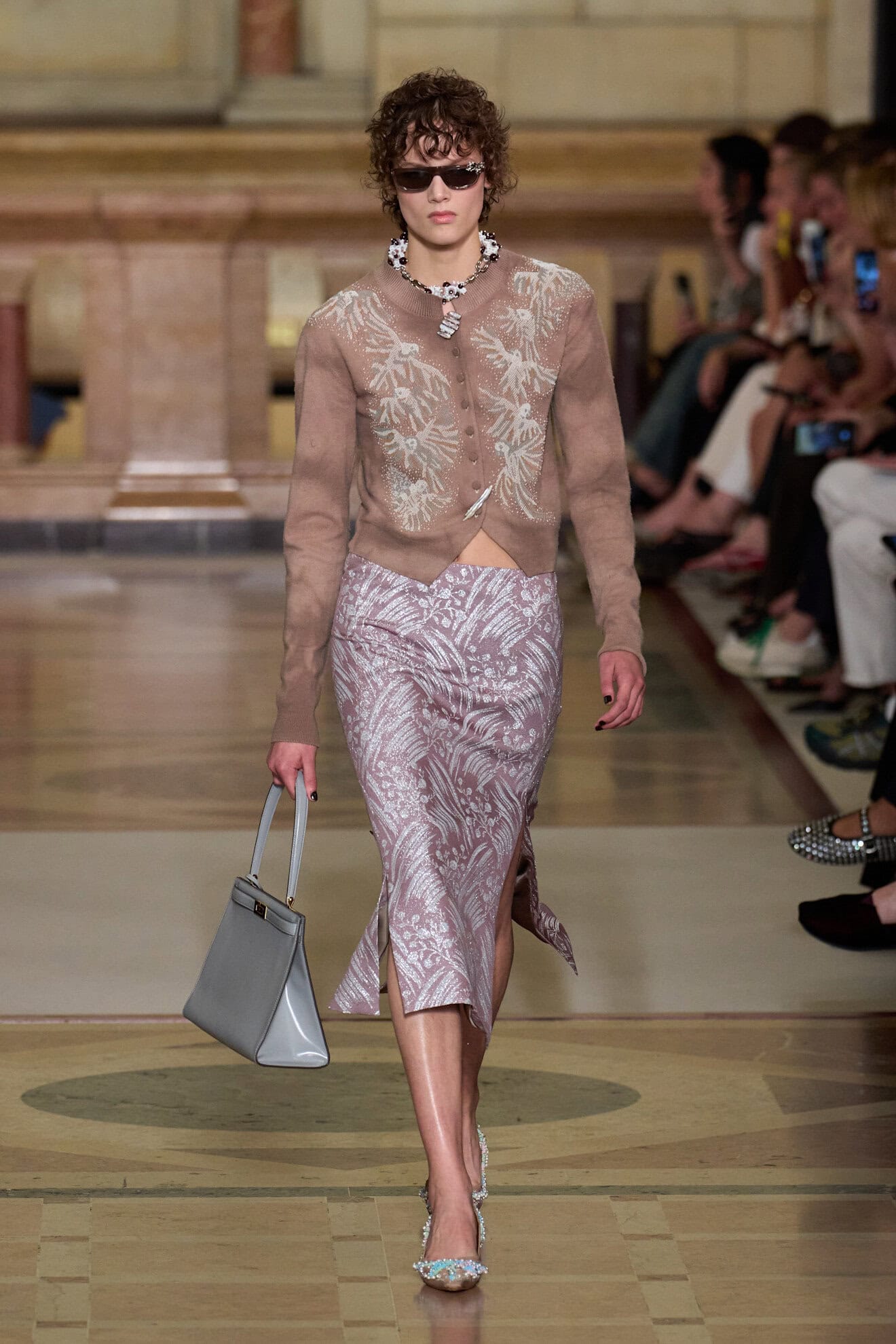
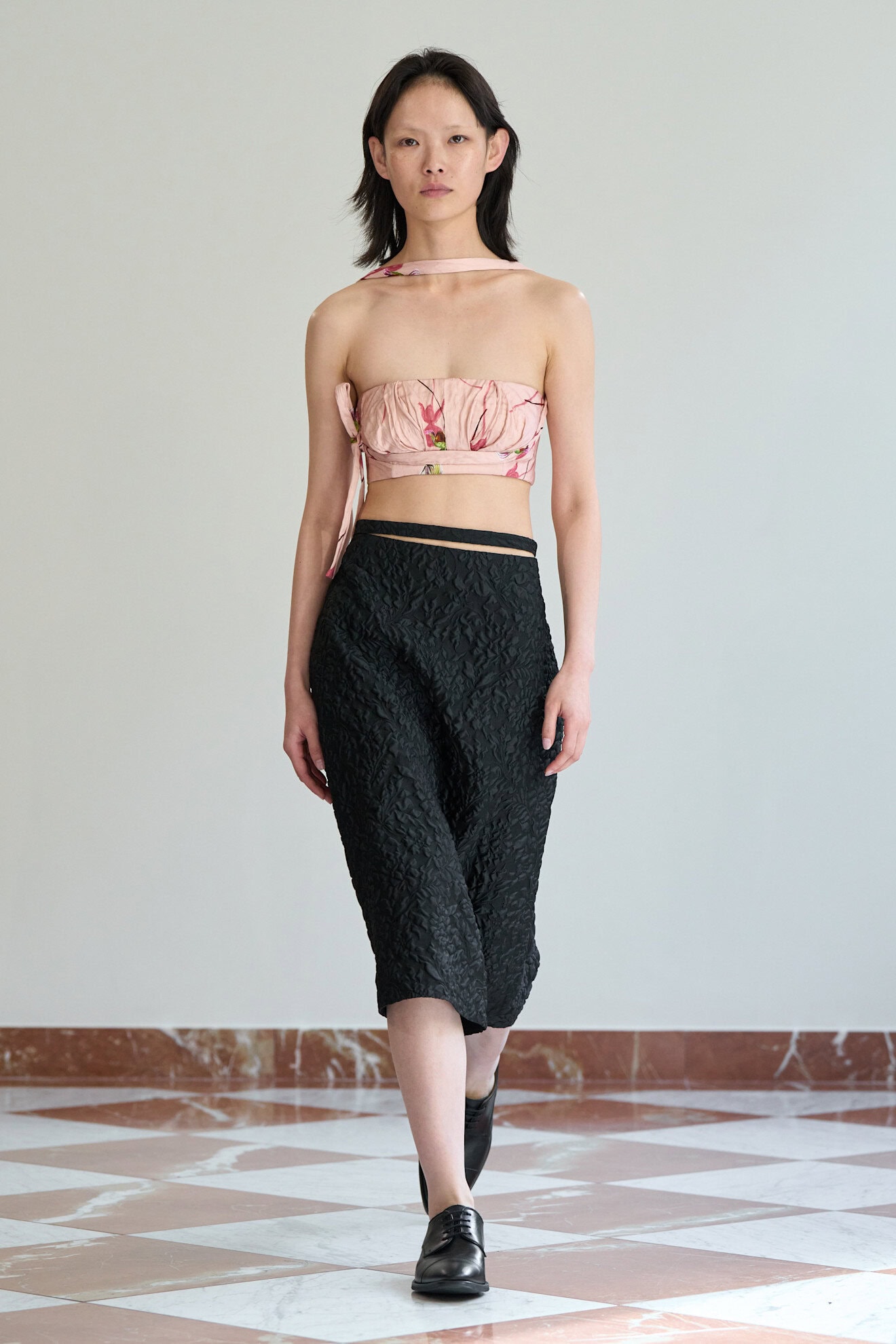
O.O.O.
The innate desire for escapism met the optimistic mood of the moment. Swim and resortwear rounded out the options for a complete wardrobe re-fit next spring. Retro 1950s high-waisted and knitted sets were seen at Fendi, Rabanne, and Chloé, with more dynamic technical takes presented in the form of scuba suits and perforated leather at Micheal Kors and Fforme, and towels (or more accurately towelling) will have their own moment in the sun and won’t be simply to lounge on, as Balmain and Loewe prove they can make the perfect wrap dress – post swim.
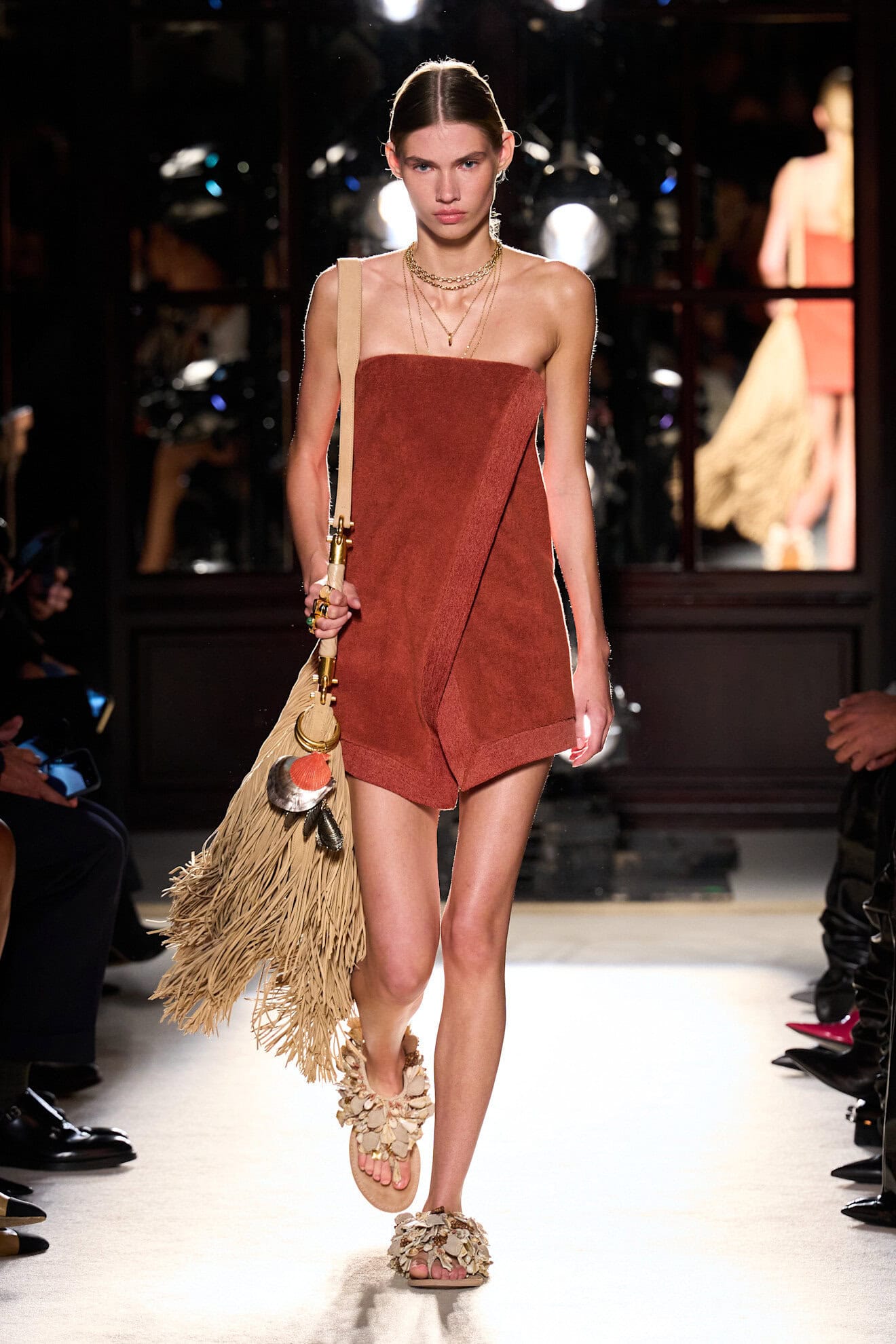
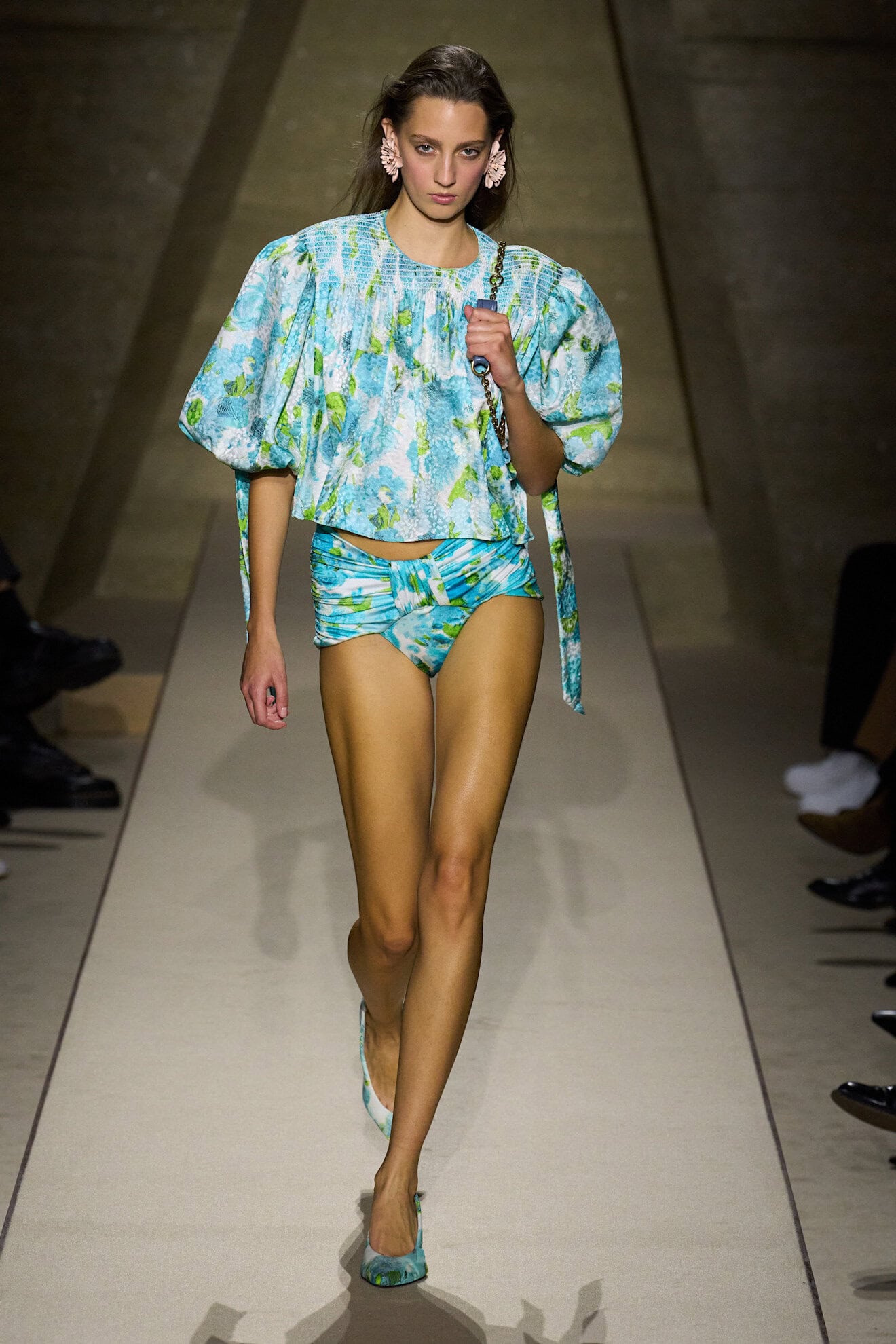
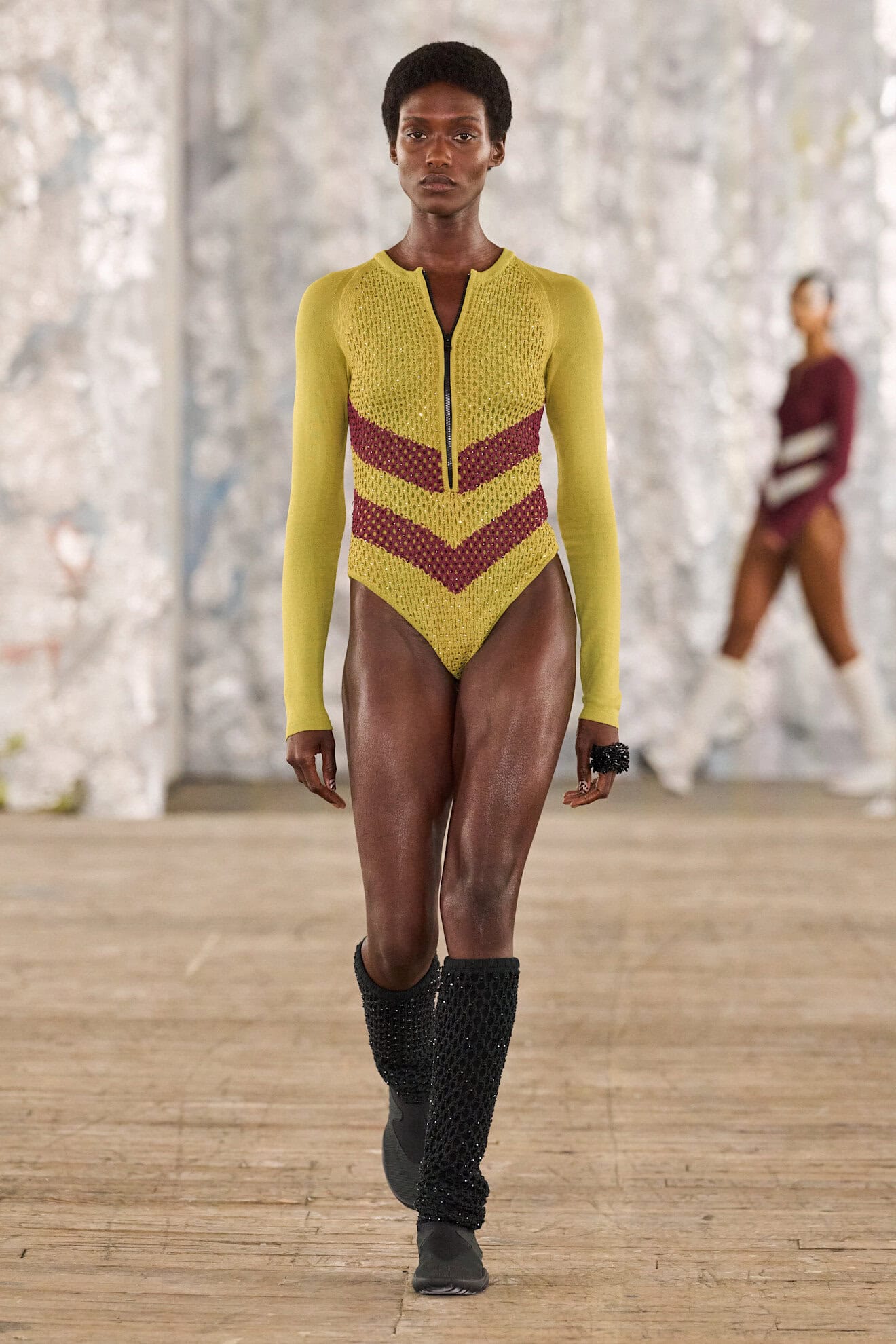
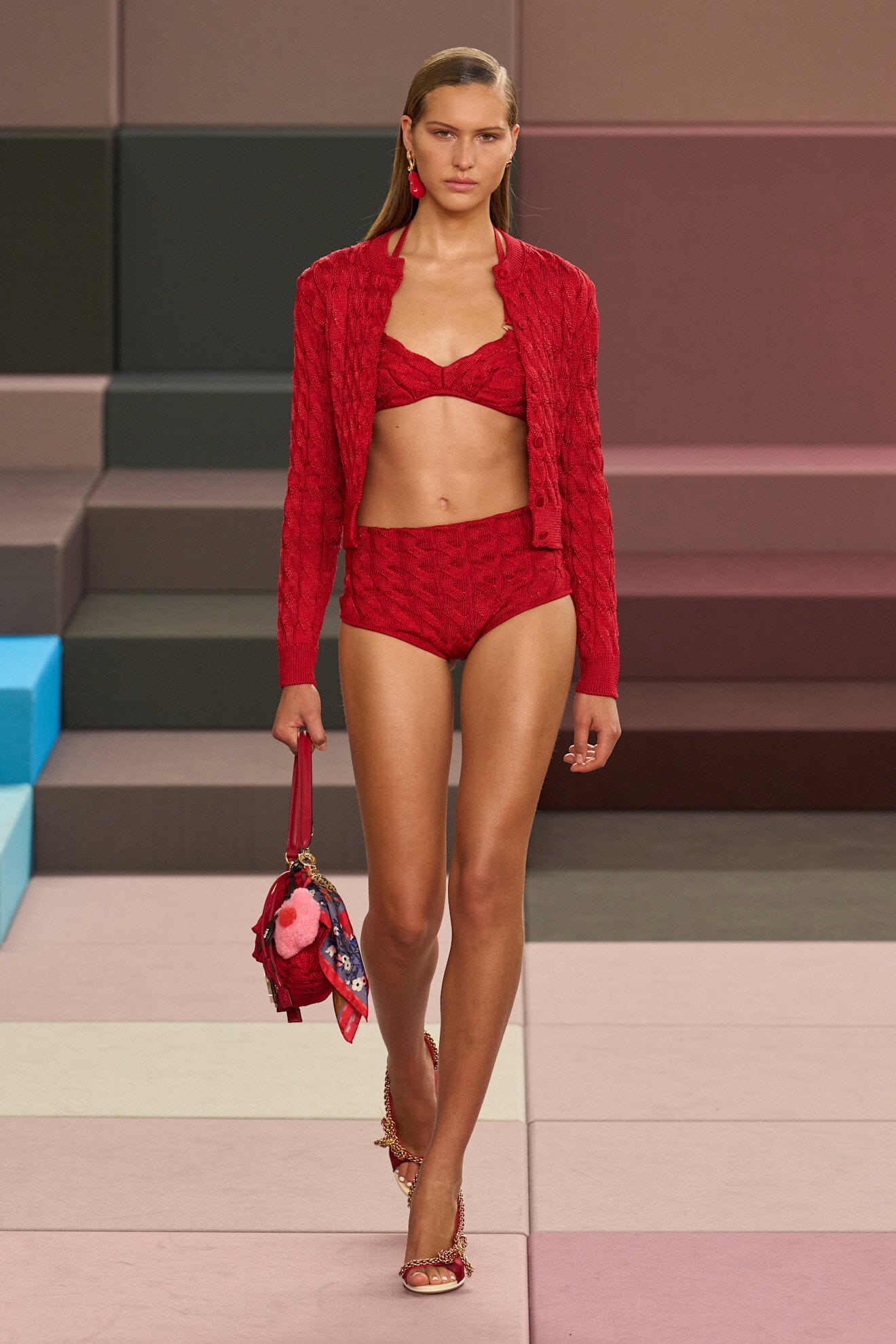
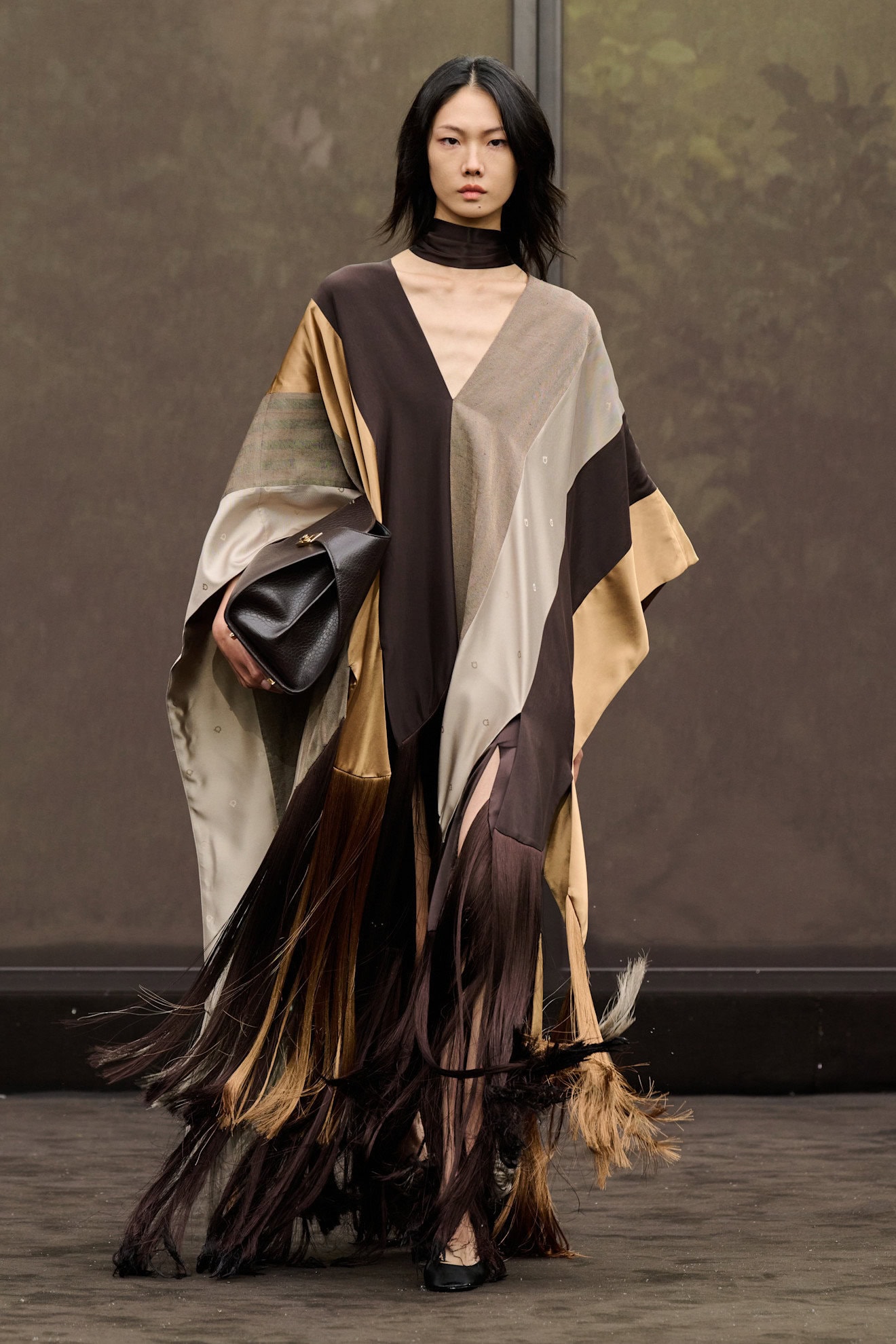
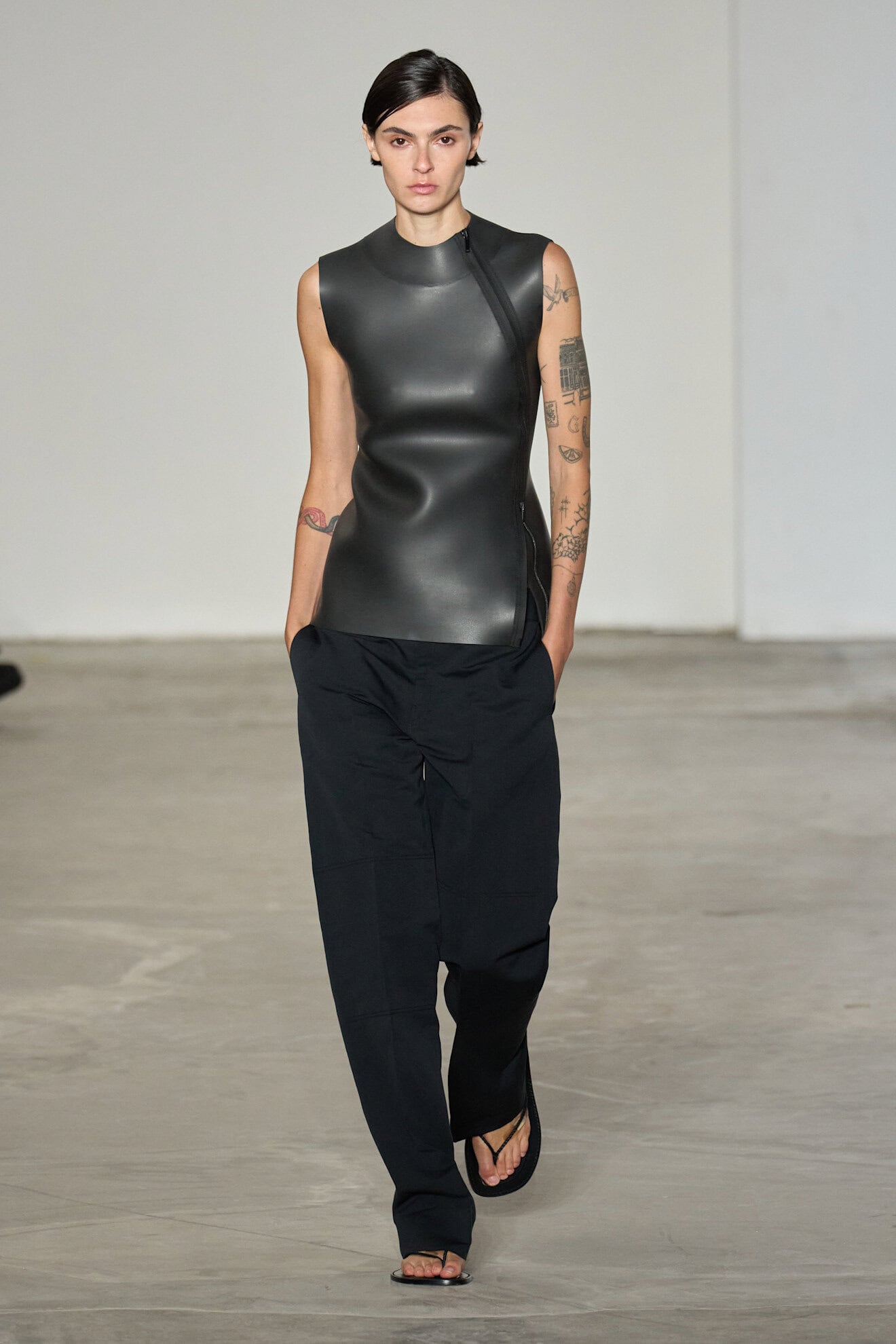
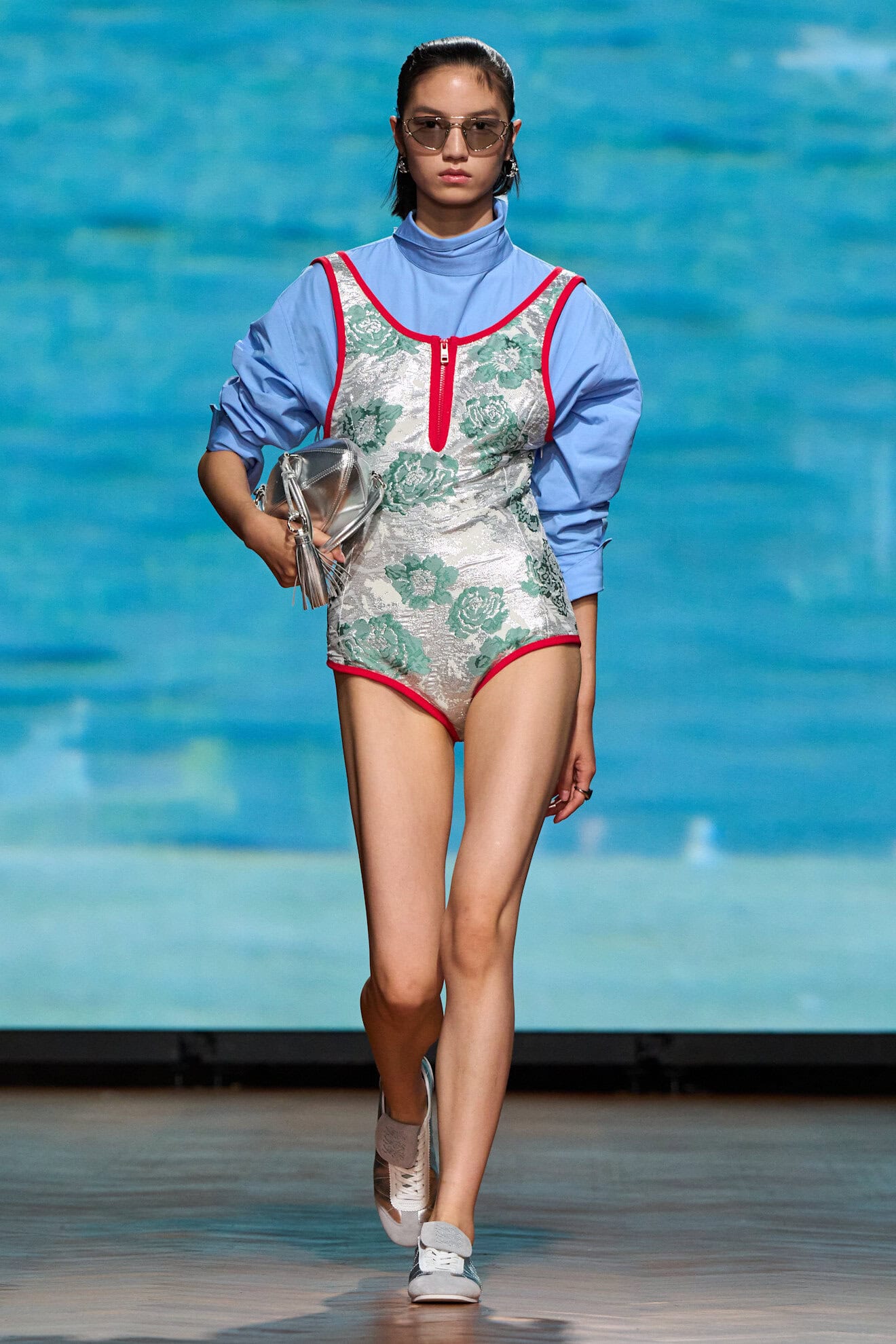
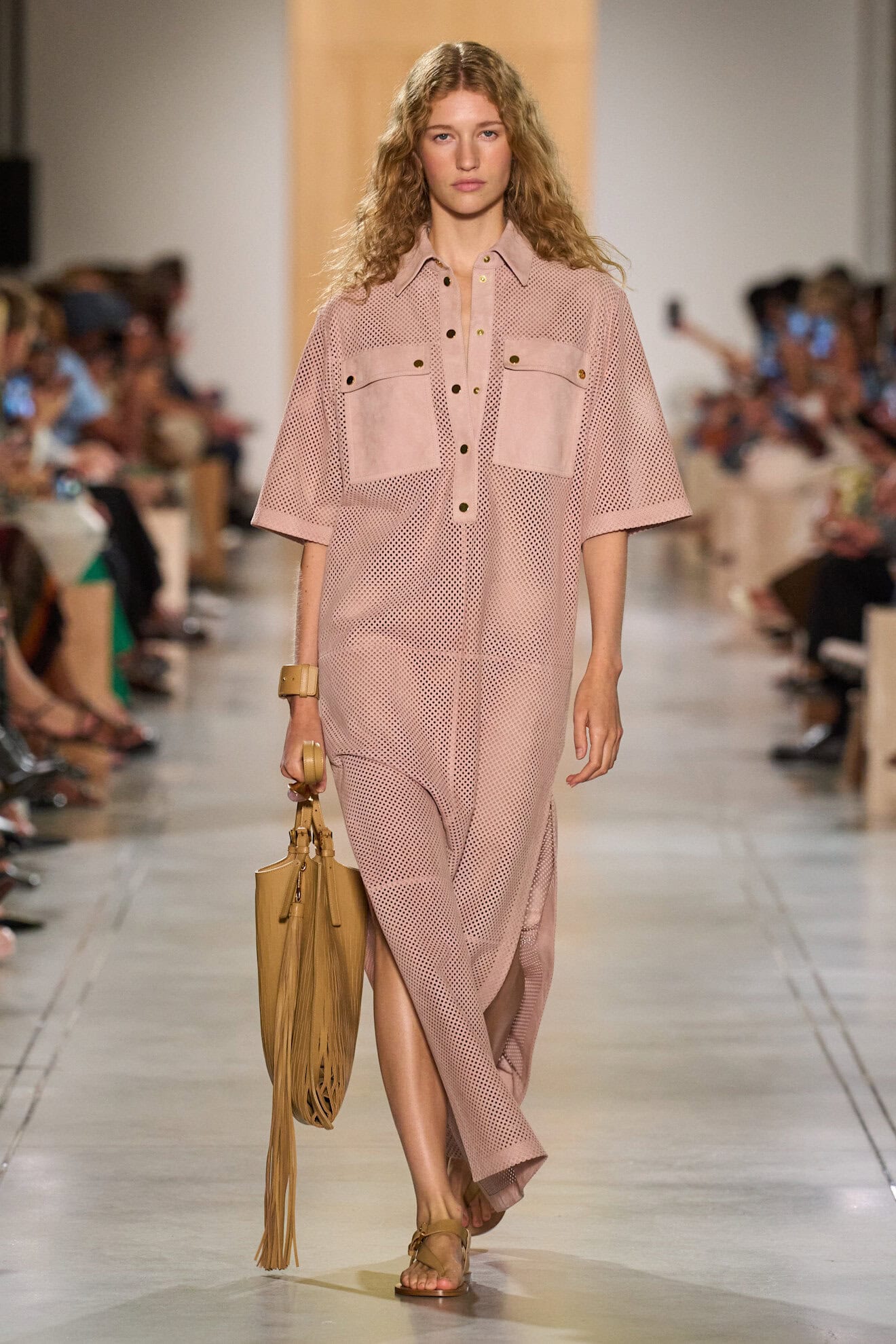
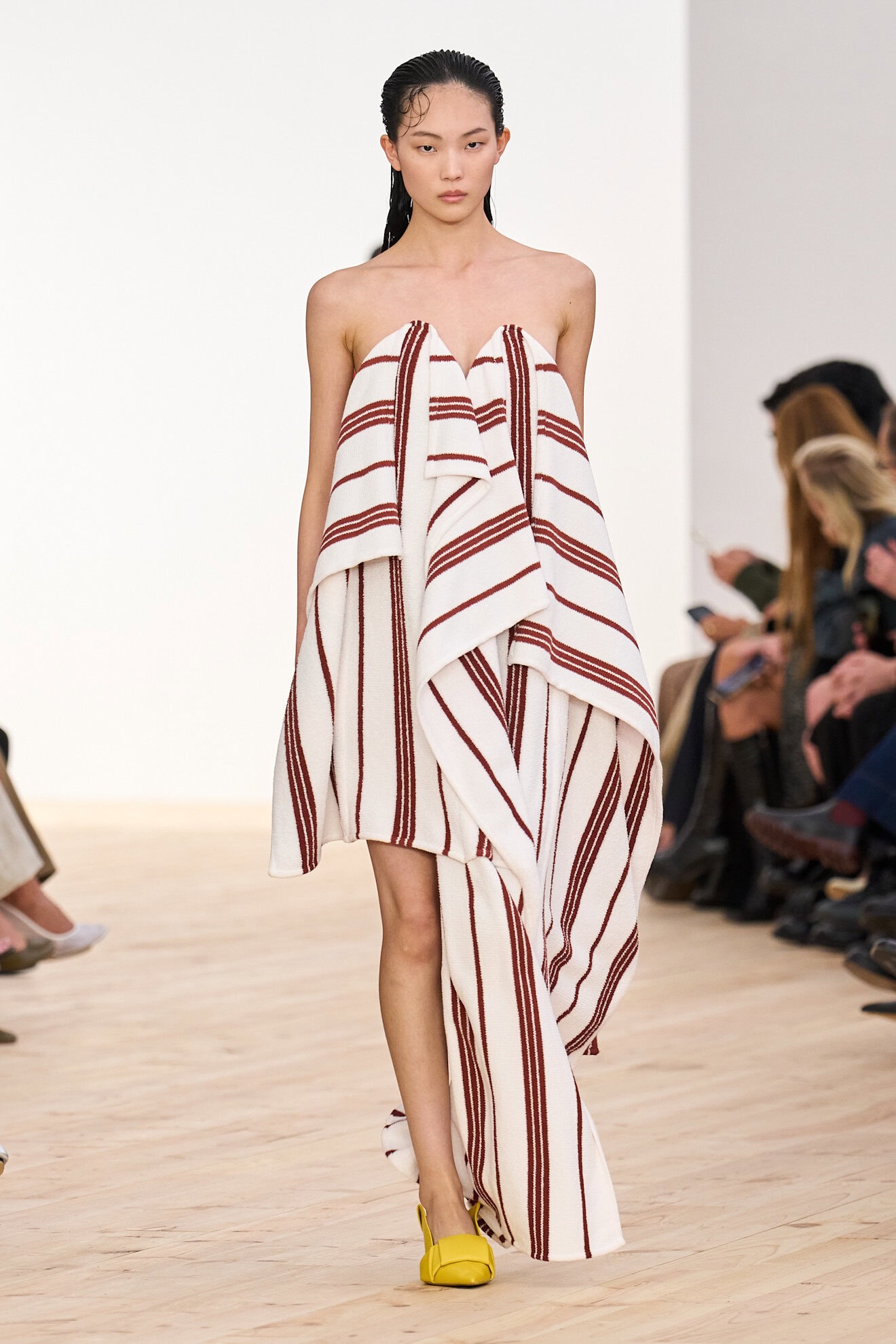
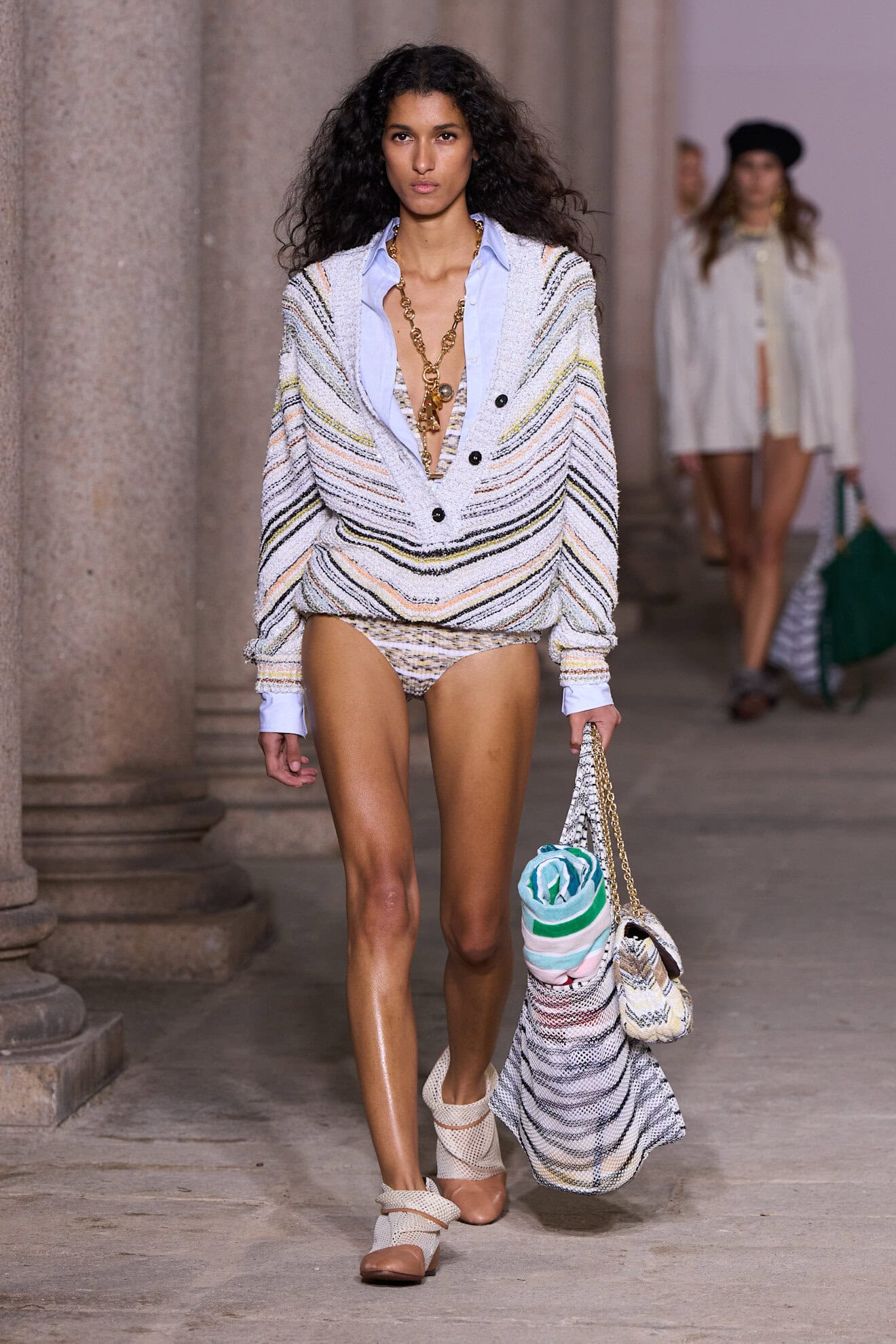
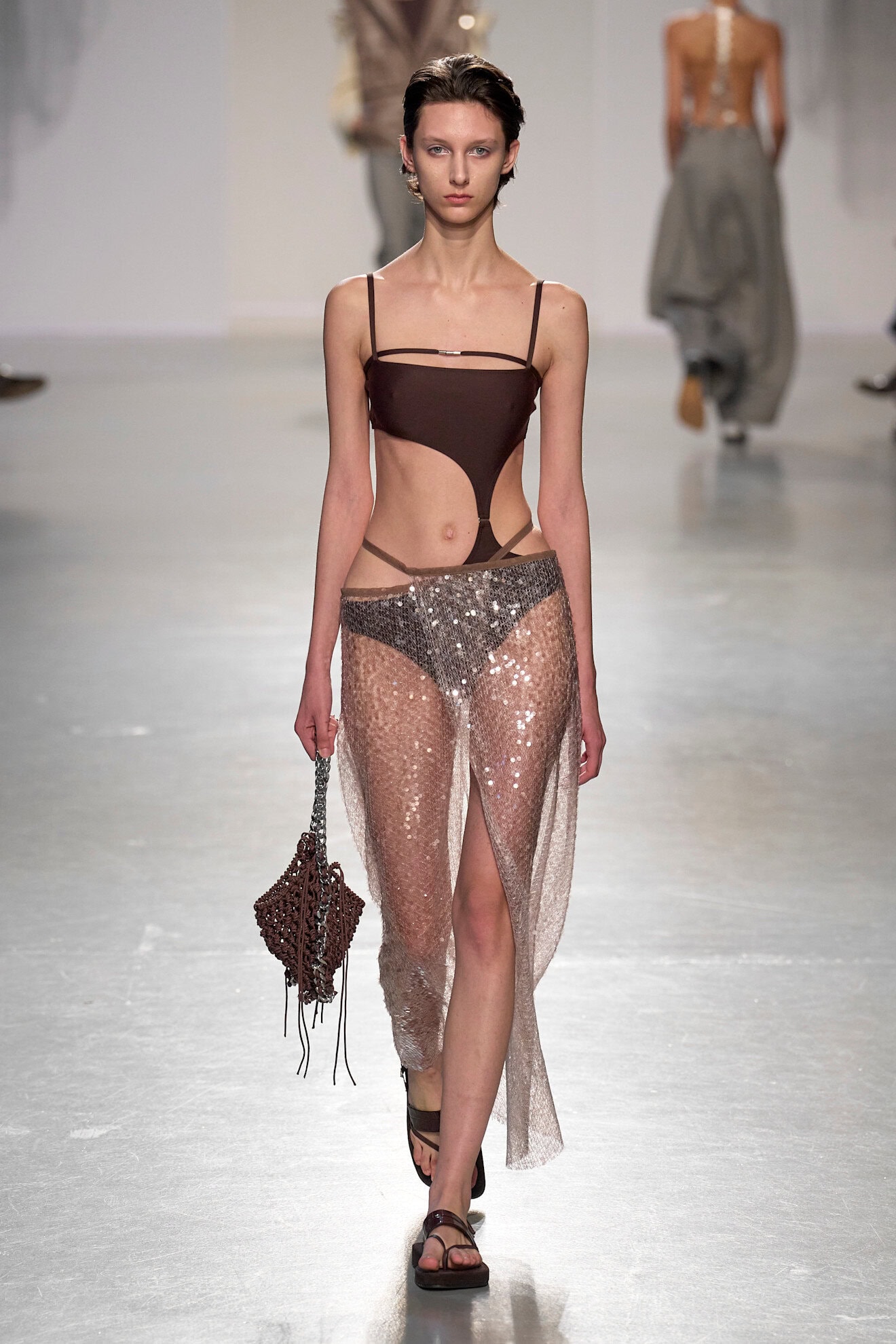
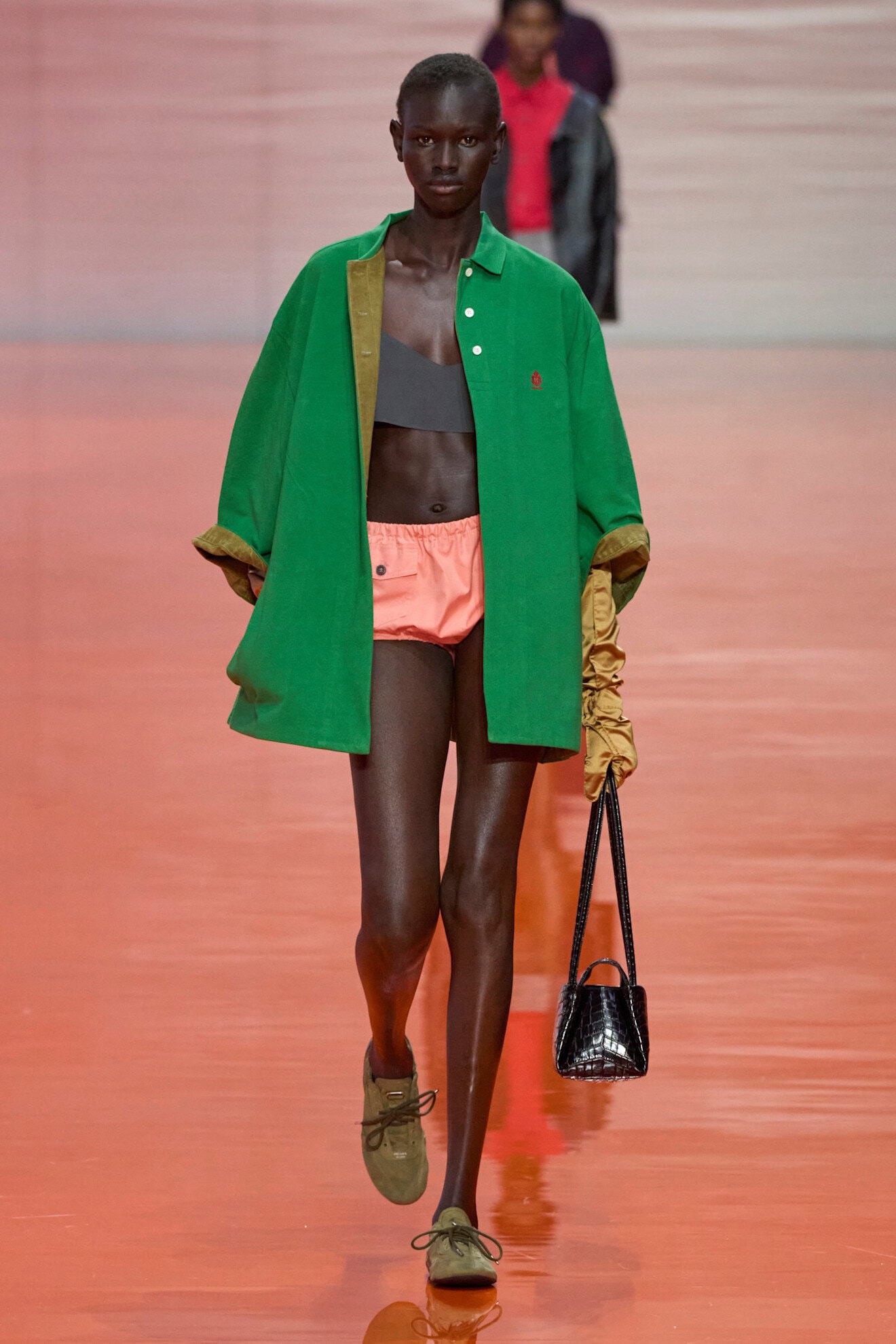
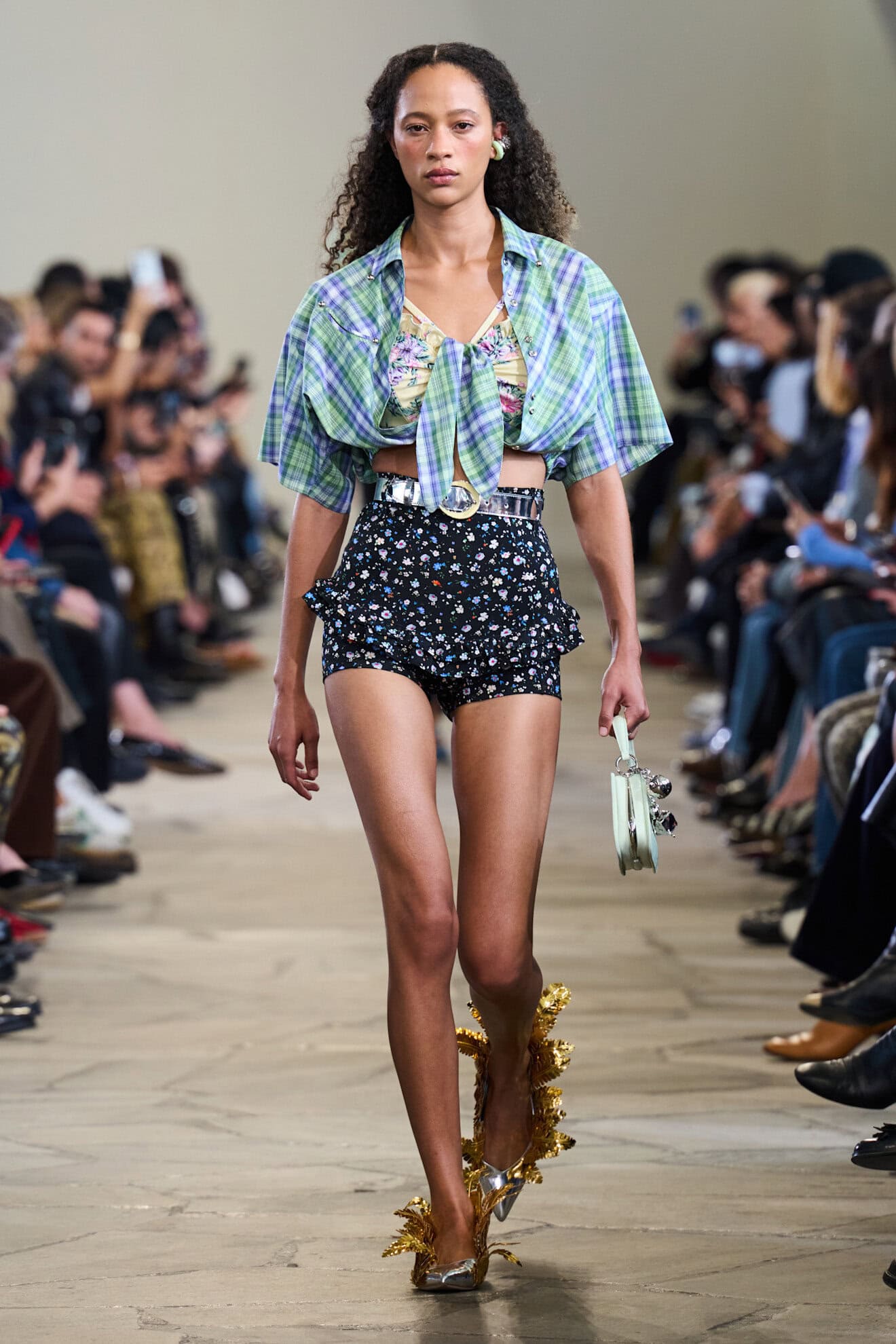
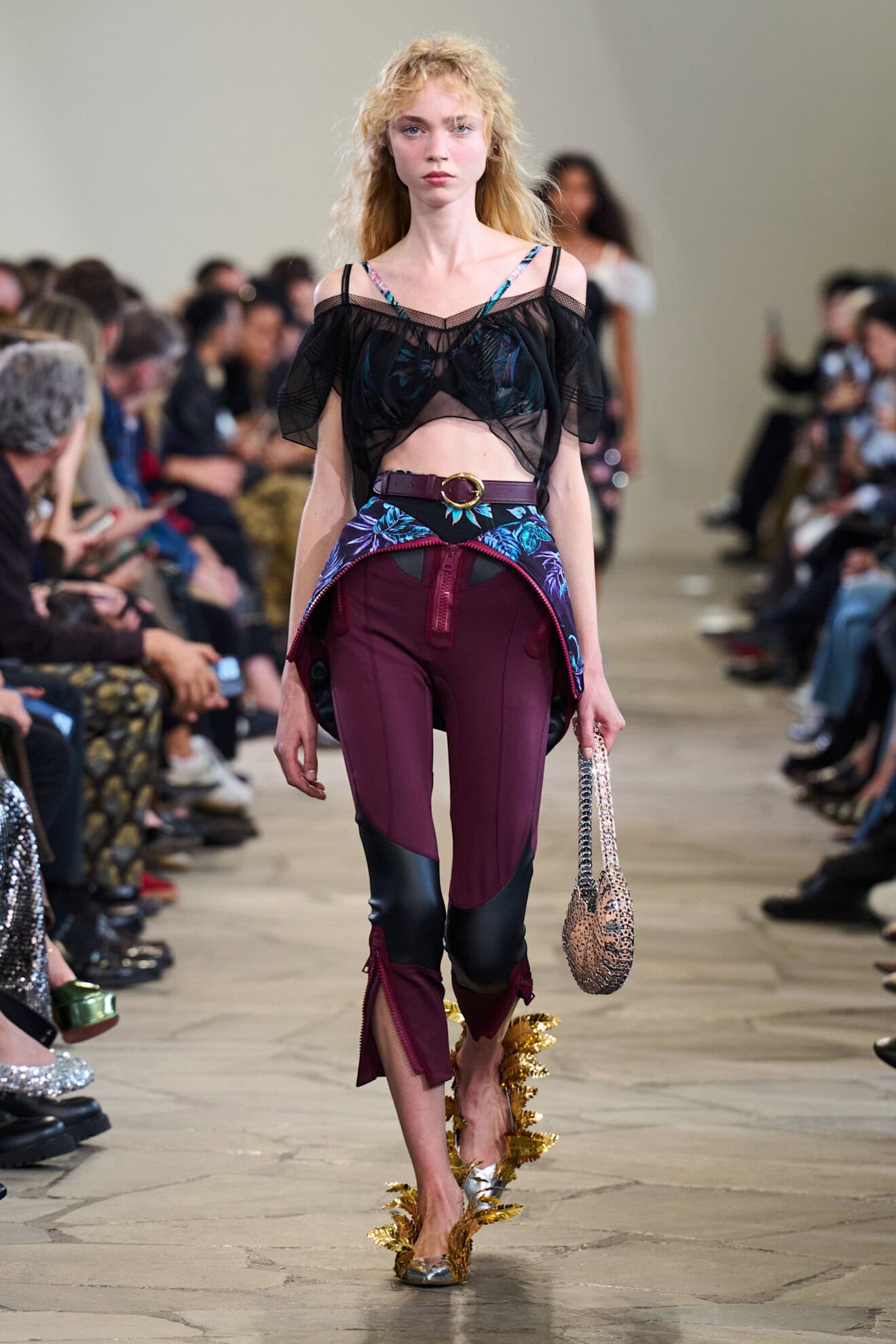
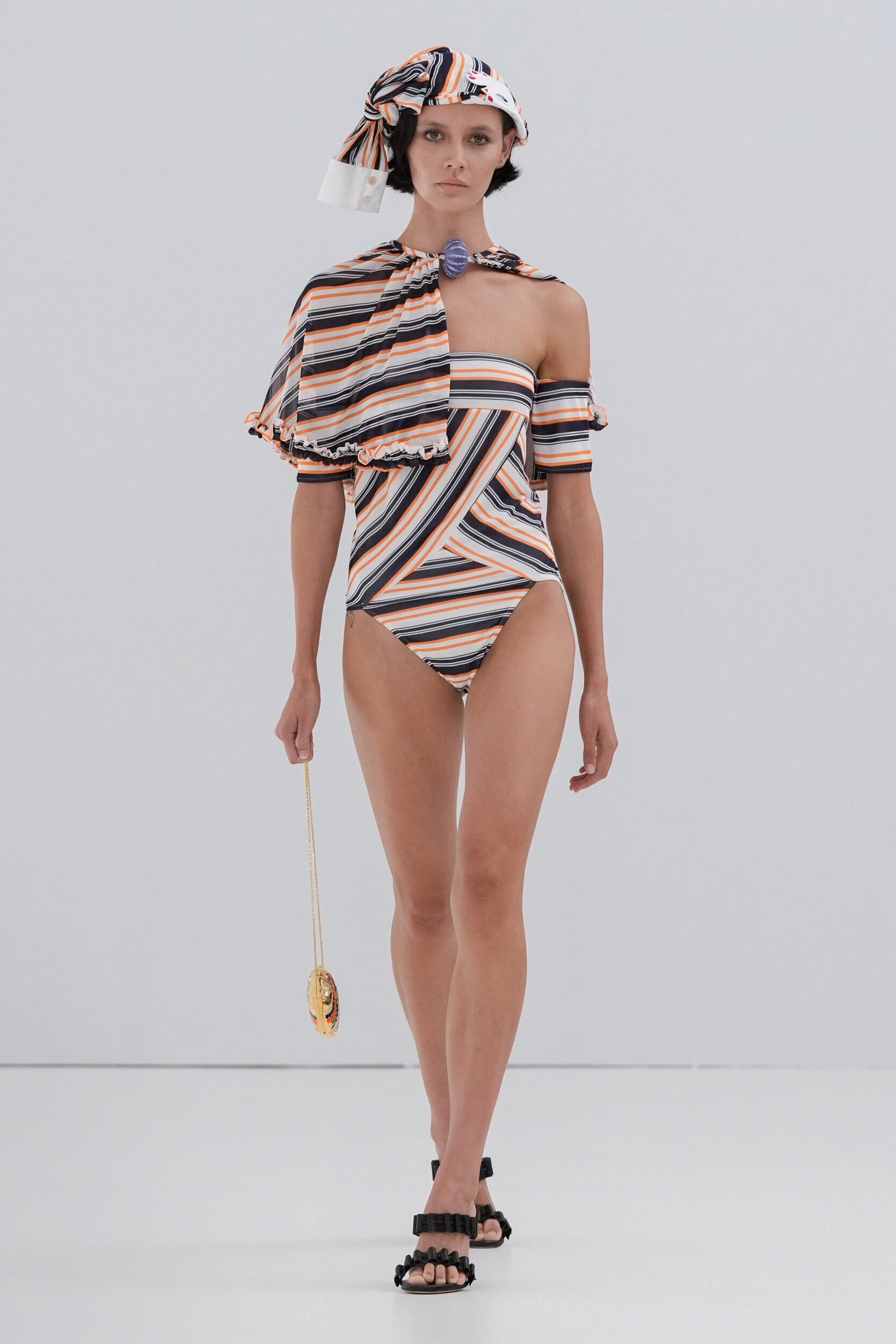
History Girls
Blame it on Marie, but the teen Queens influence is set to reign once again. The recent opening of ‘Marie Antoinette Style’ exhibition at Londons V&A museum, which traces her impact on fashion, interiors, and design and featured a collaboration with Manolo Blahnik on a capsule collection, will also coincide with the 20th anniversary of Sofia Coppola’s 2006 film adaptation of the her tragic tale next year. The latest iteration of the pannier – an 18th century style of skirt which extends the hips out to the side – was configured for everyday life in the modern world with softer shapes created with tulle, padding, and layered folds at Dior, Simone Rocha, Jason Wu, and Meruert Tolegen.
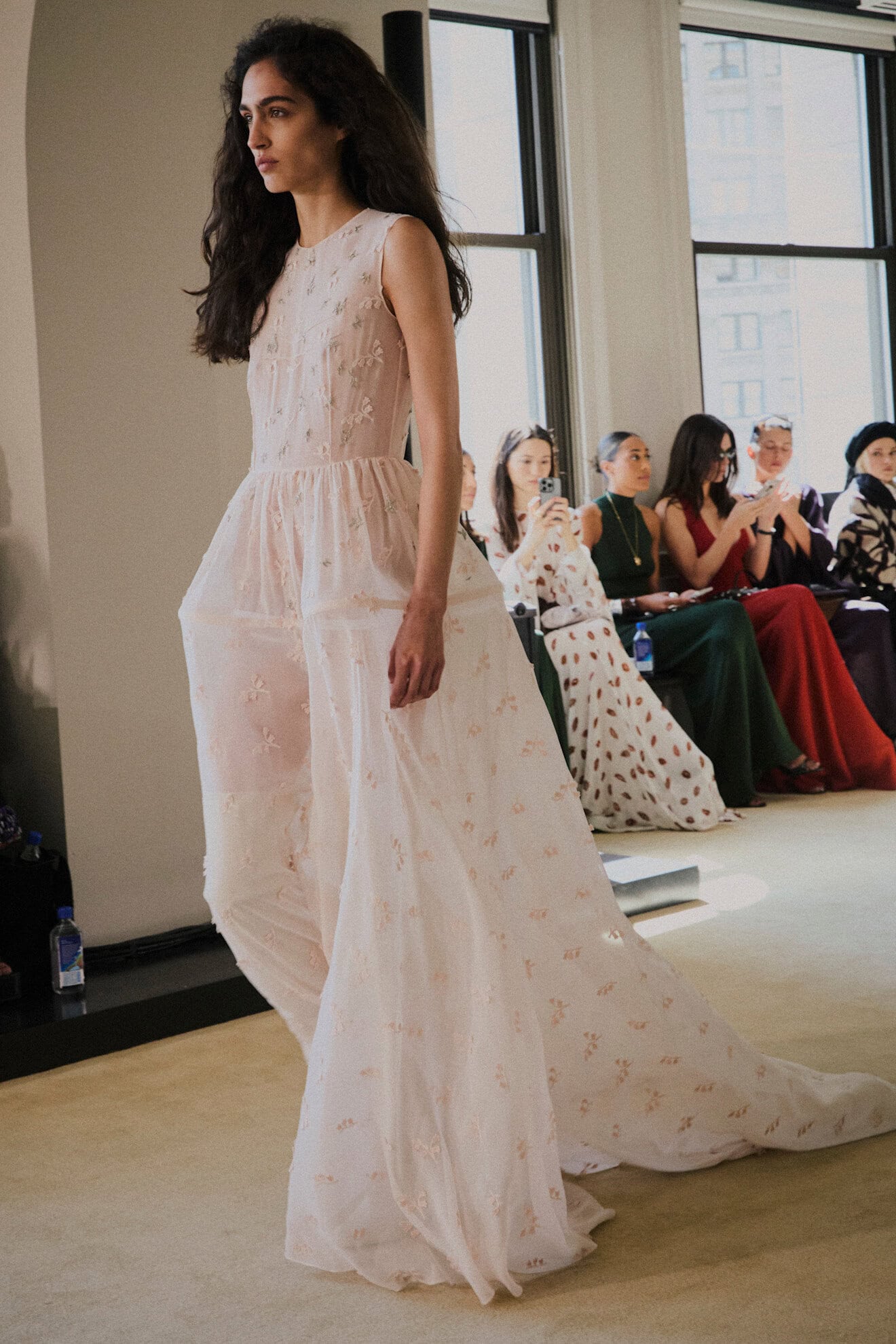
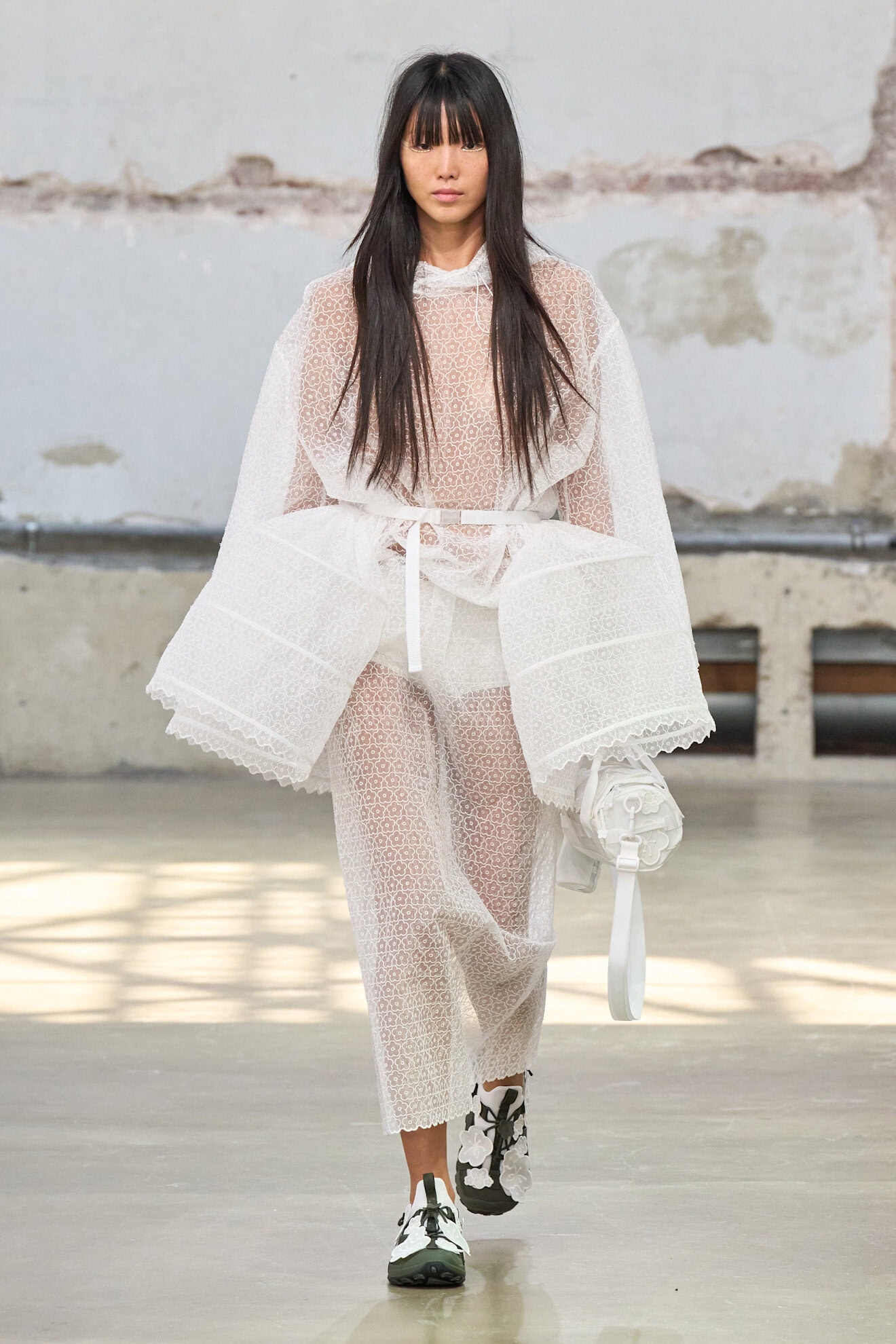
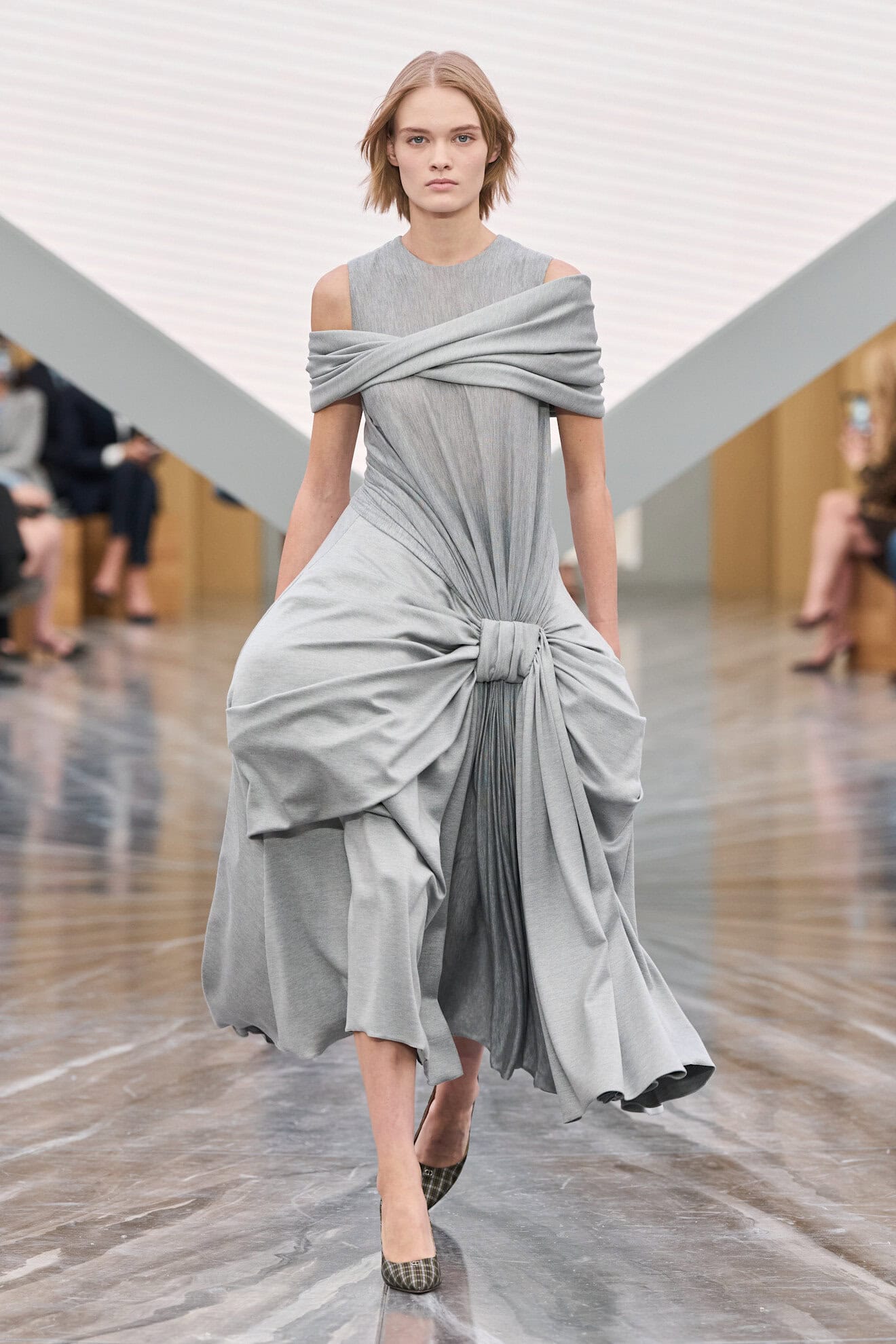
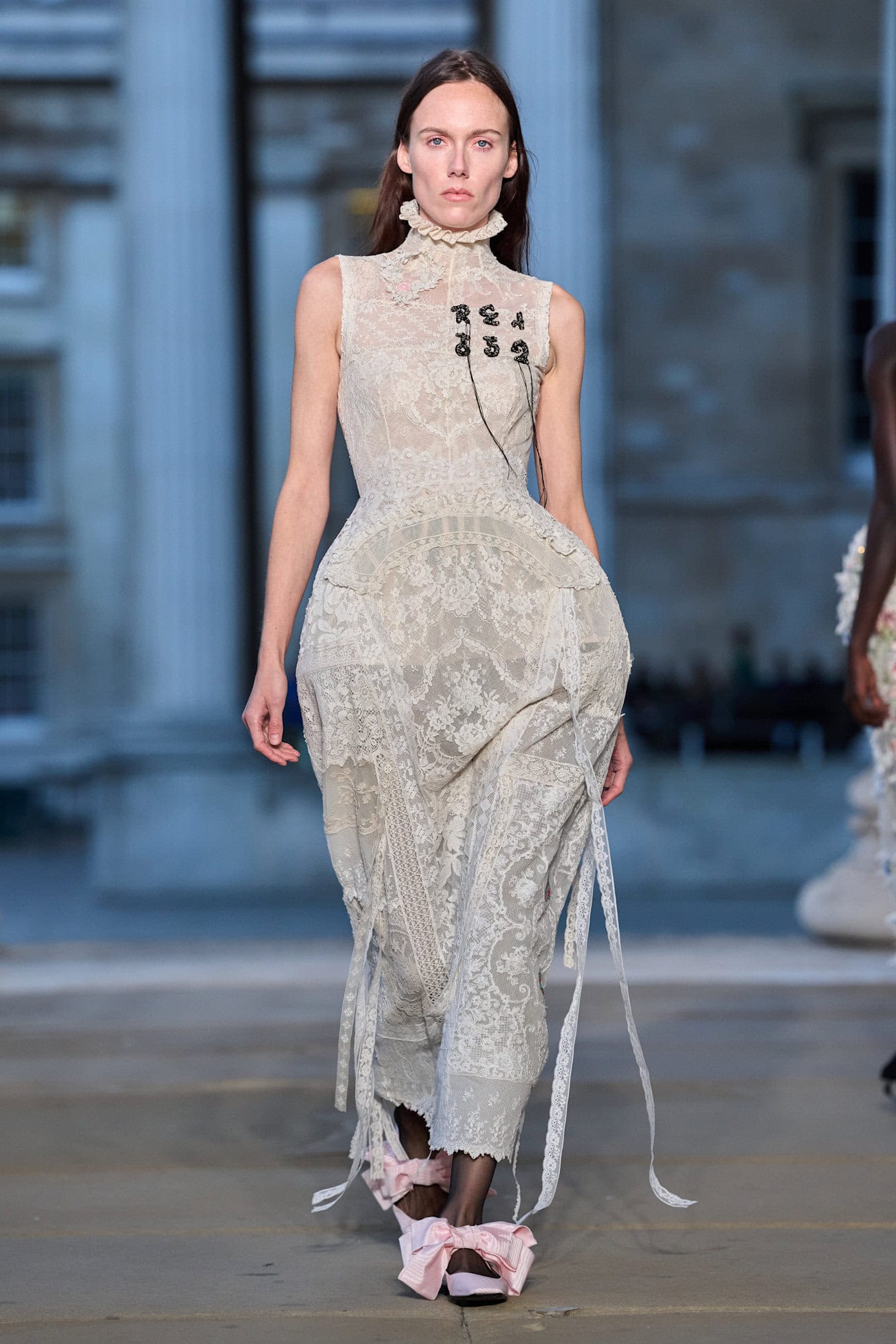
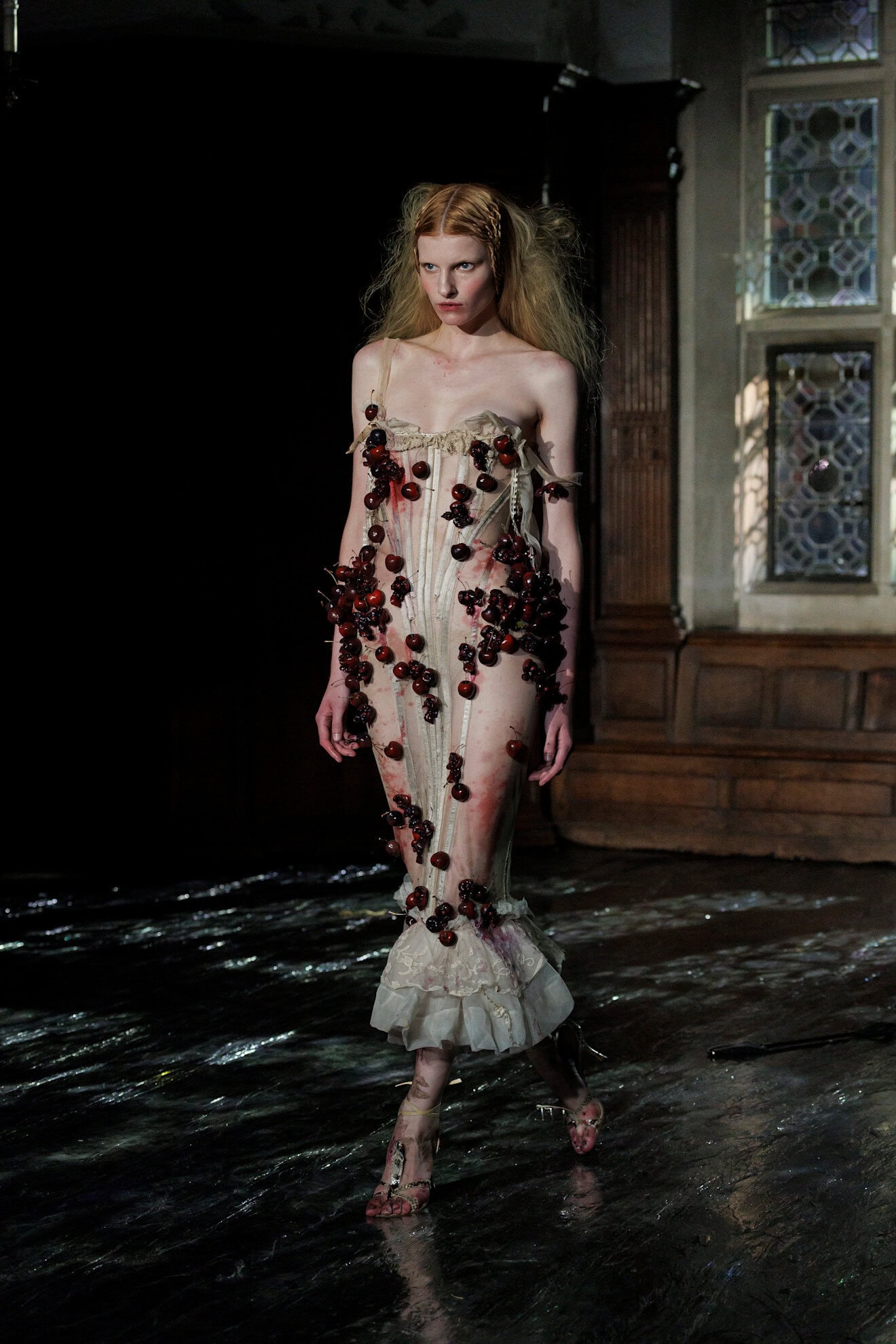
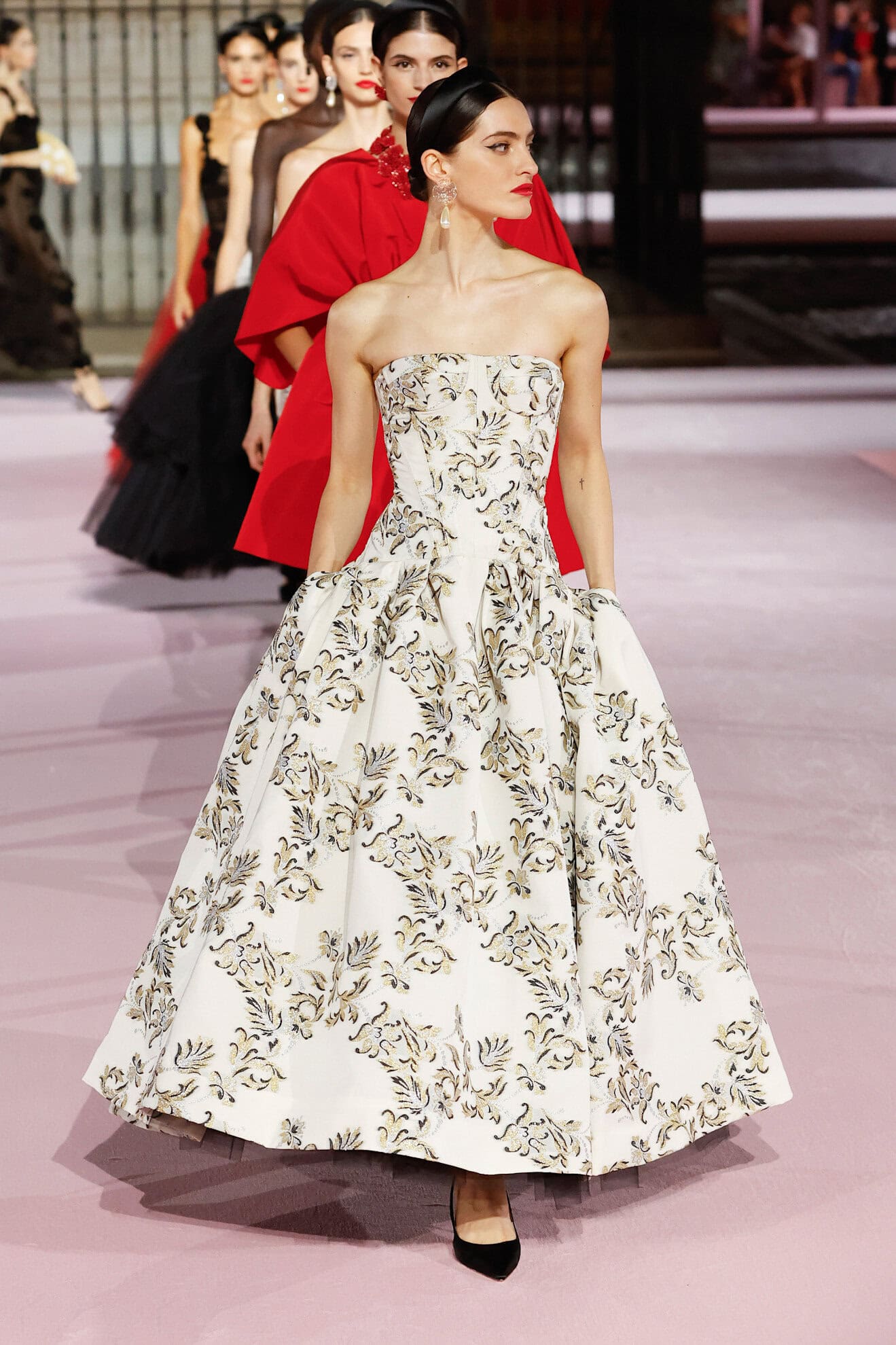
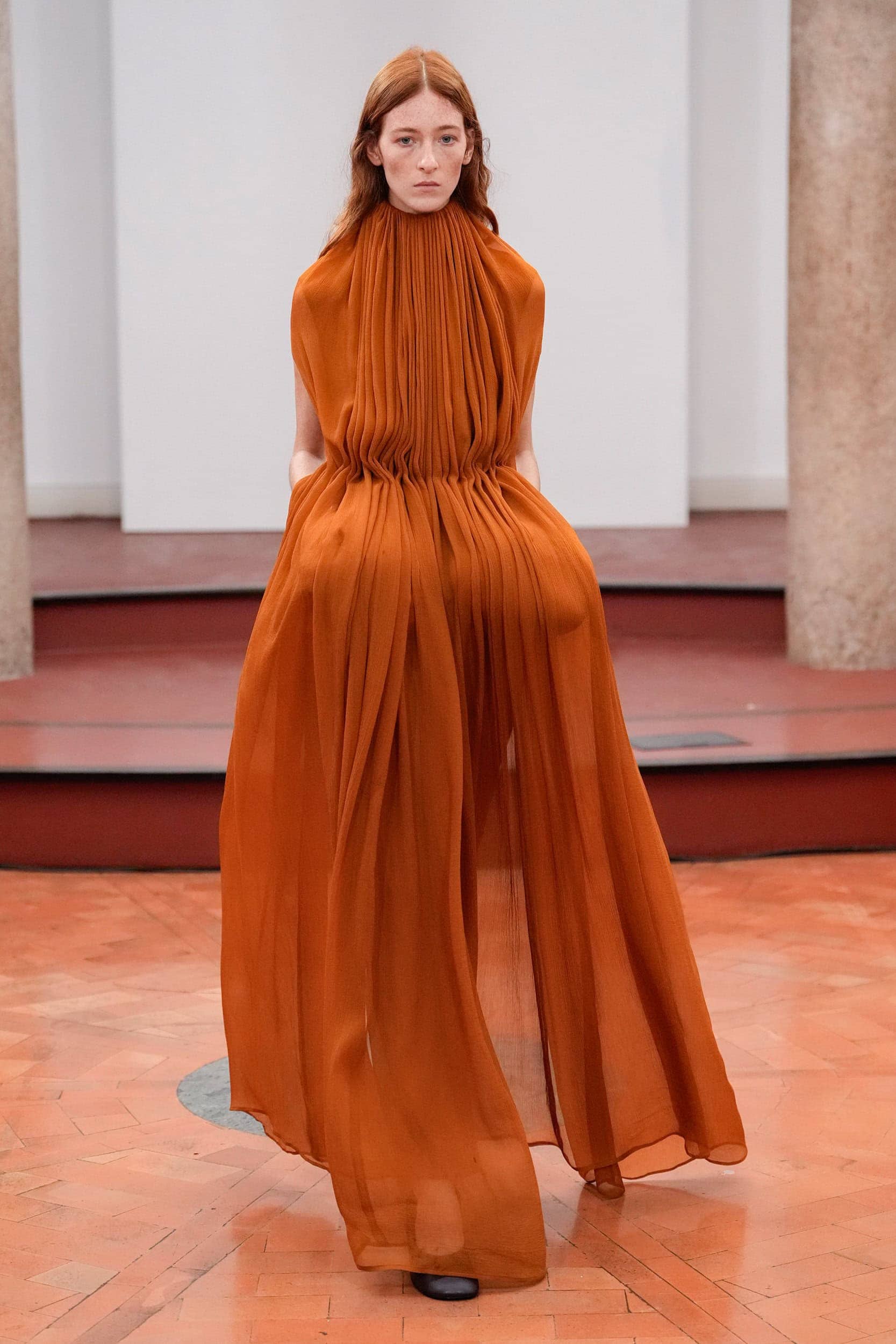
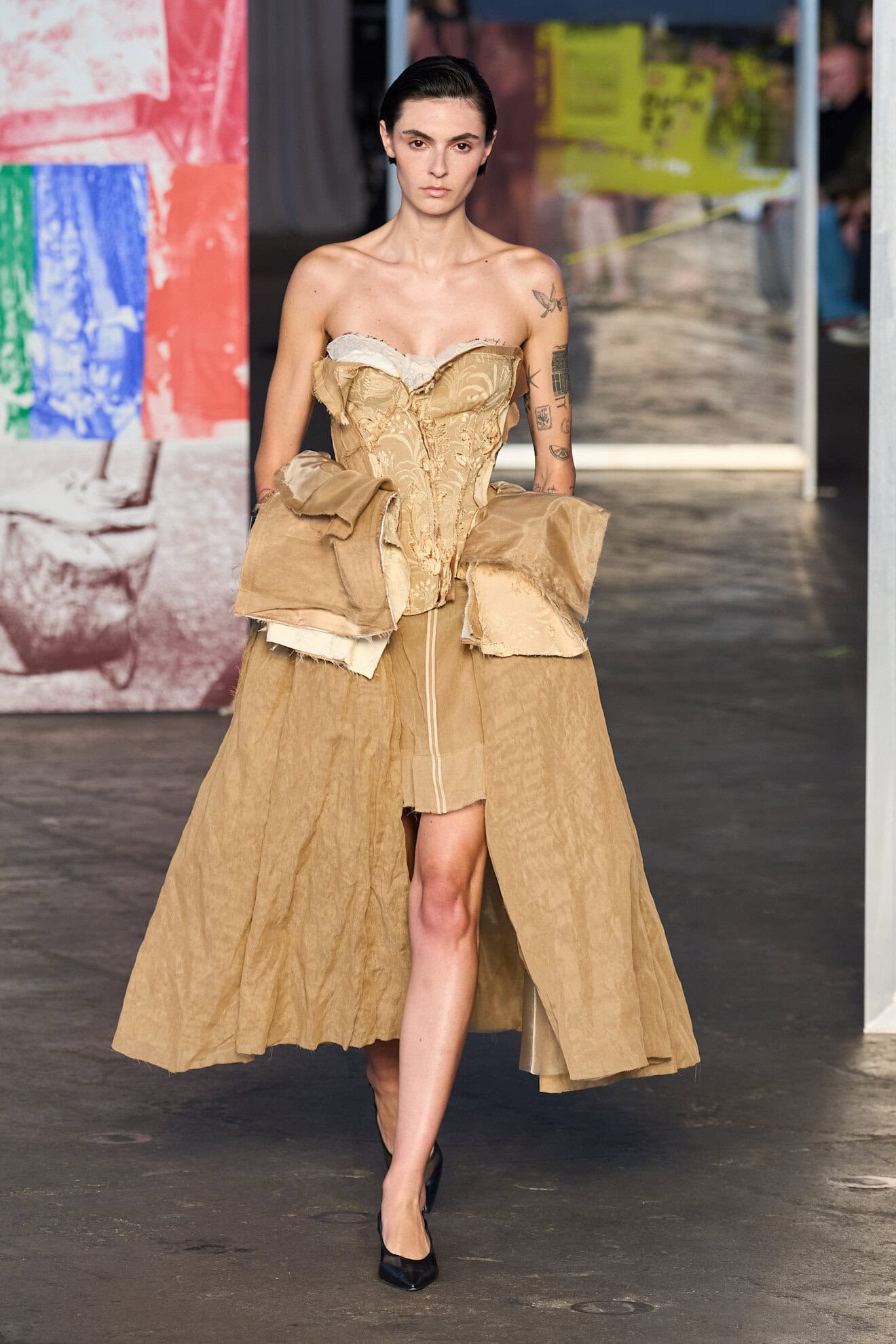
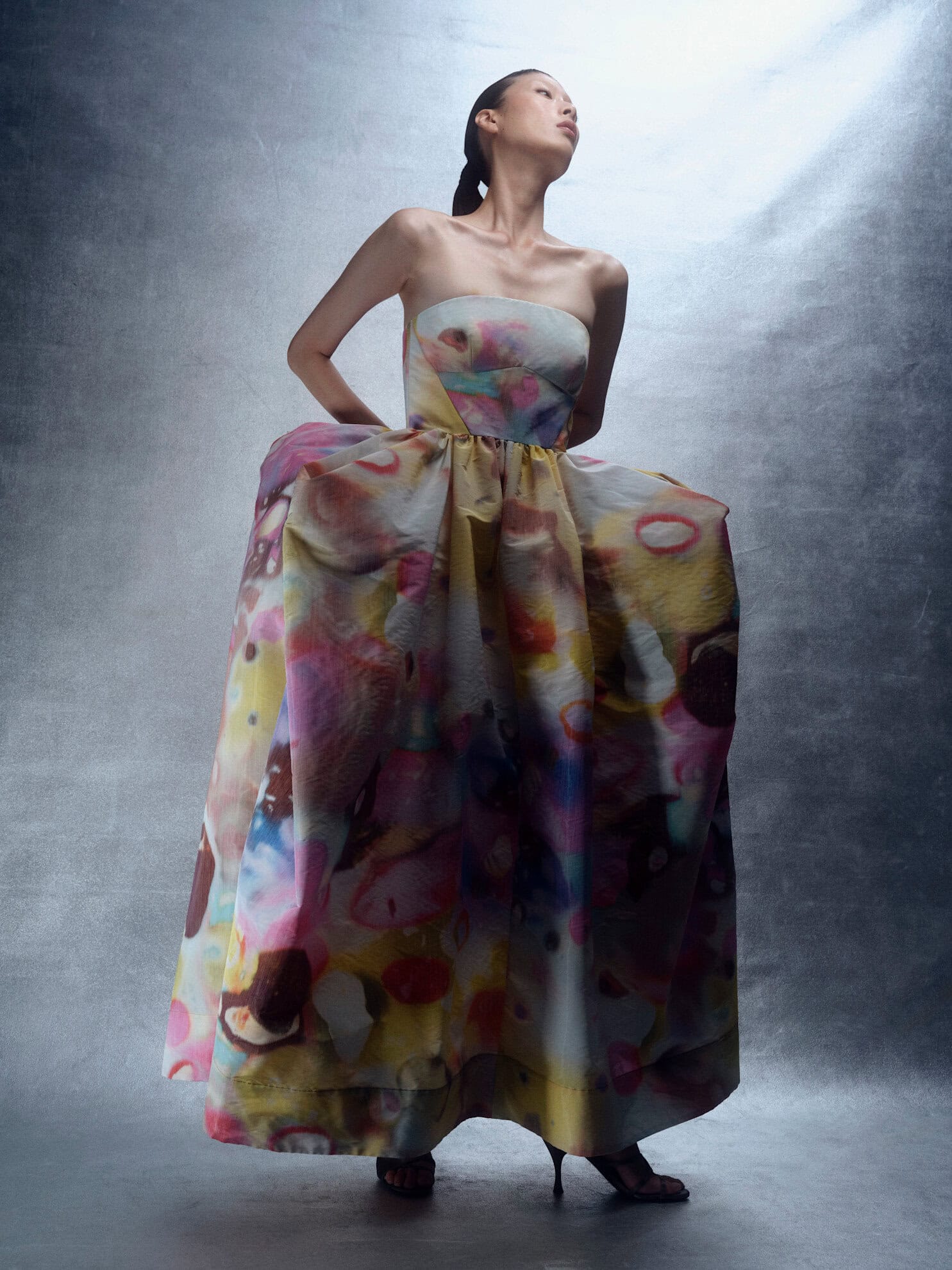
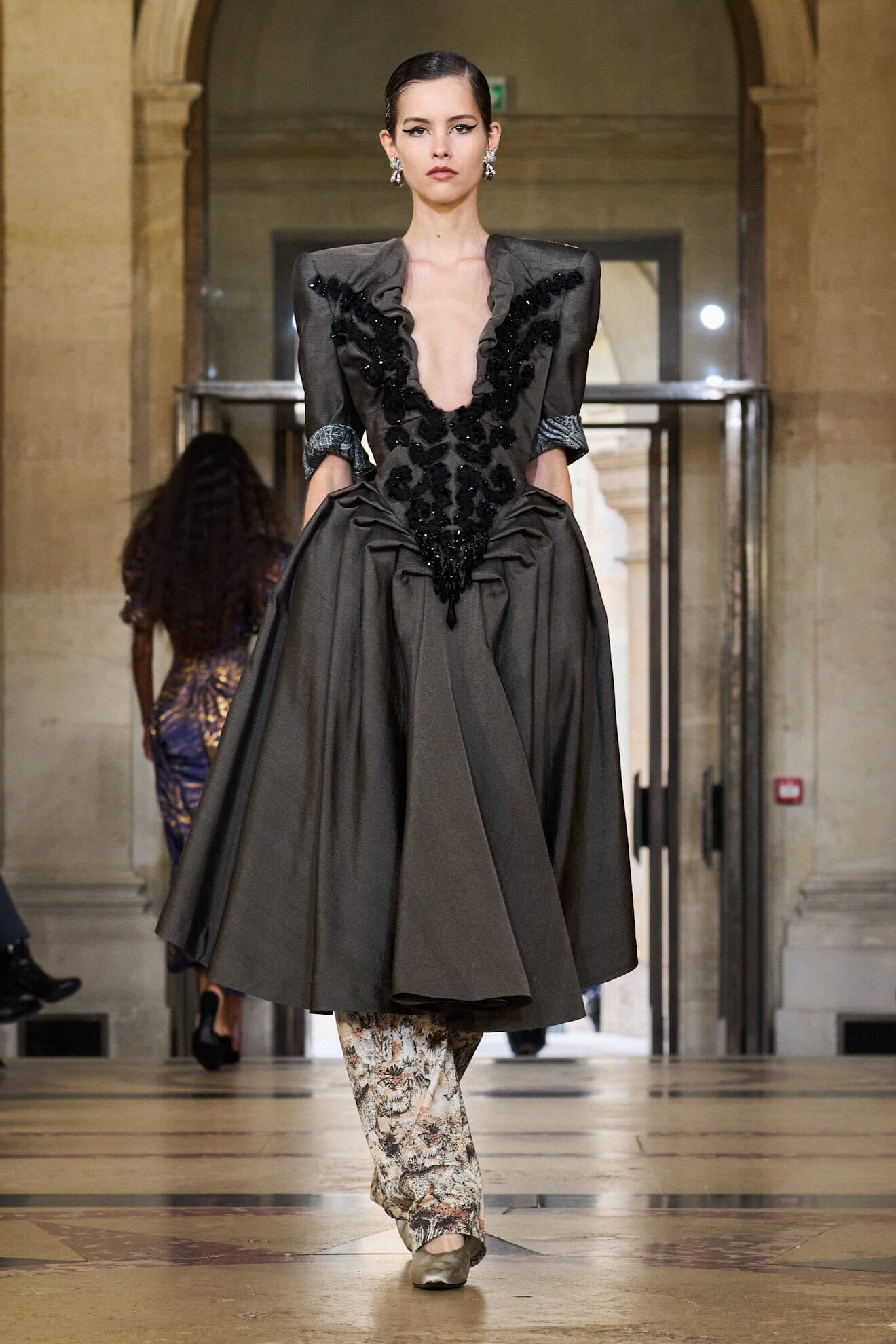
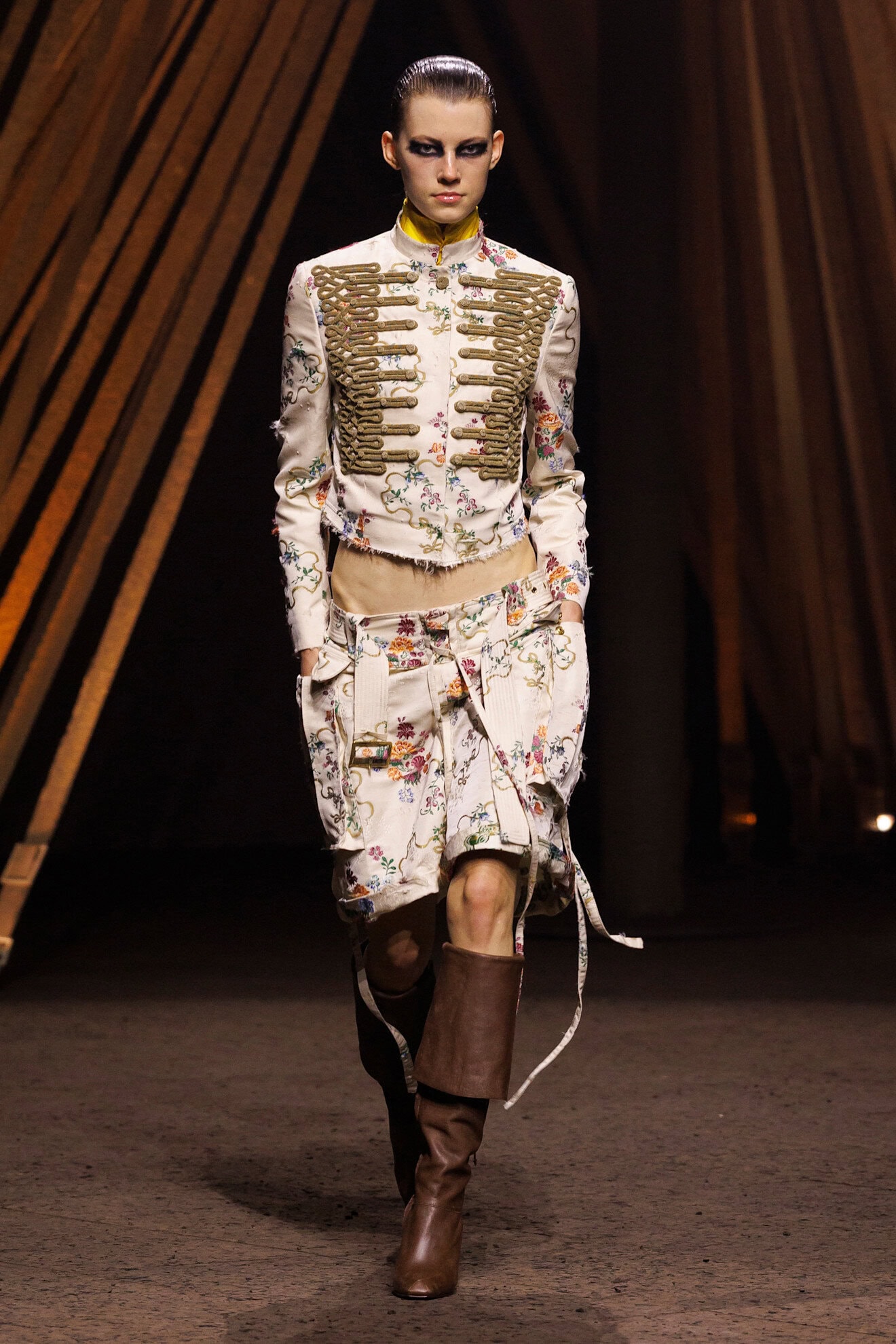
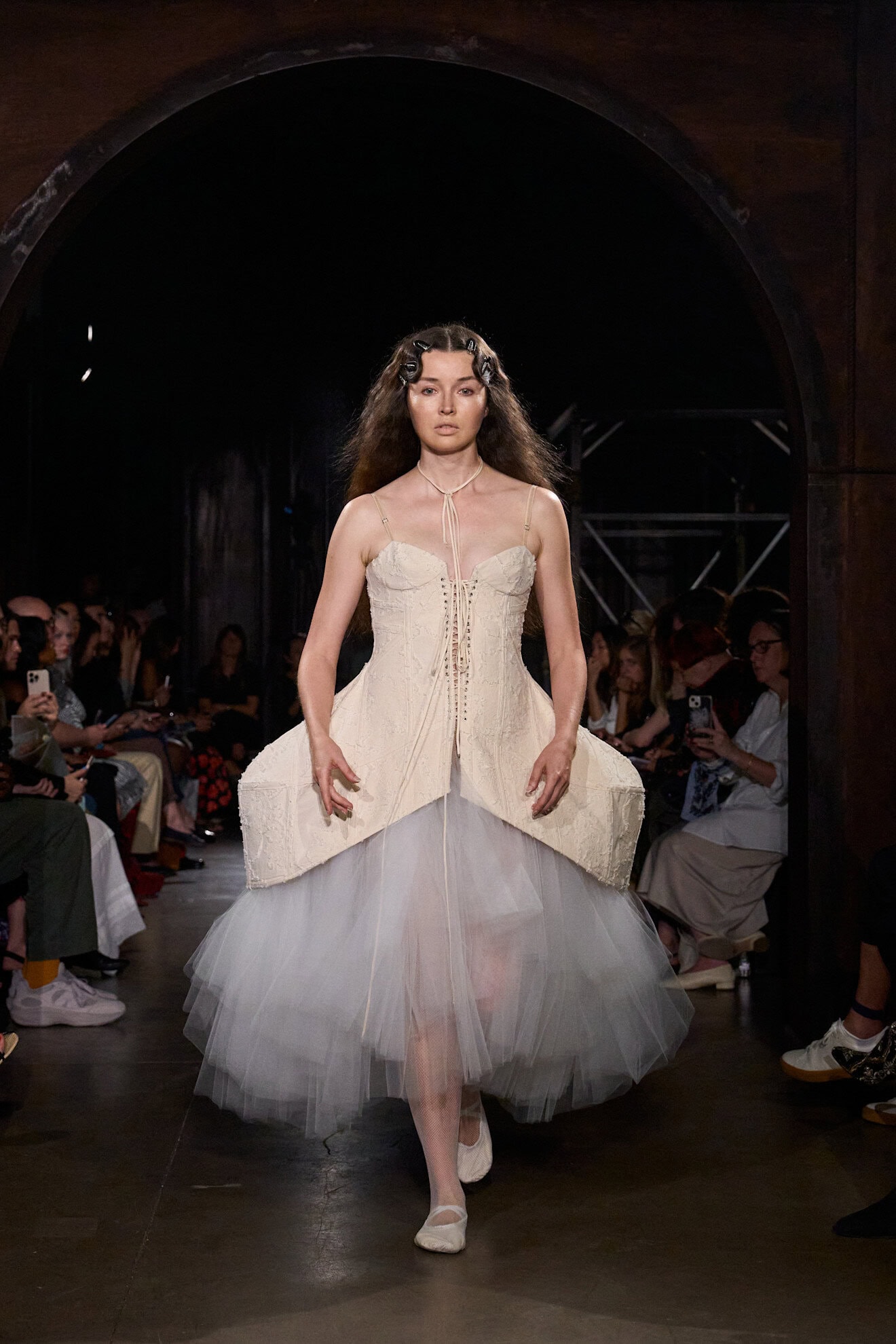
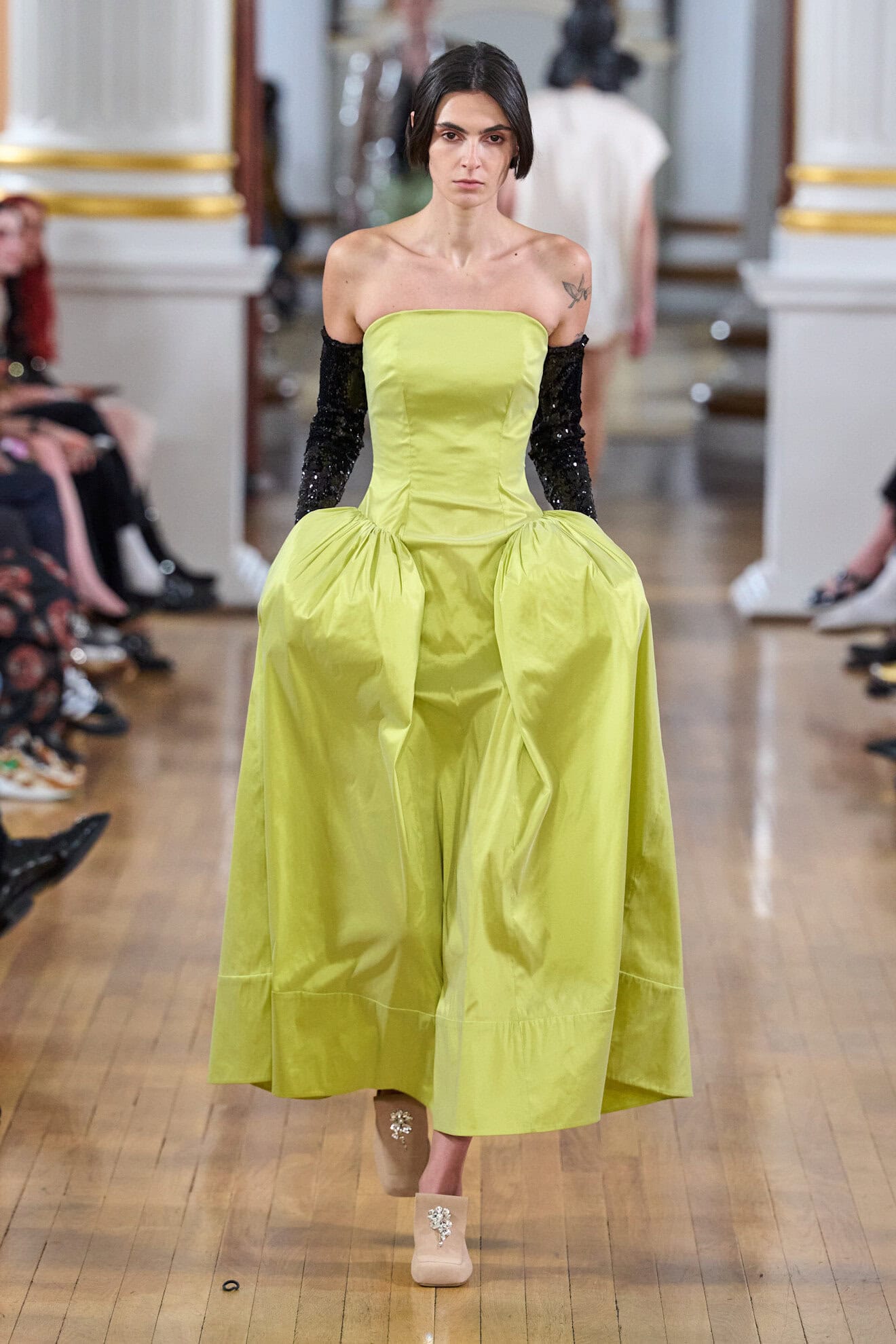
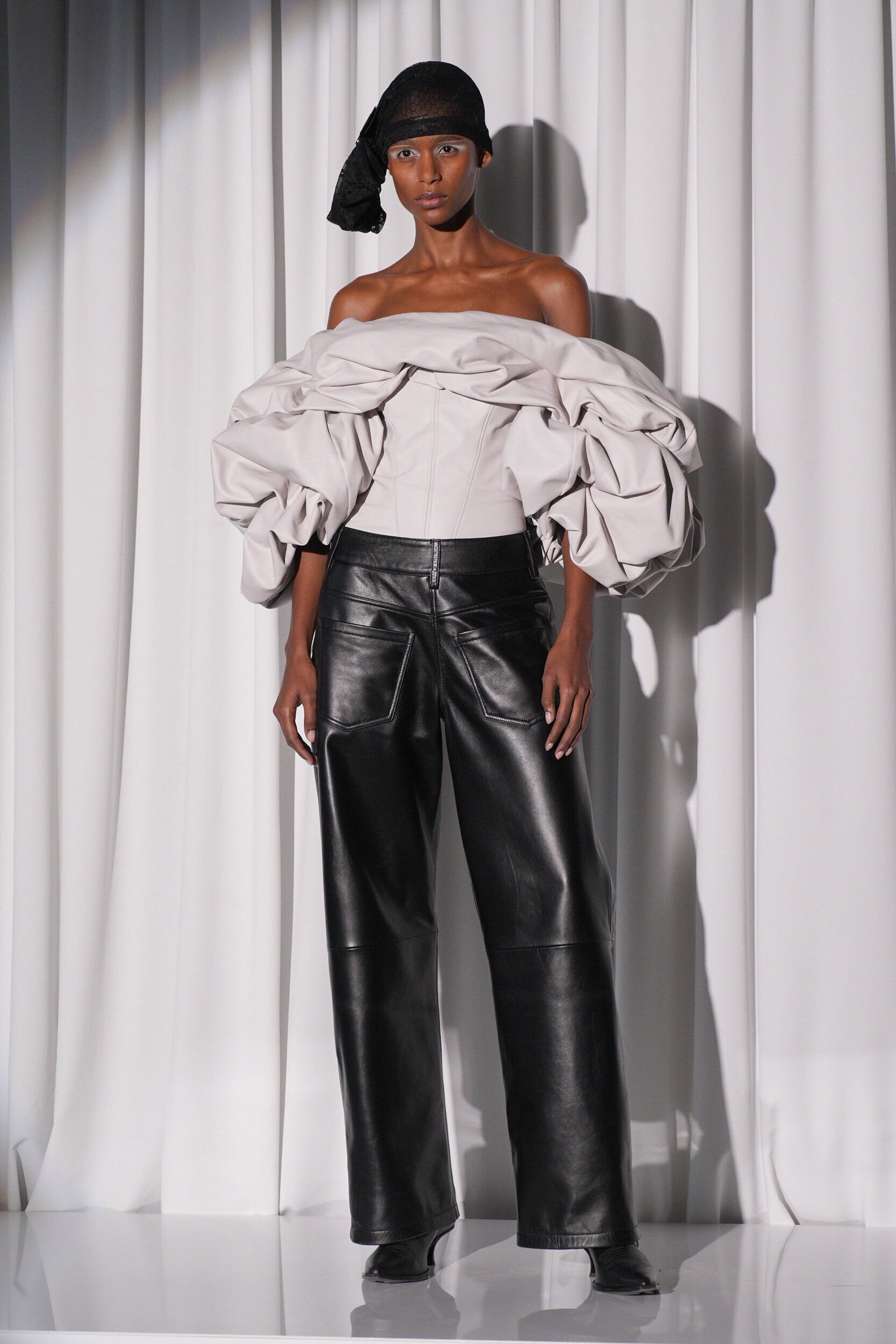
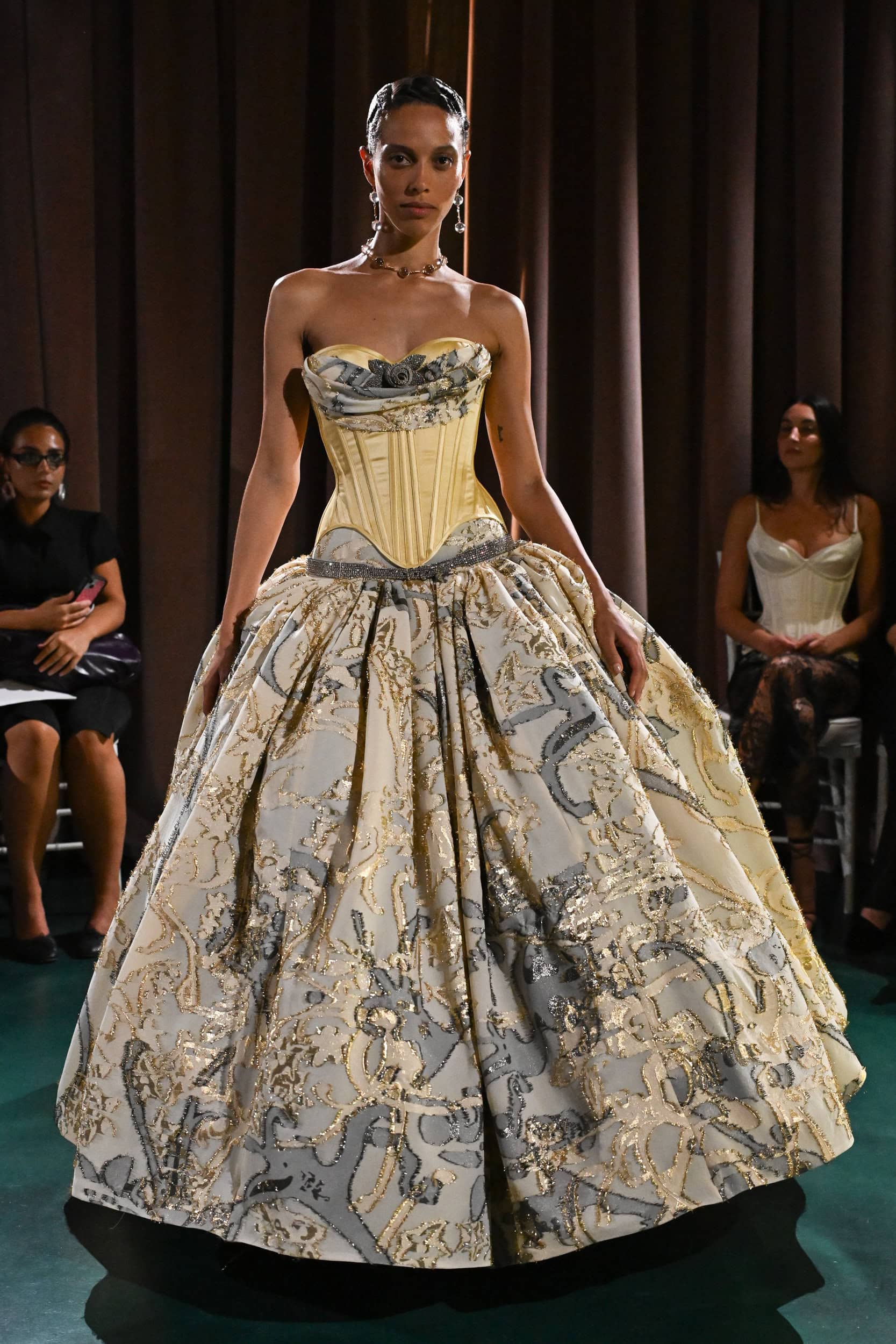
Perfecting the Peplum
The emphasis on women’s hips continues on with the peplum top – a style revived from the 2010s. However, the 2026 update will be less prim and more directional as jackets and party looks gave the ruffled silhouette a new point of view. Key considerations for the revival were seen at Kate Barton with her contoured zip-front jacket, Louise Trotter’s Bottega Veneta debut presenting a glossy woven leather structured style, and Stella McCartney, Marques Almeida, and Ottolinger making the case for the peplum as the perennial party top, to be paired with wide leg jeans or skinny pants.
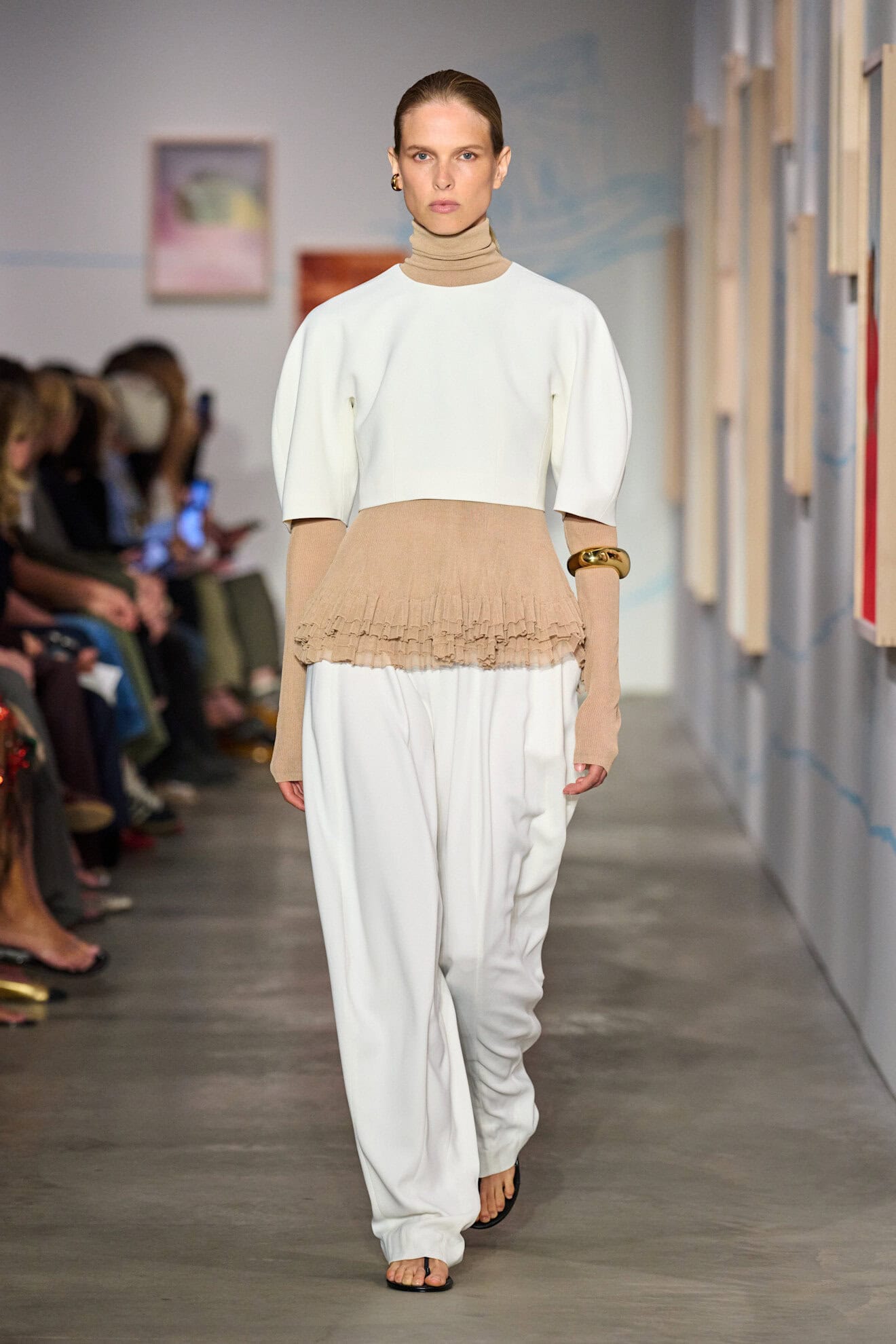
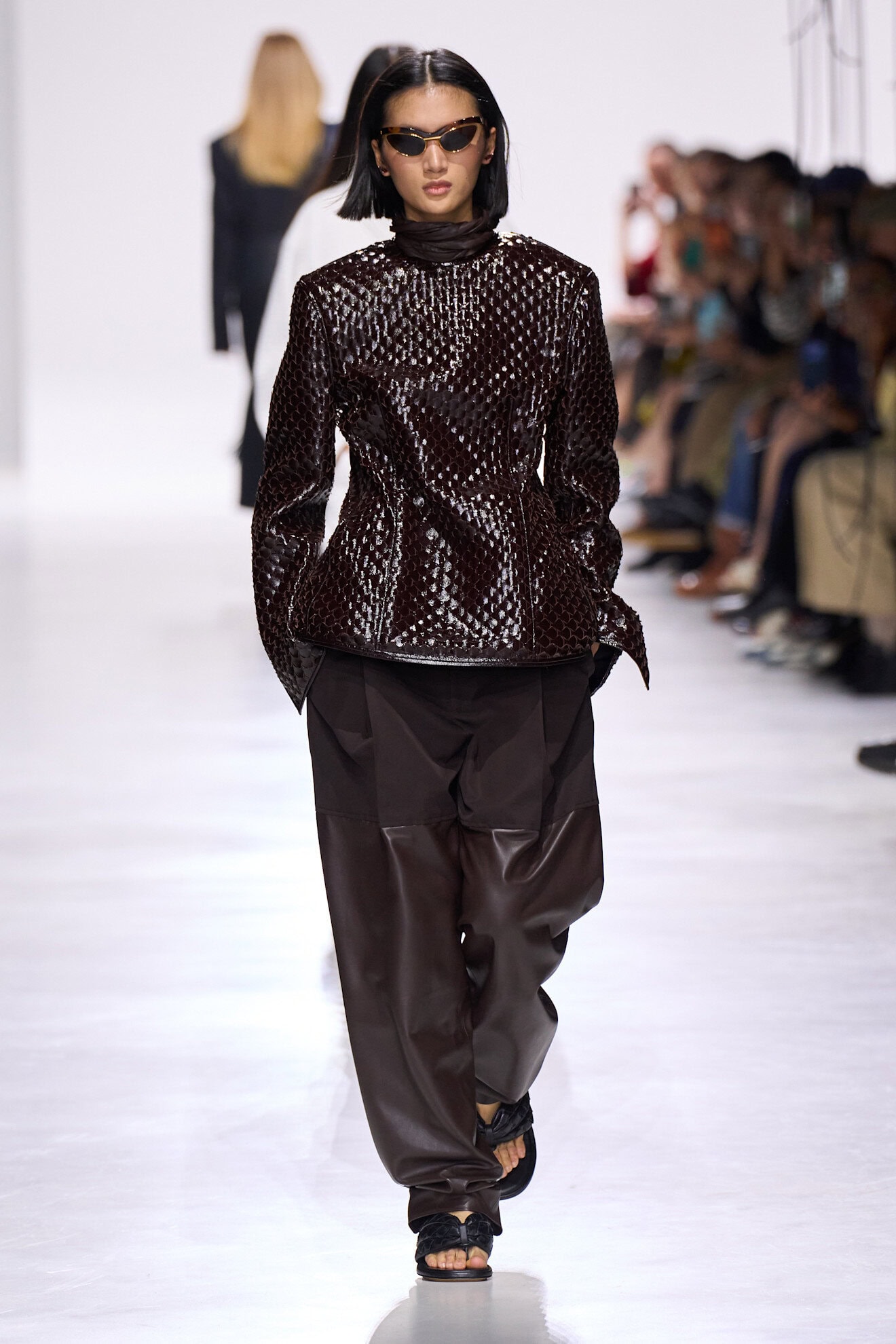
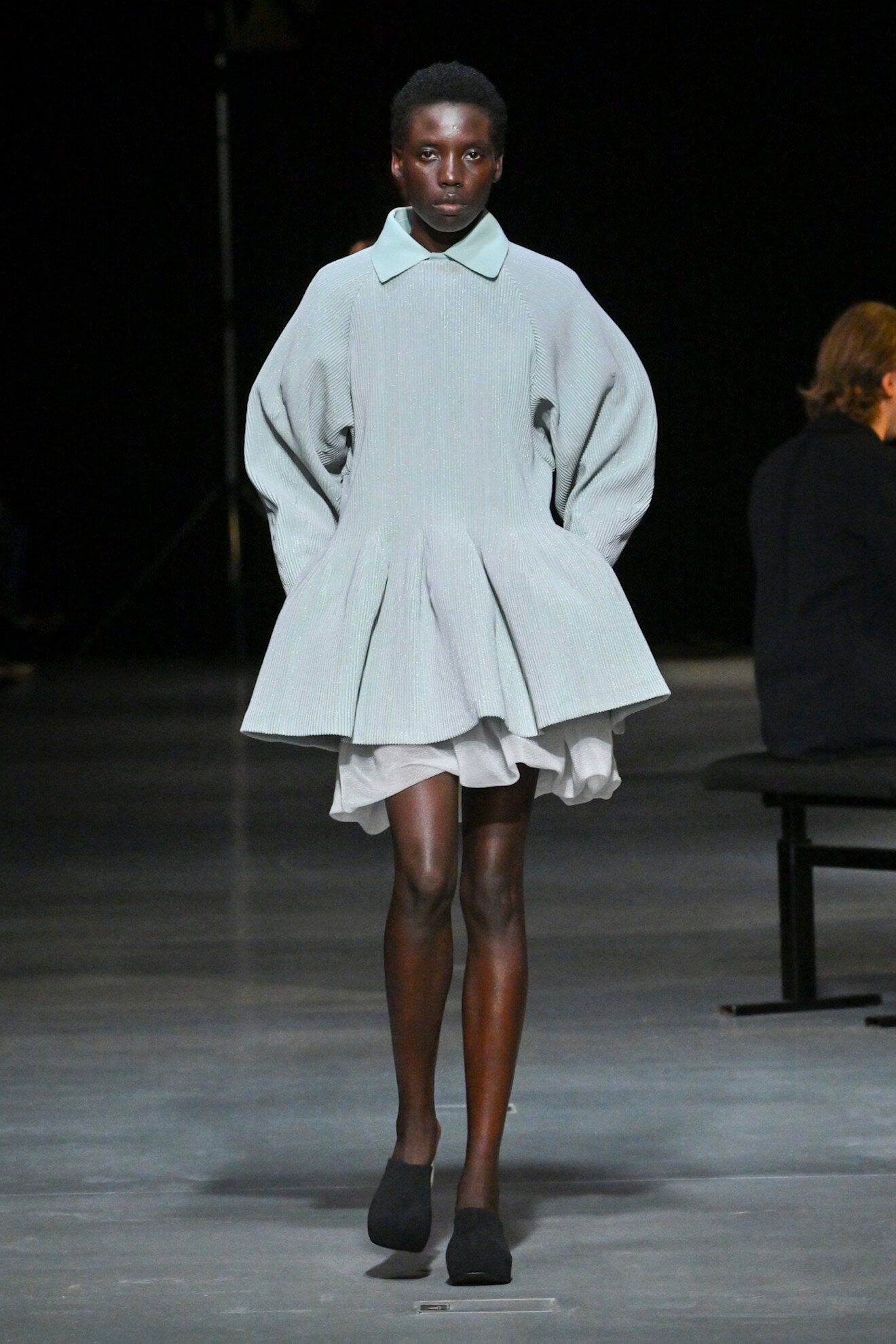
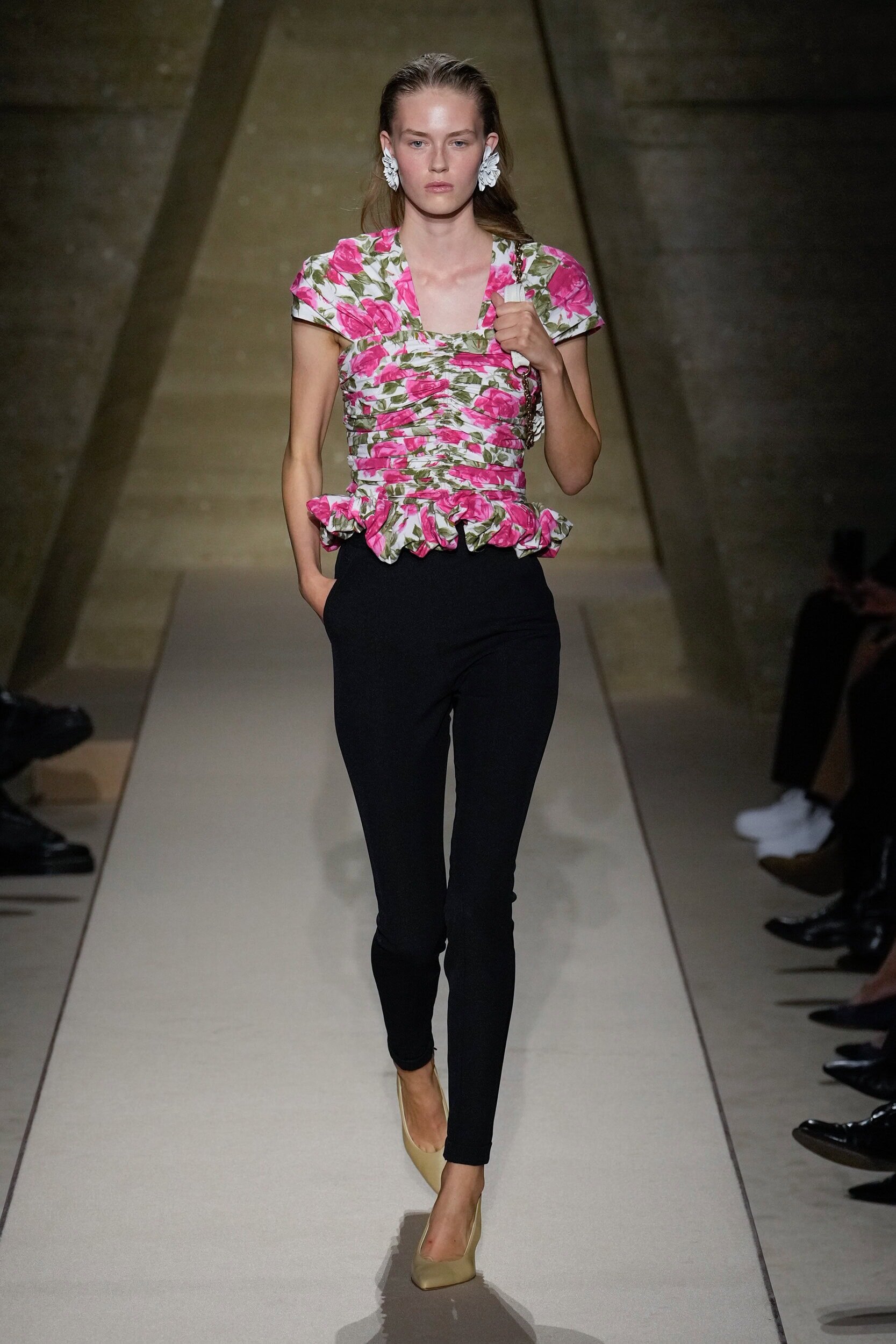
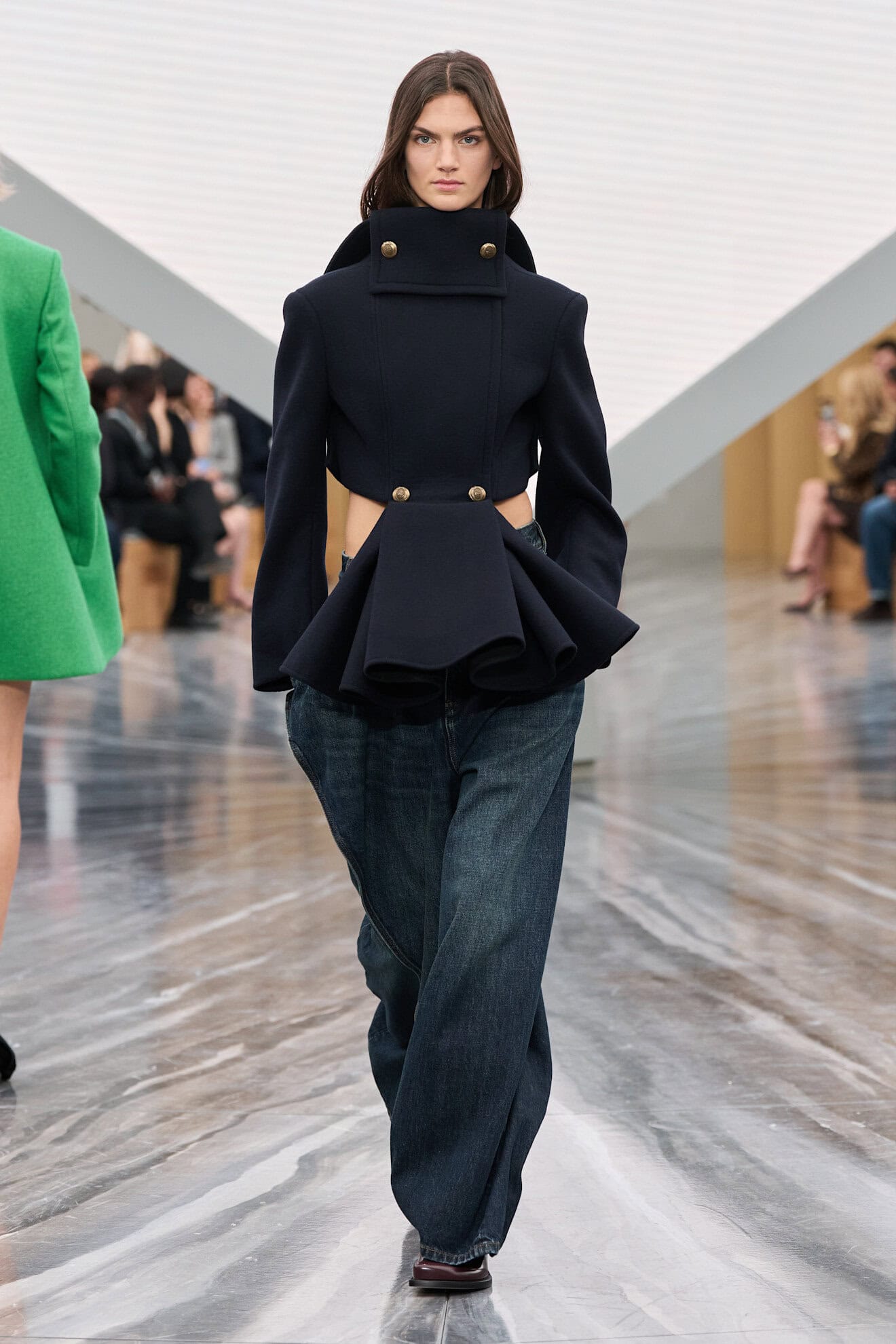
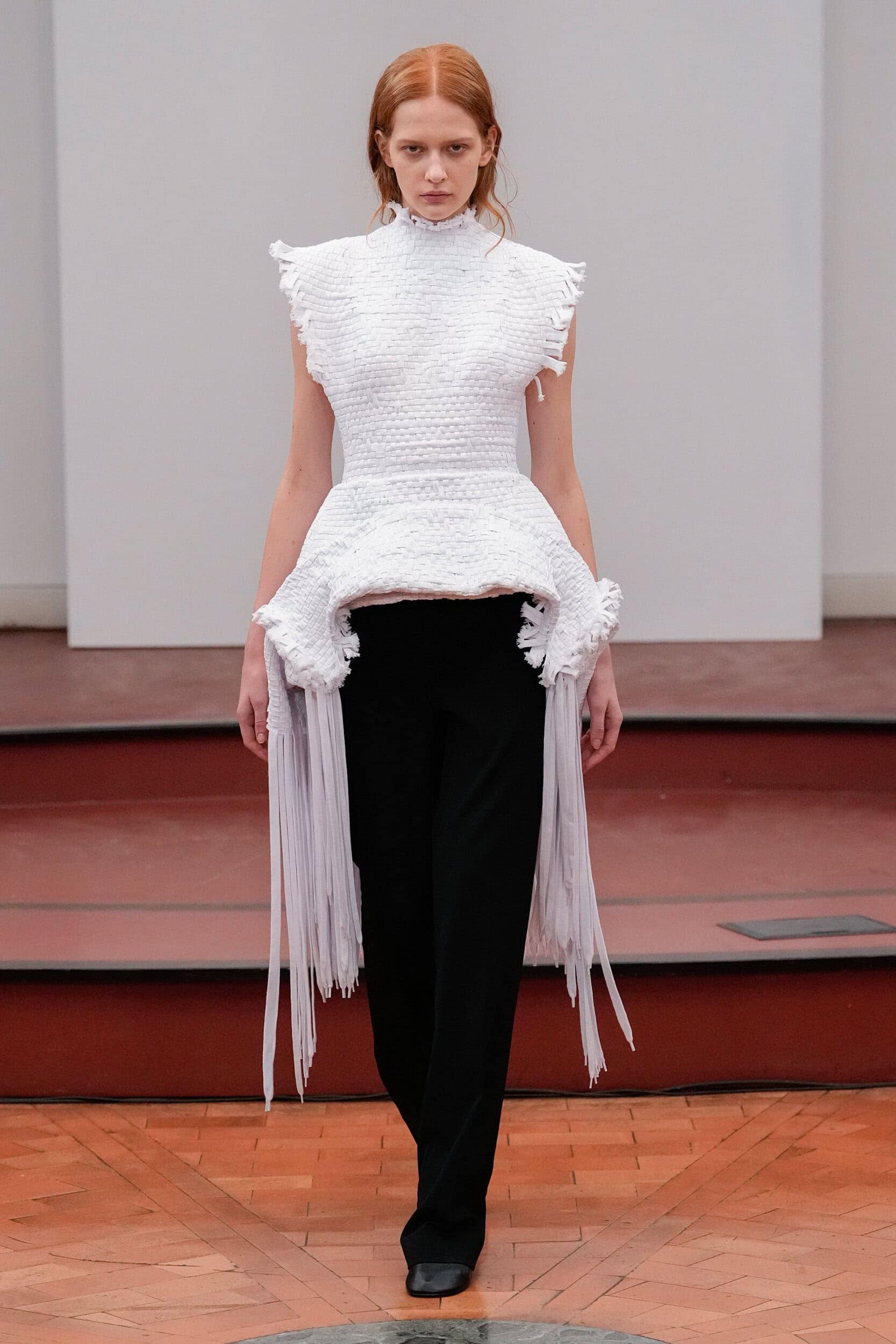
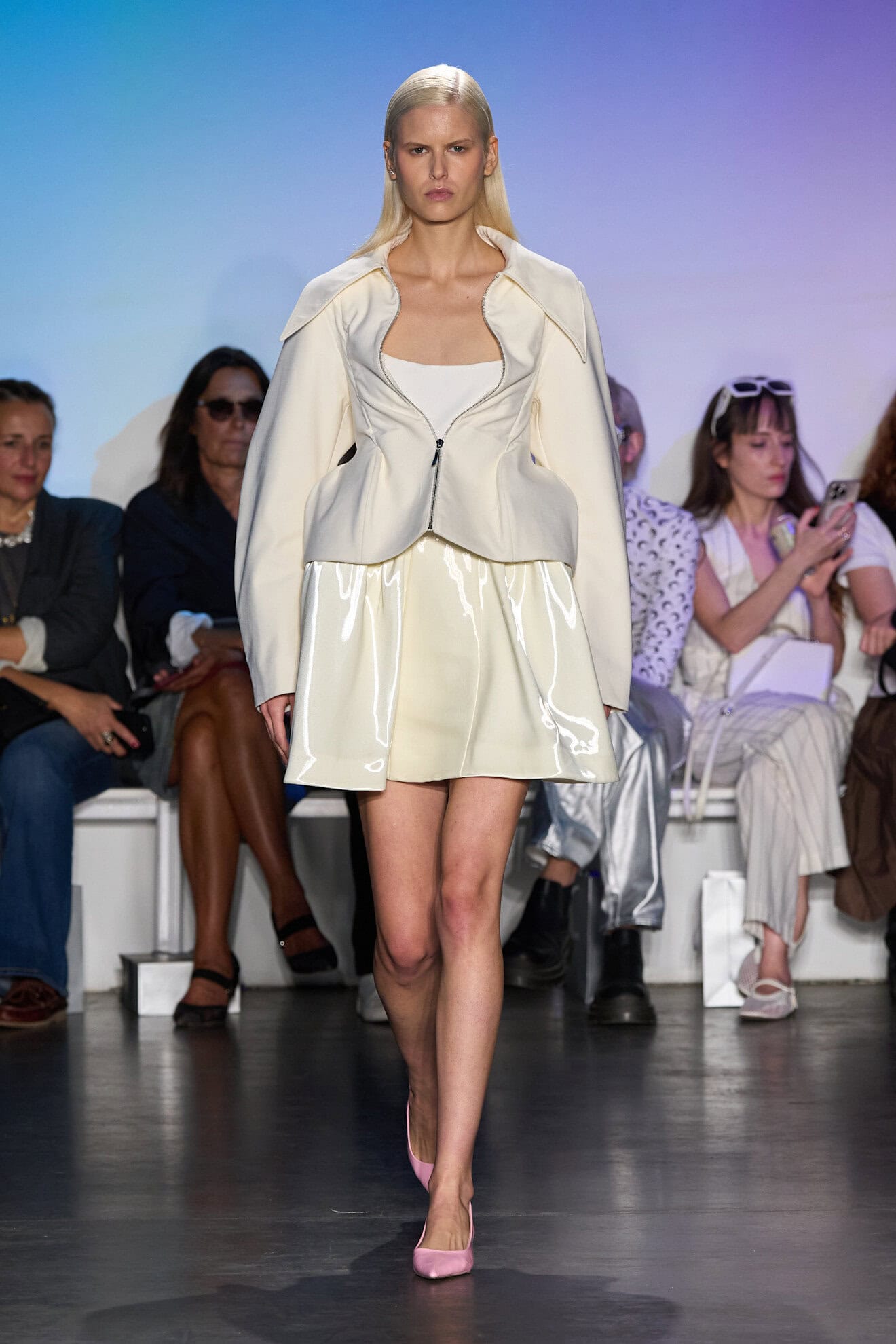
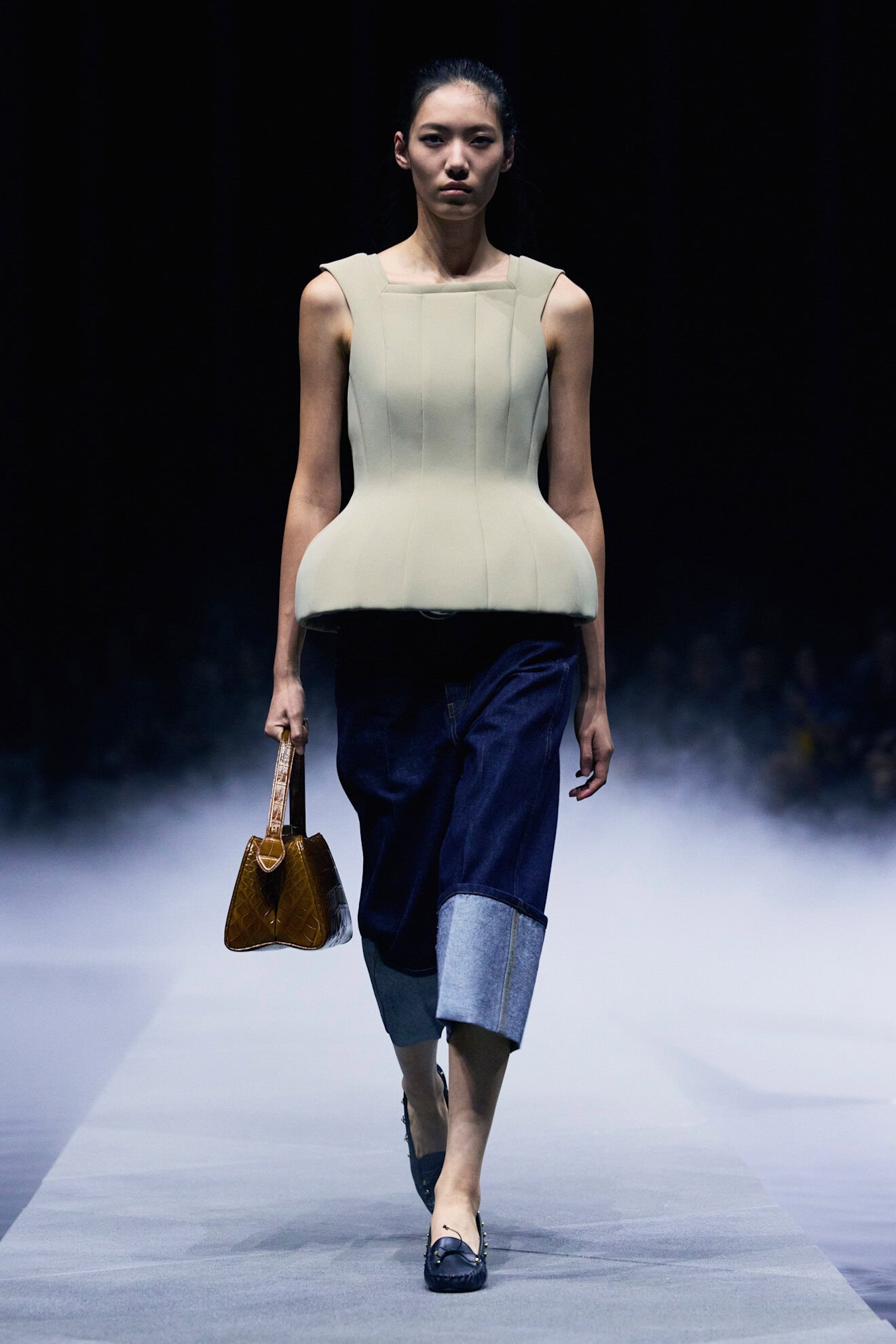
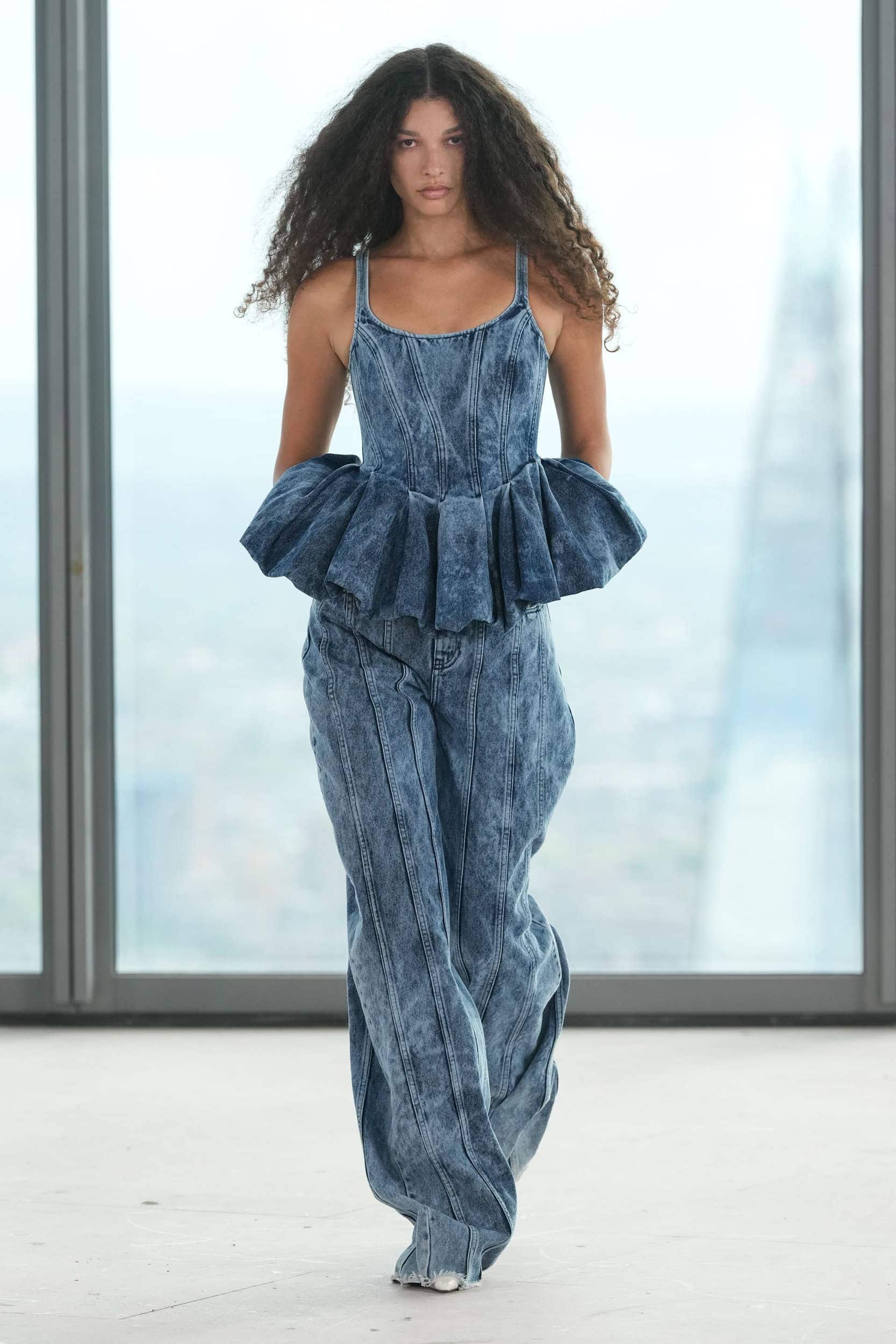
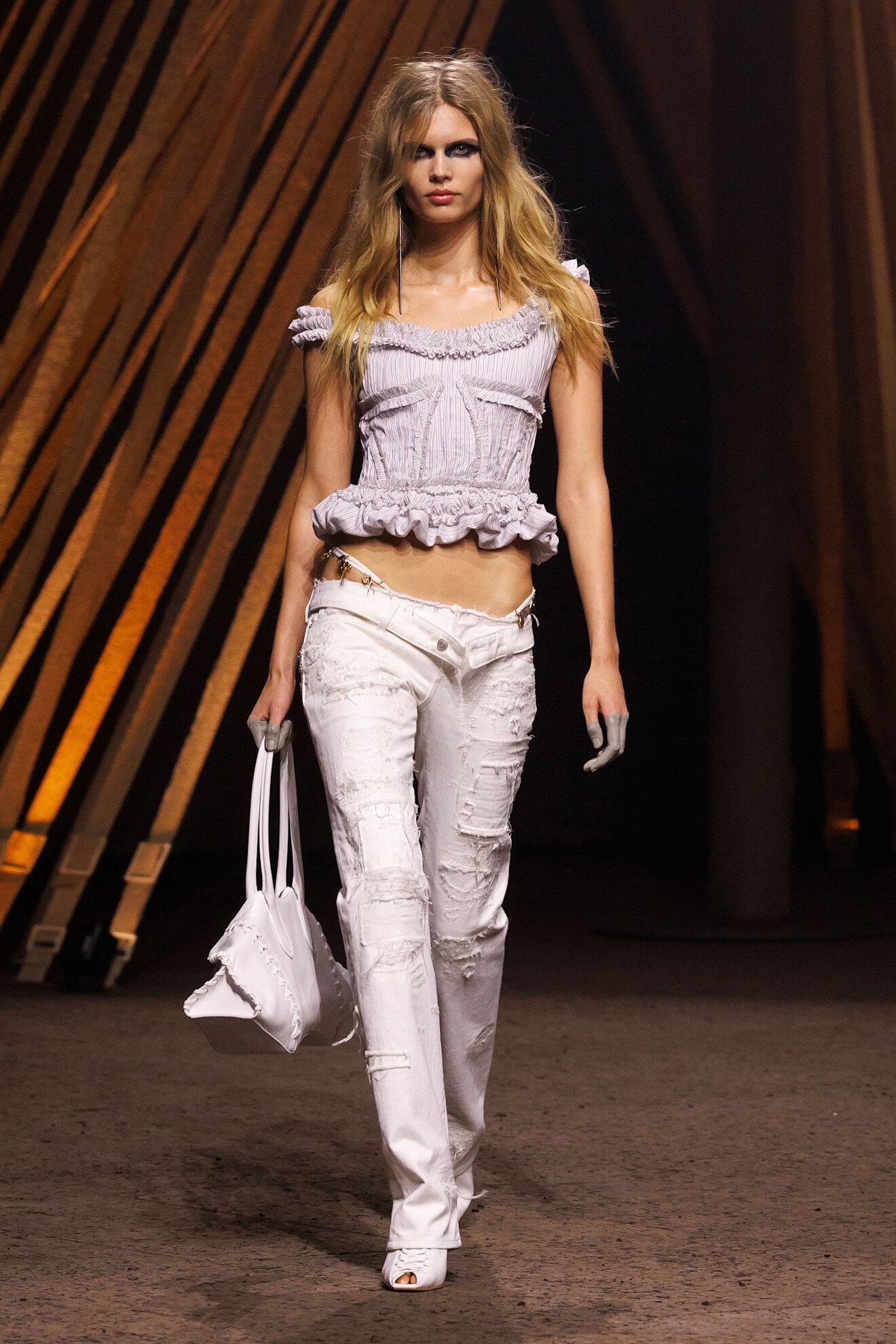
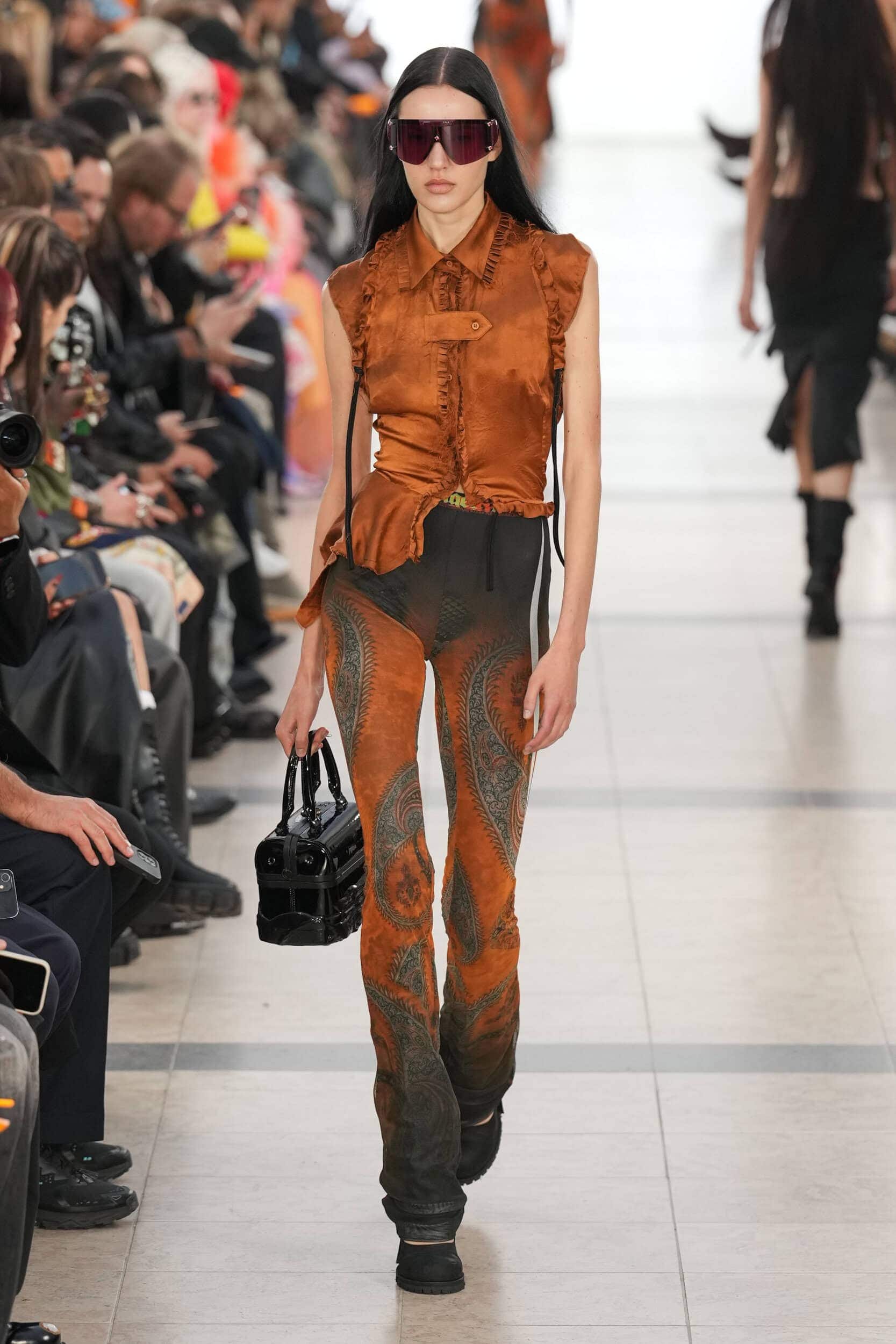
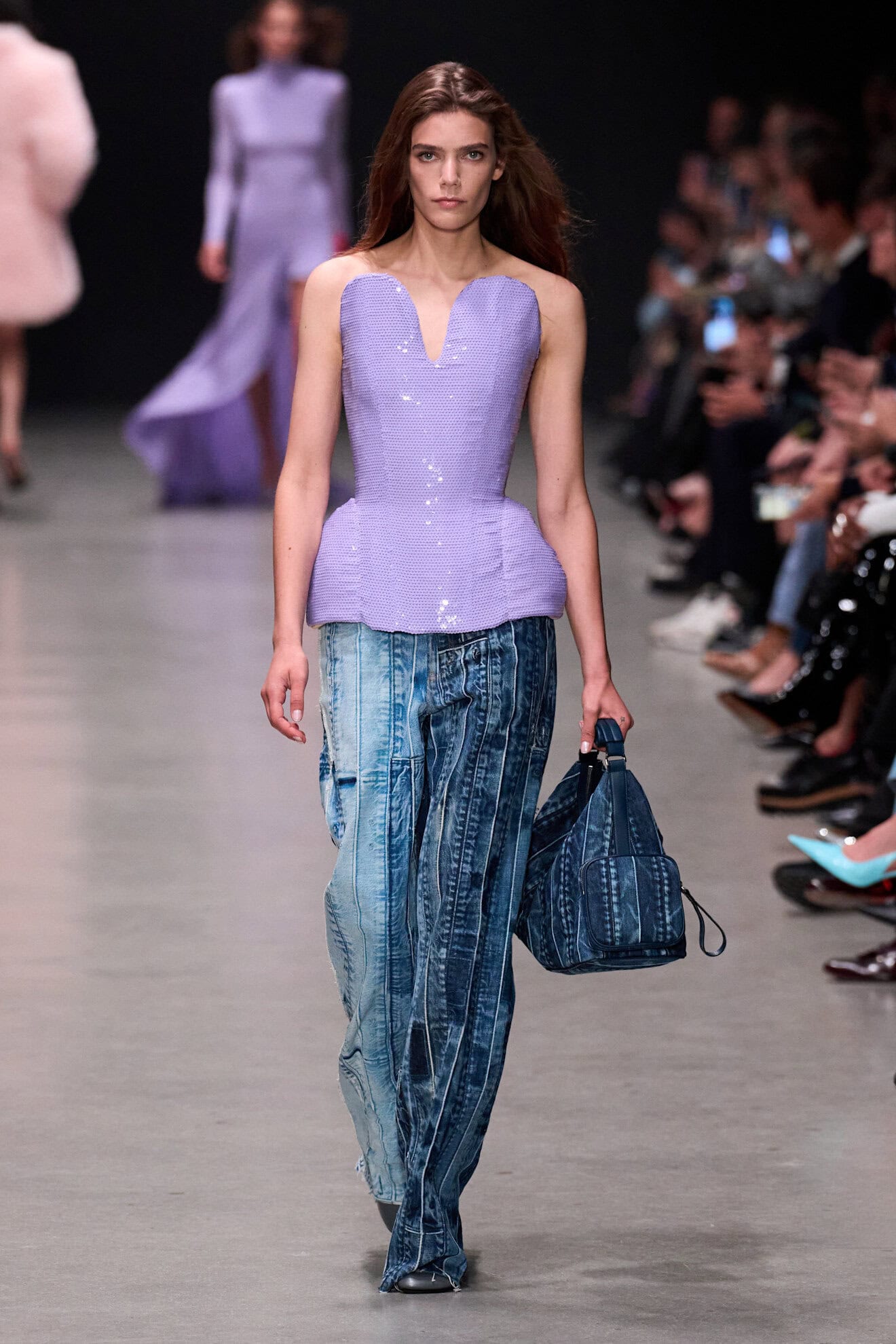
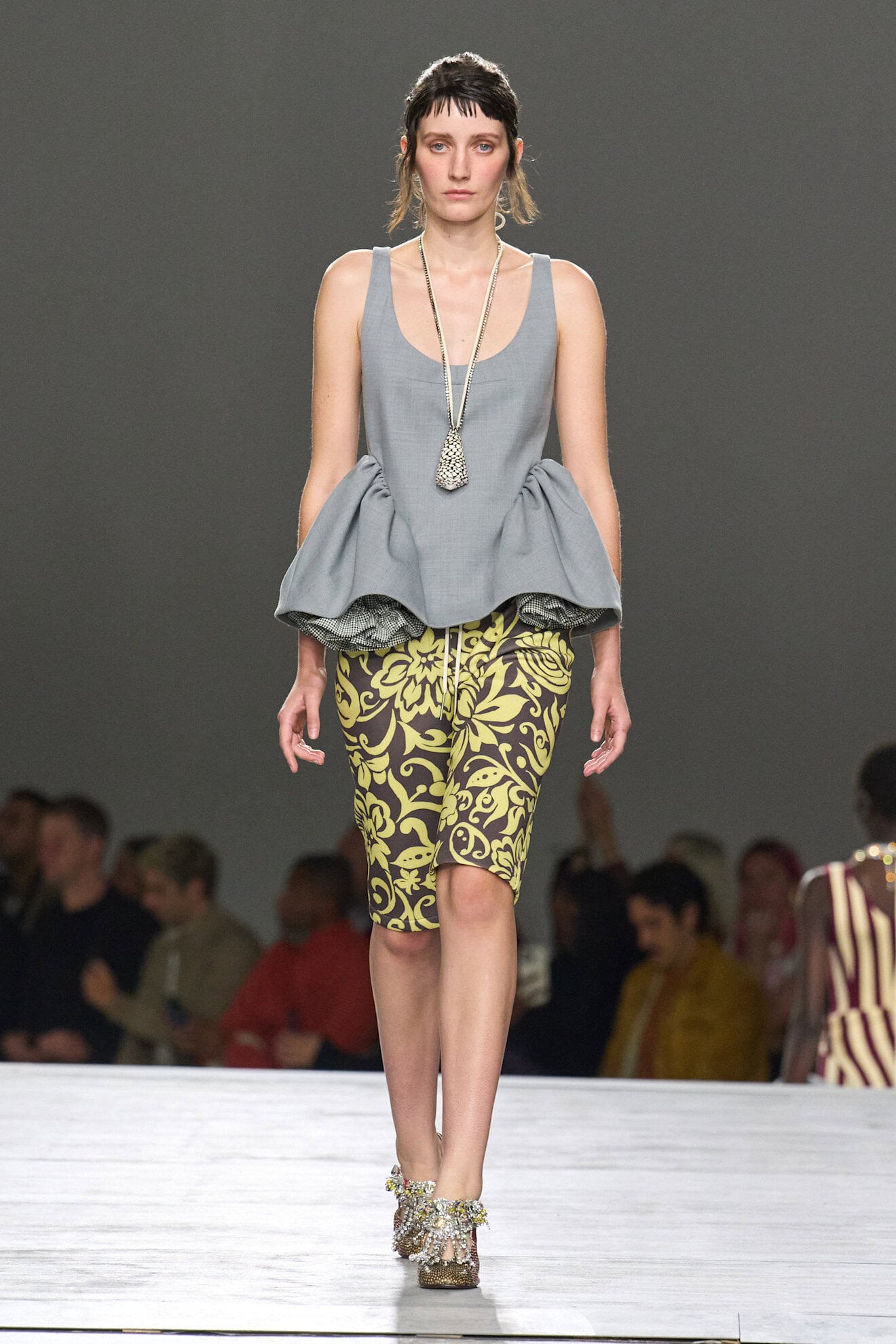
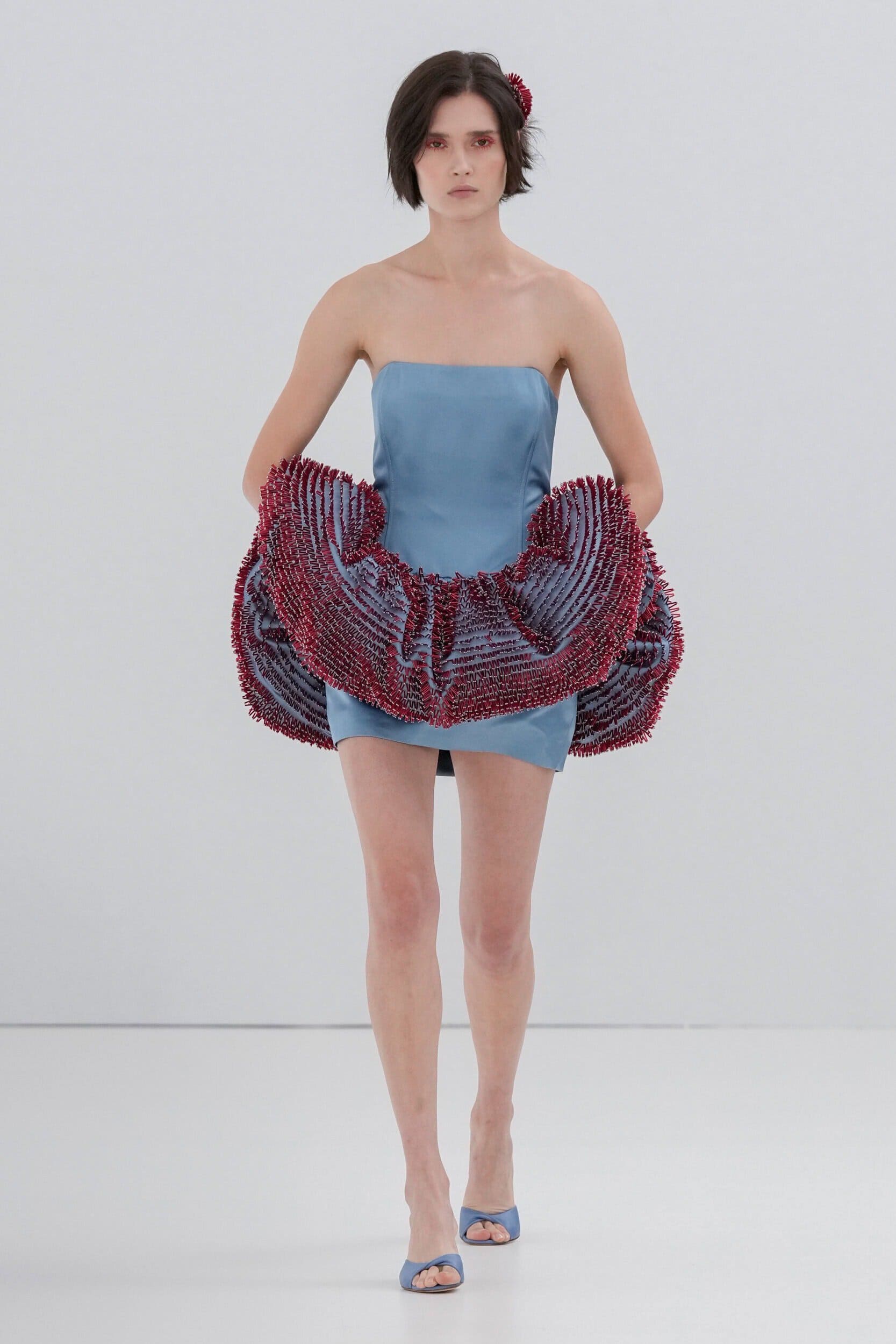
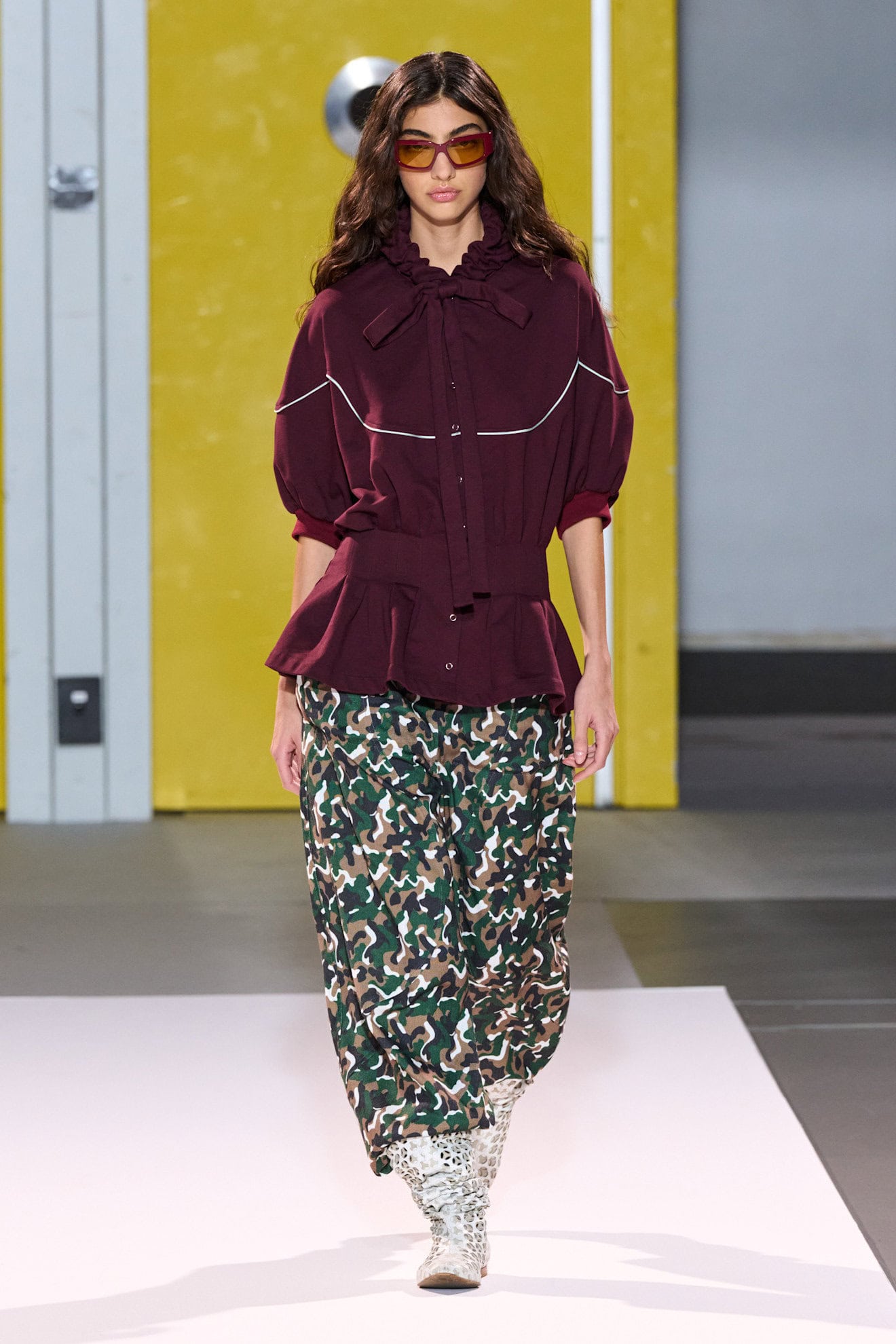
Into The Fold
The traditional Japanese art of paper folding i.e. Origami, was used as a construction method to transform simple shapes into sculptures. Stiff folds stood away from the body in paper-like fabrics at Fforme, Gabriela Hearst and Lii and simple folds gave a delicate crumpled effect to shift dresses at Bottega Veneta and Jil Sander. More dramatic forms were seen at Rick Owens and Schiaparelli who engineered Origami art into meaningful statements.
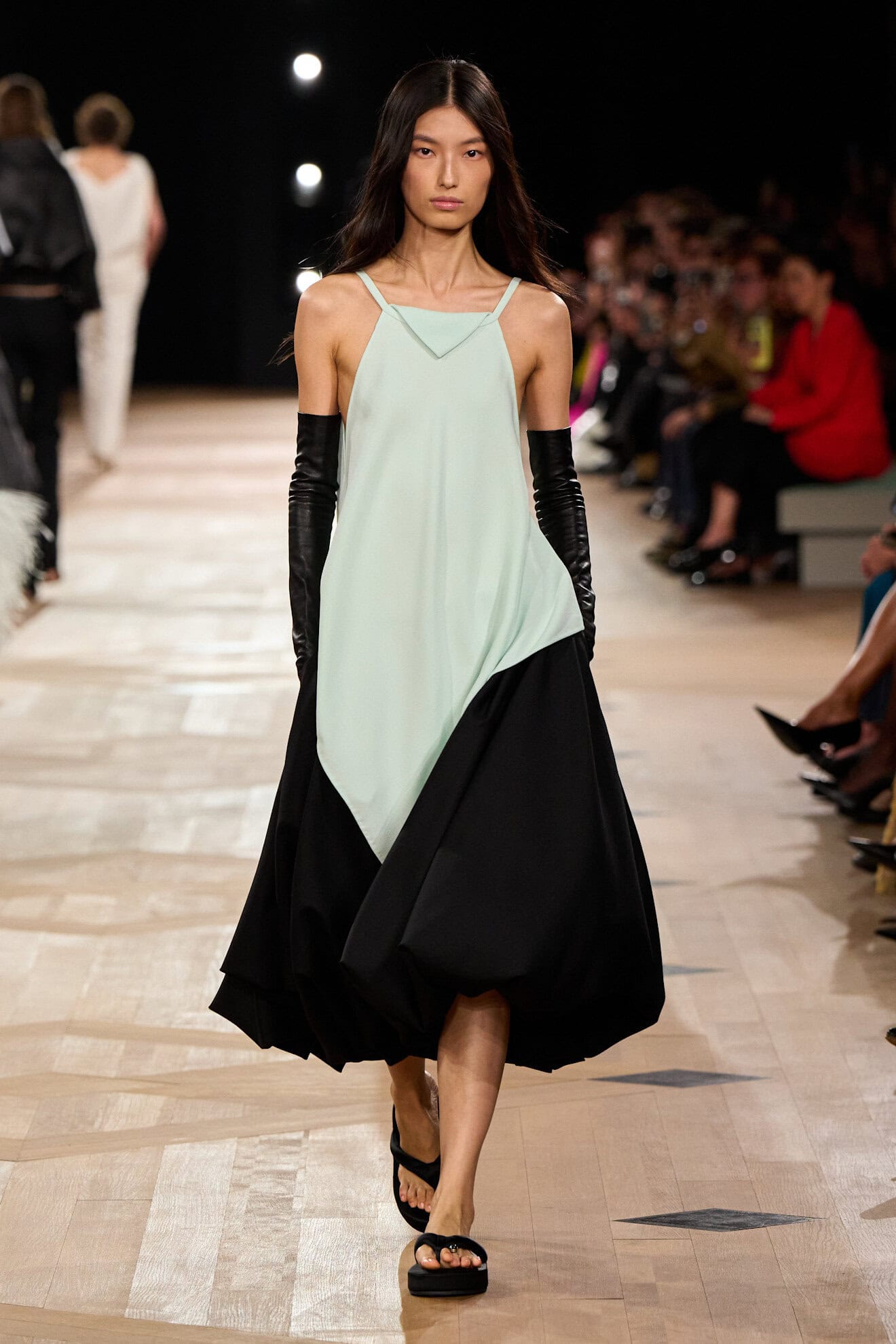
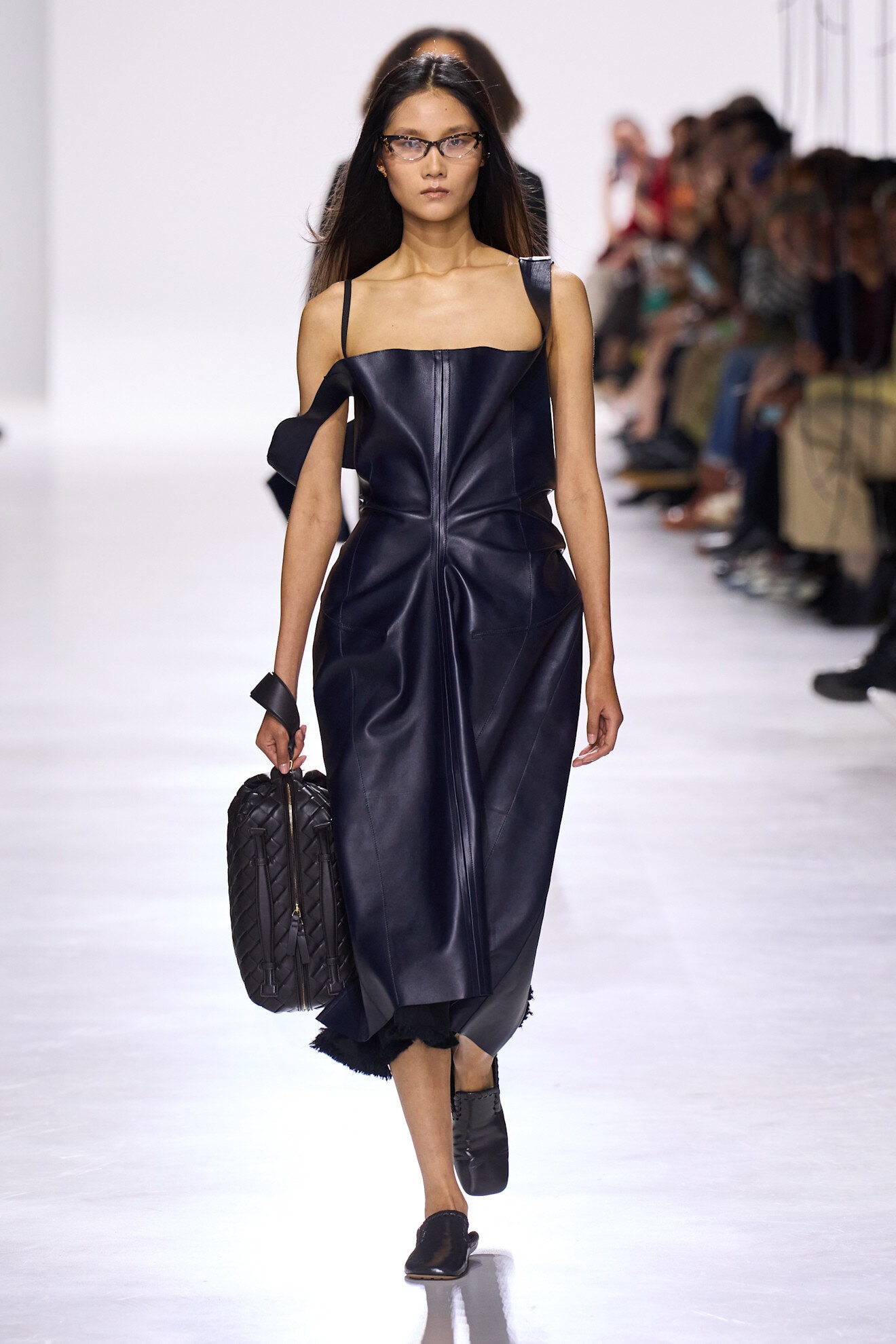
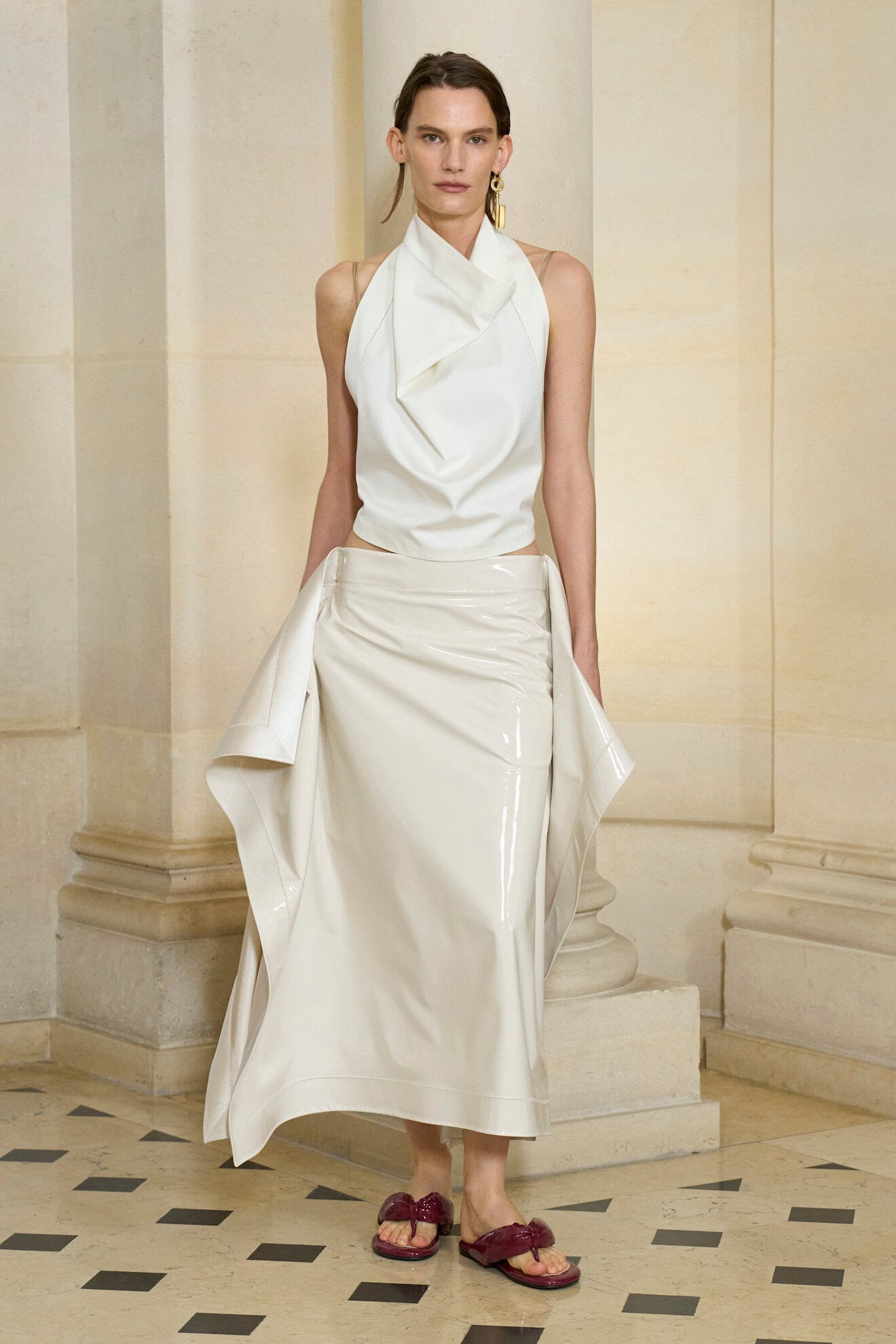
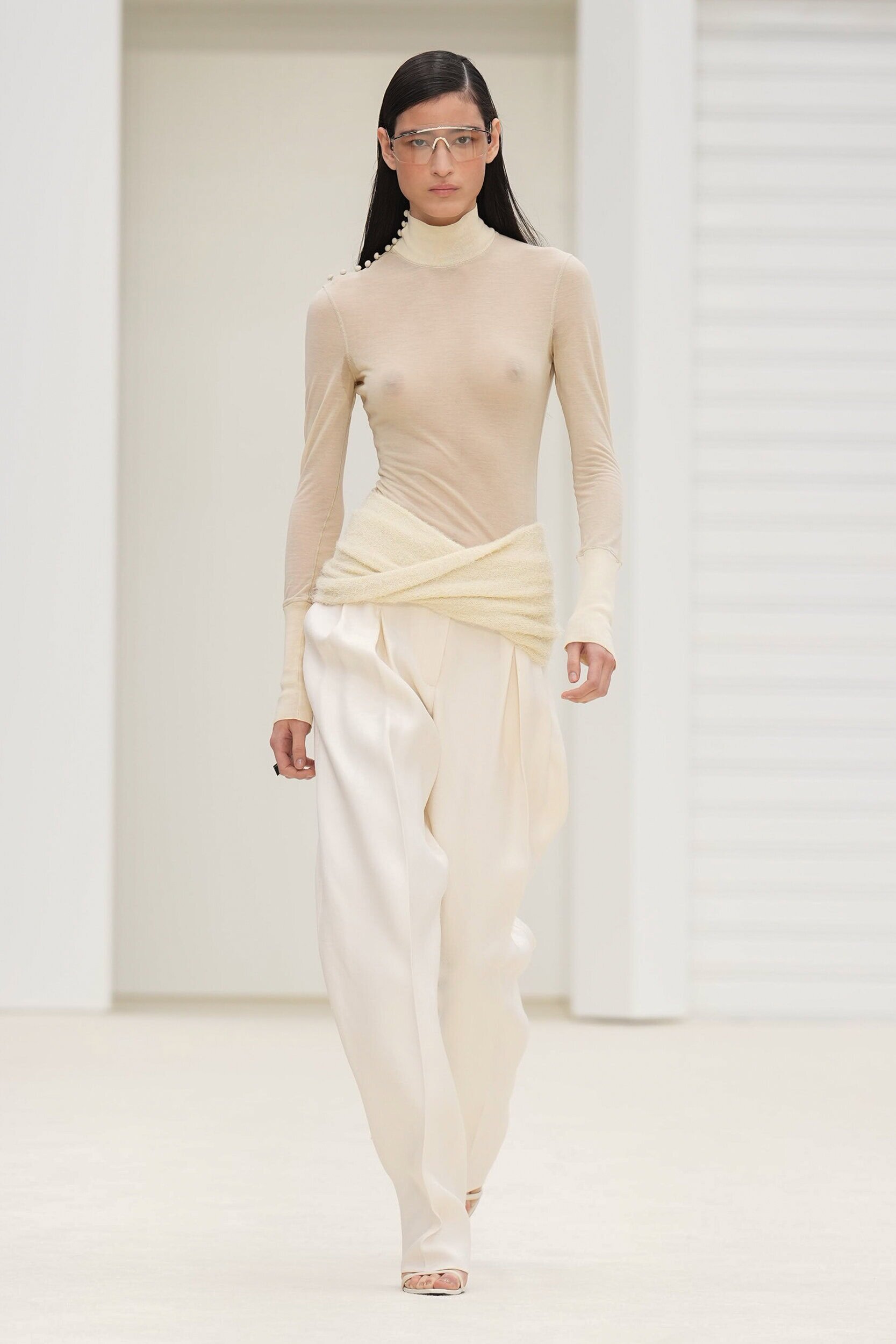
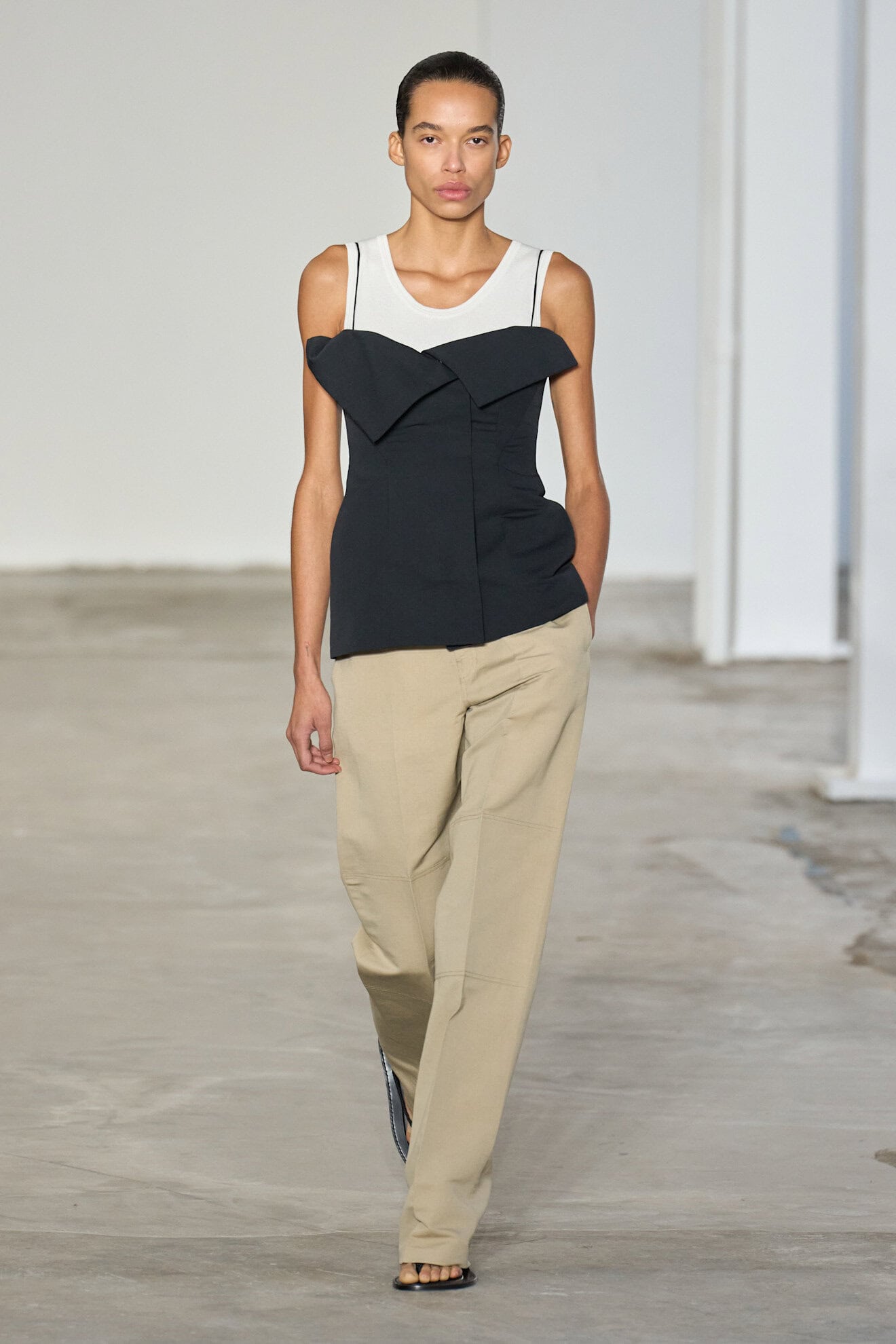
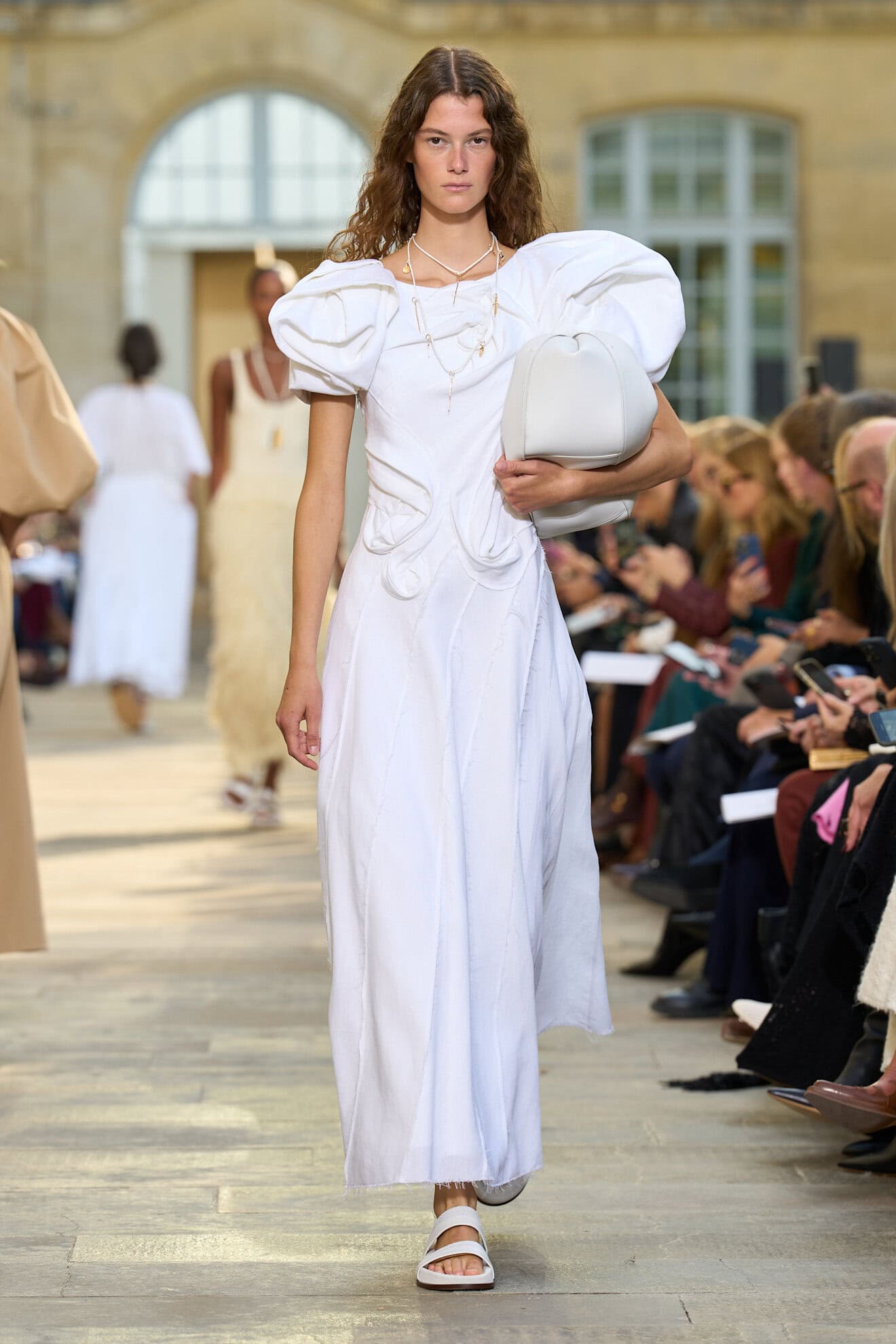
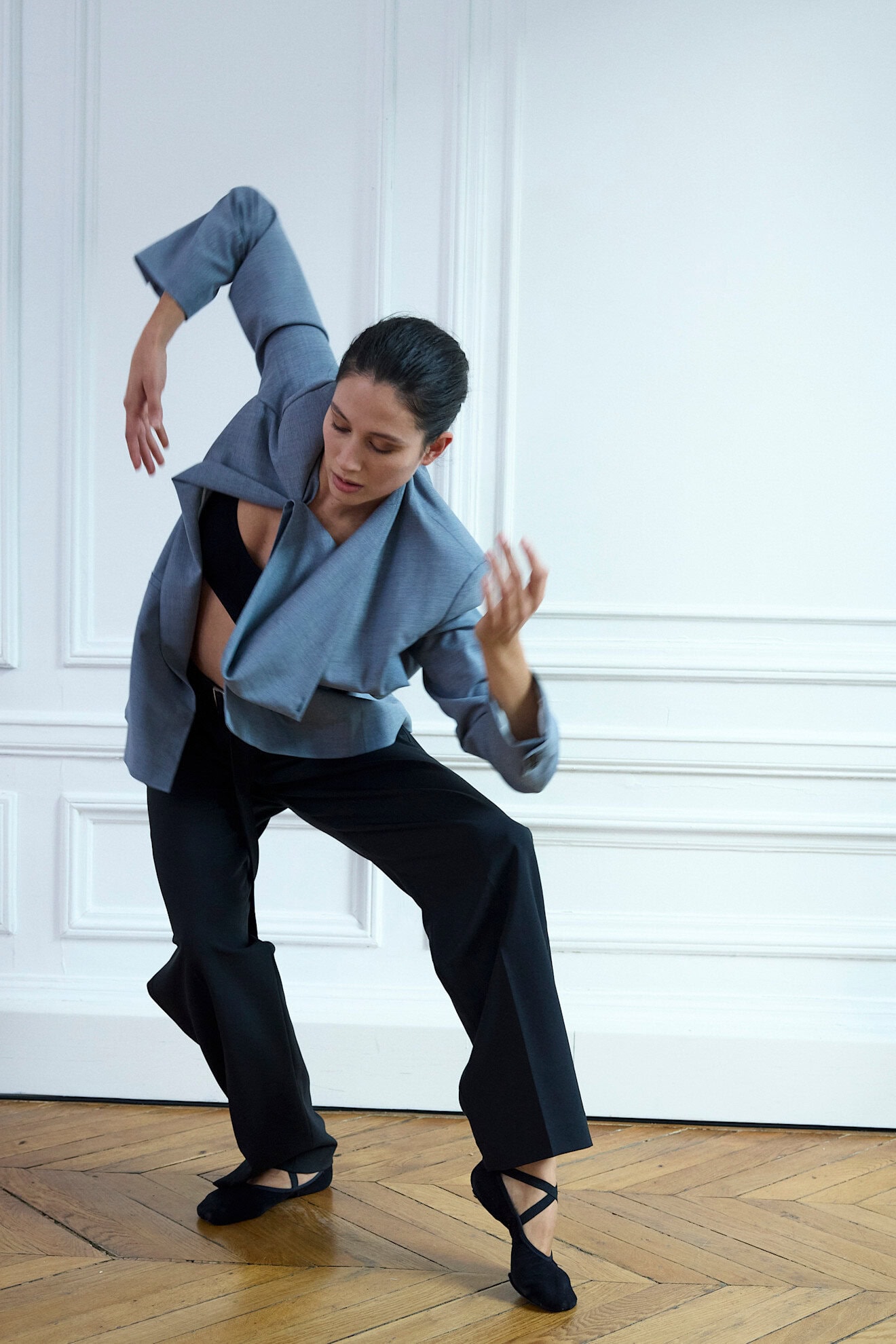
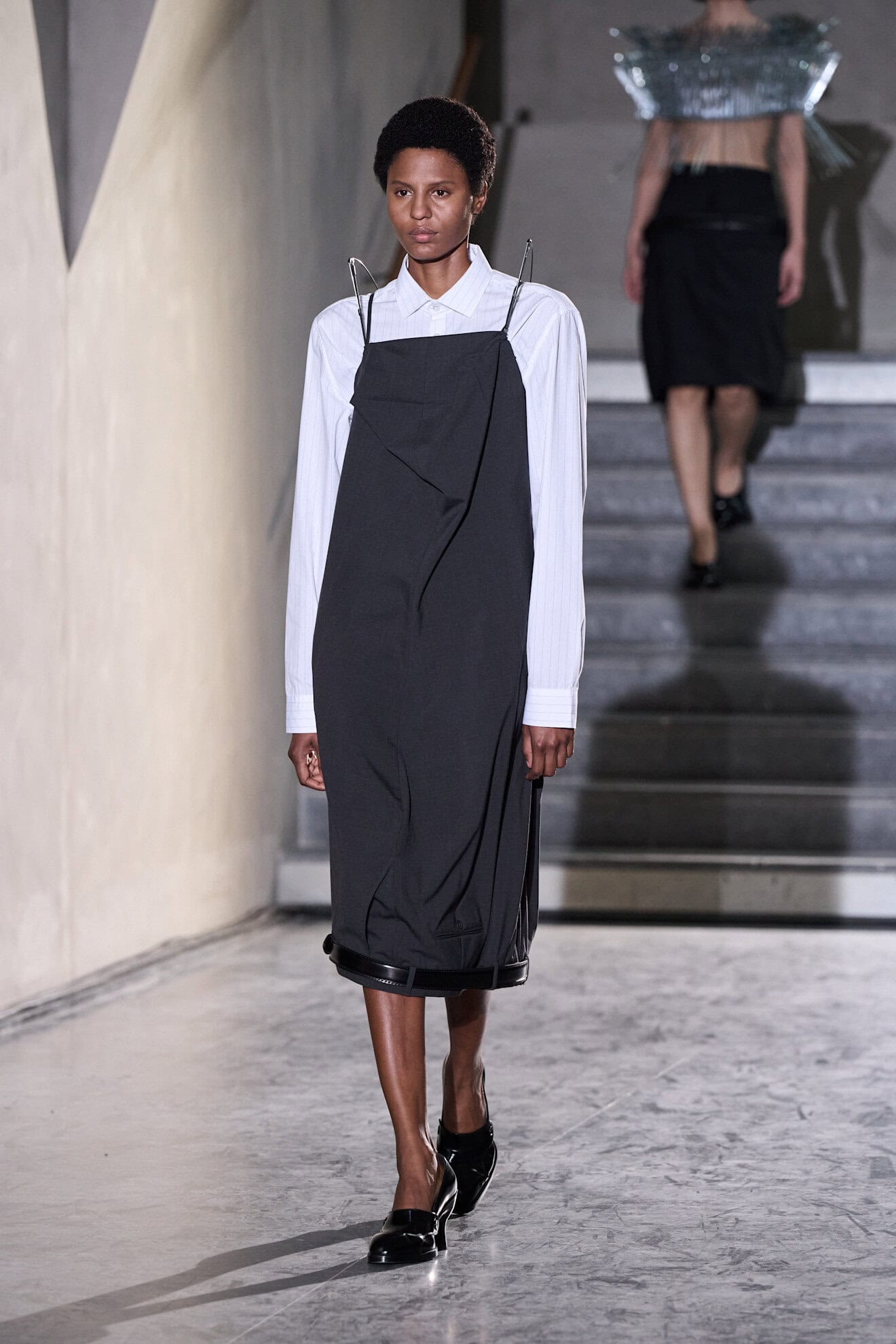
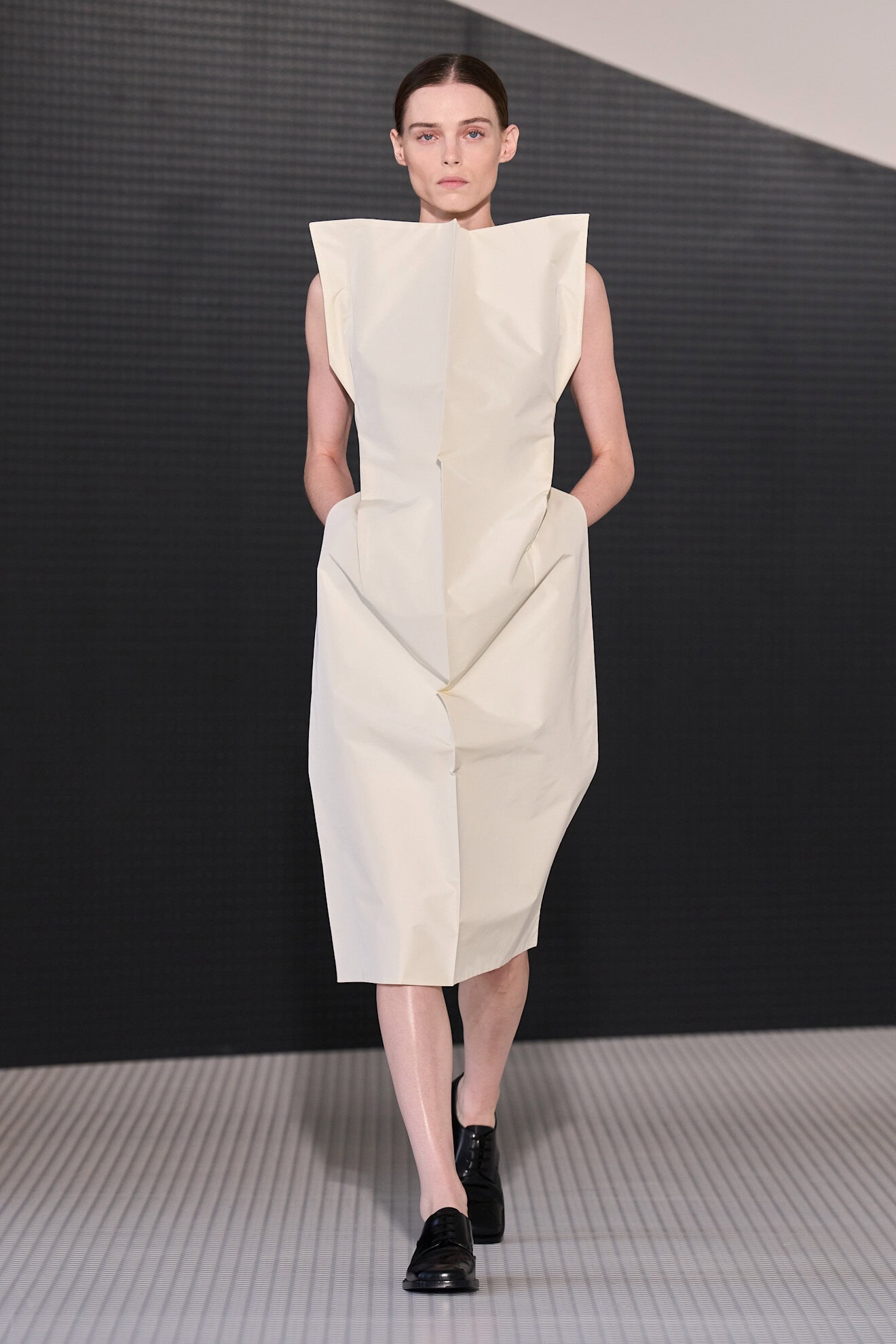
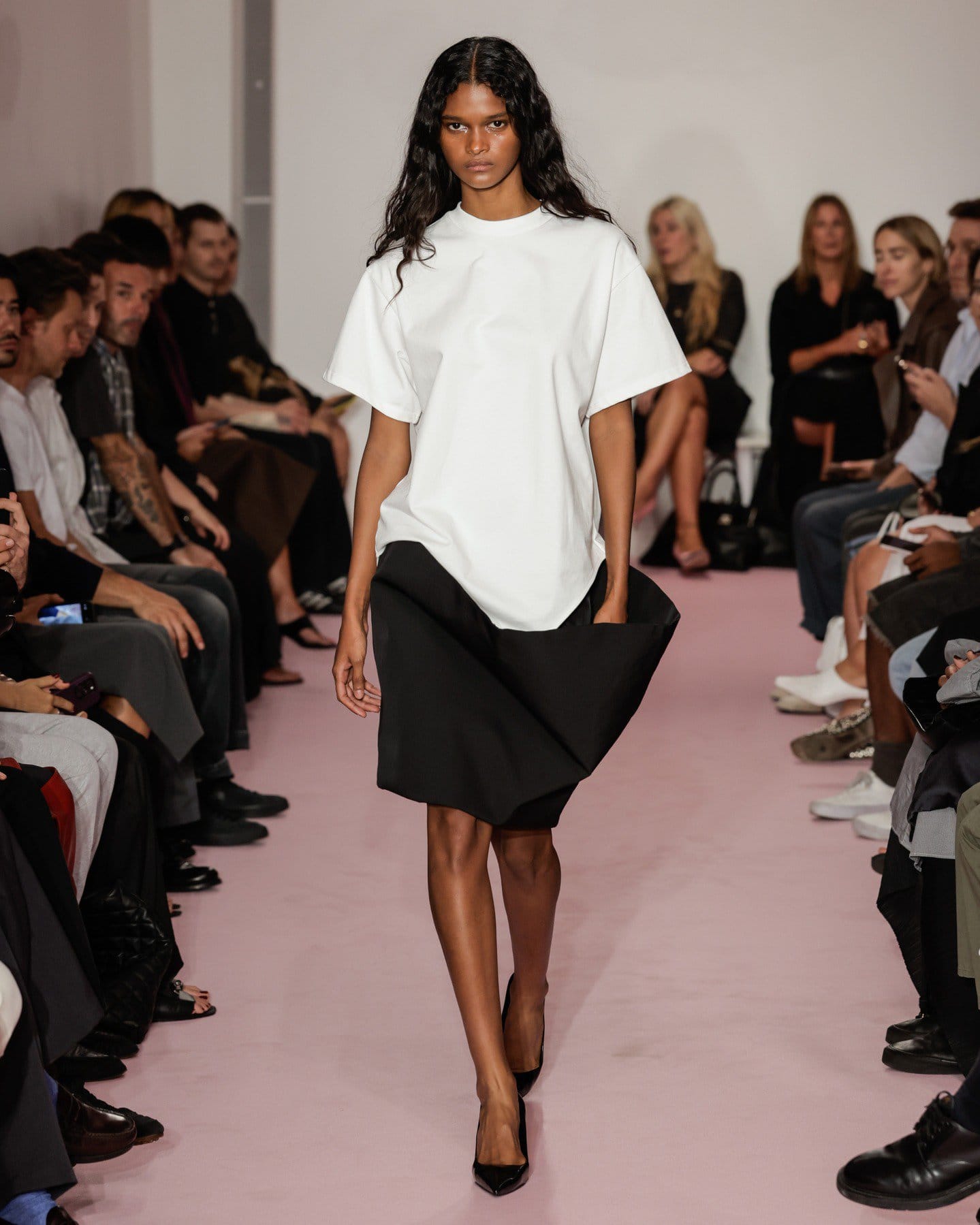
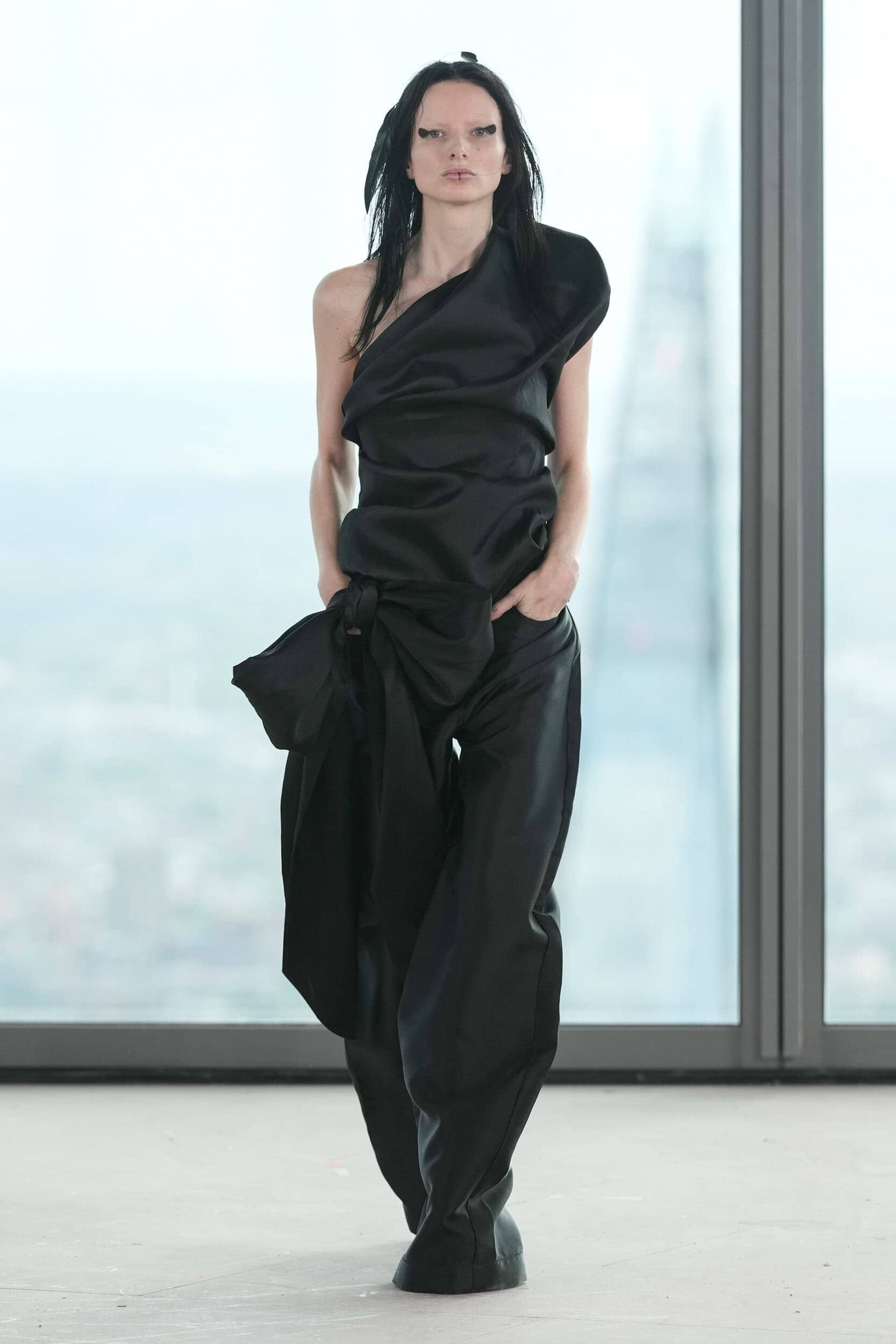
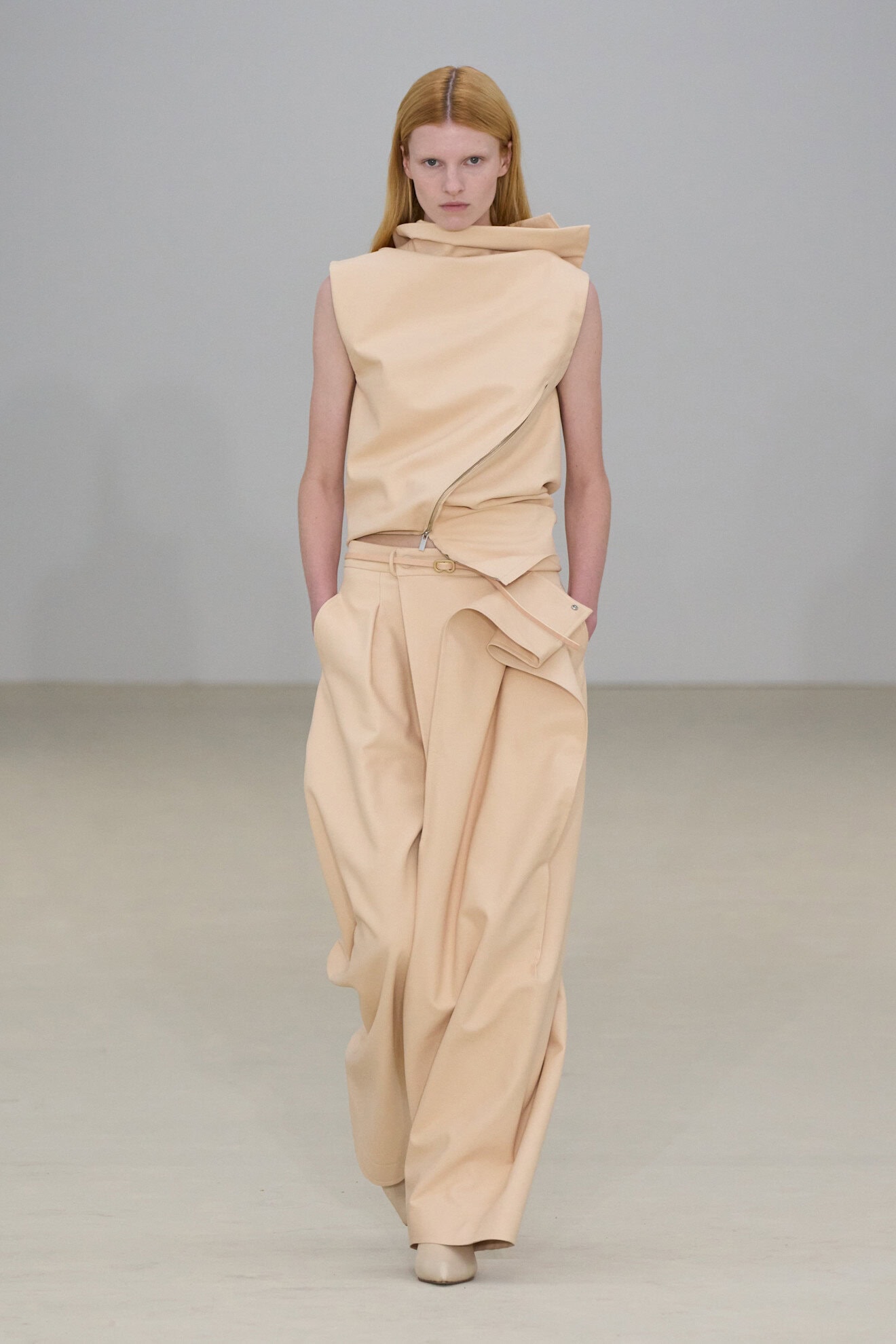
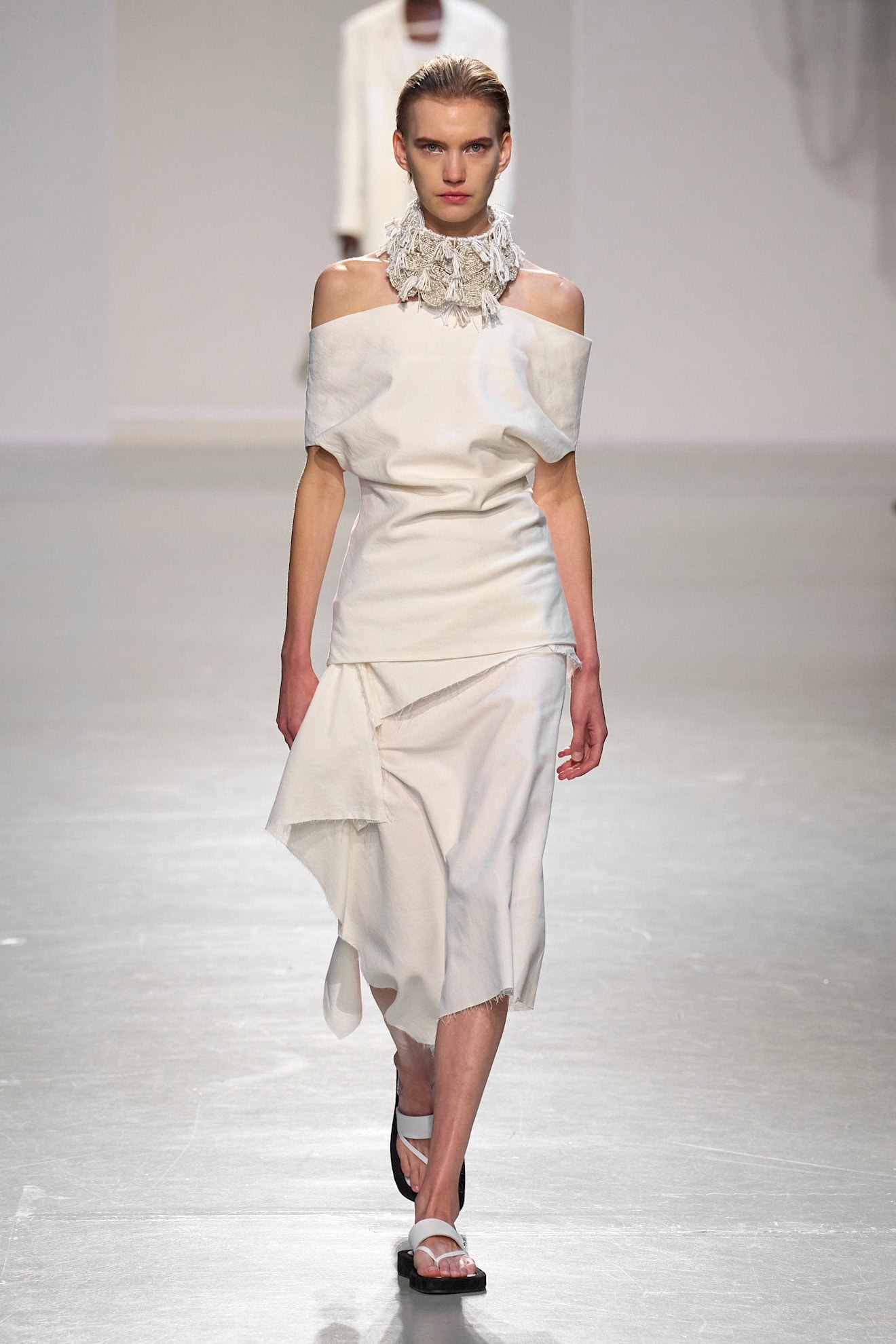
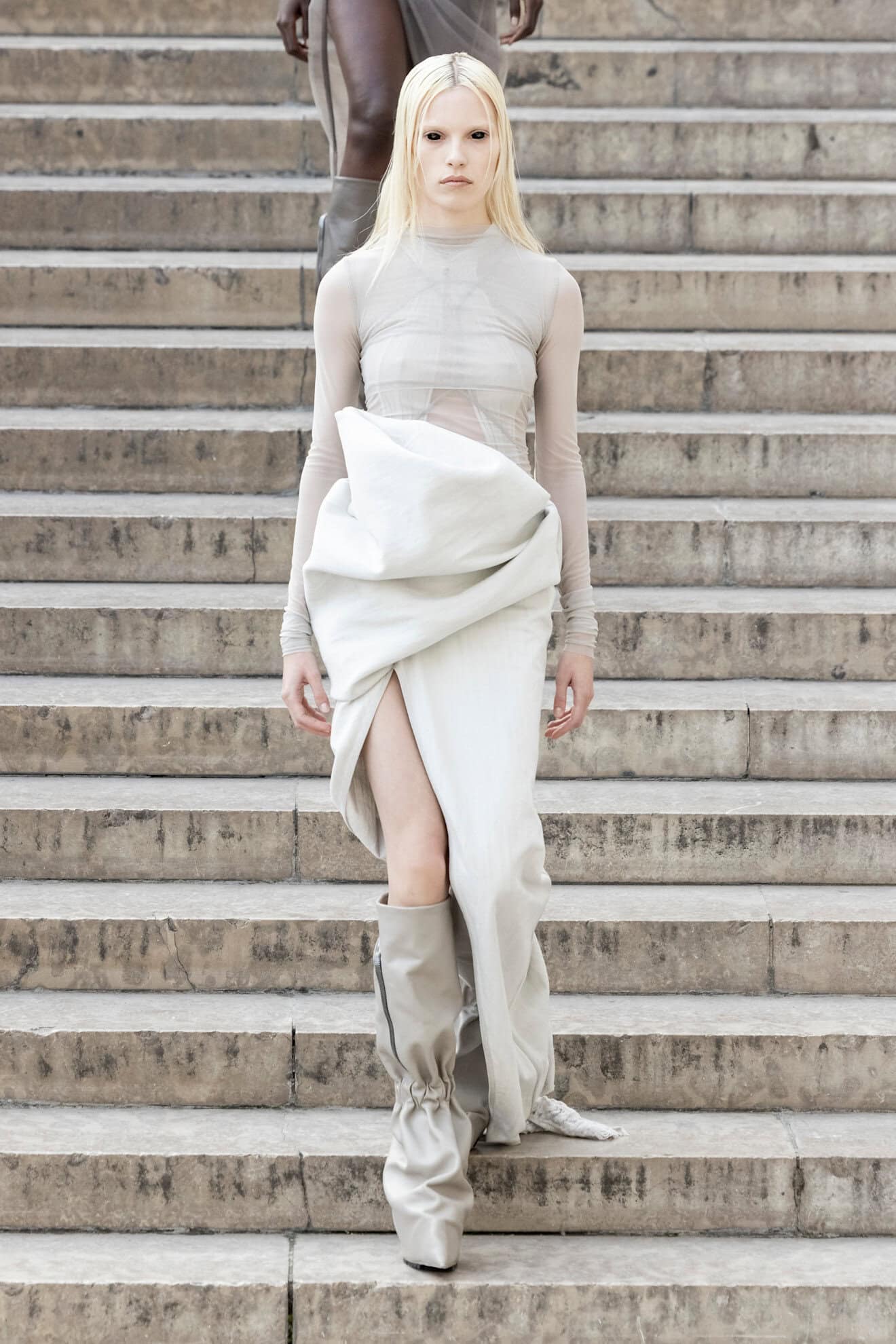
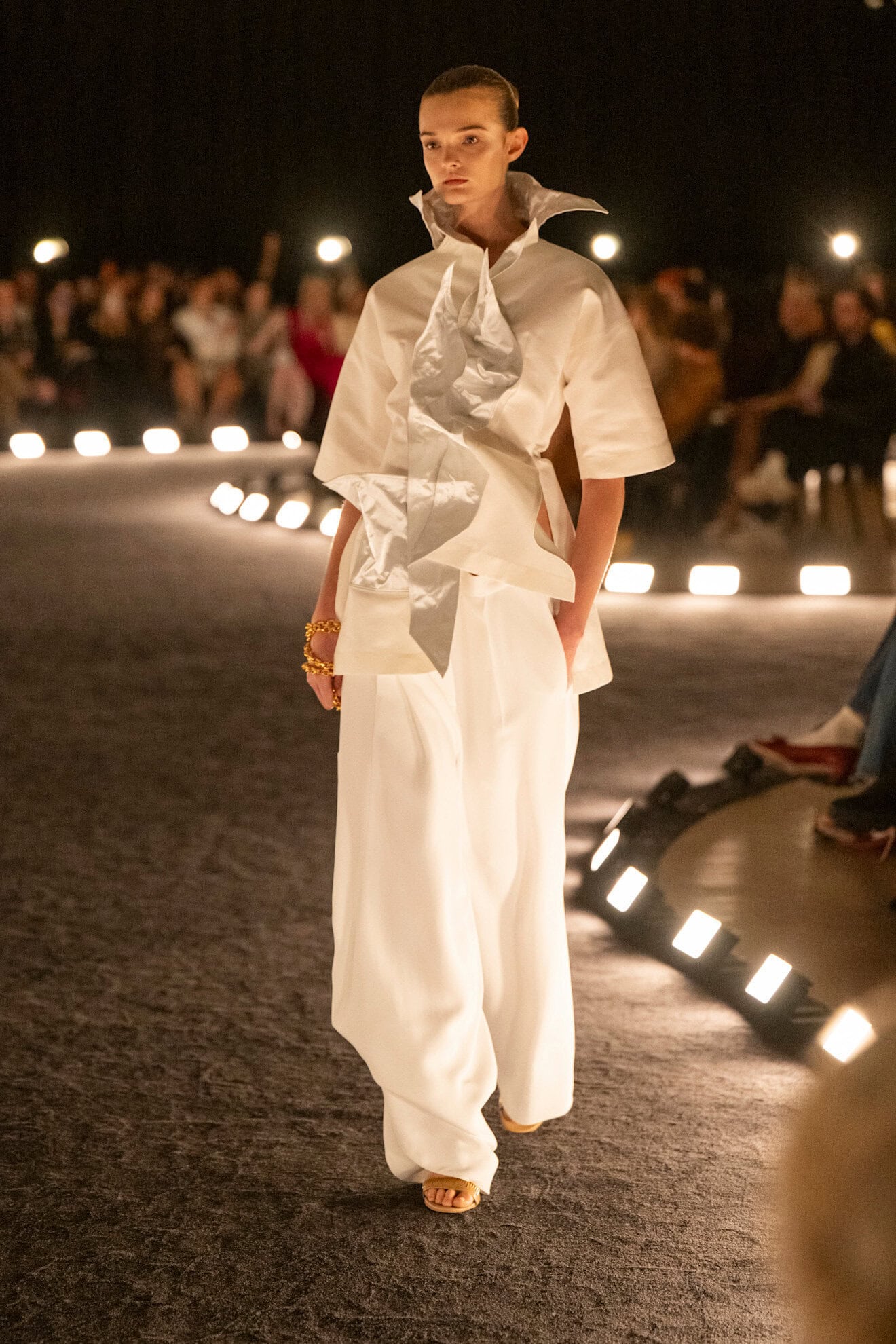
A Homespun Summer
Homespun tactility provided an alternative to the noise of the season, with the crochet dress becoming a beacon of crafted savoir faire. Signalling the eternal appeal of one-and-done vacation dressing the knitted midi came with souped-up sex appeal at Casablanca and Diotima, encrusted with conversational embellishment in the form of seashells at Balmain and stars at Gabriela Hearst, and was festival-ready at Burberry and Etro.
